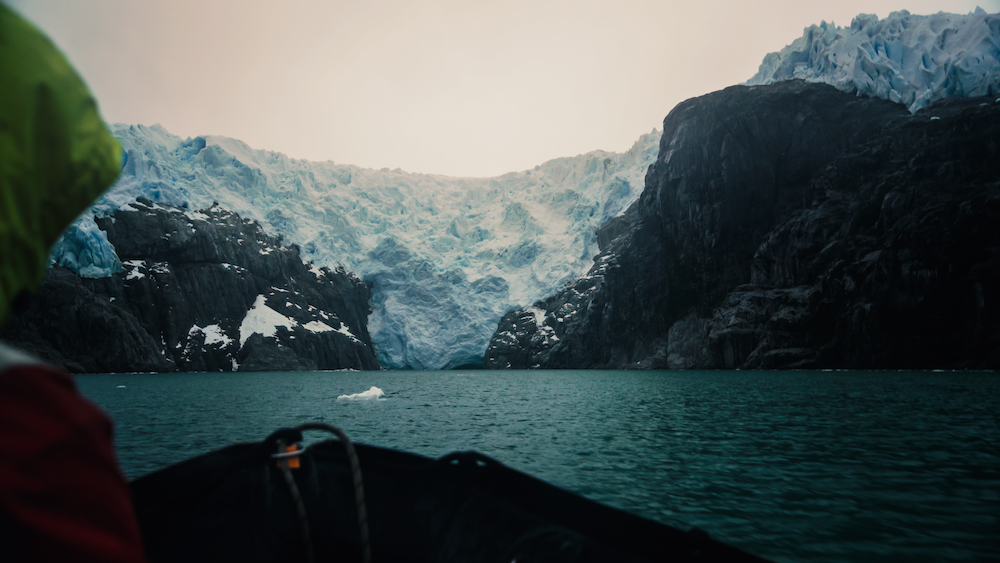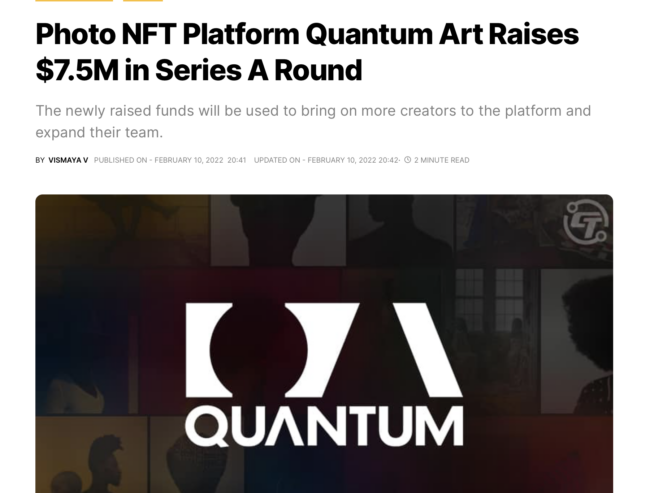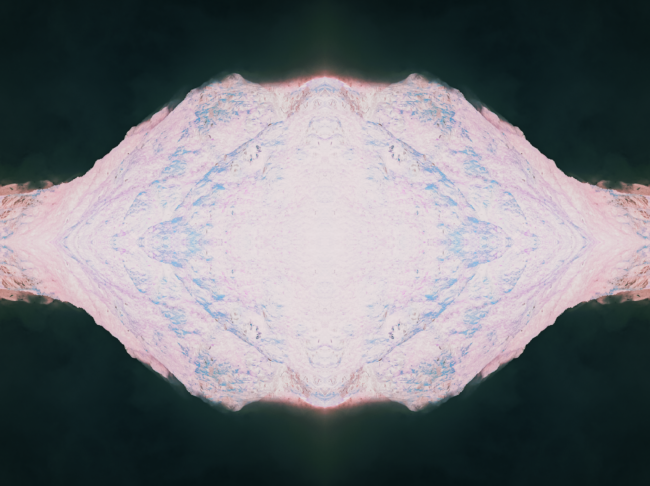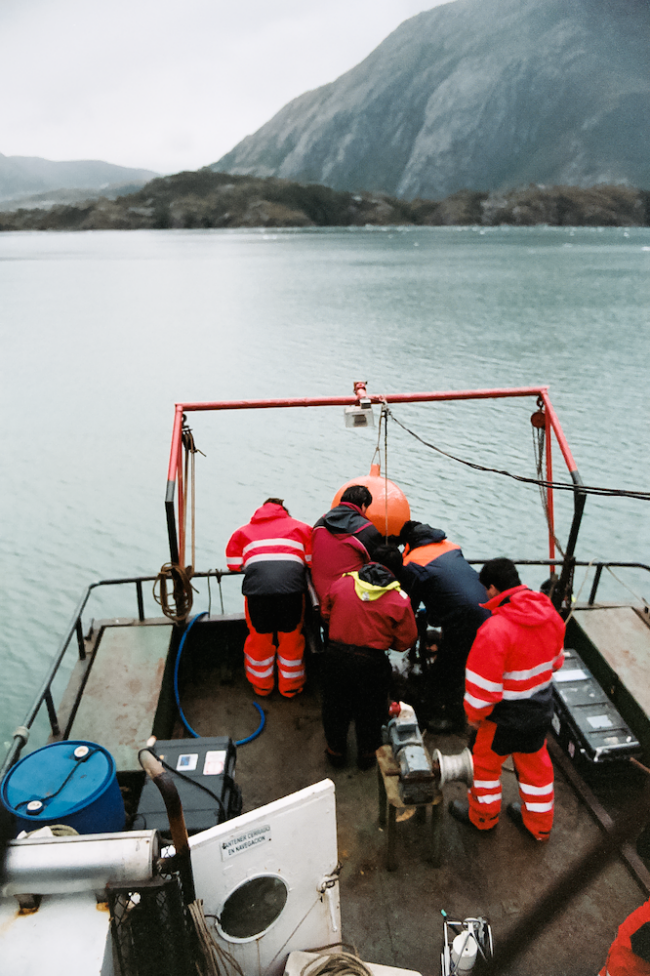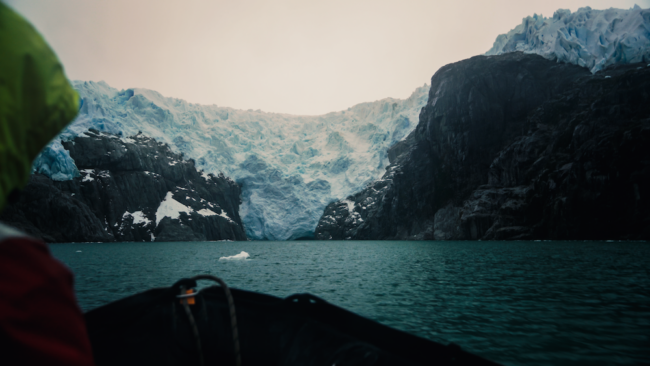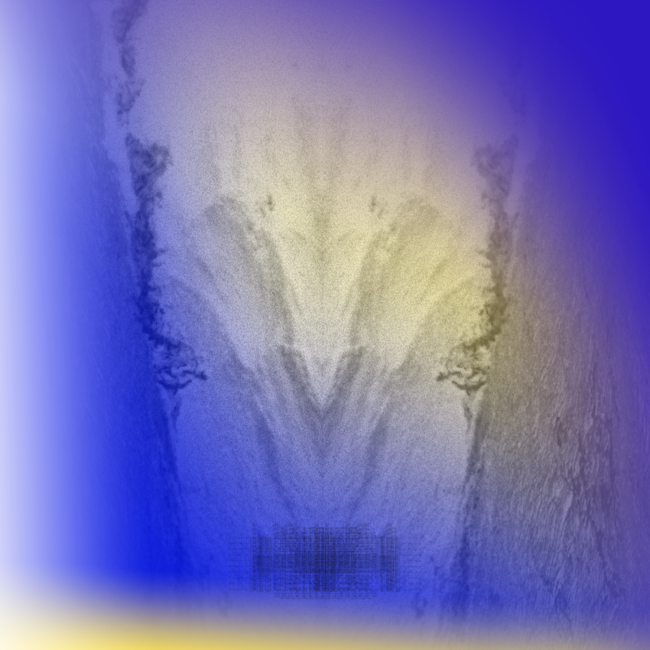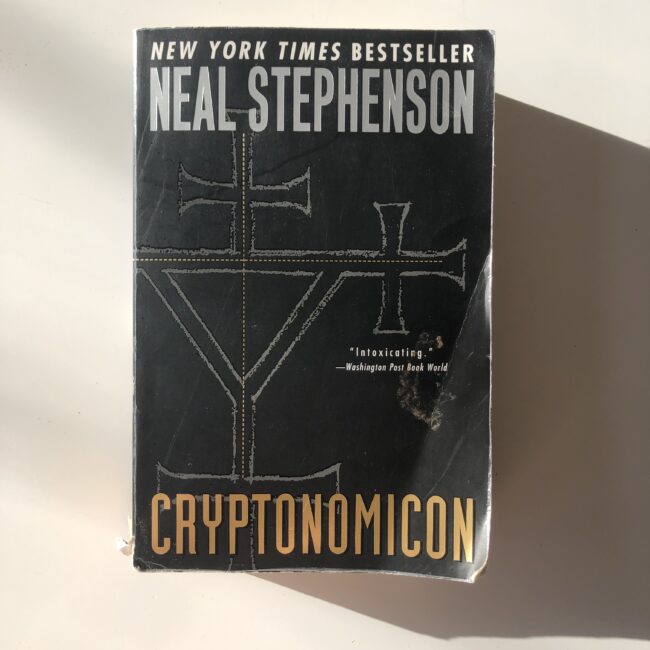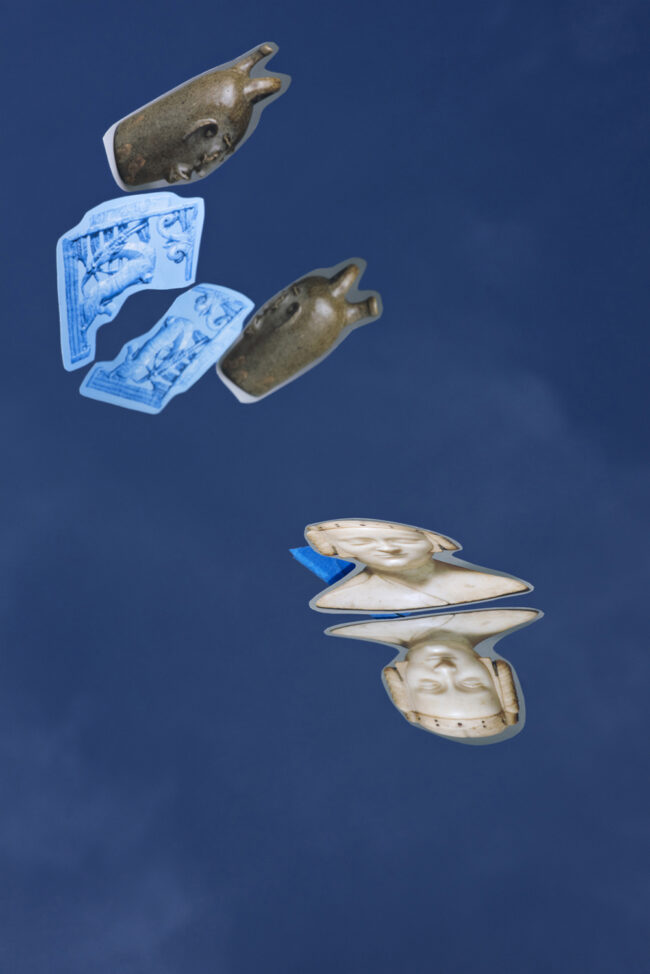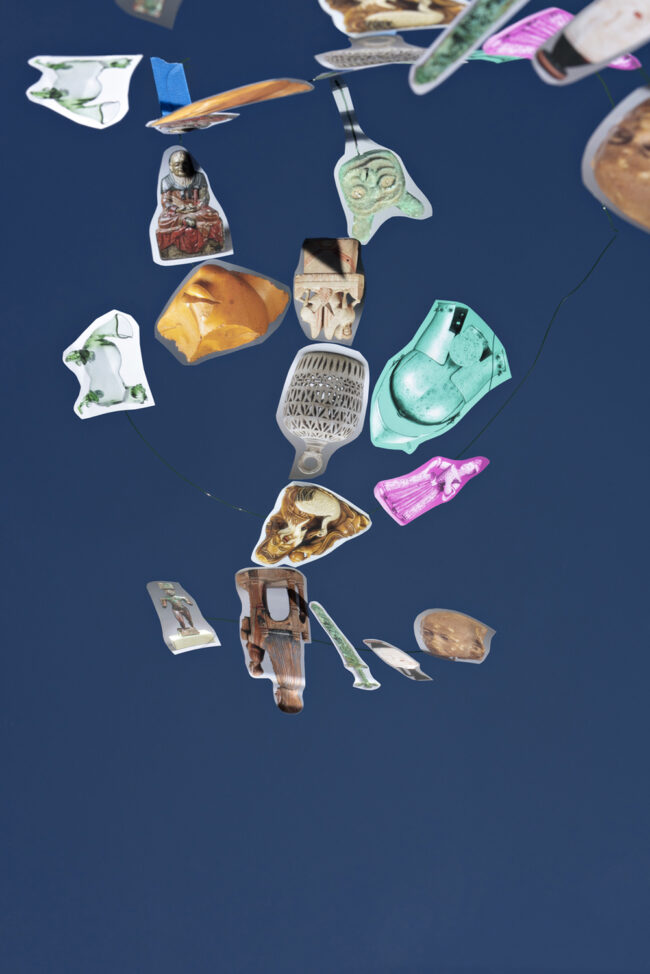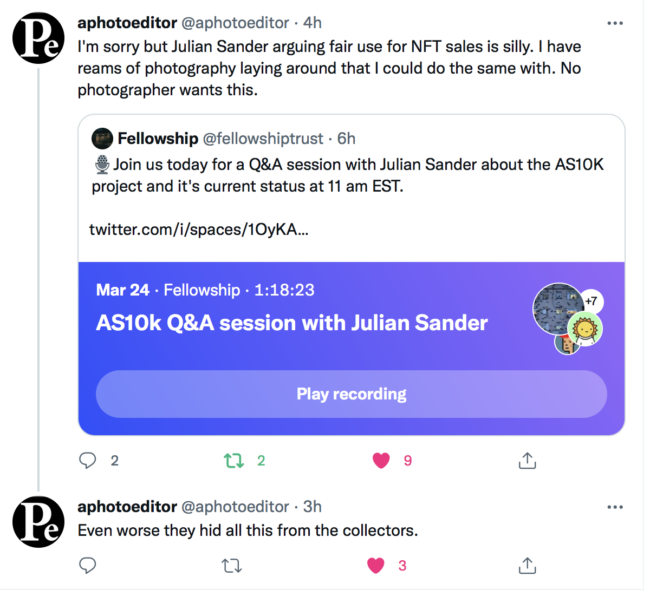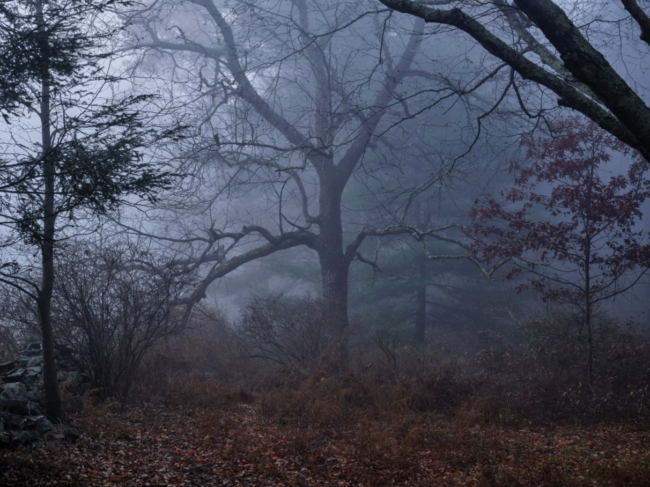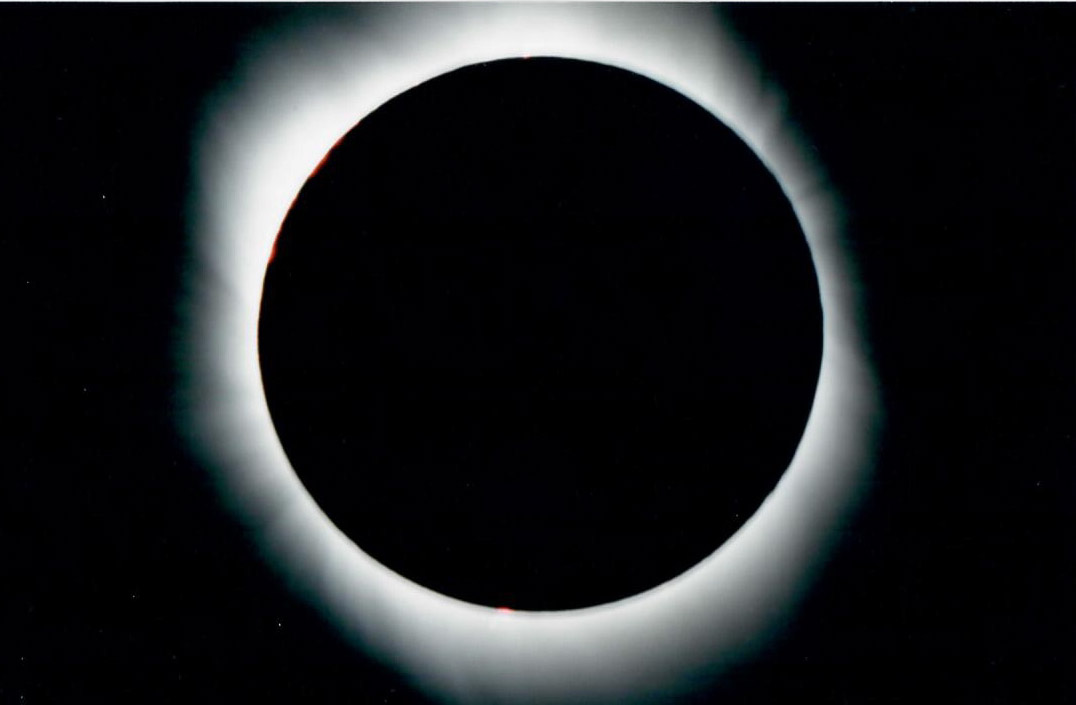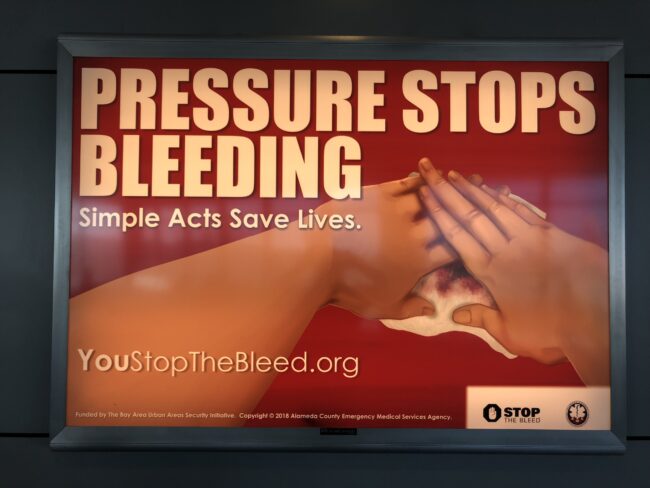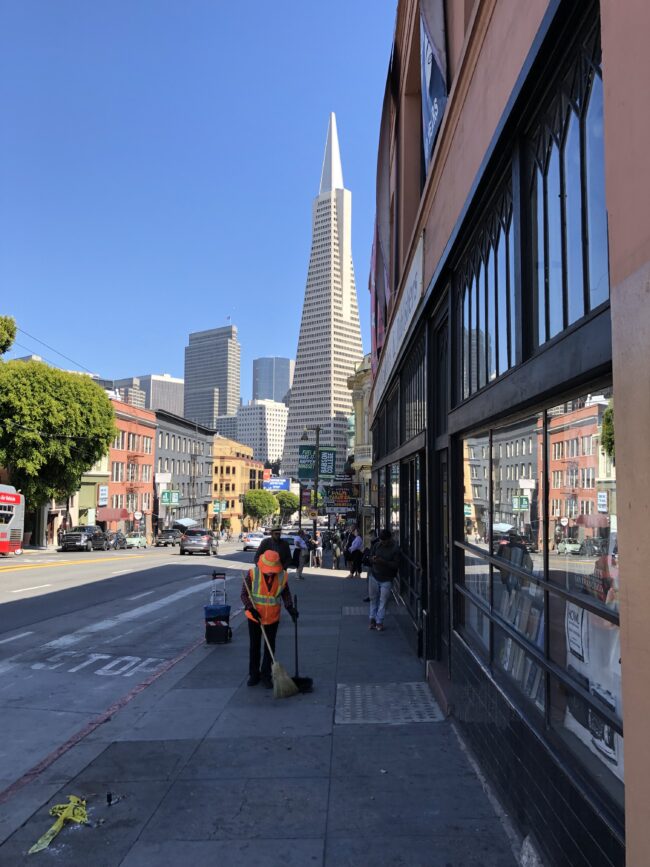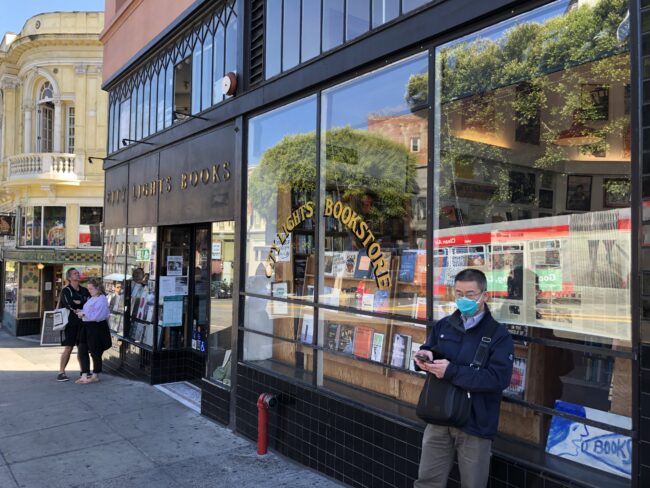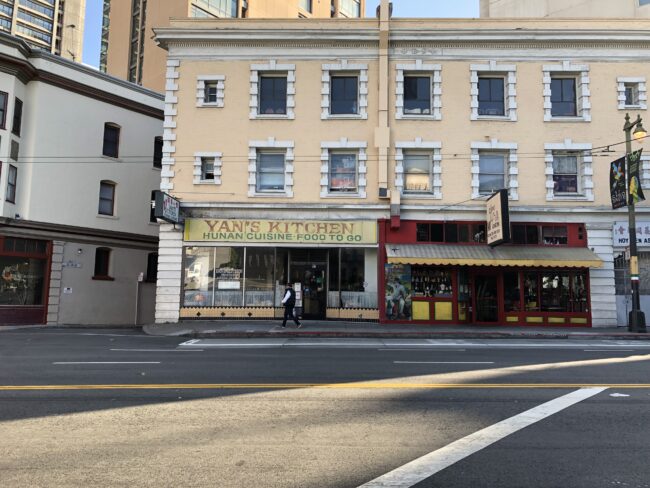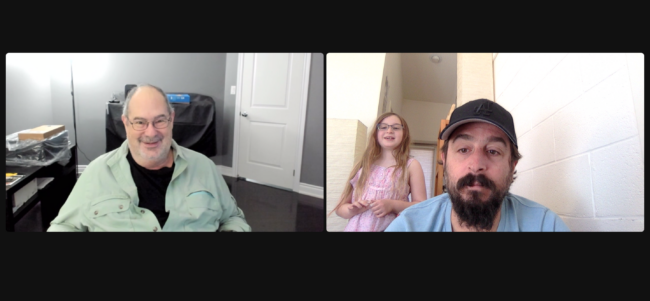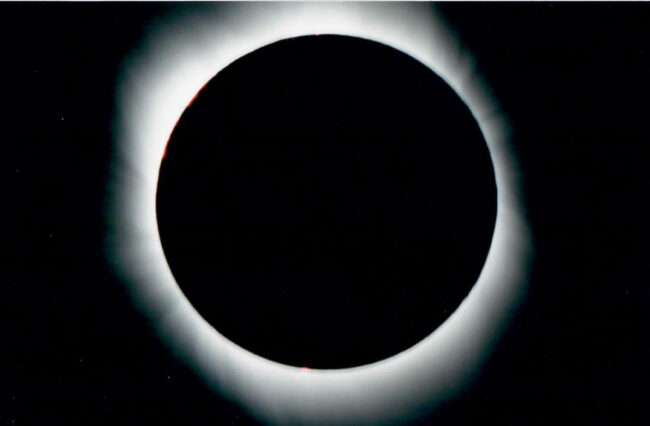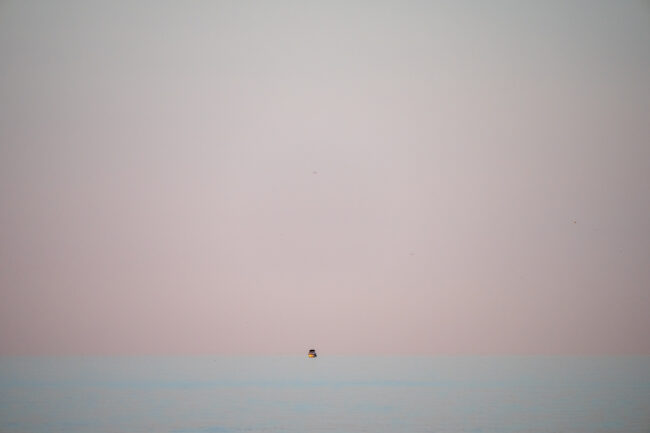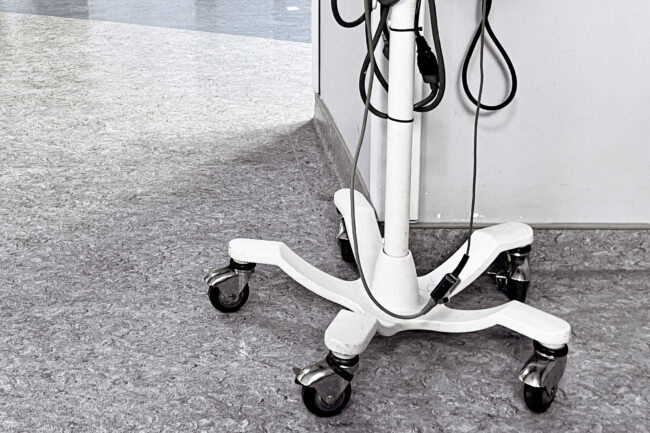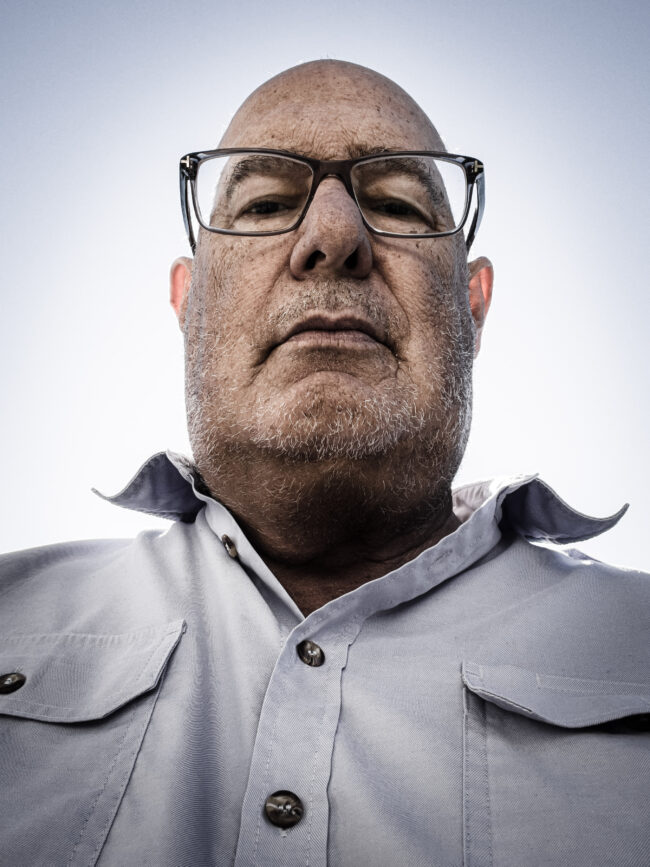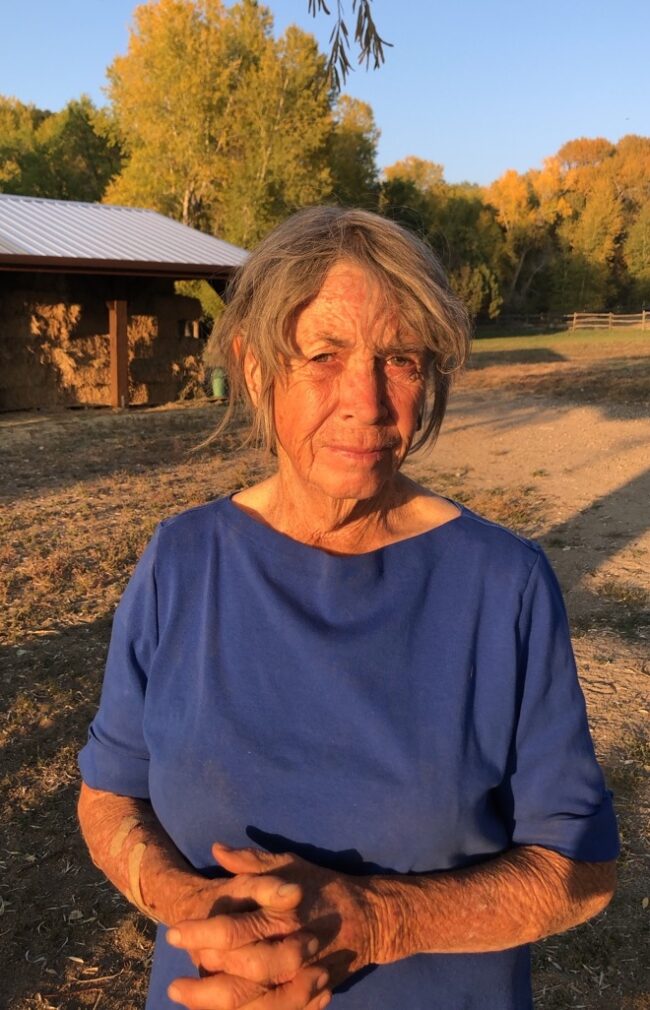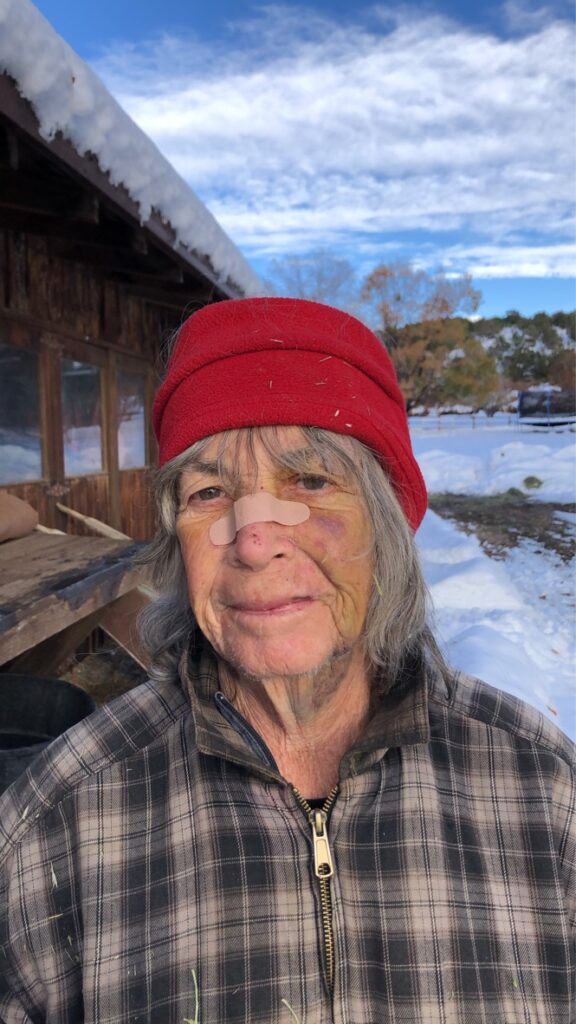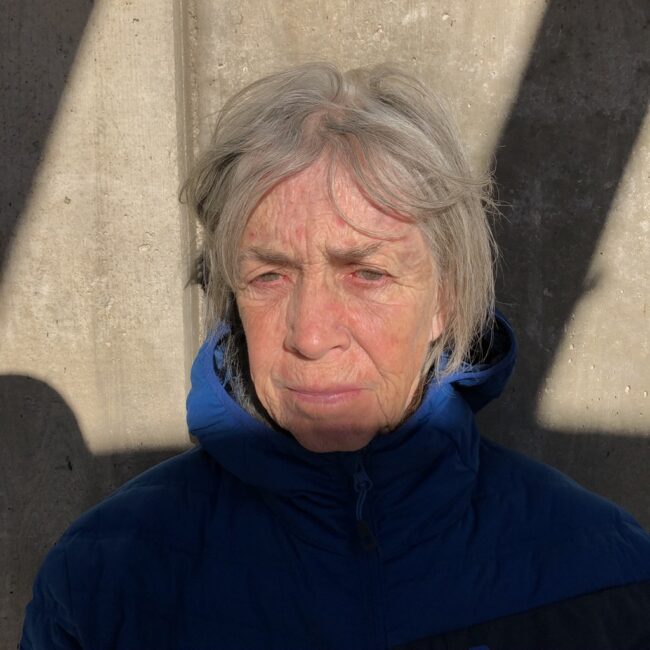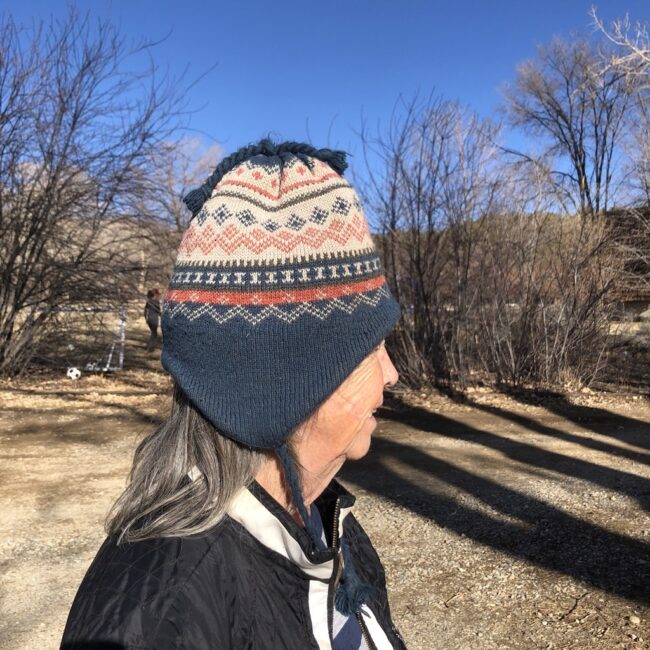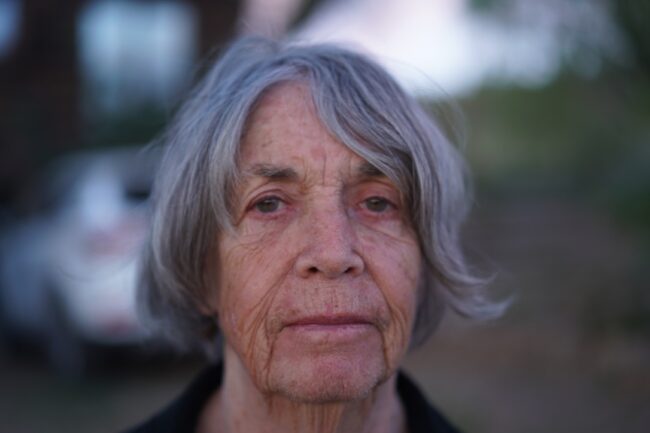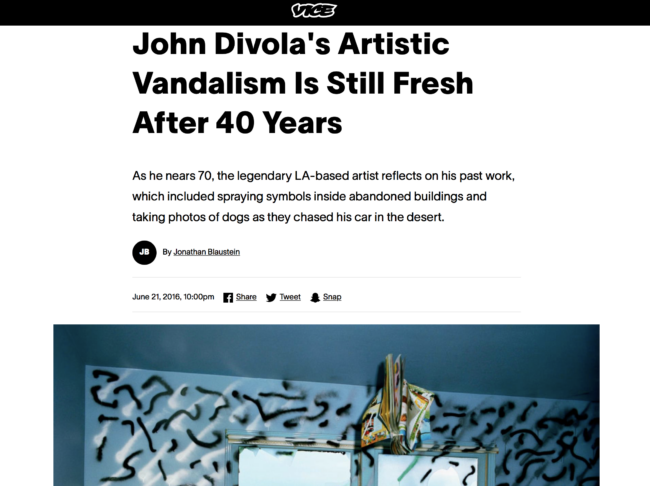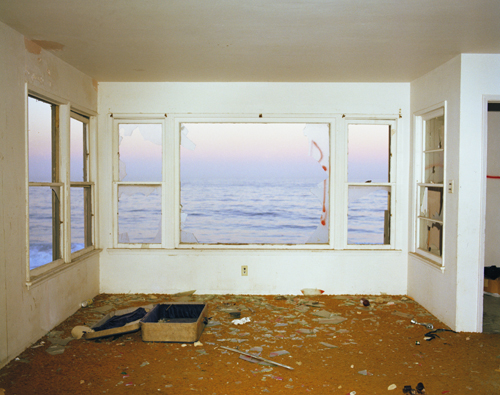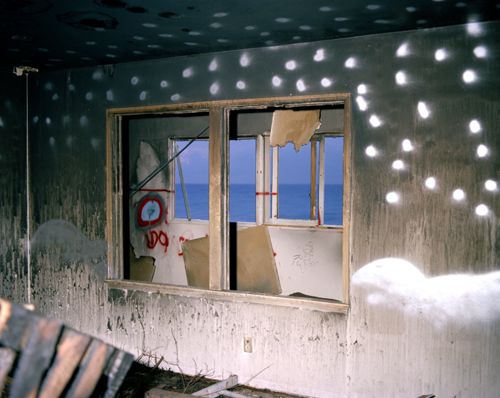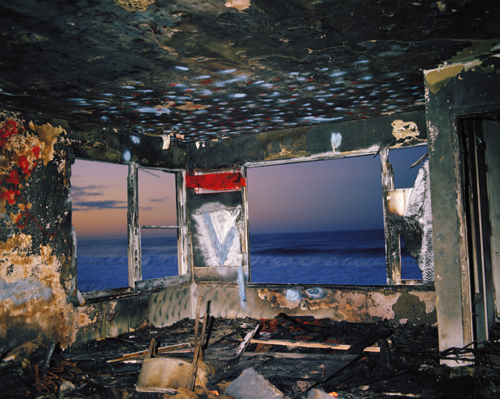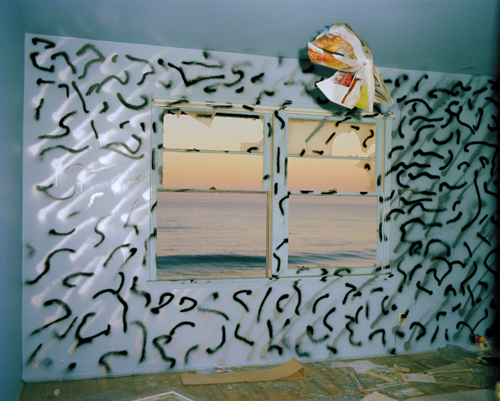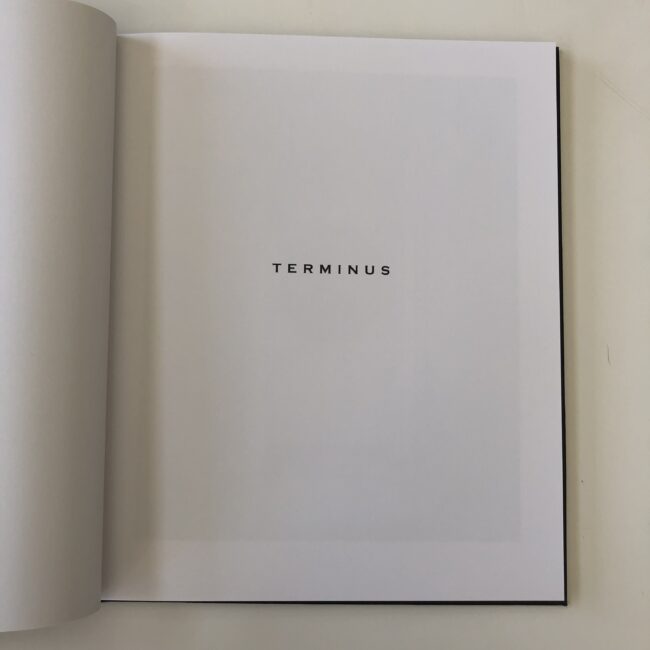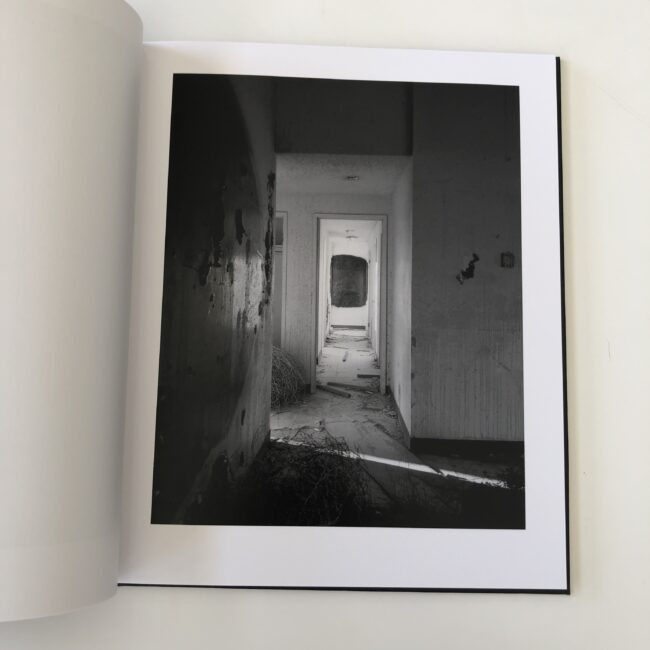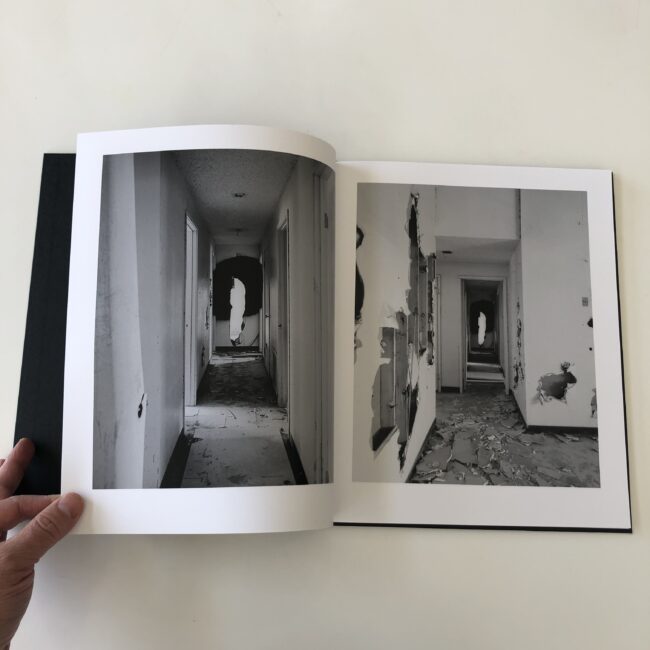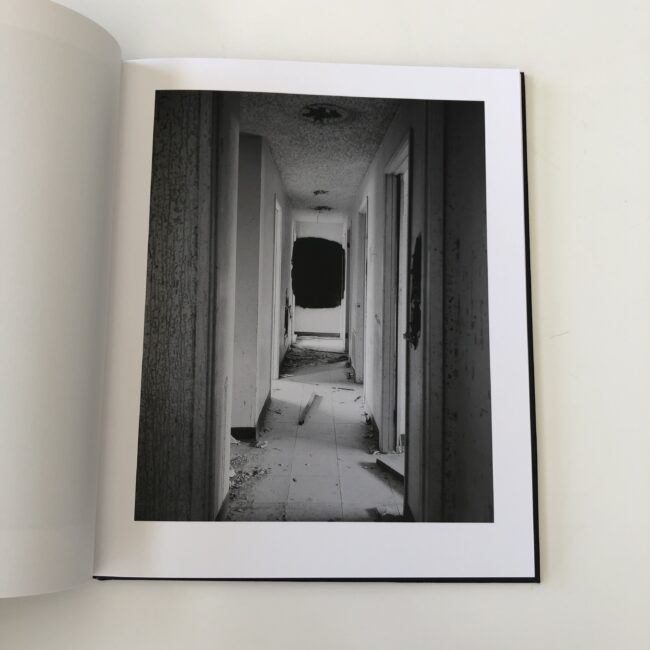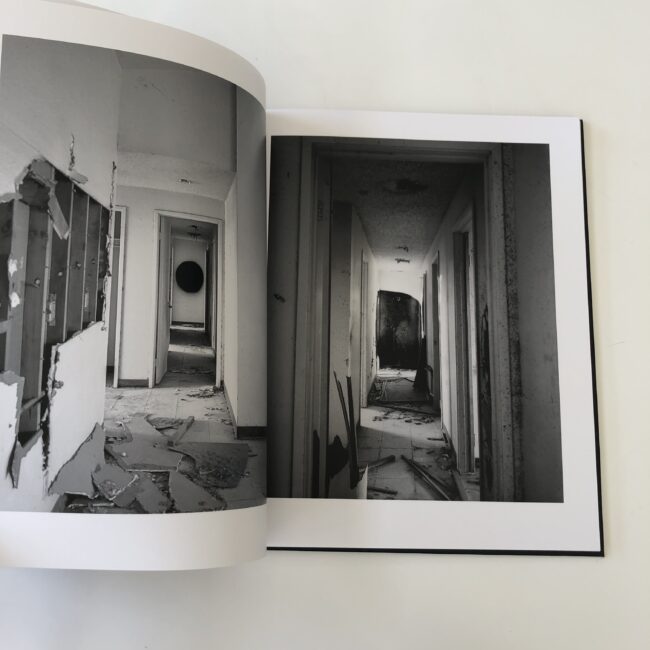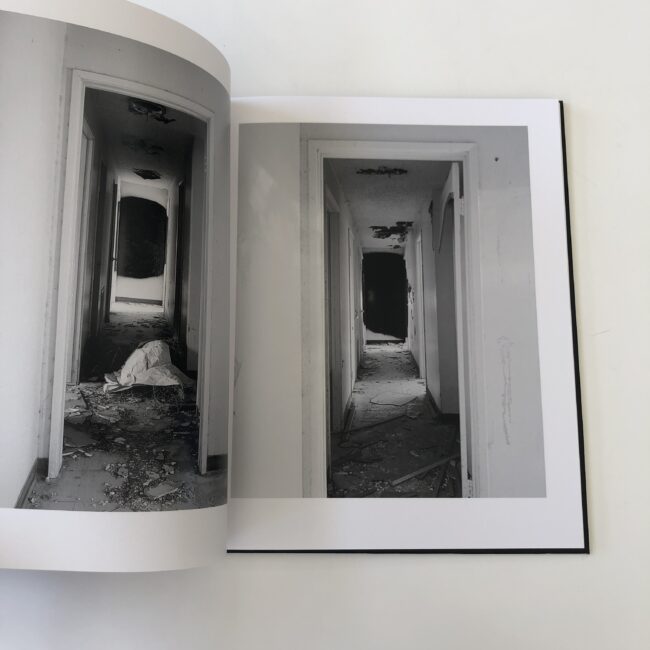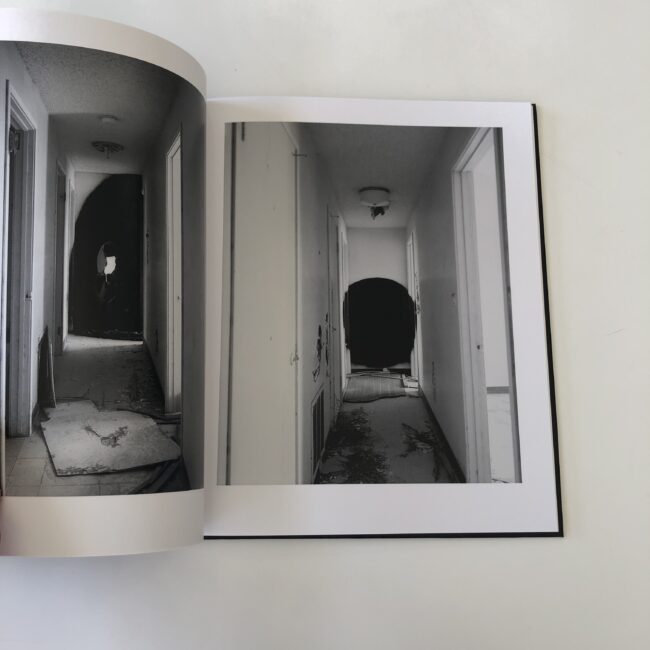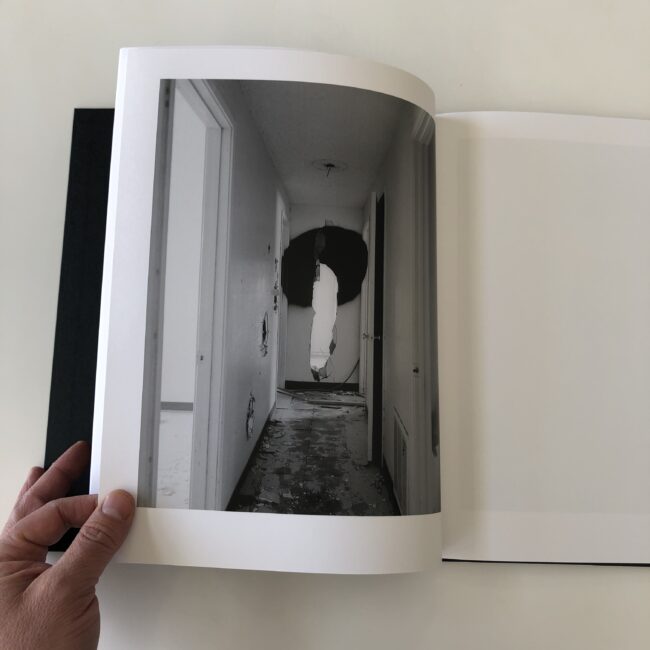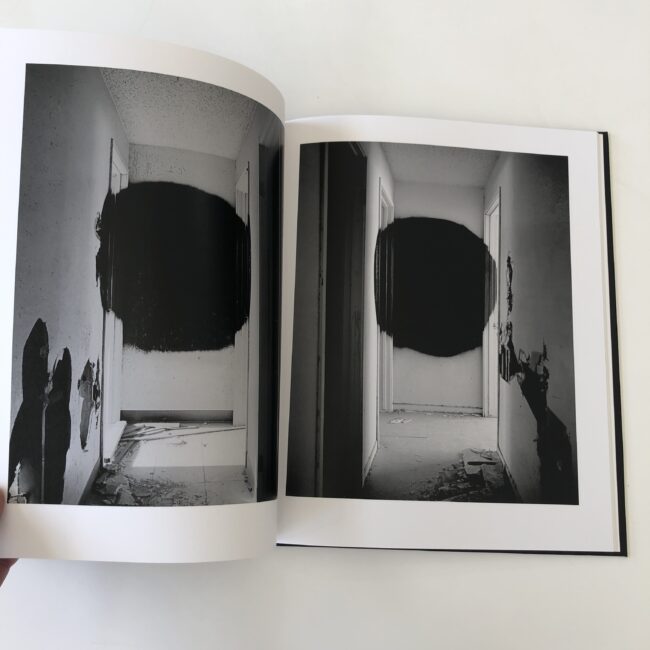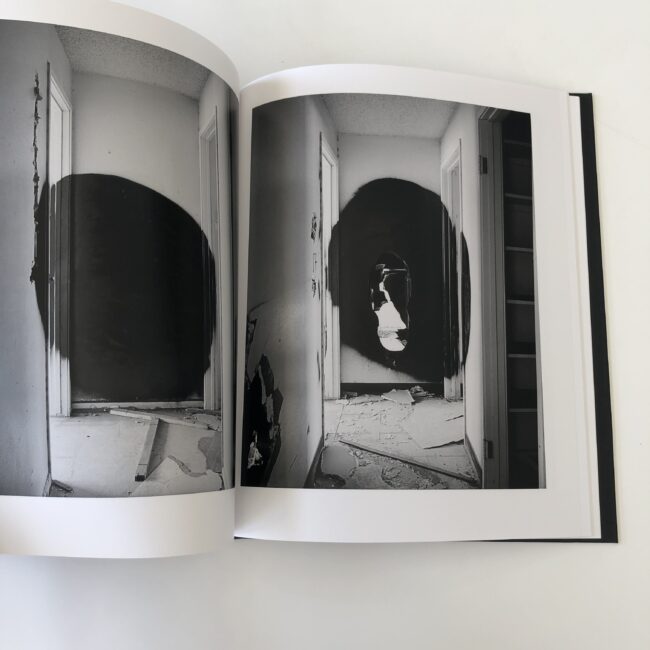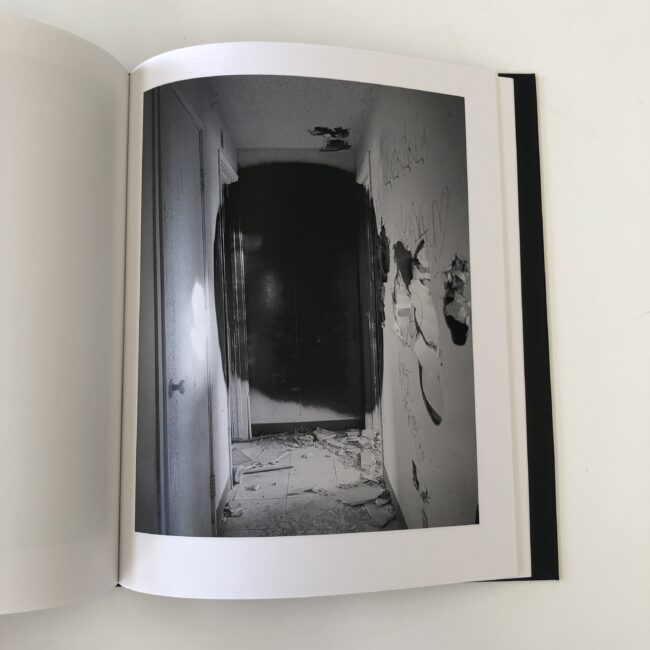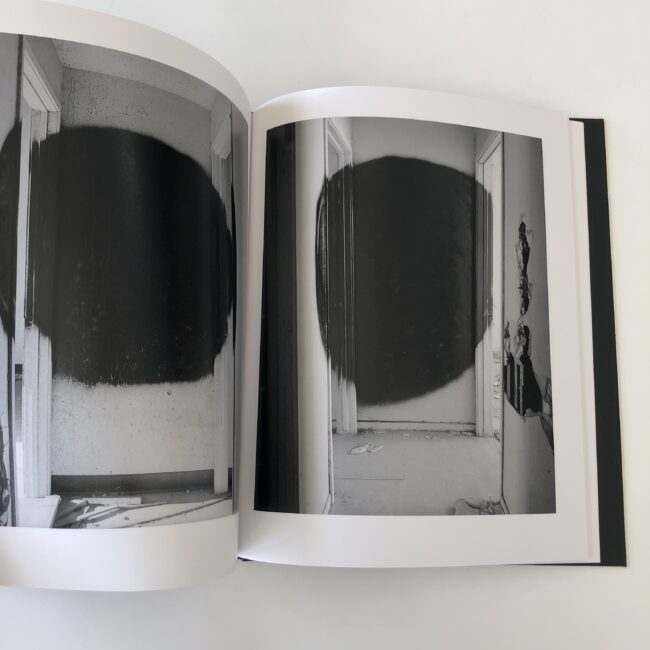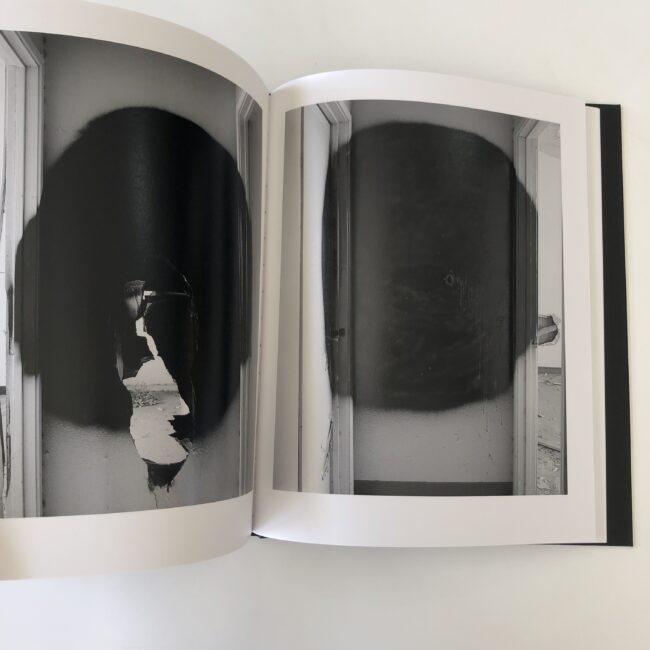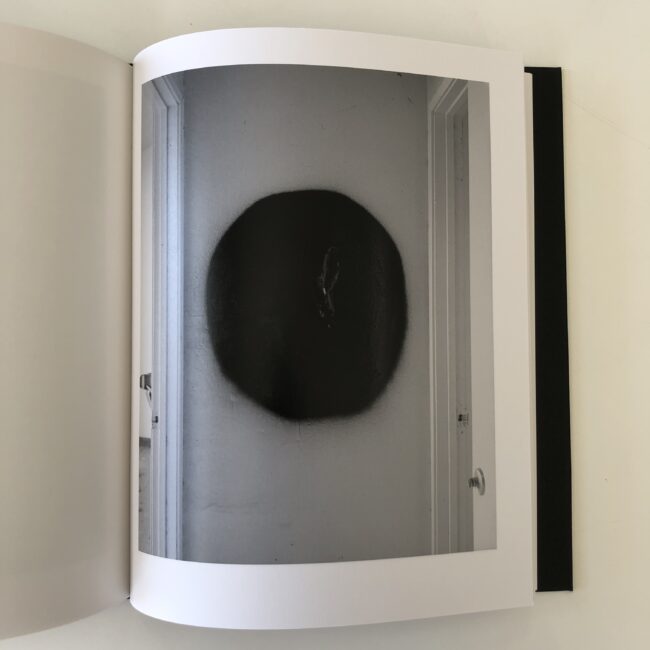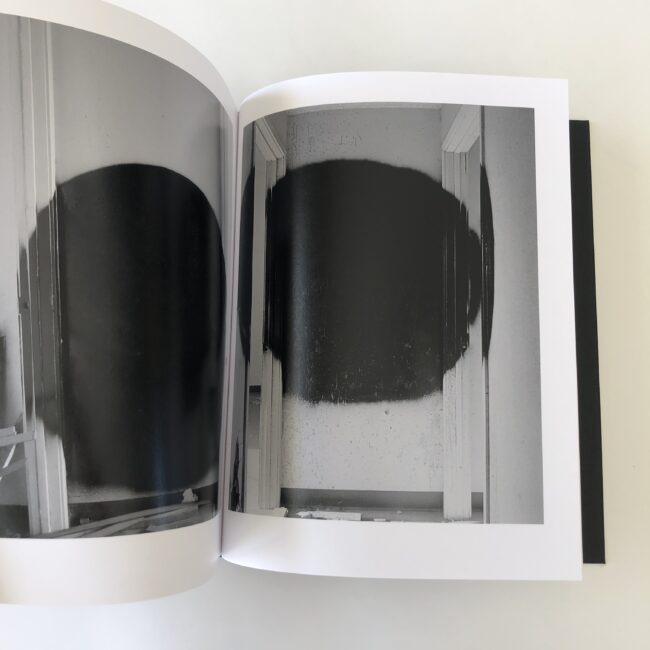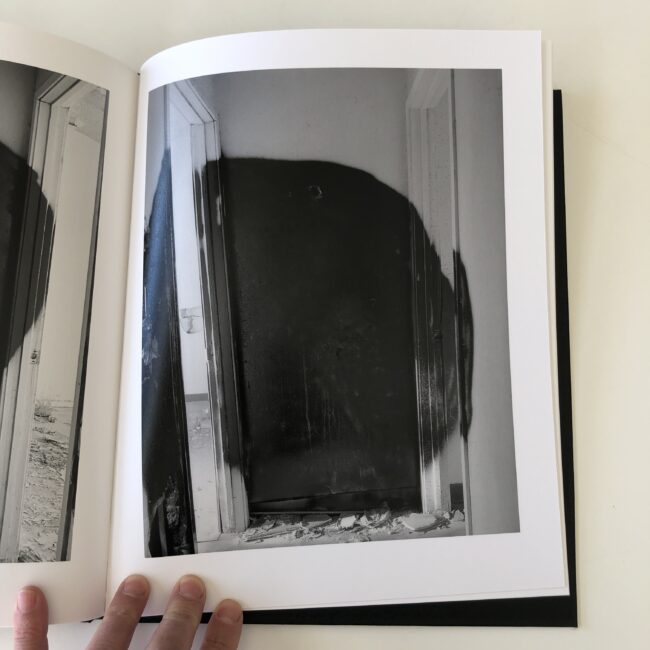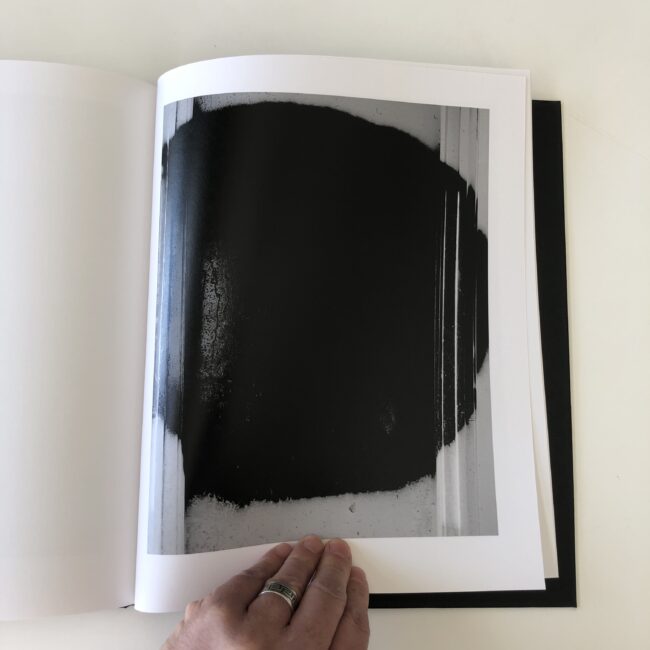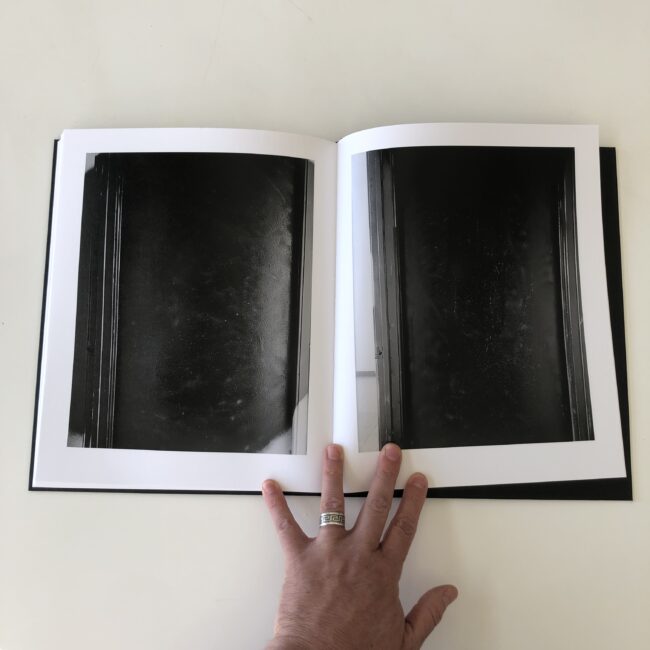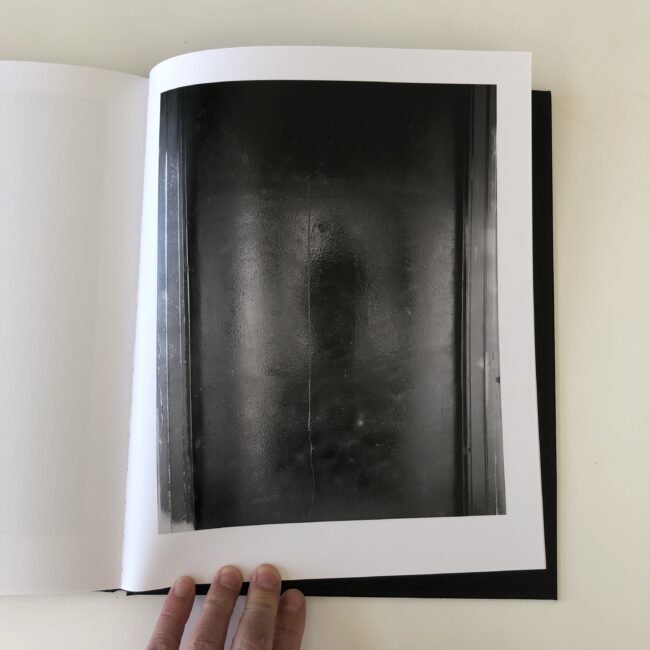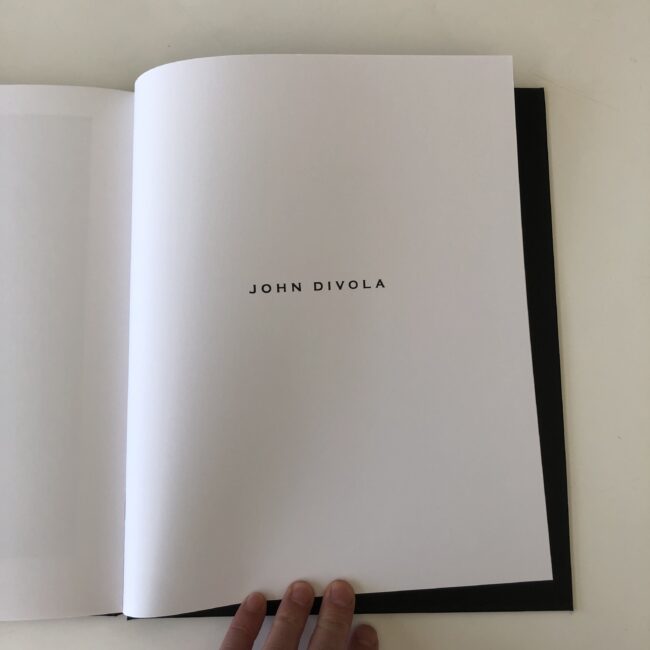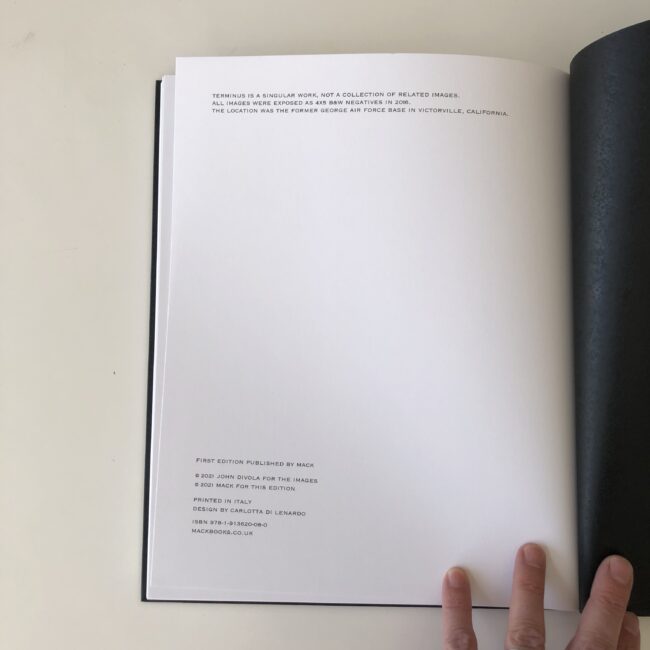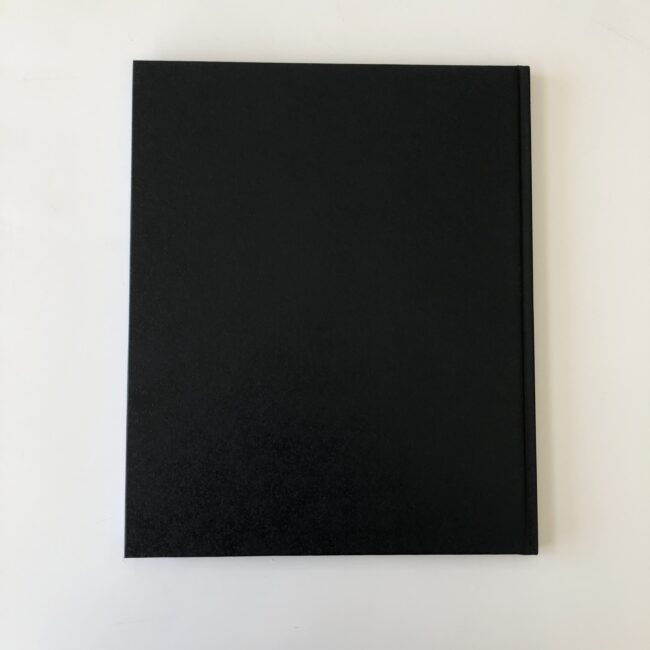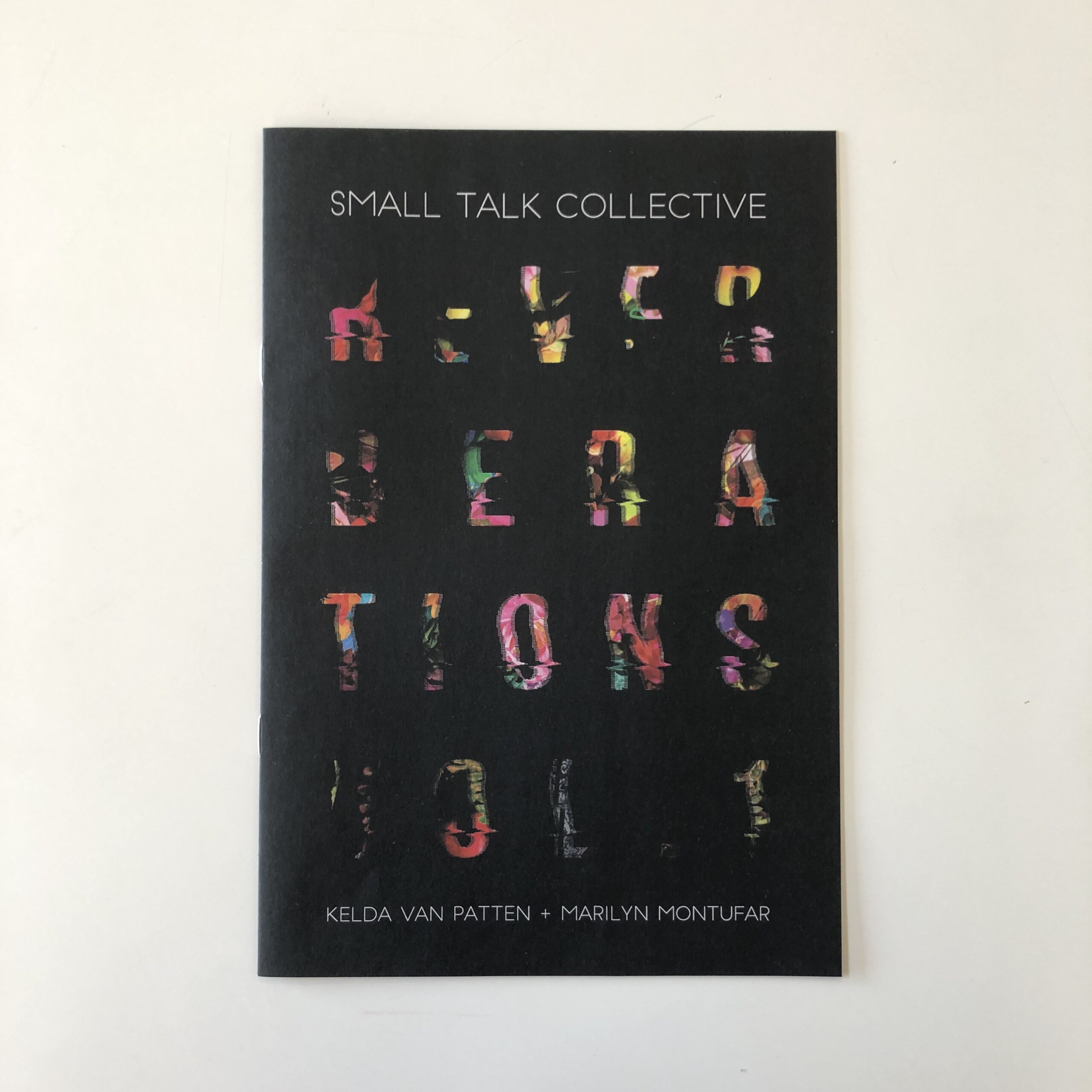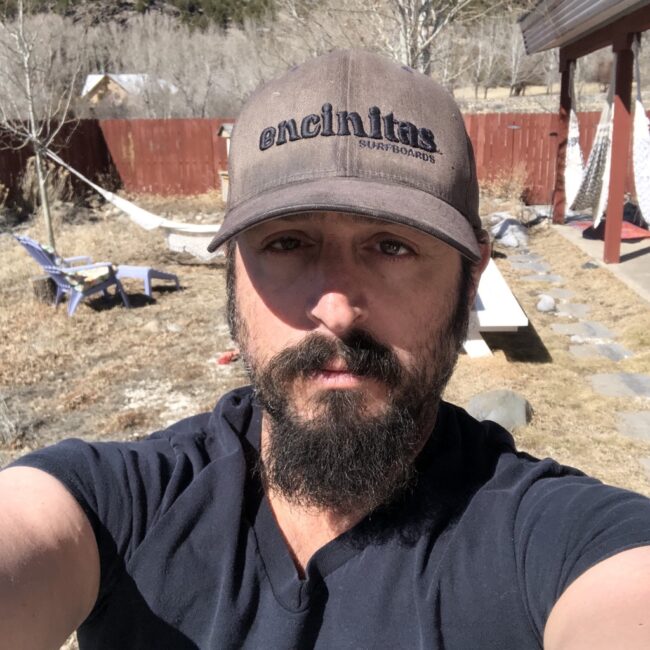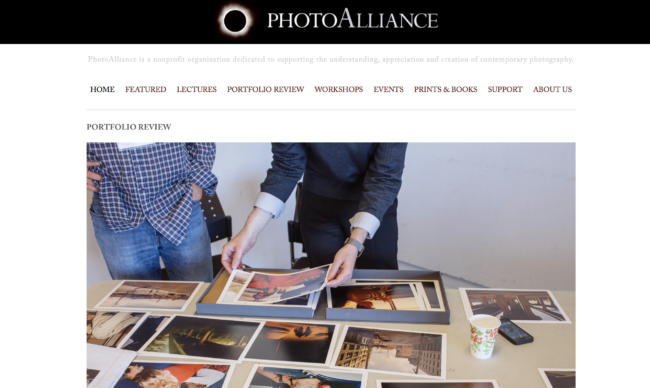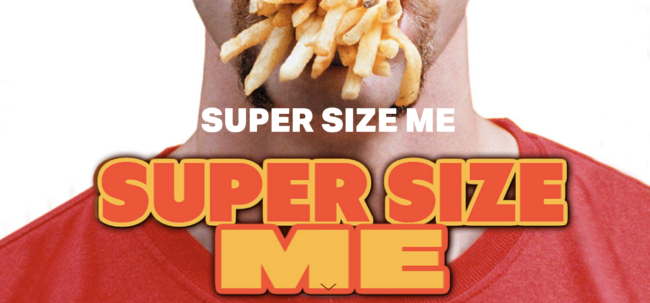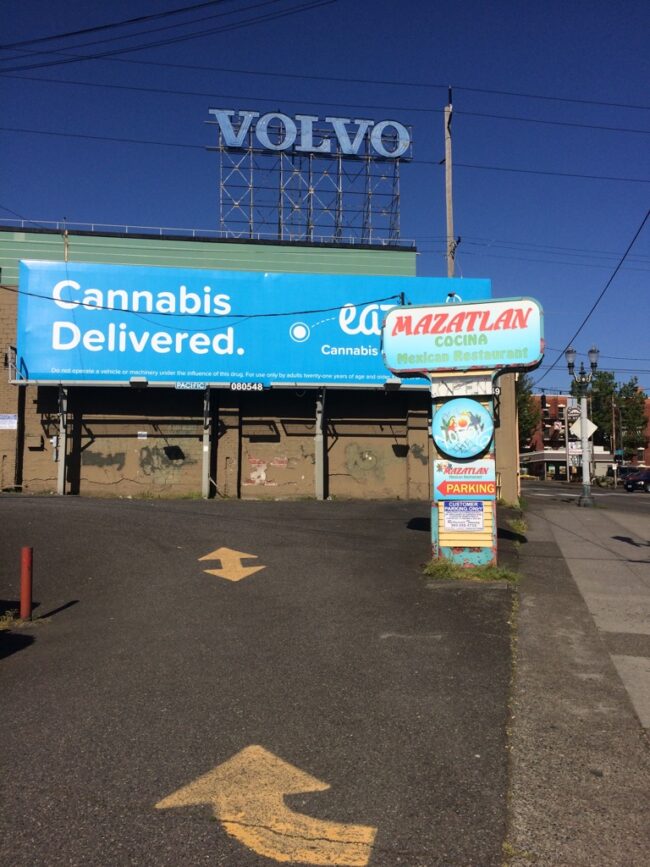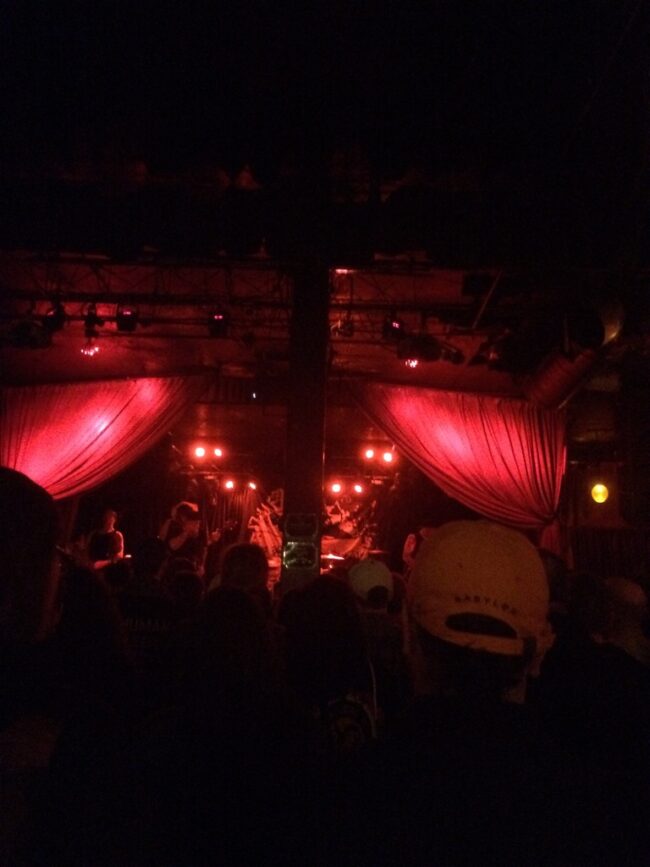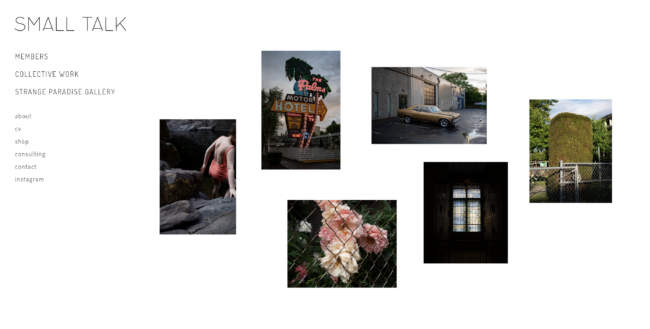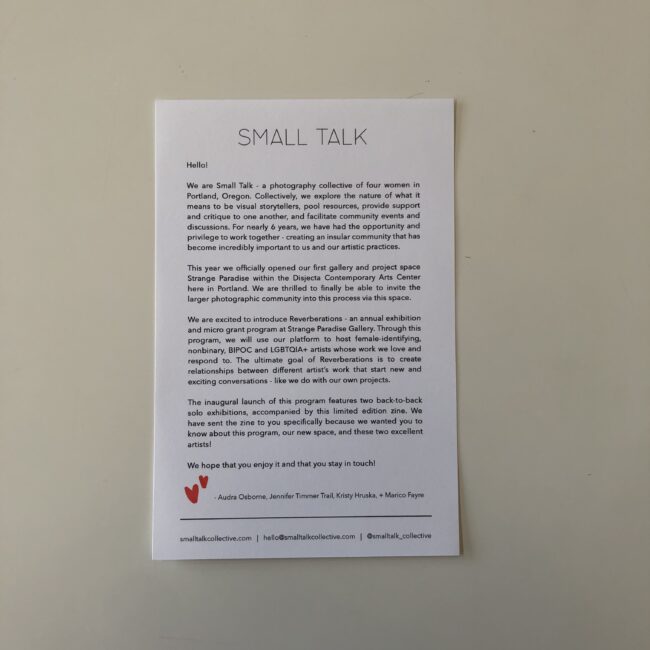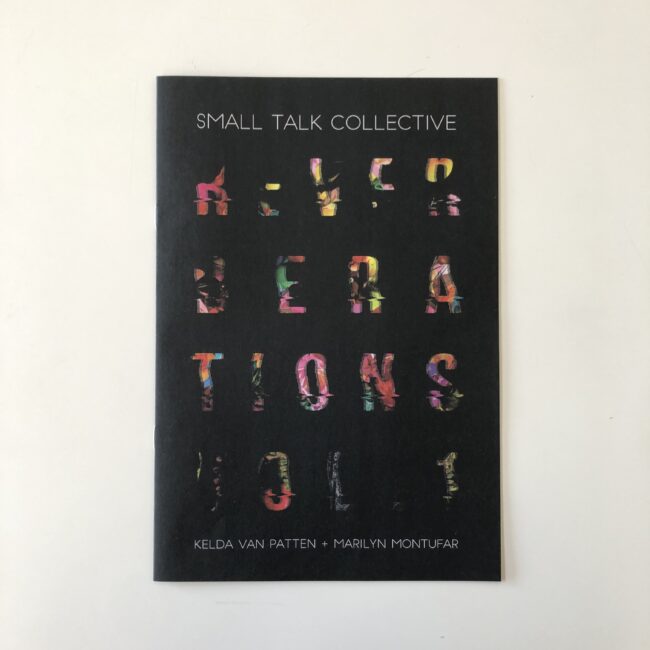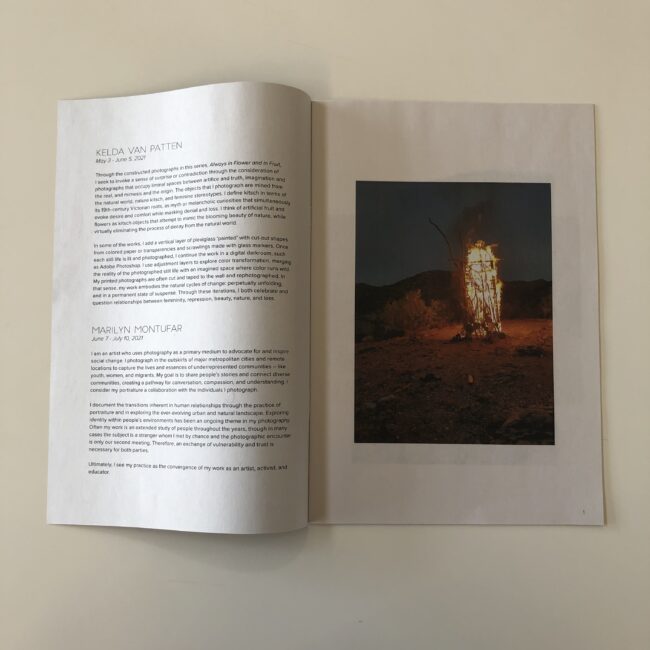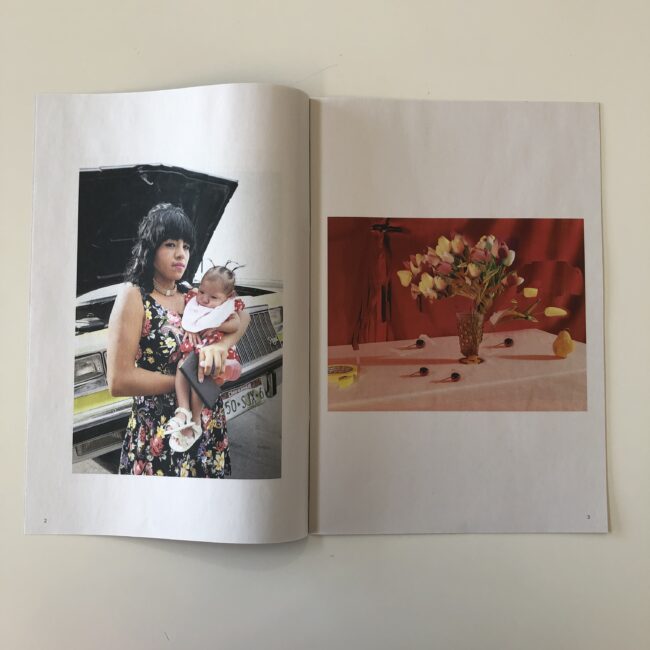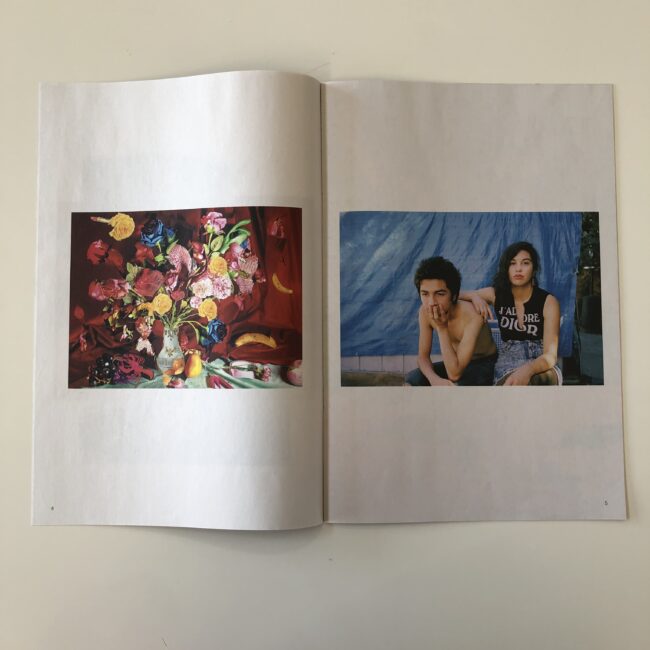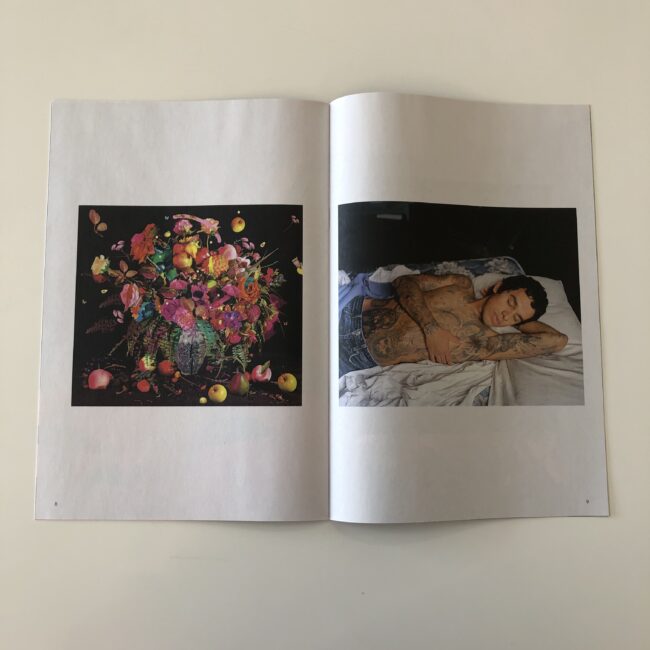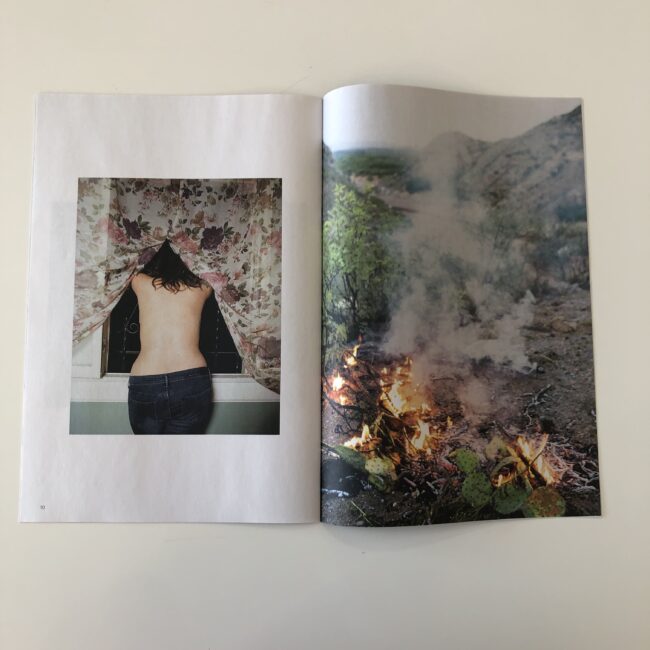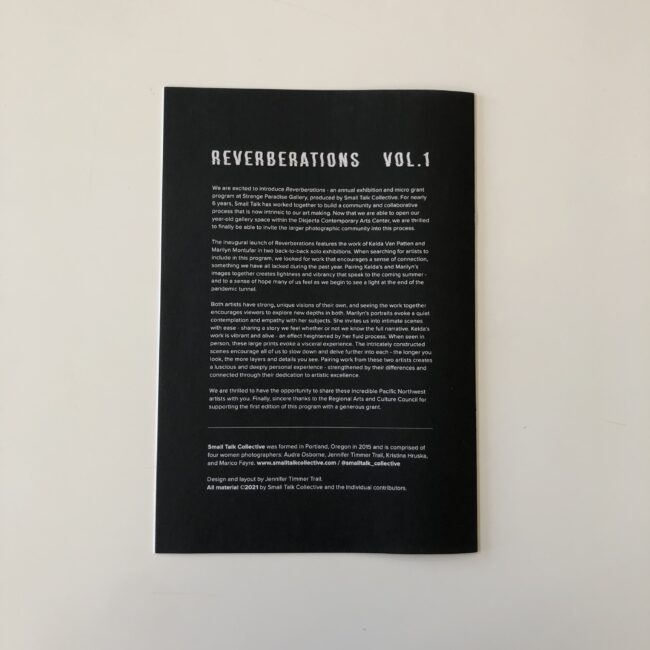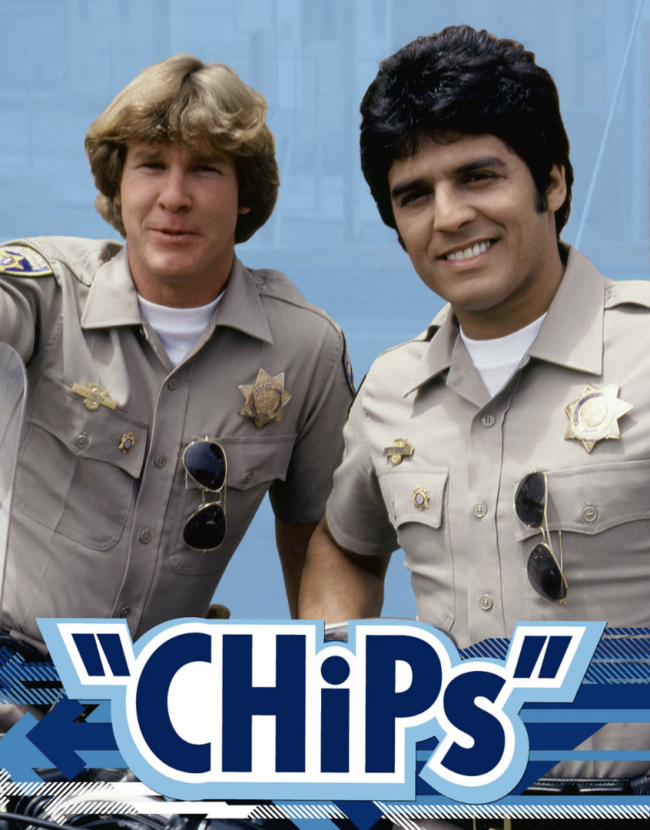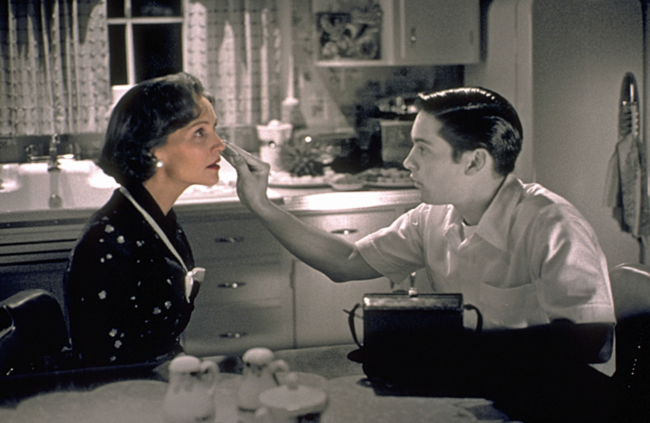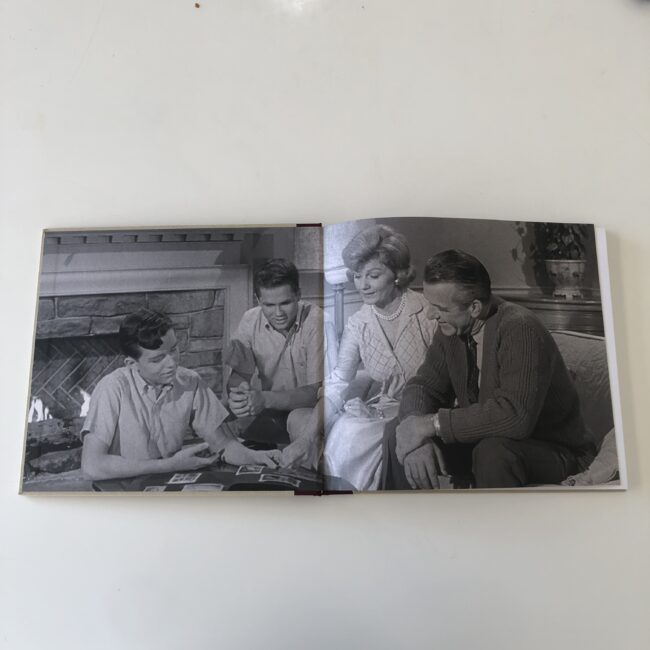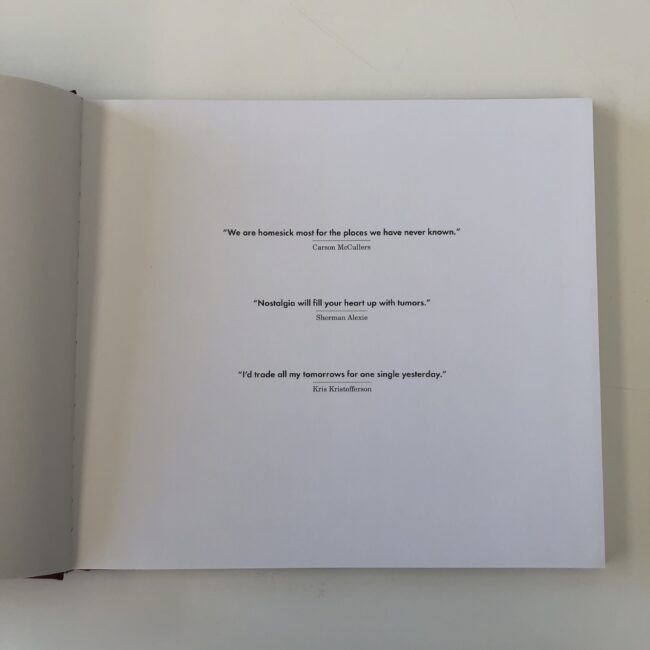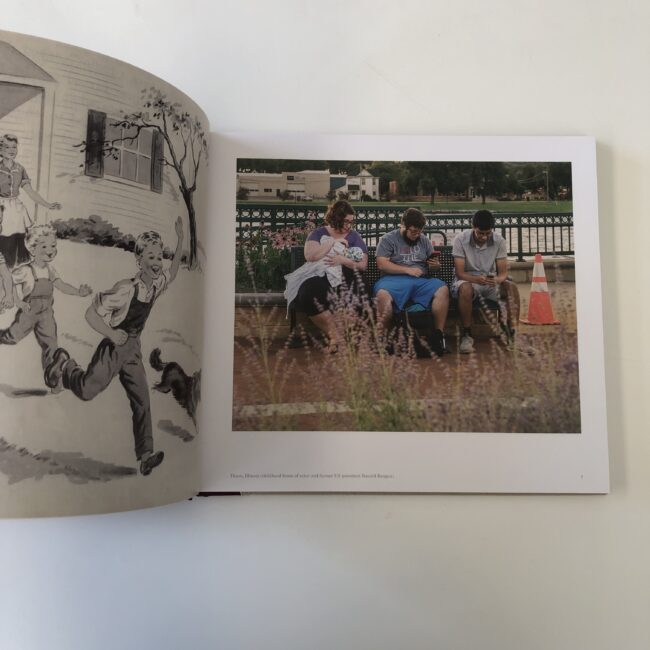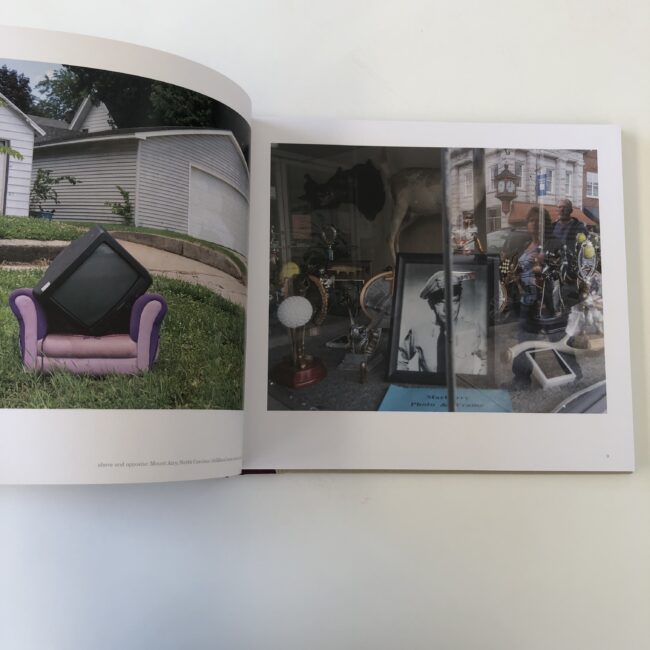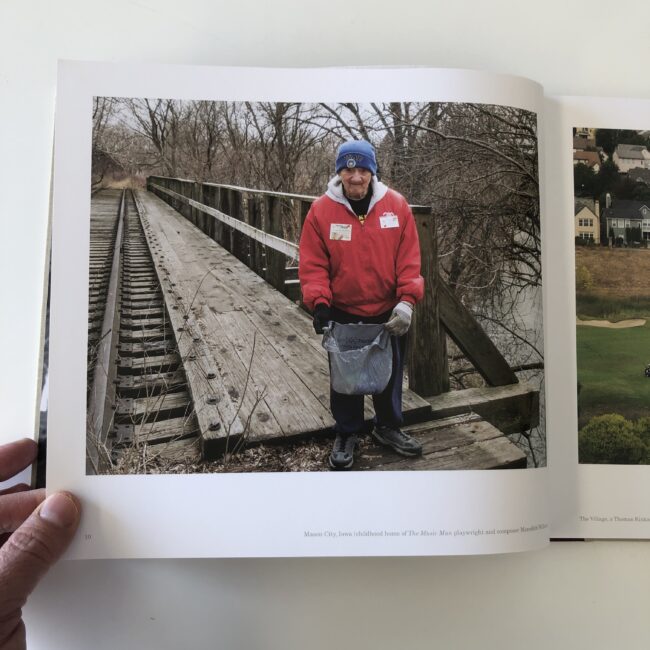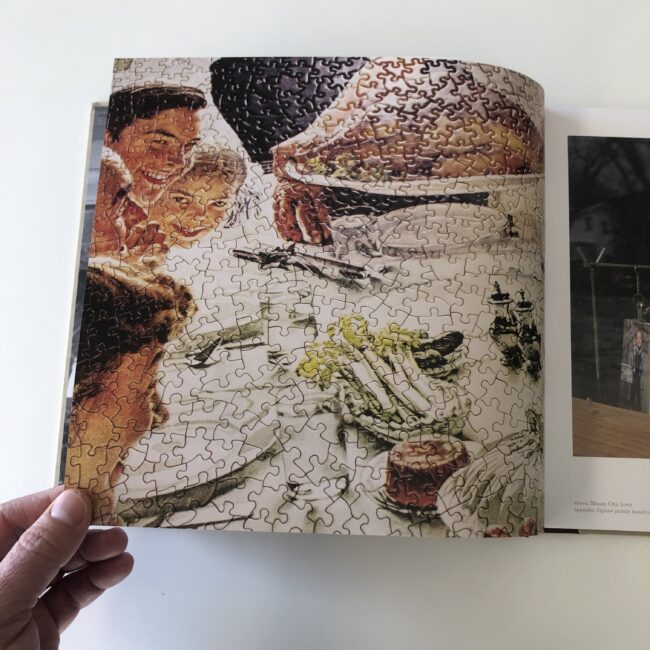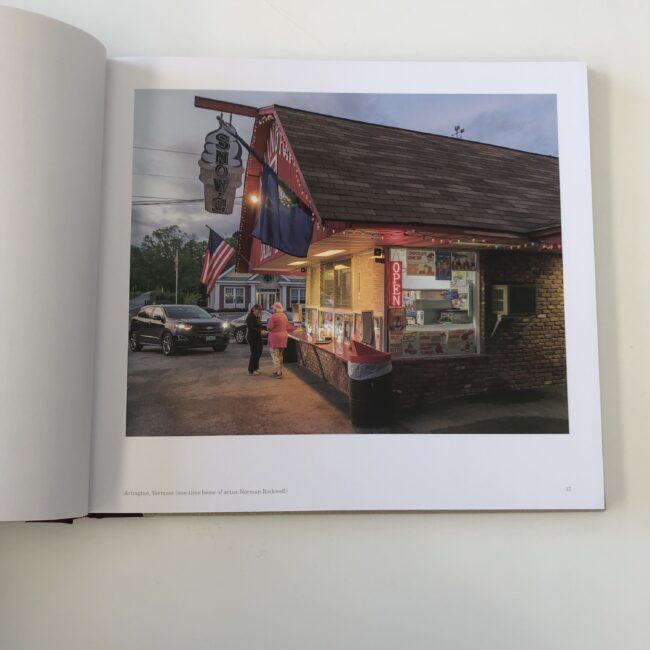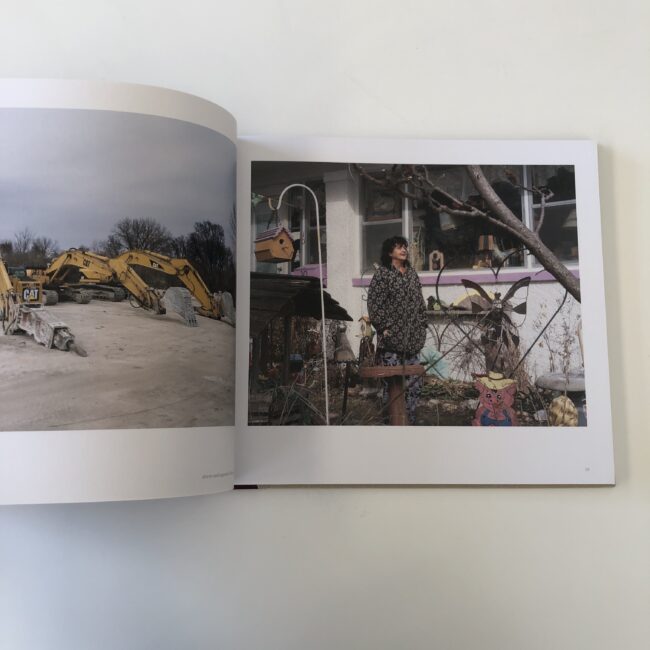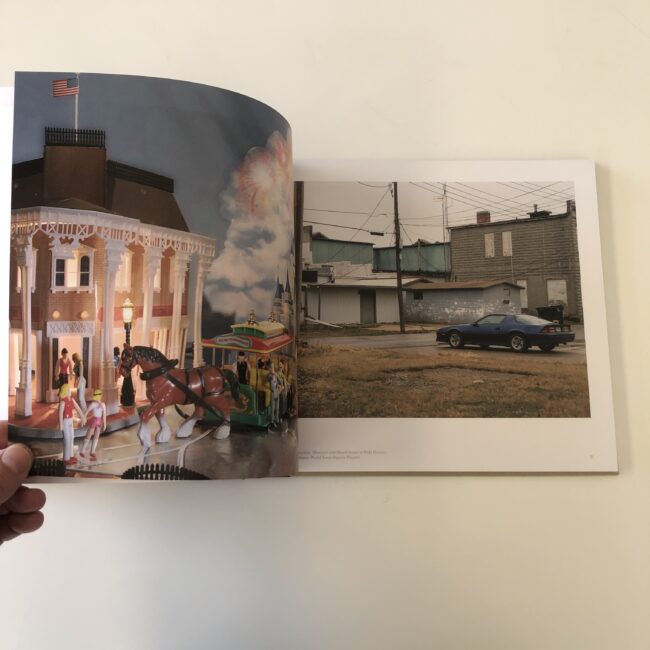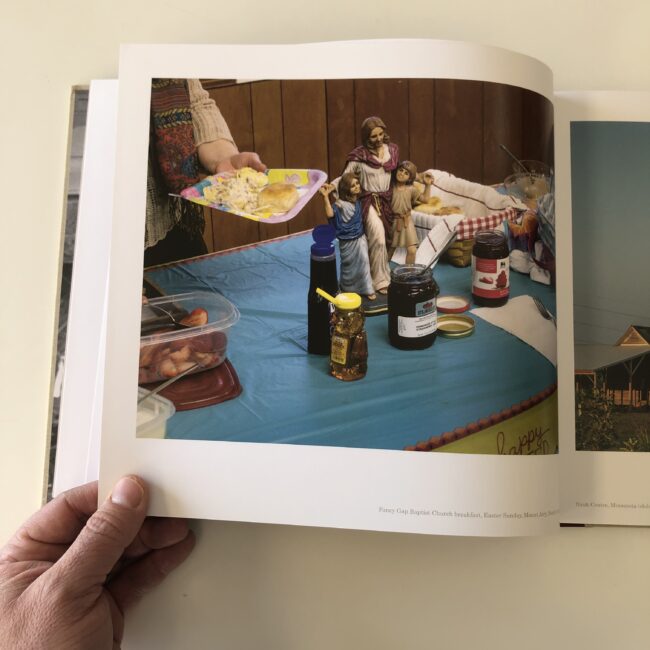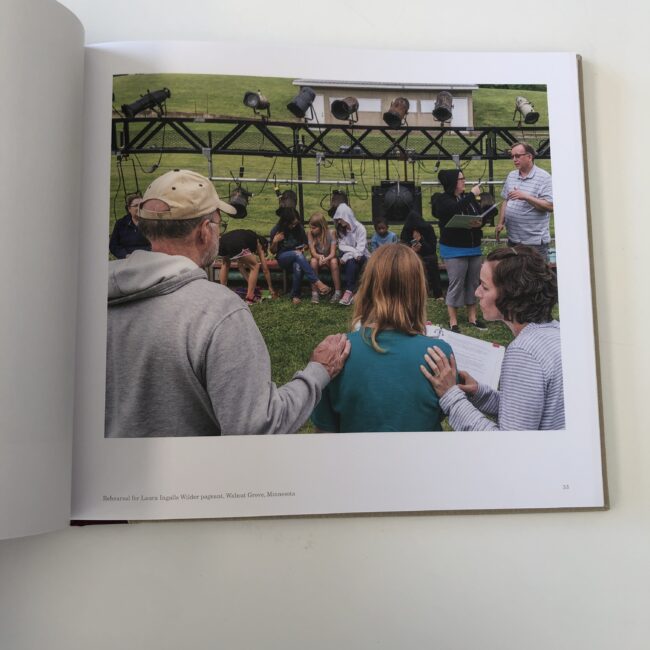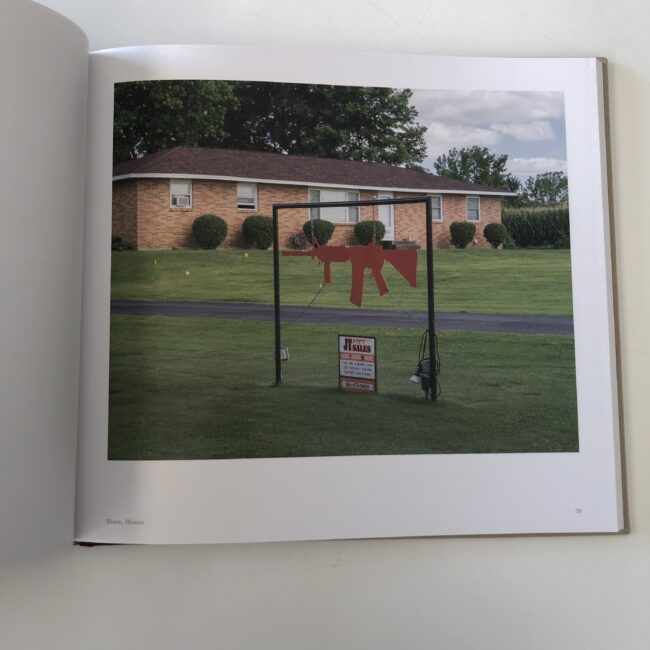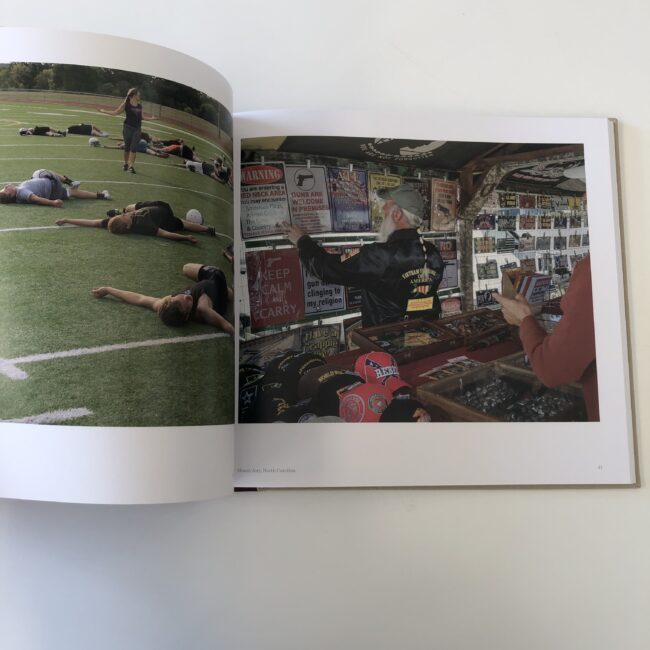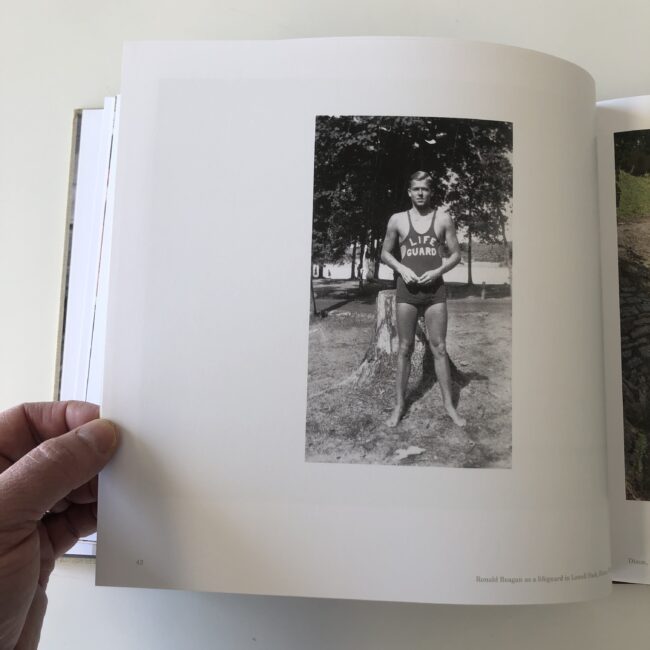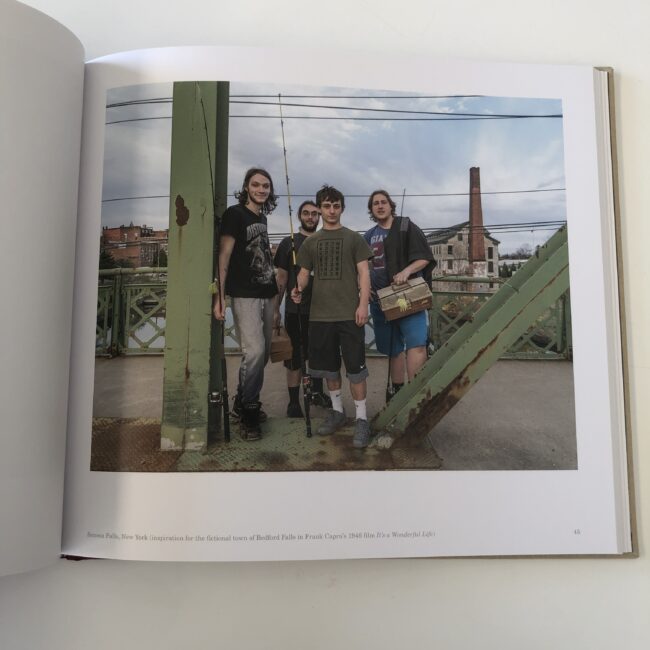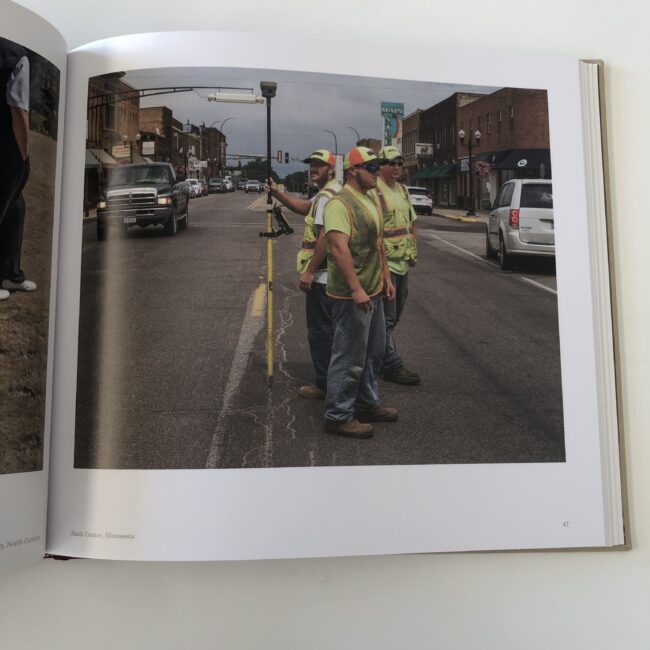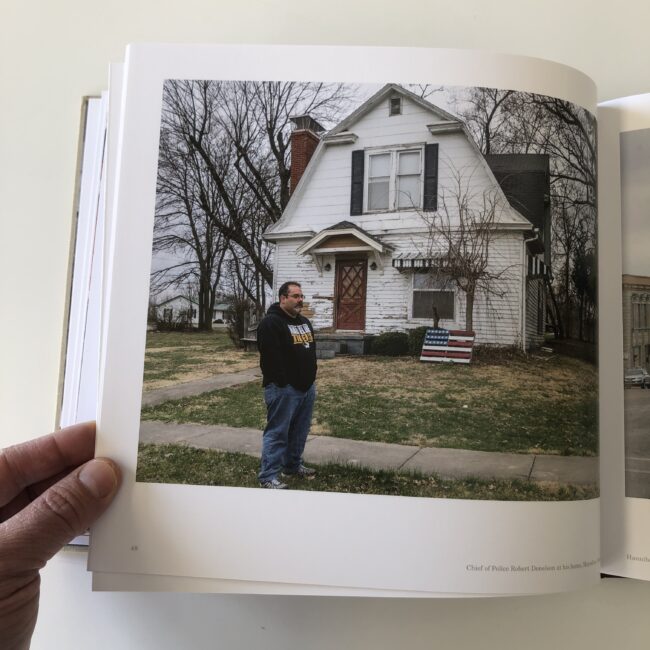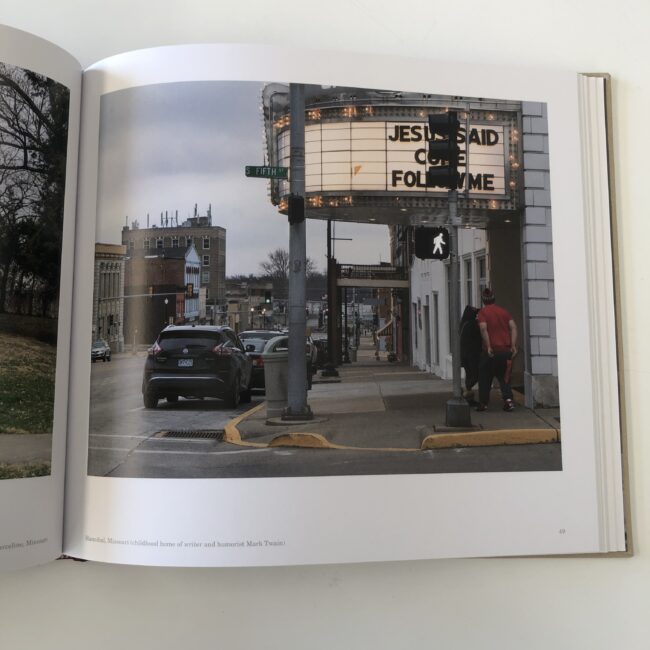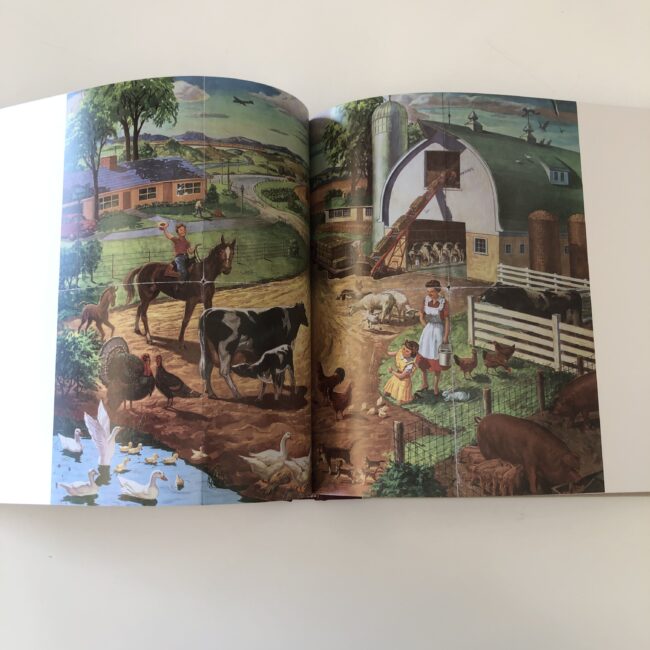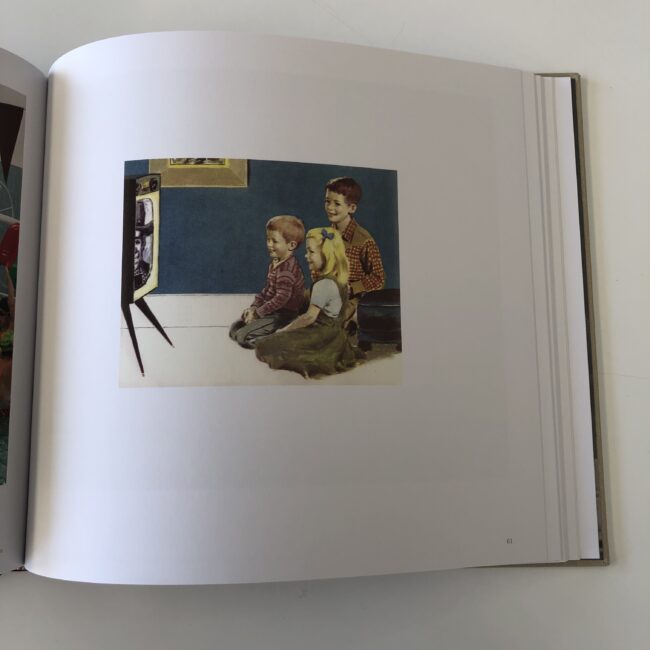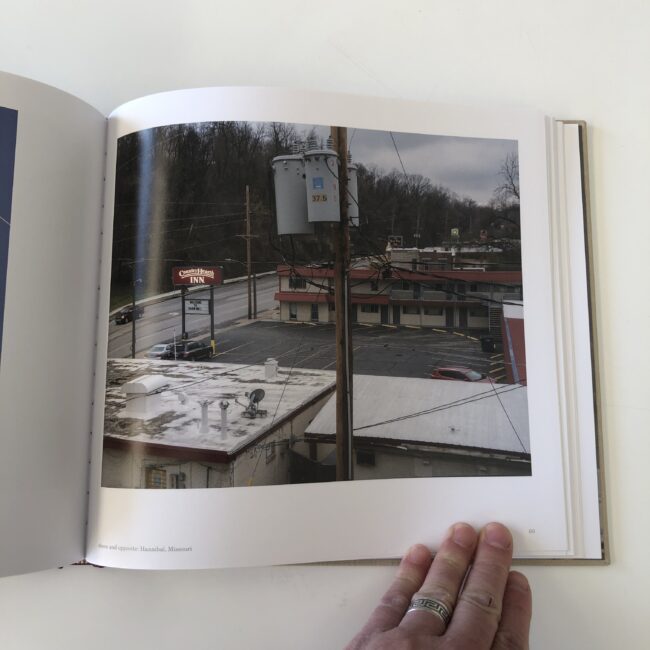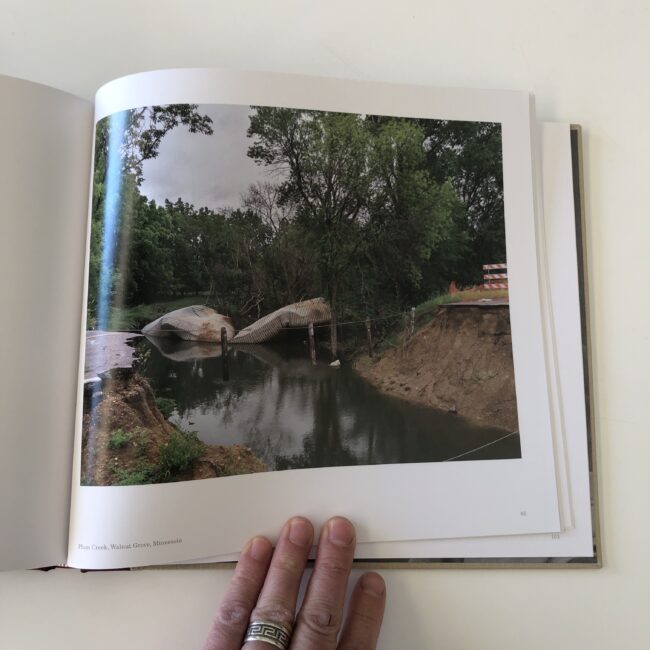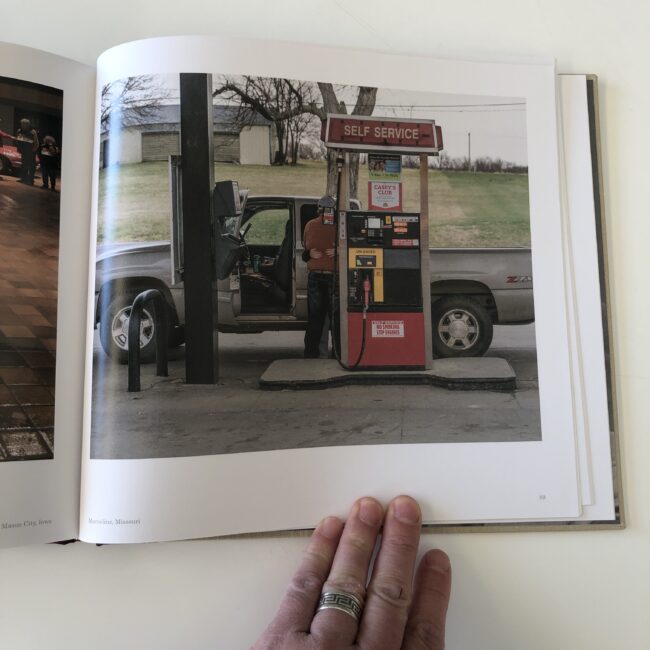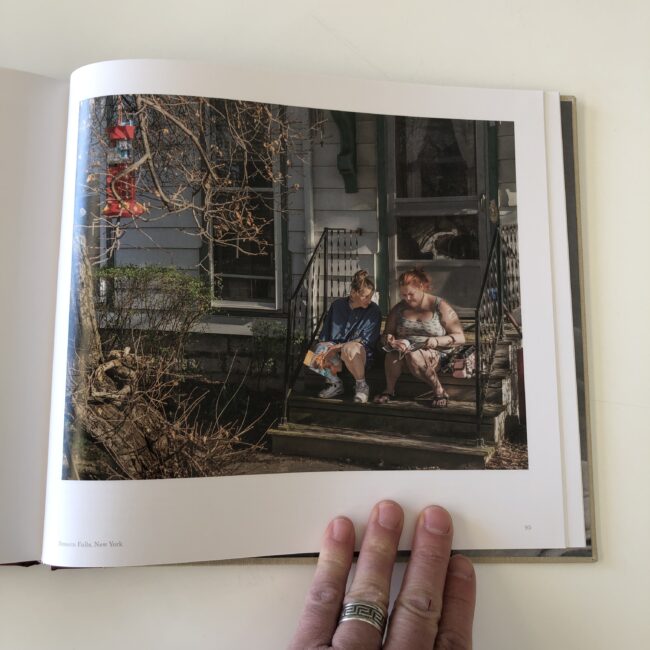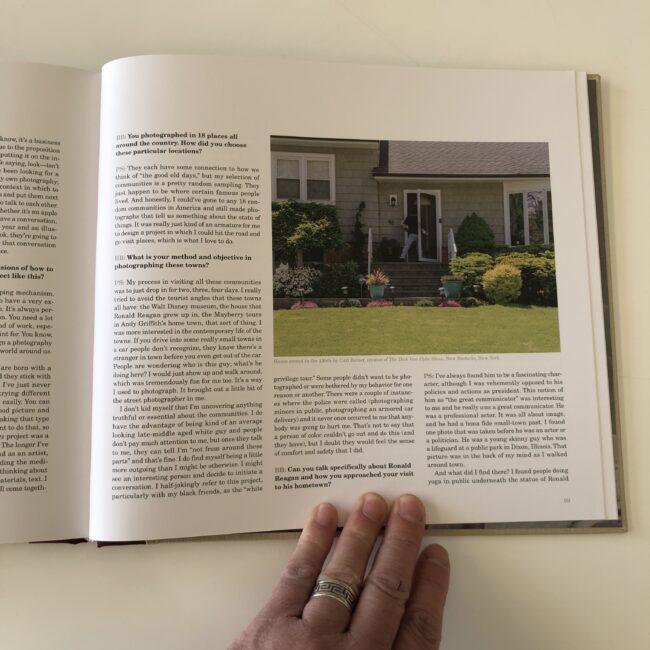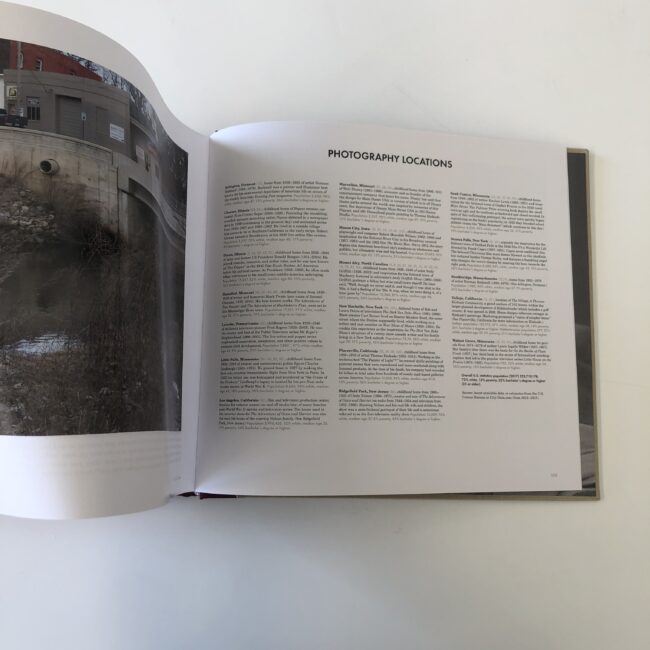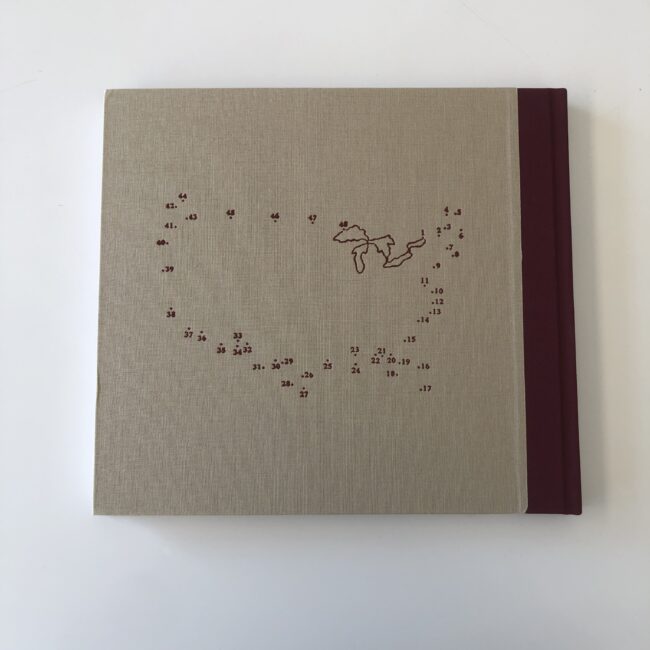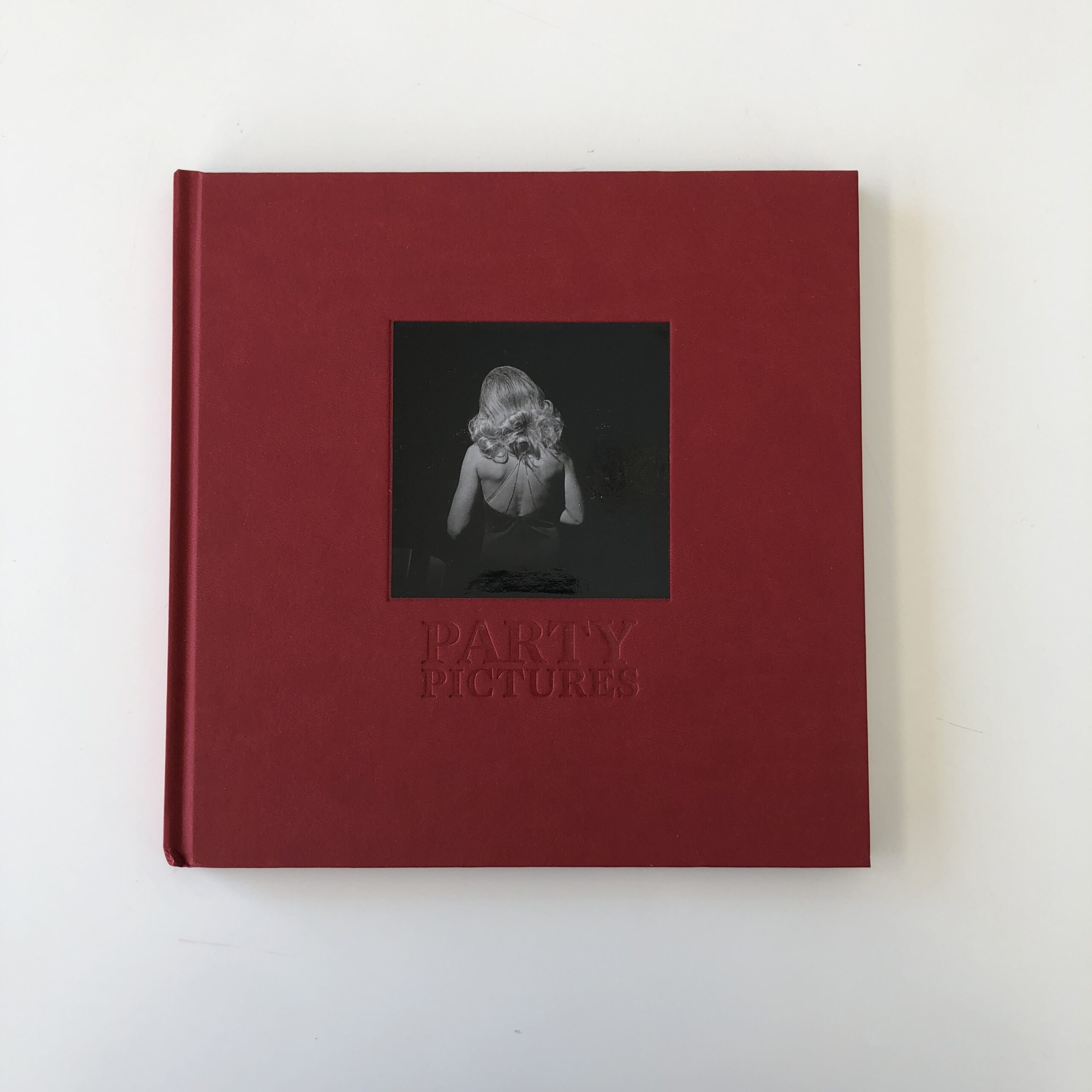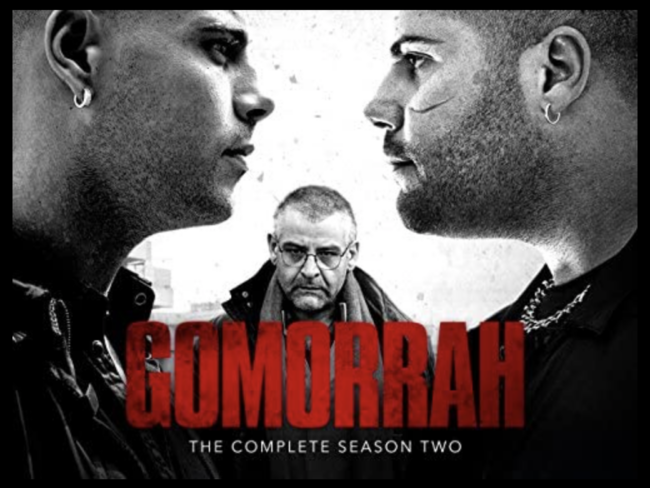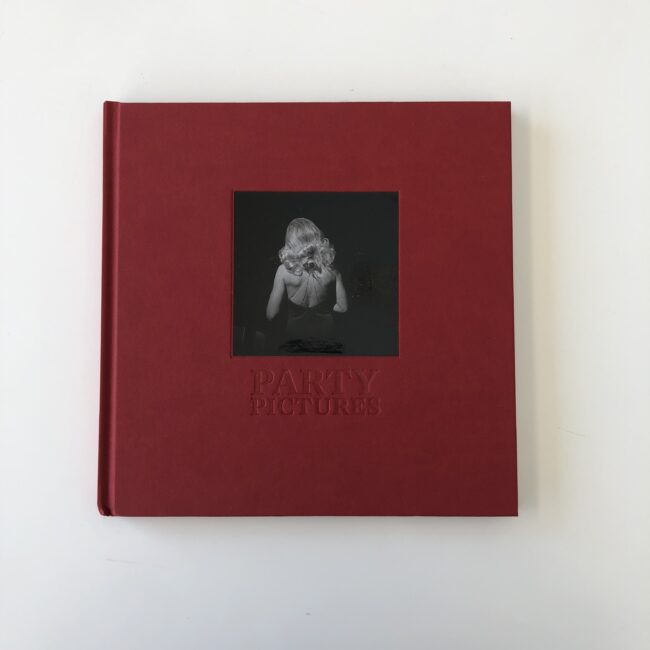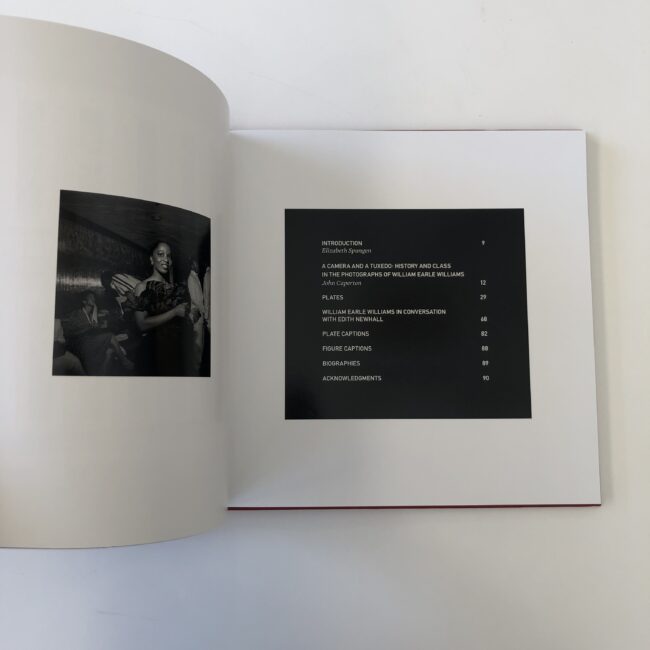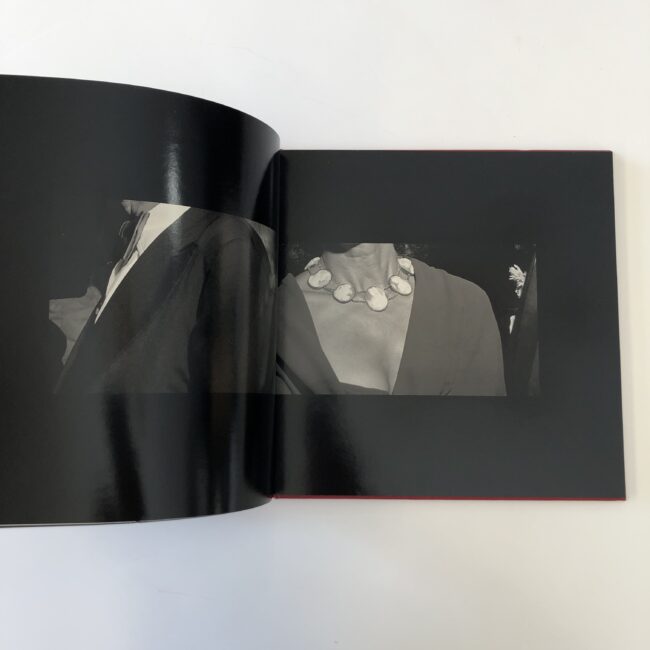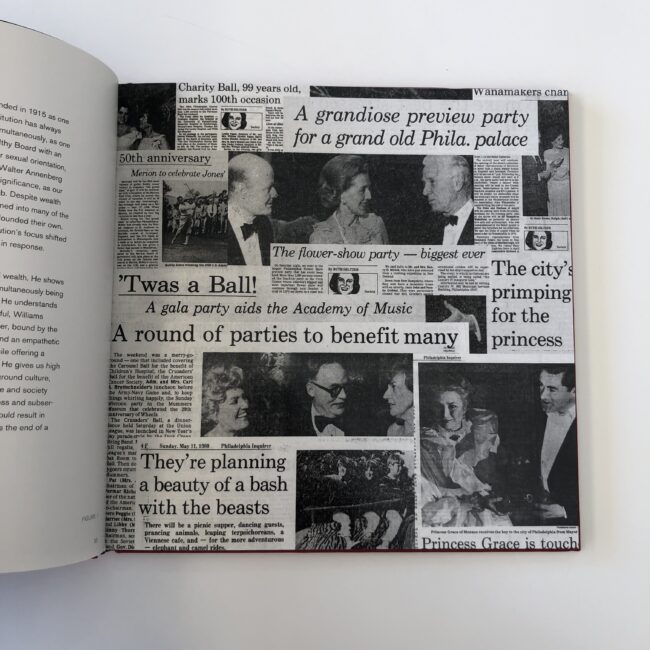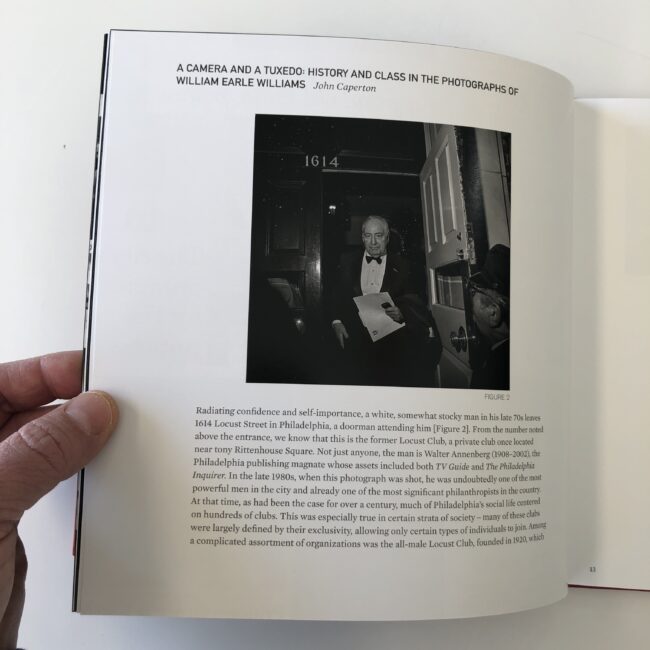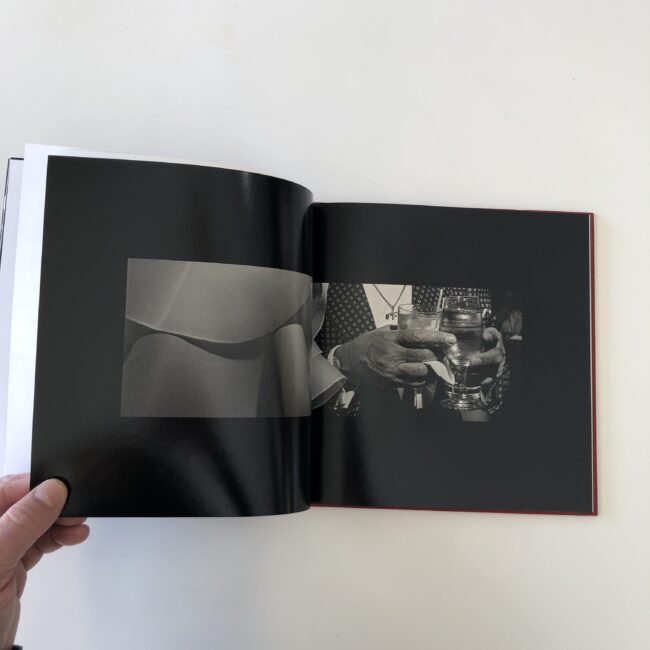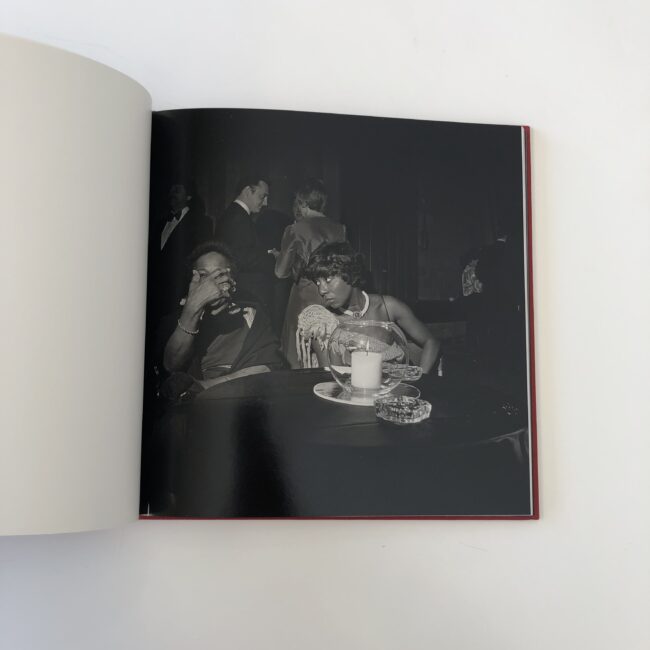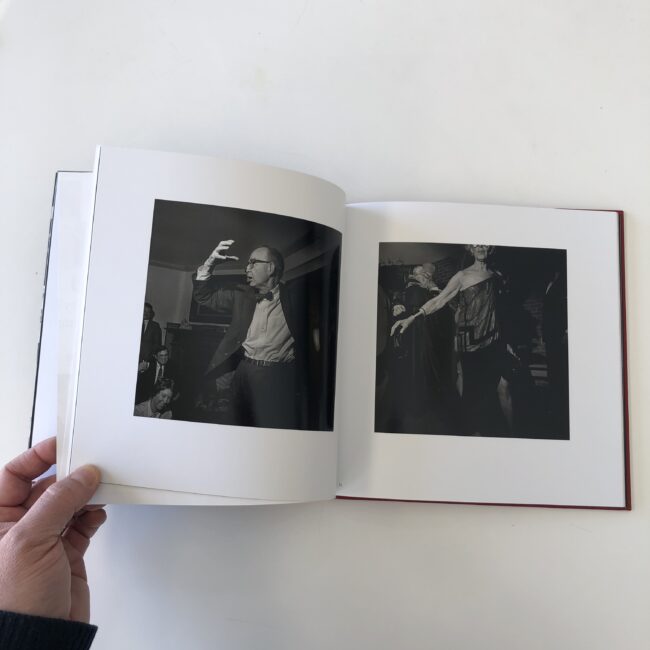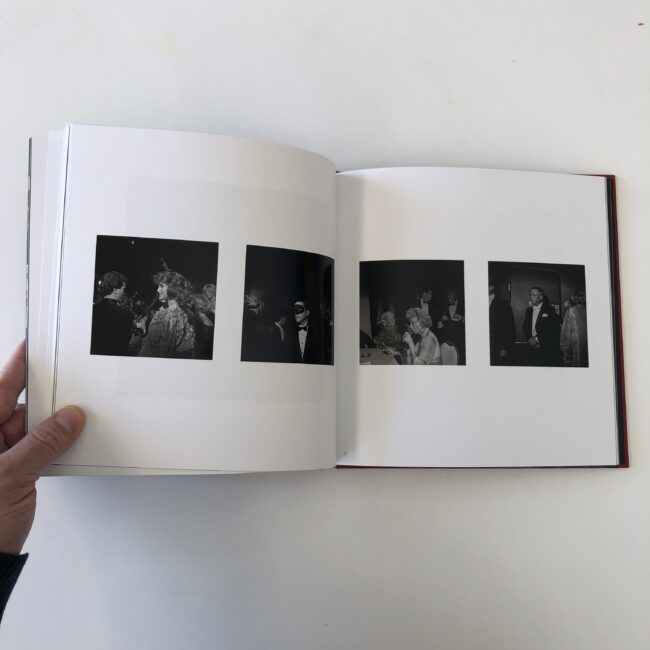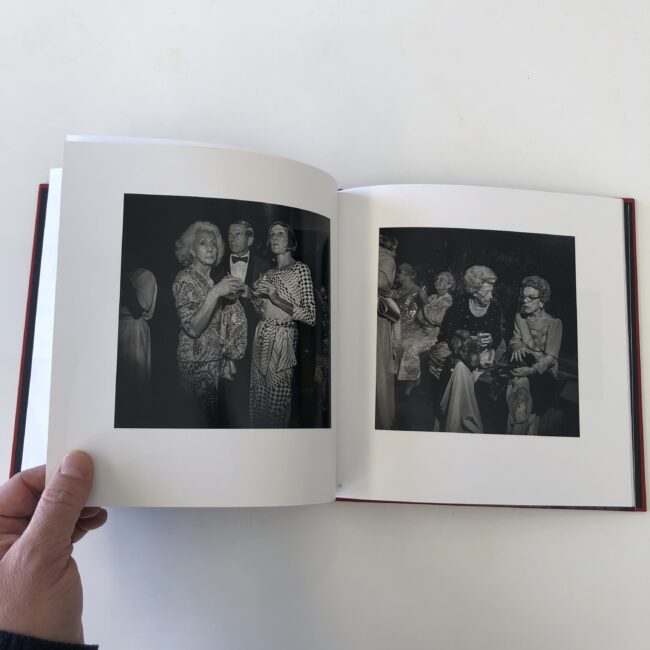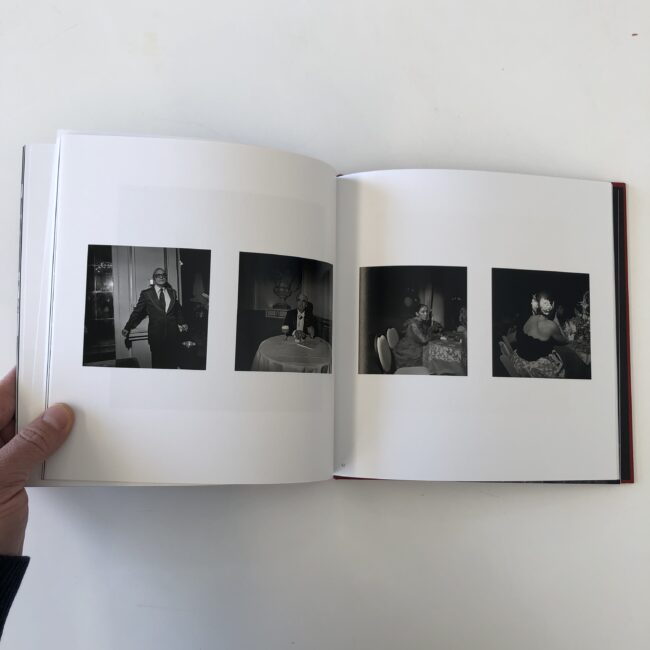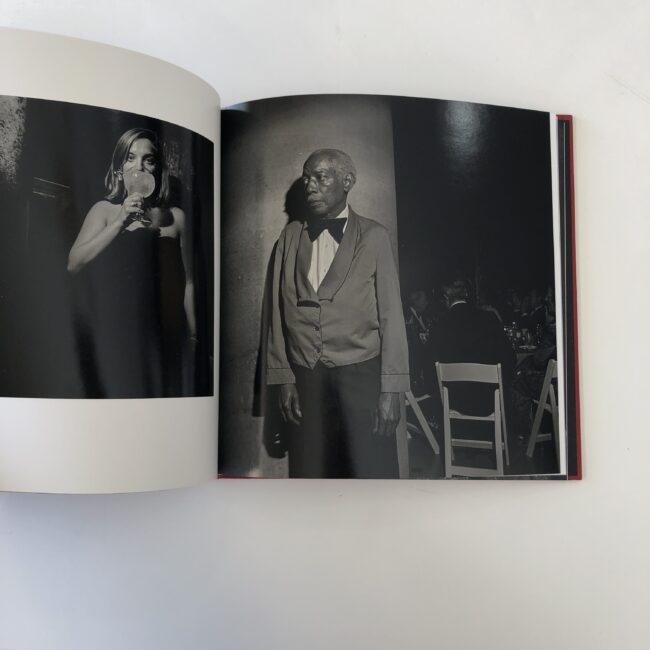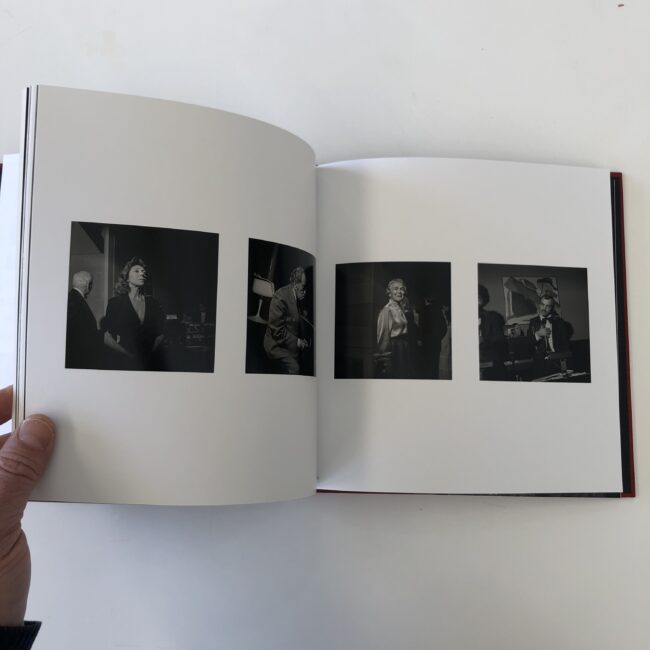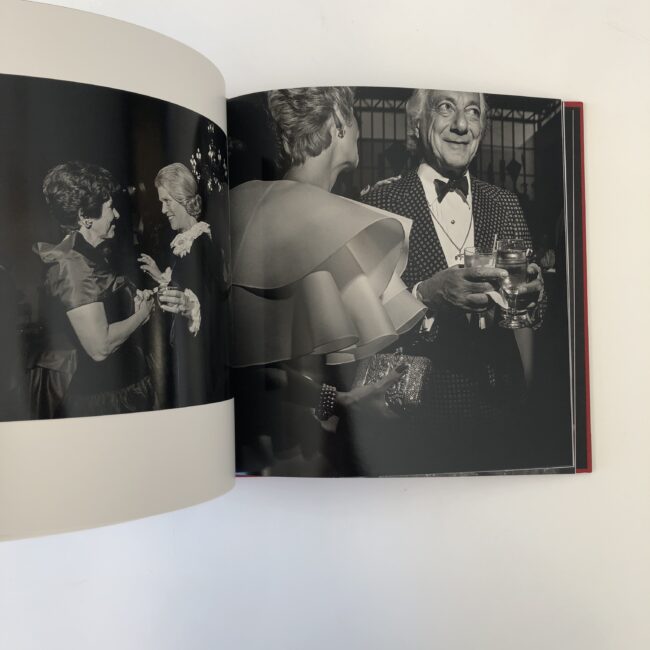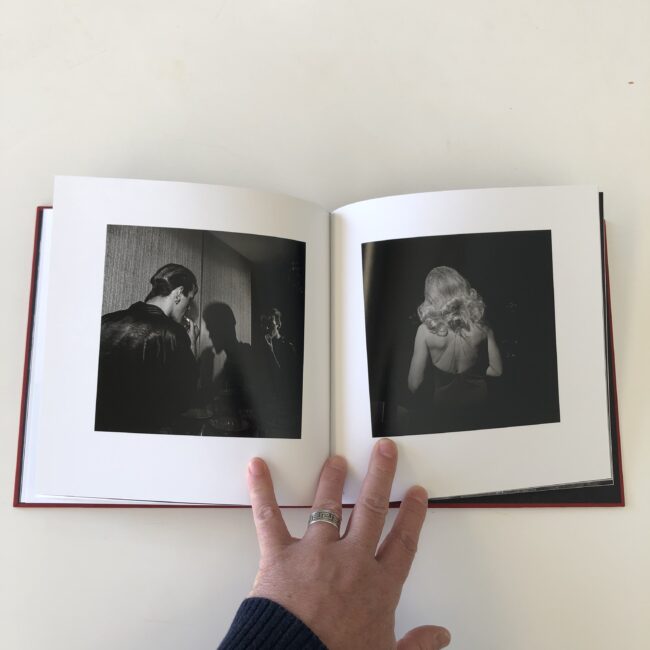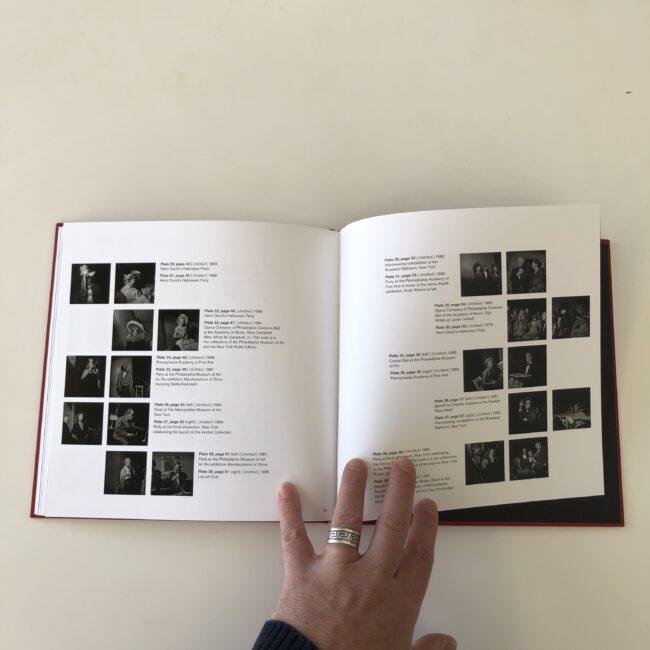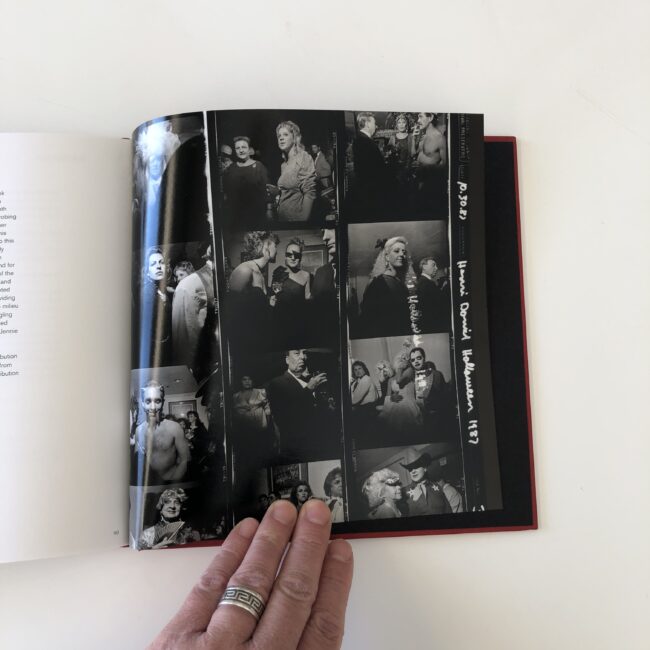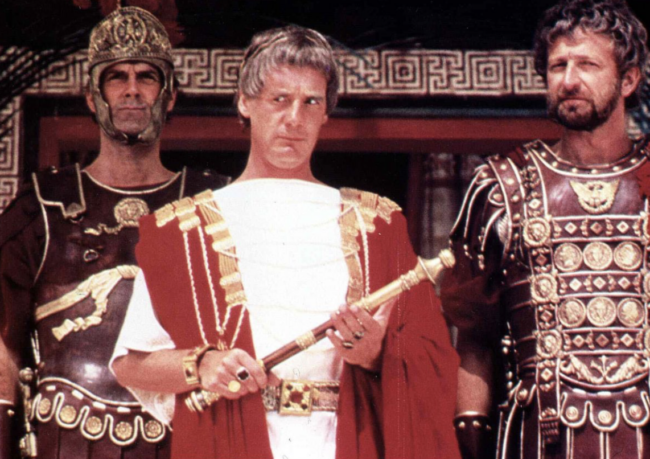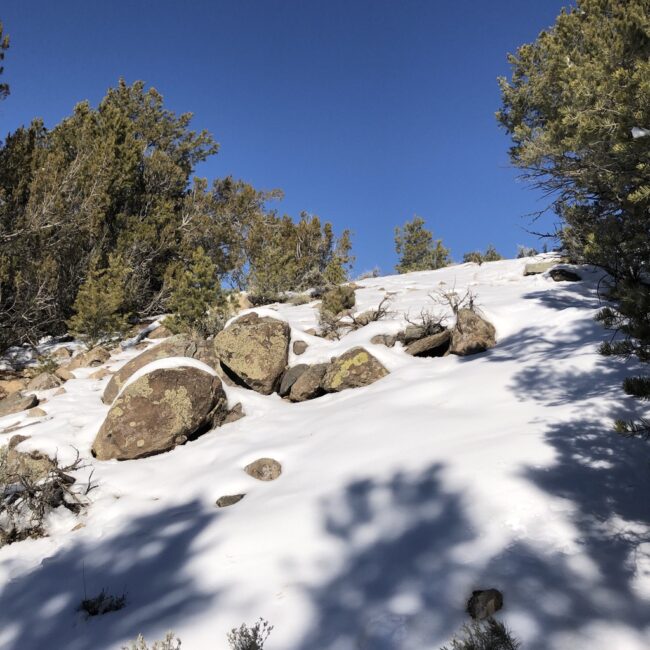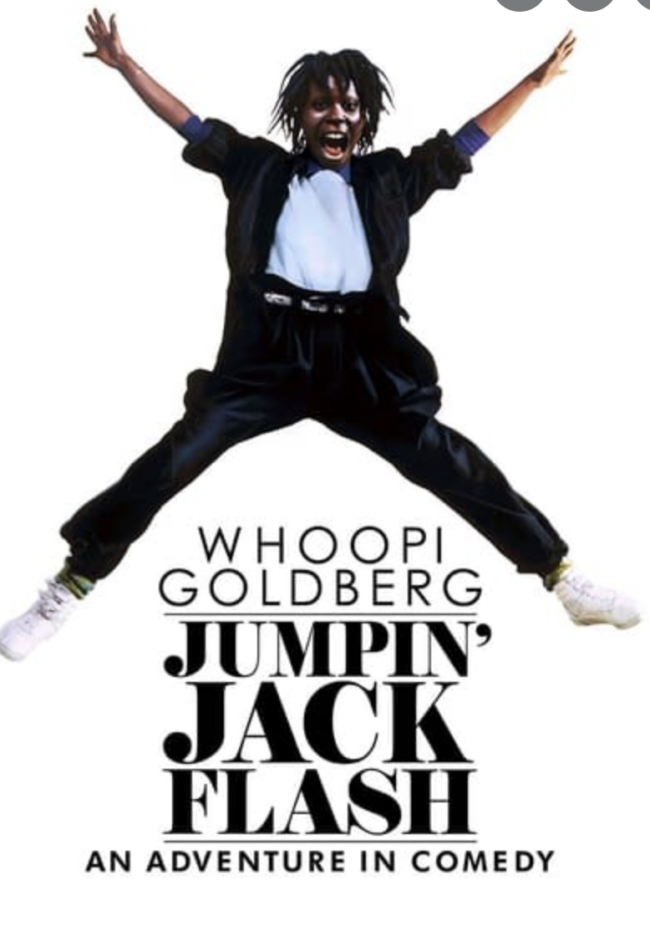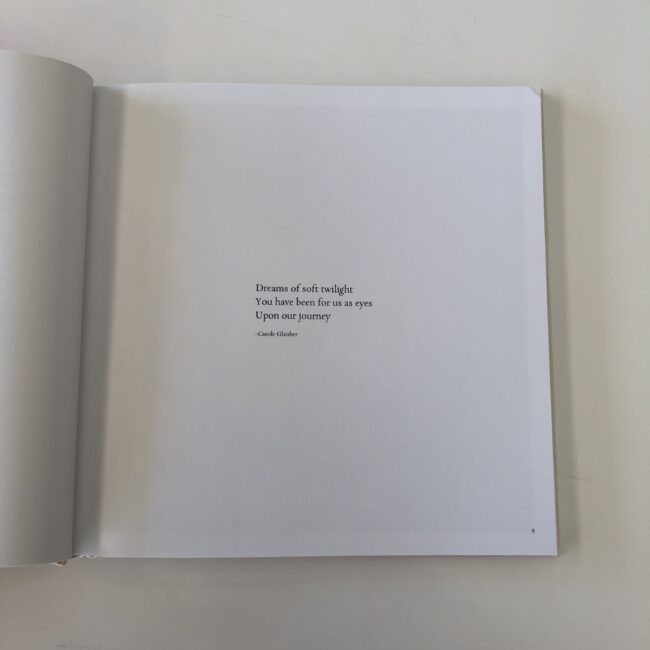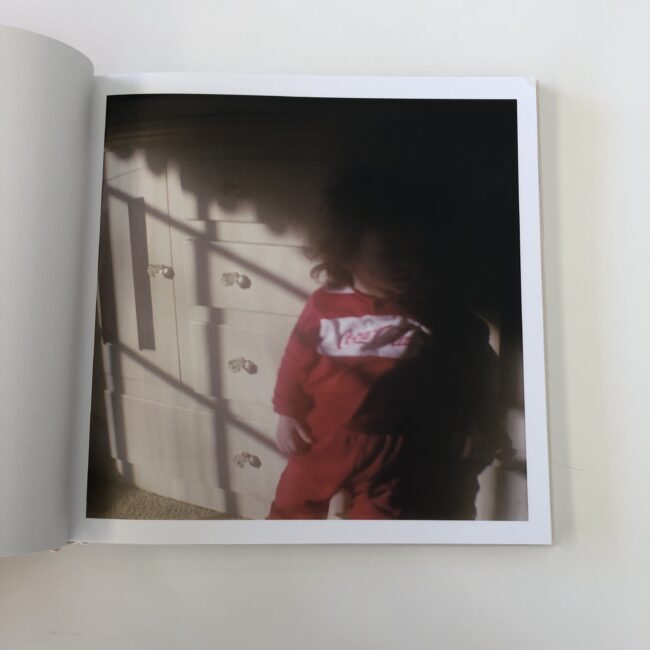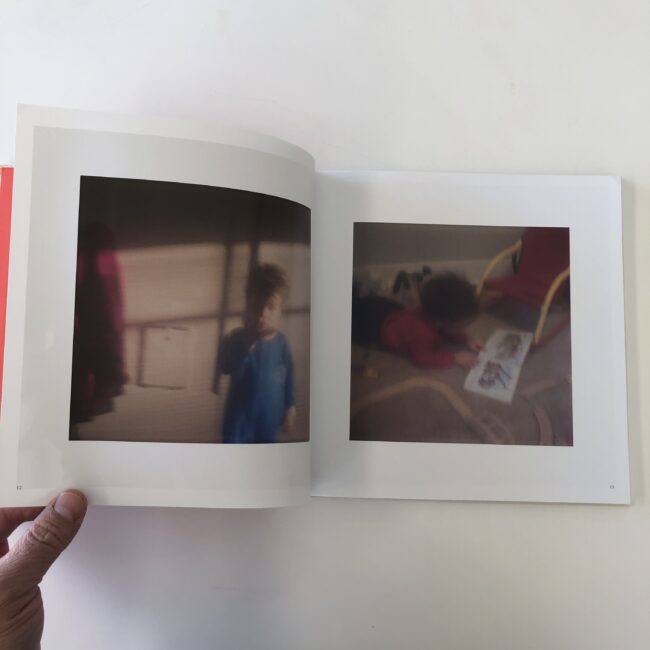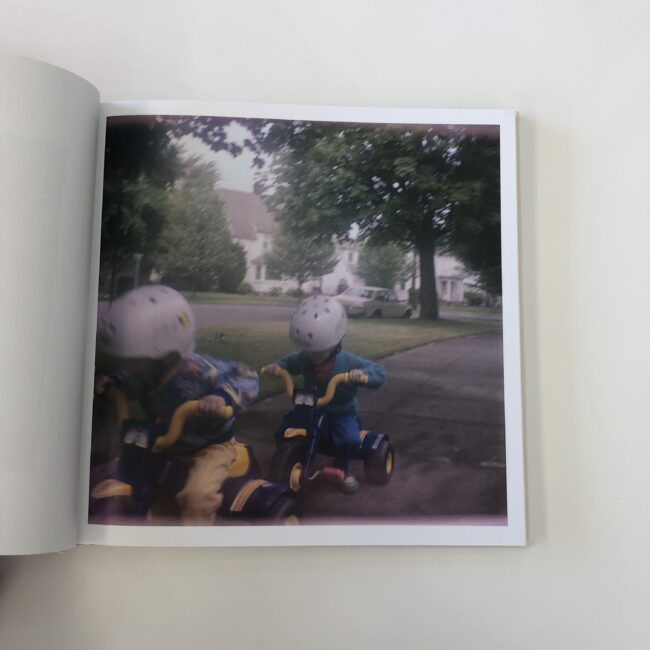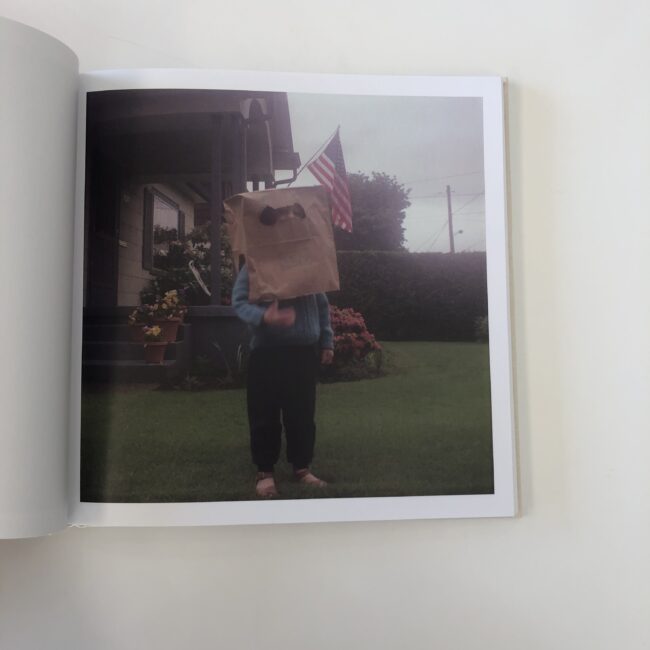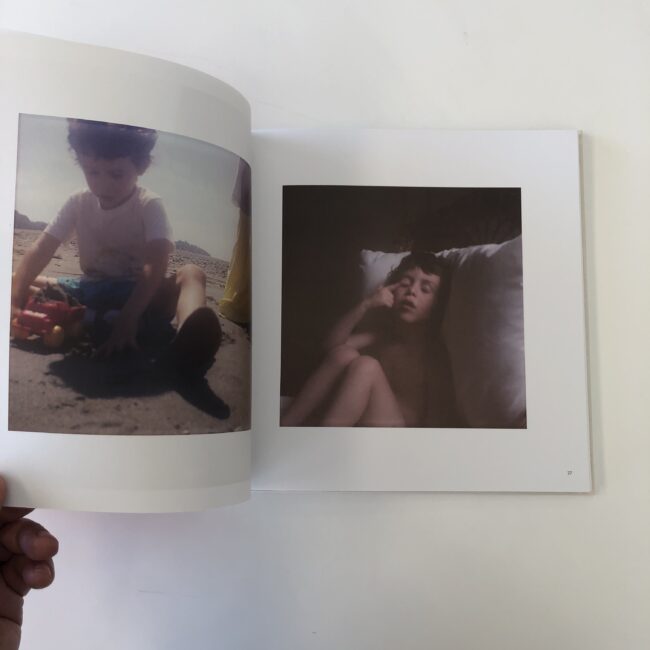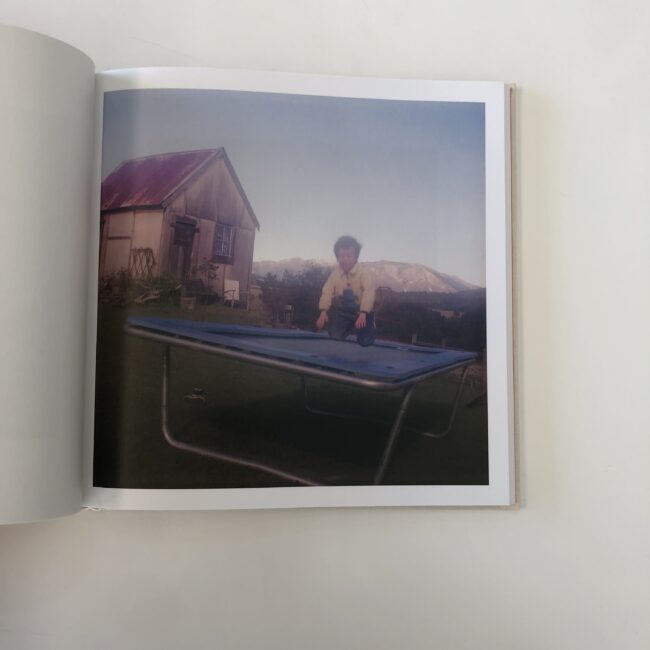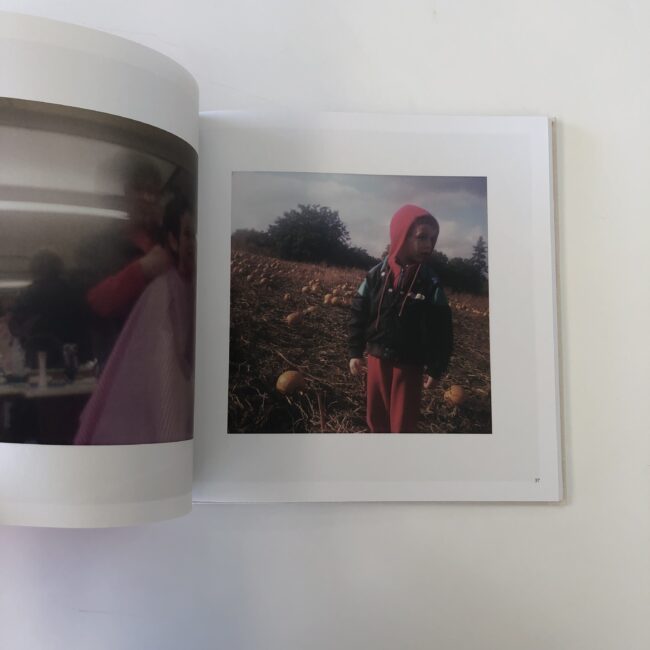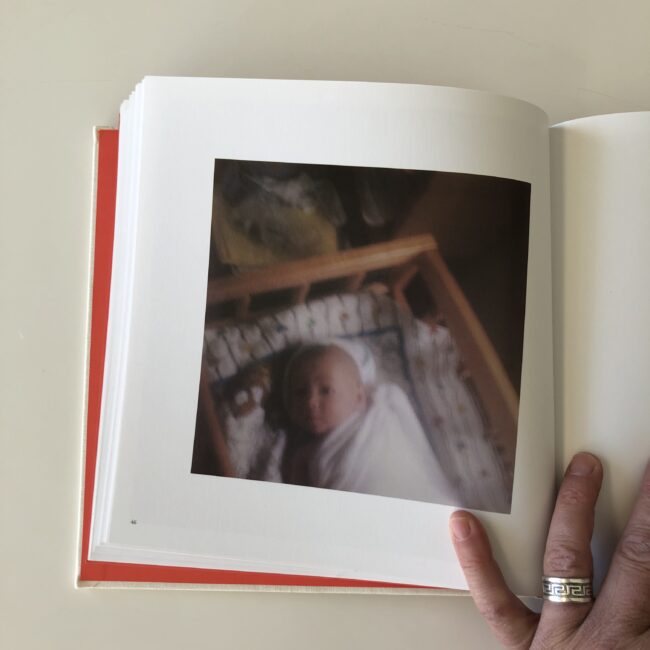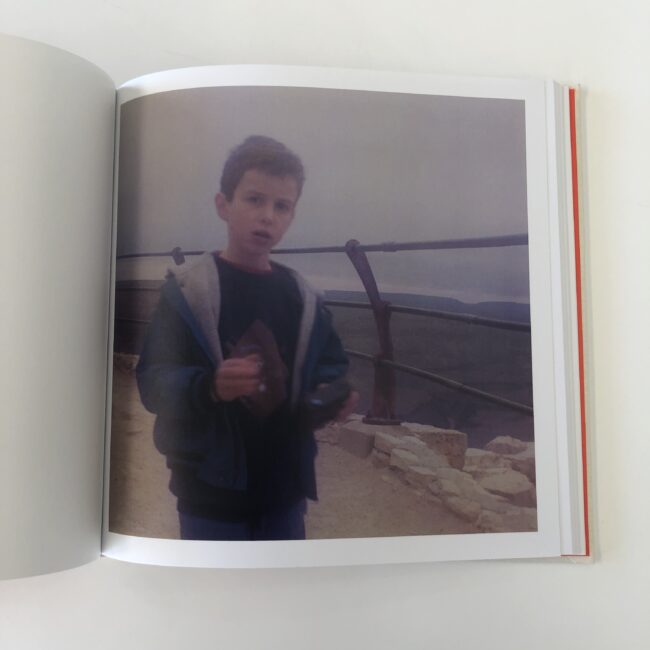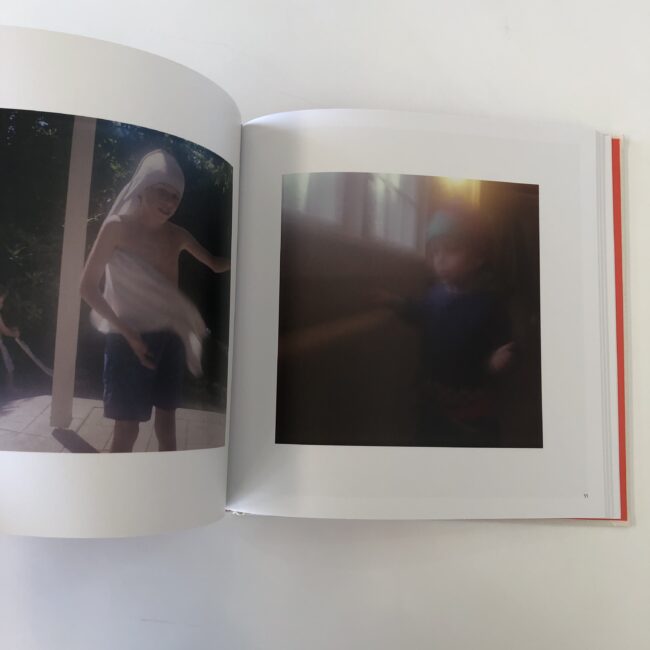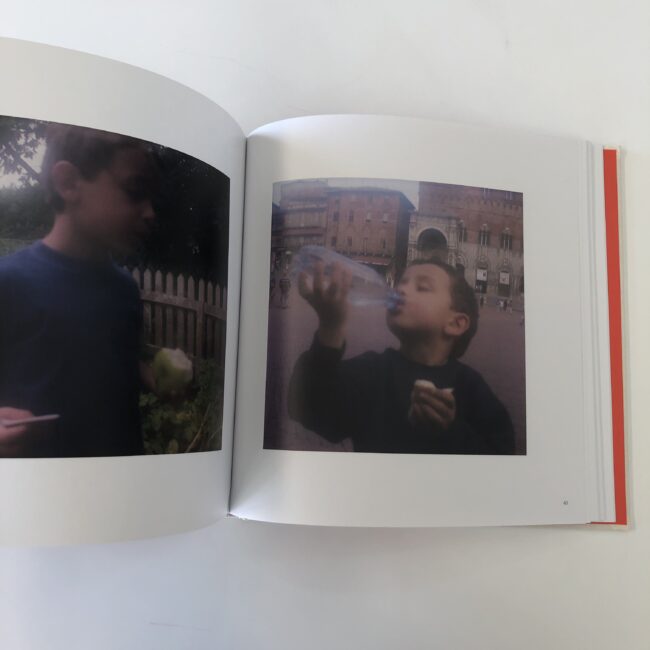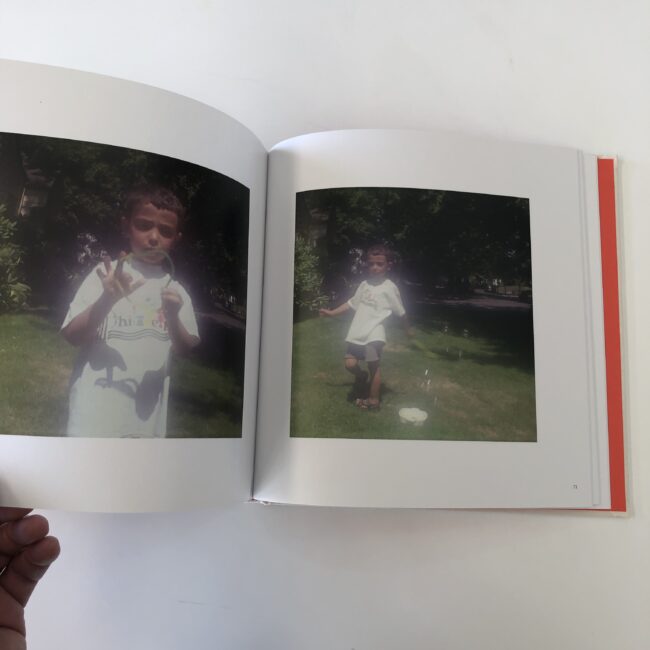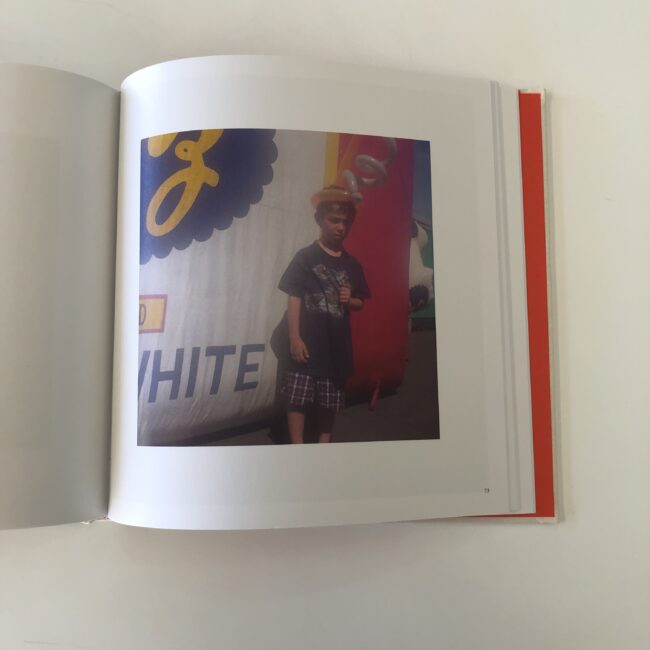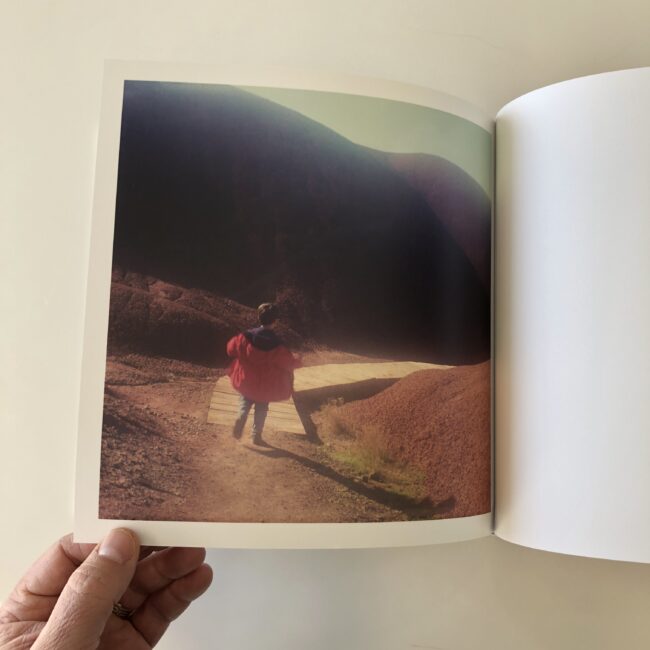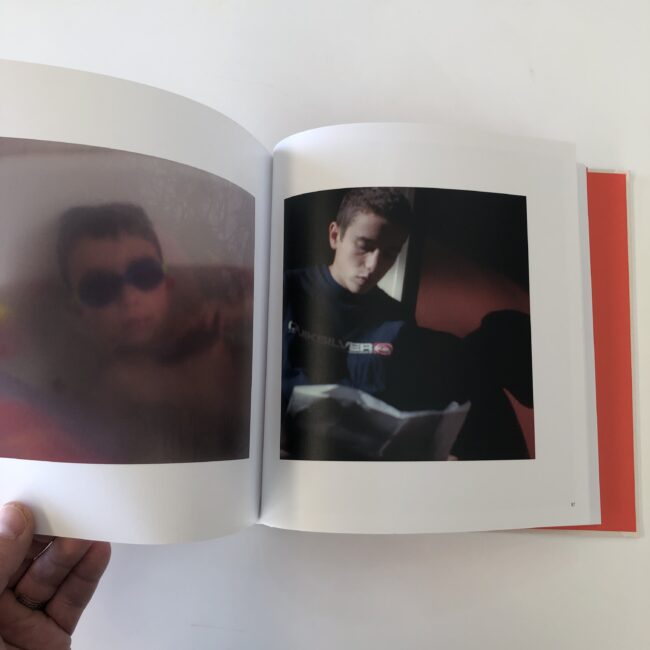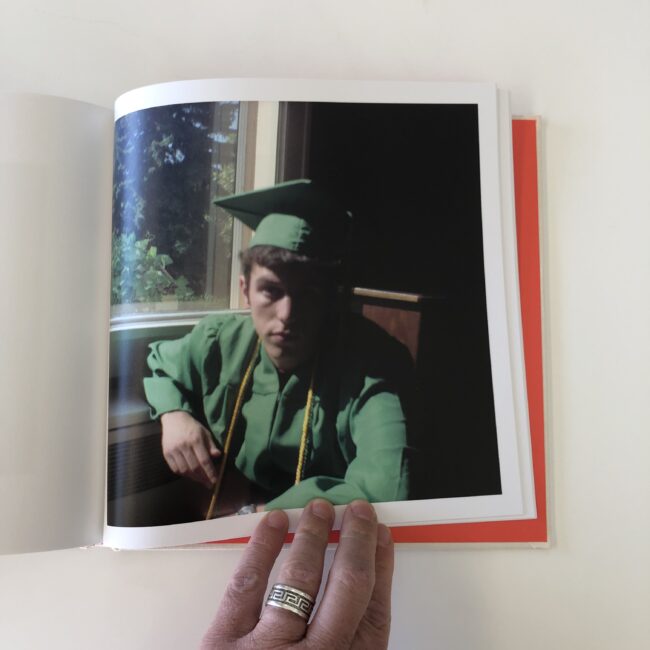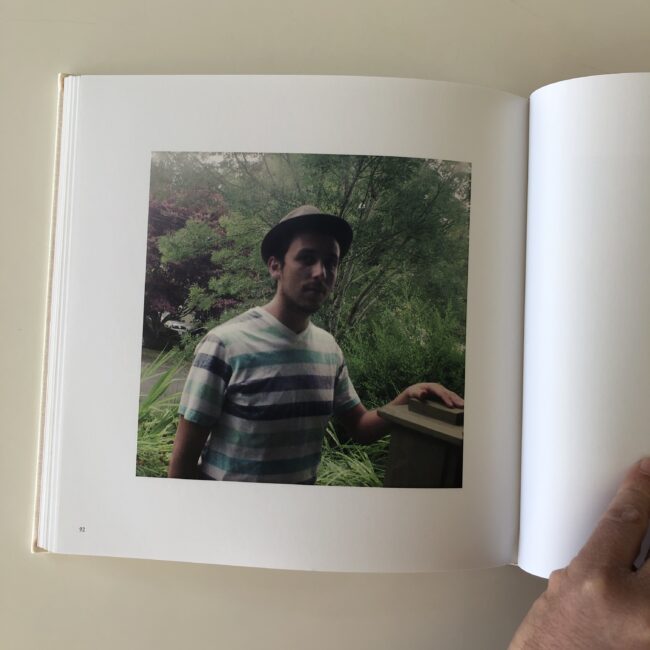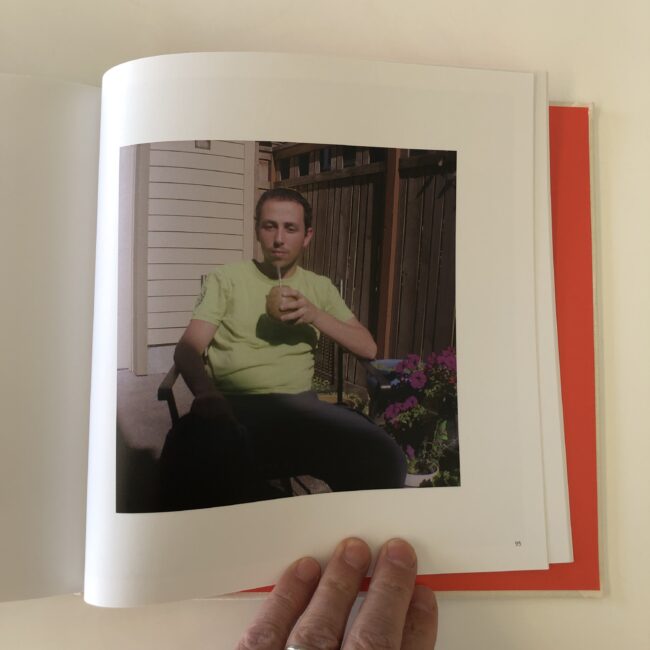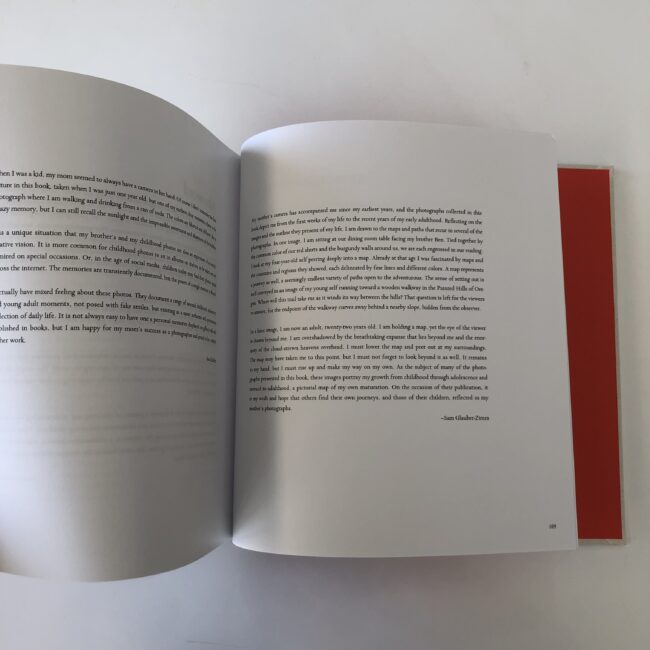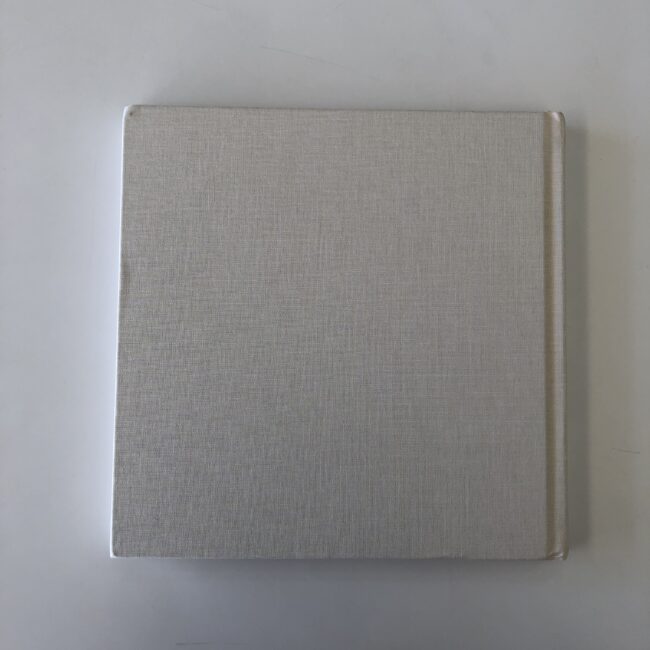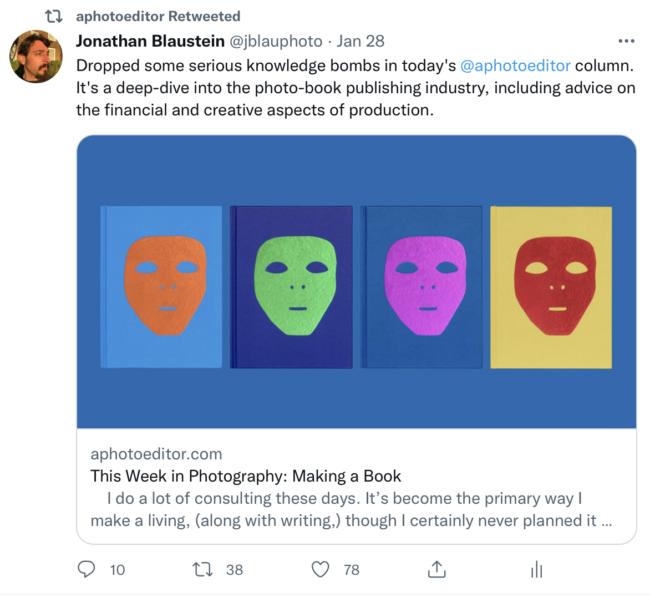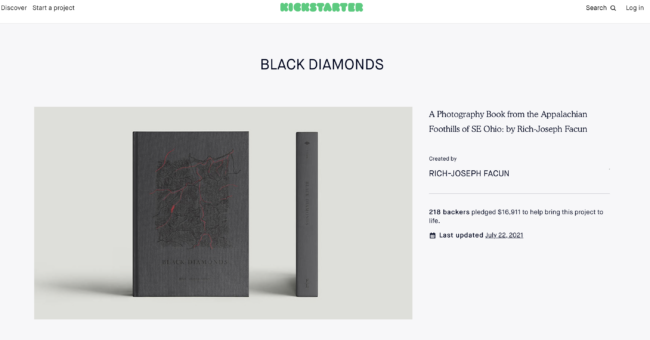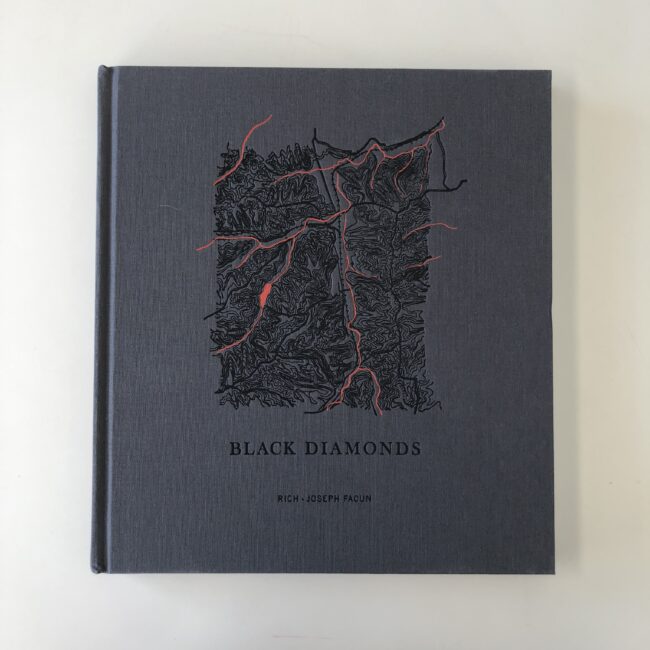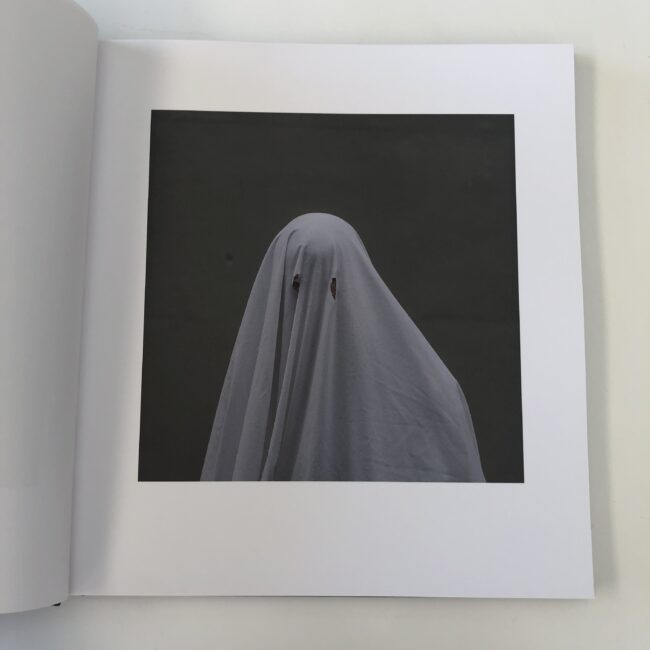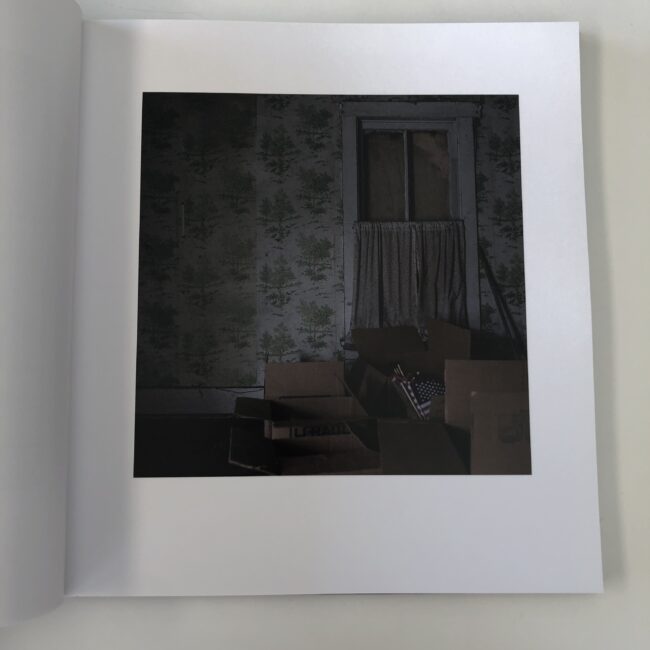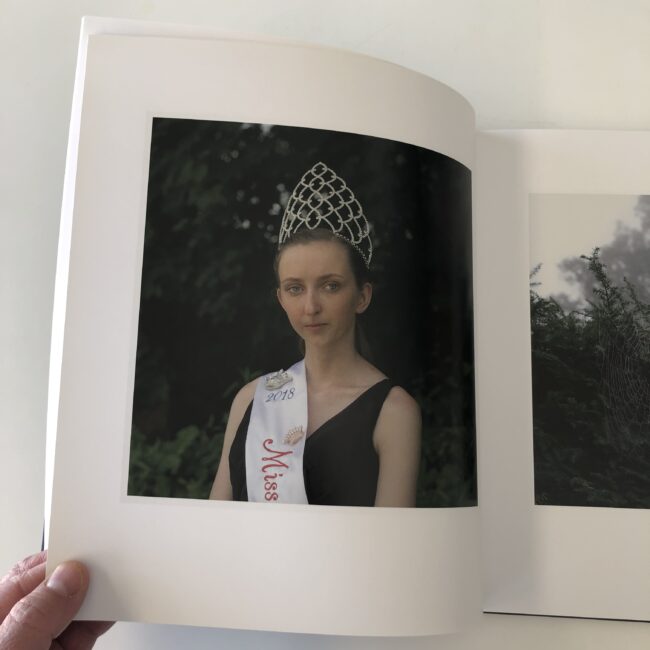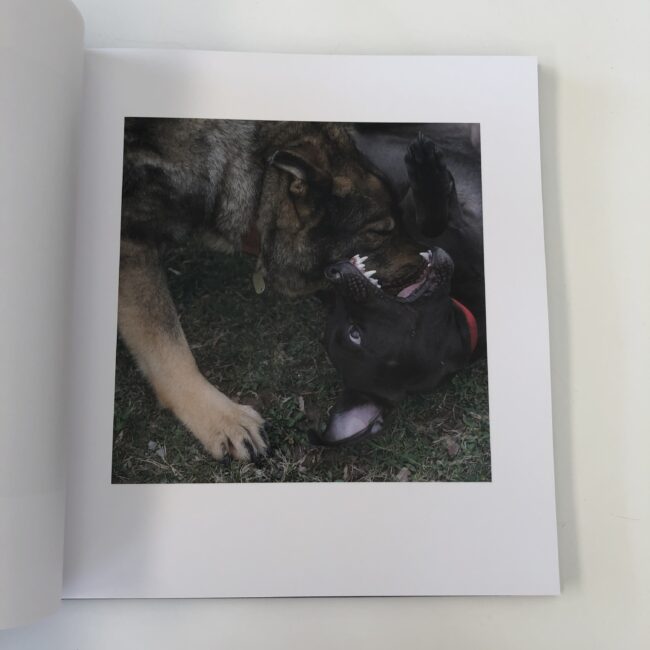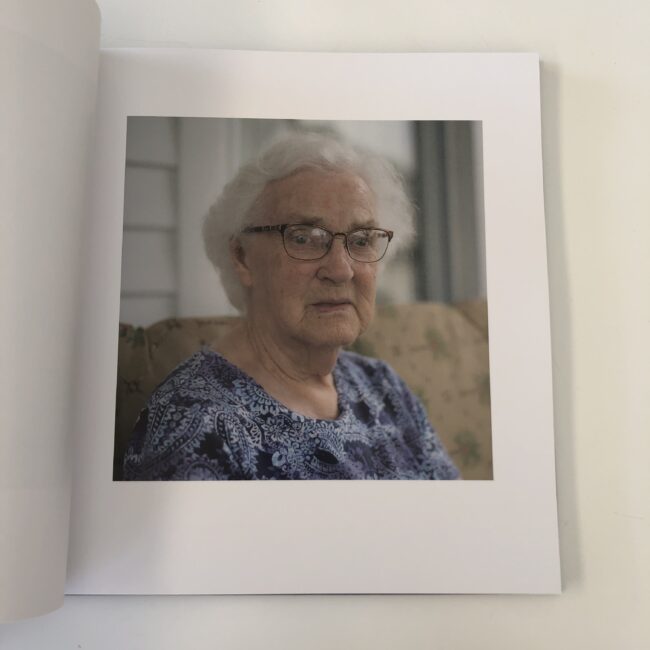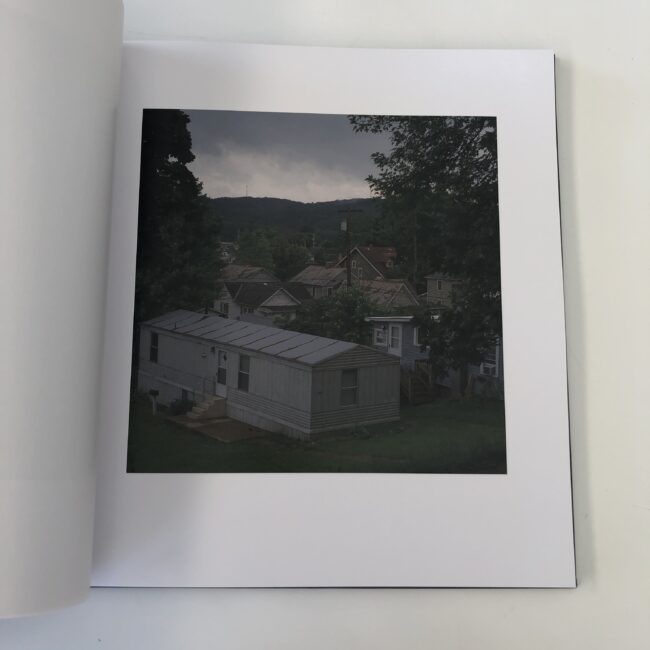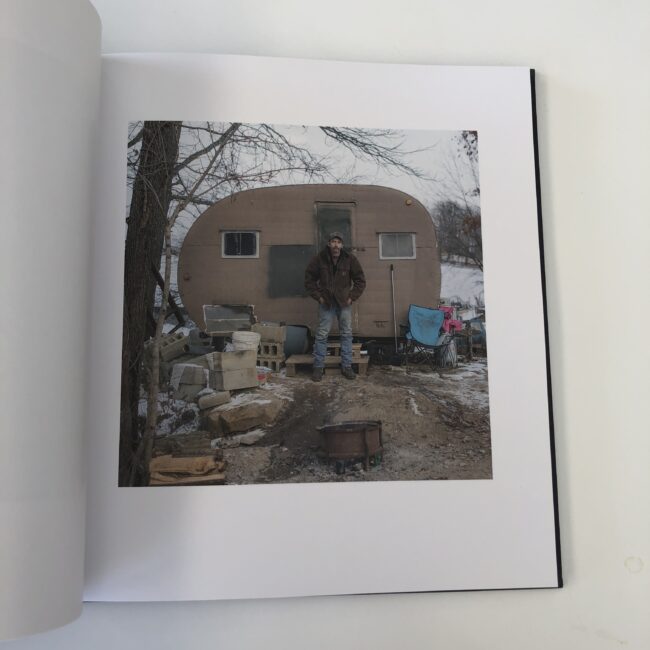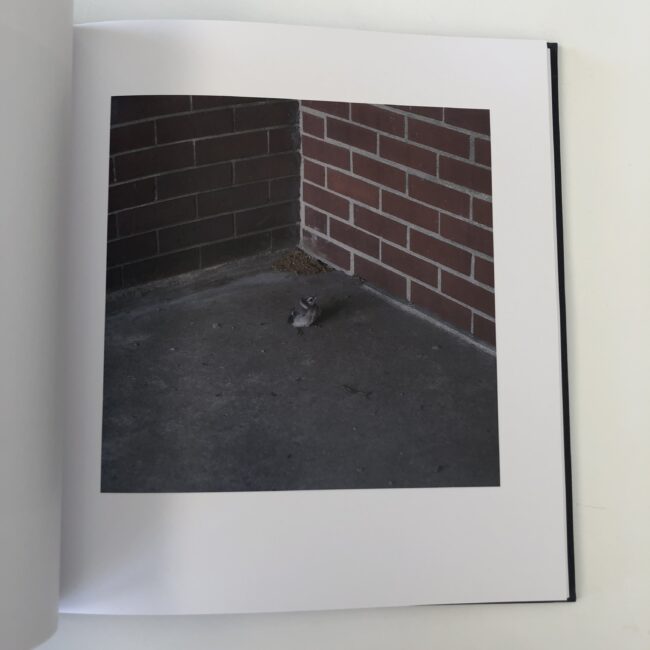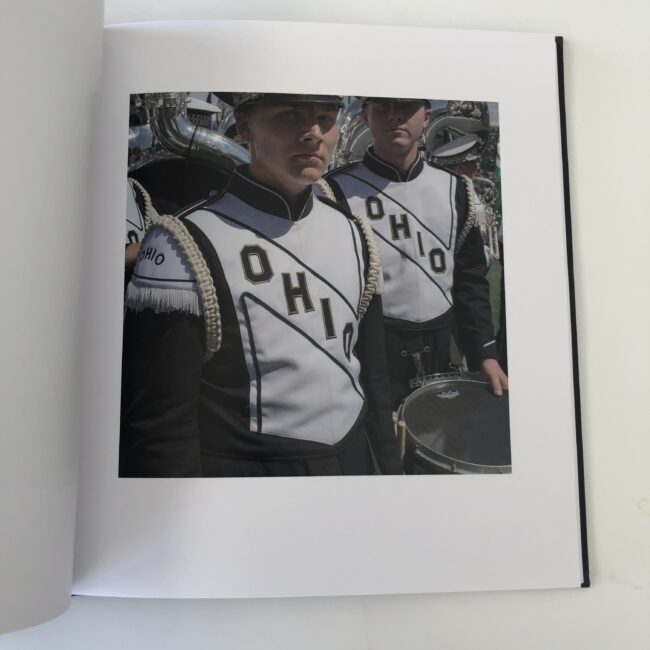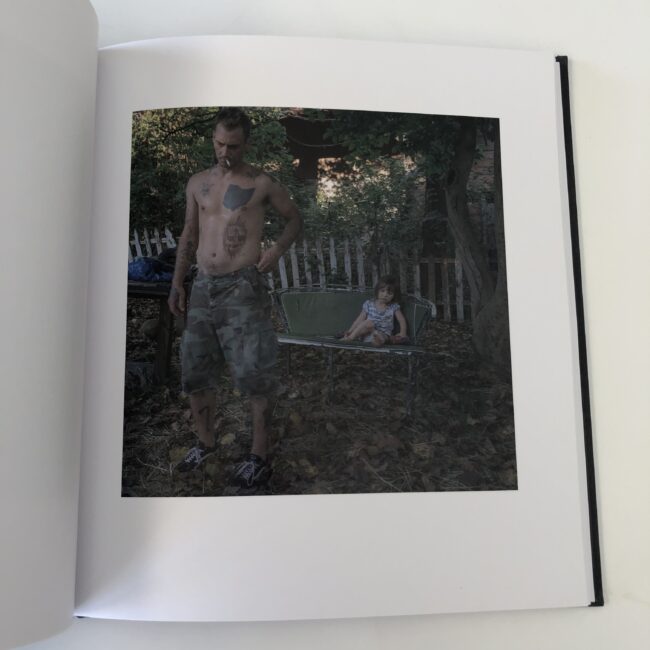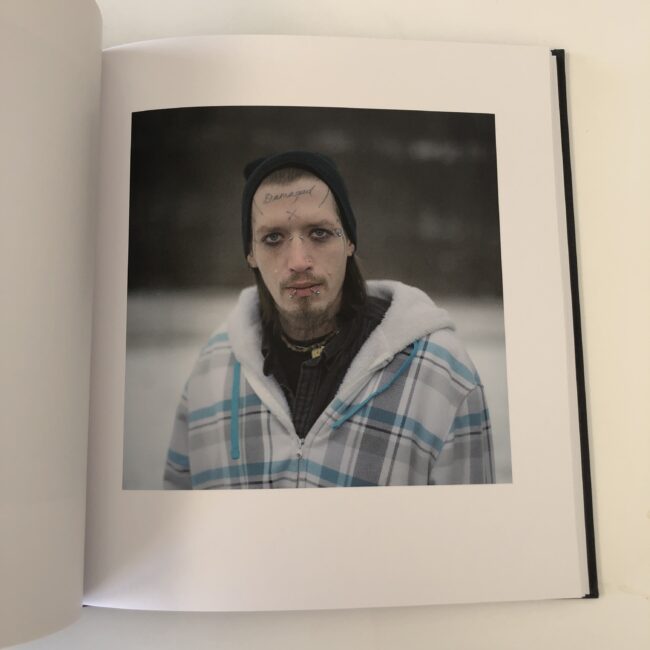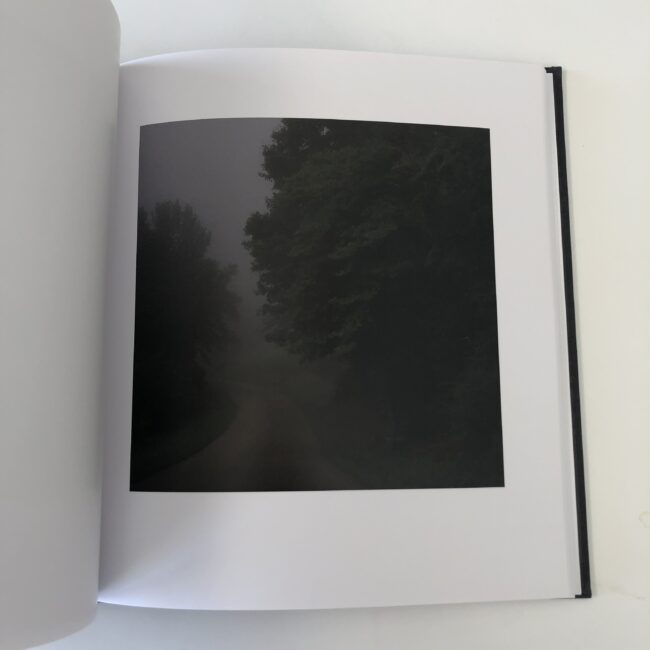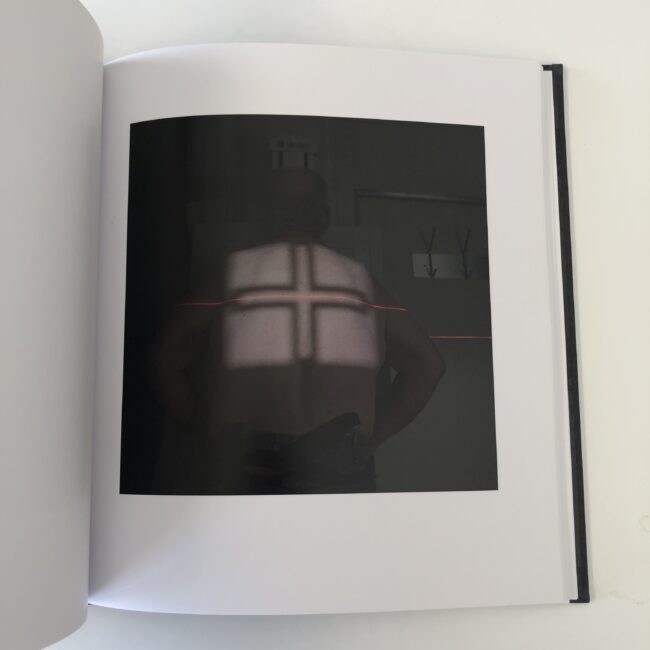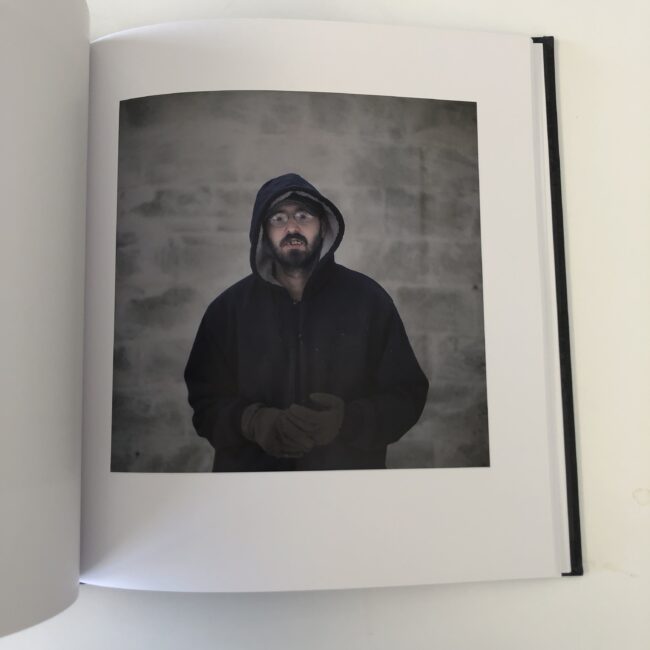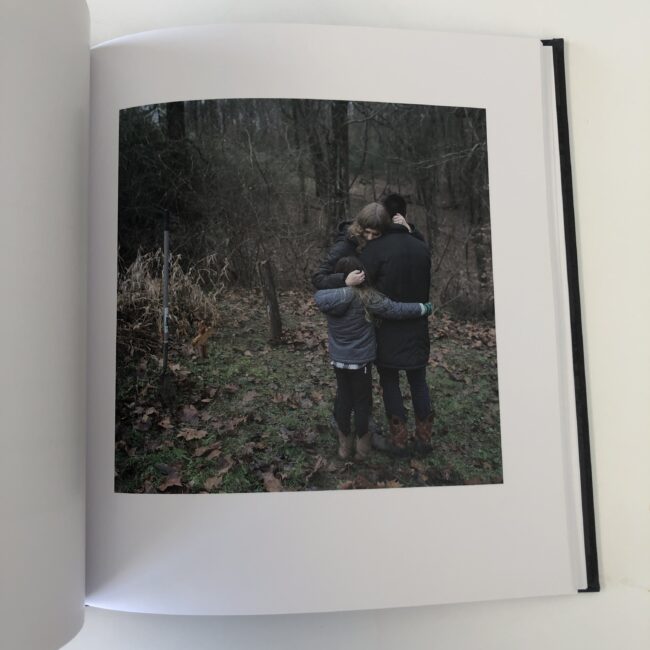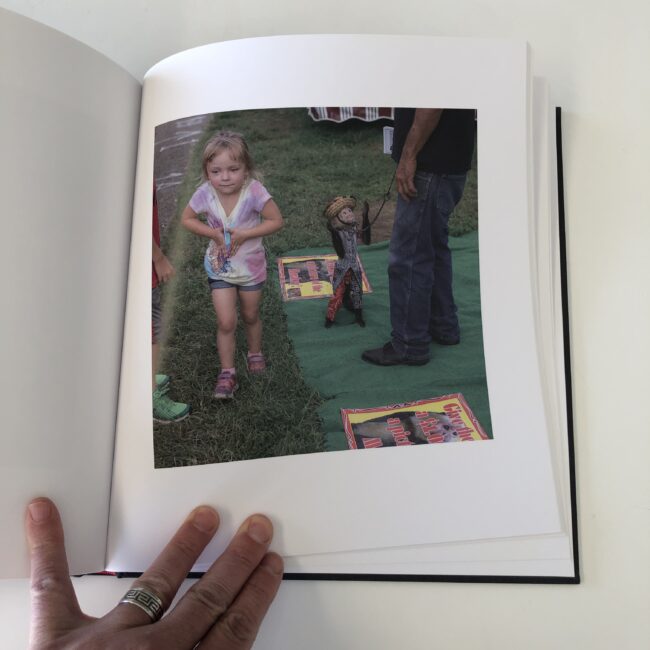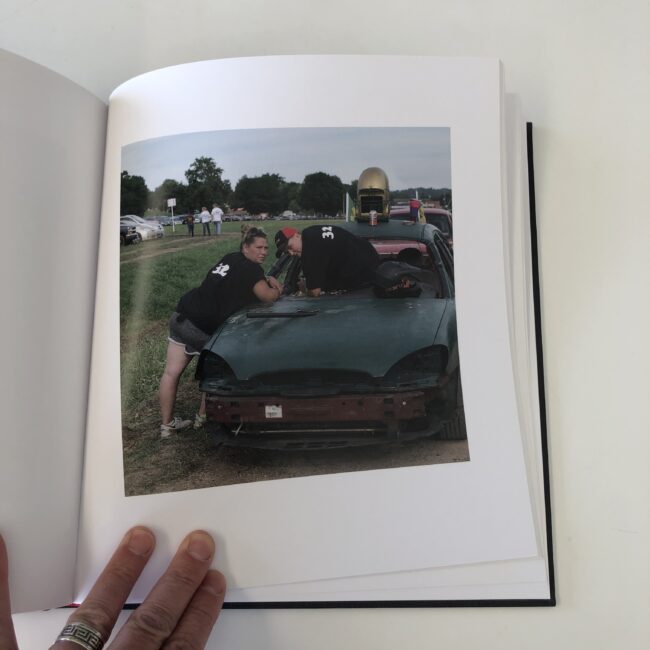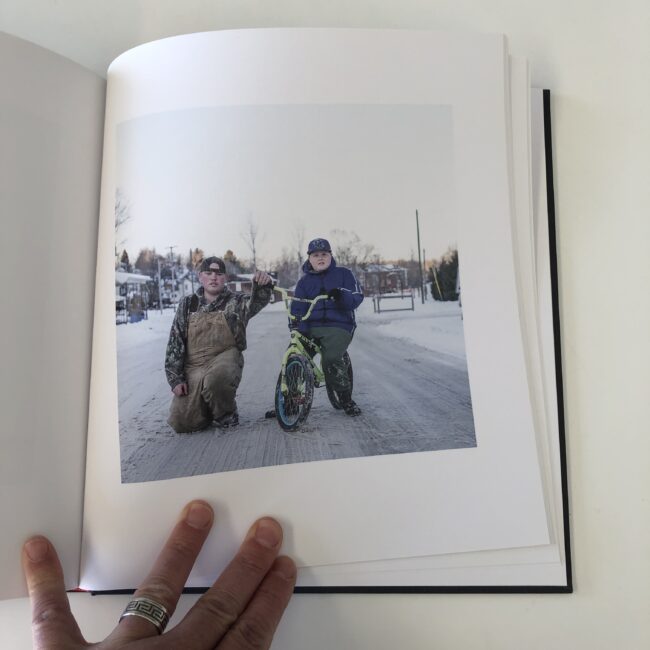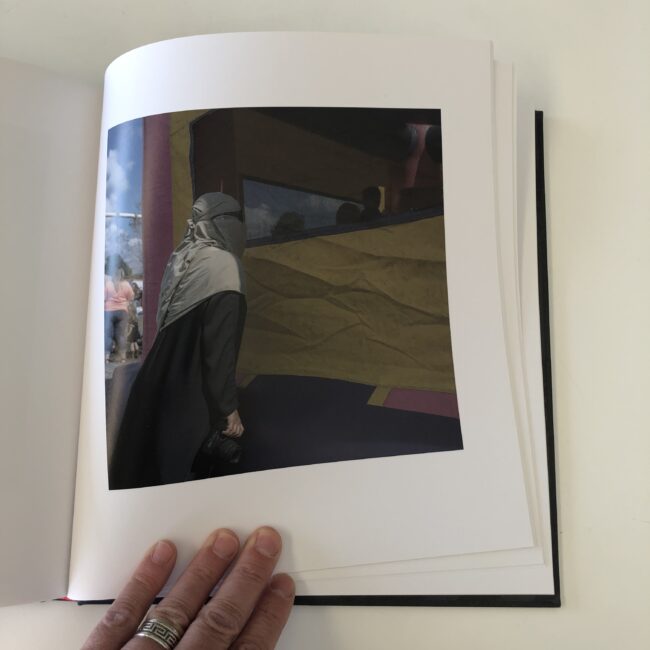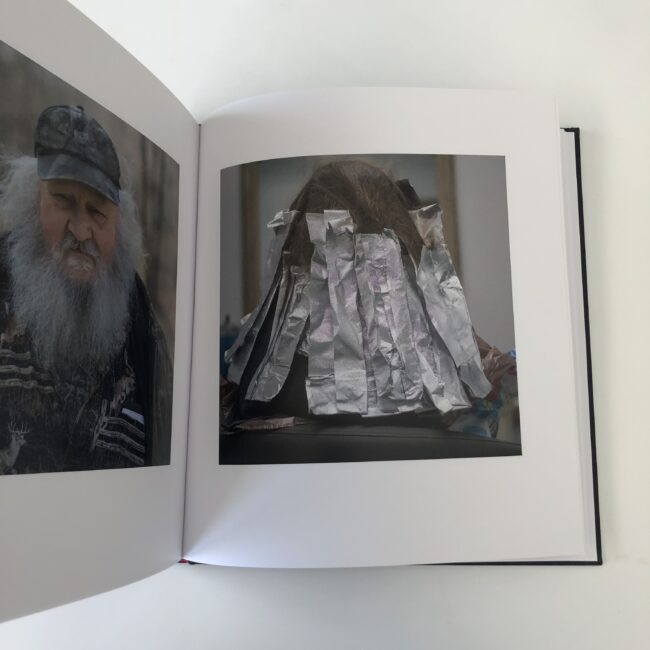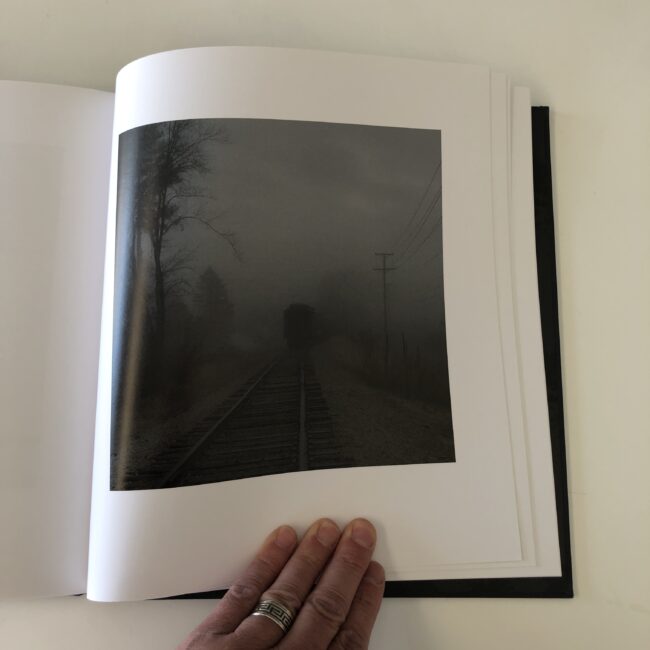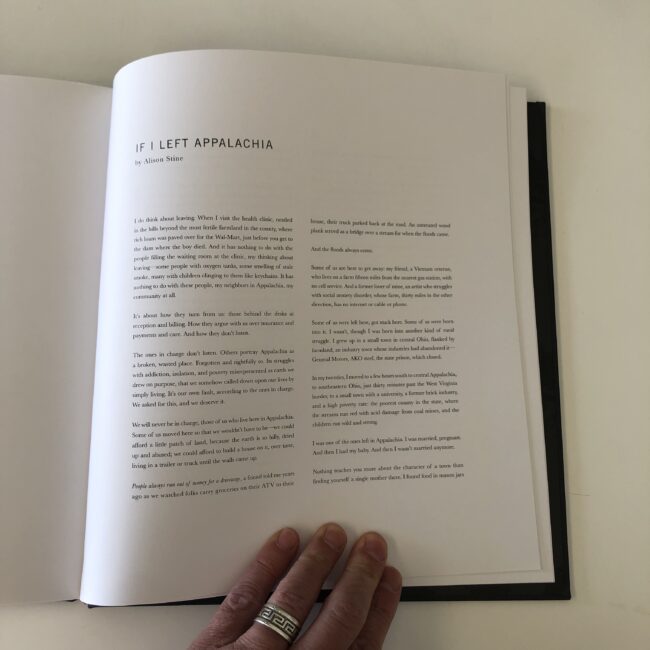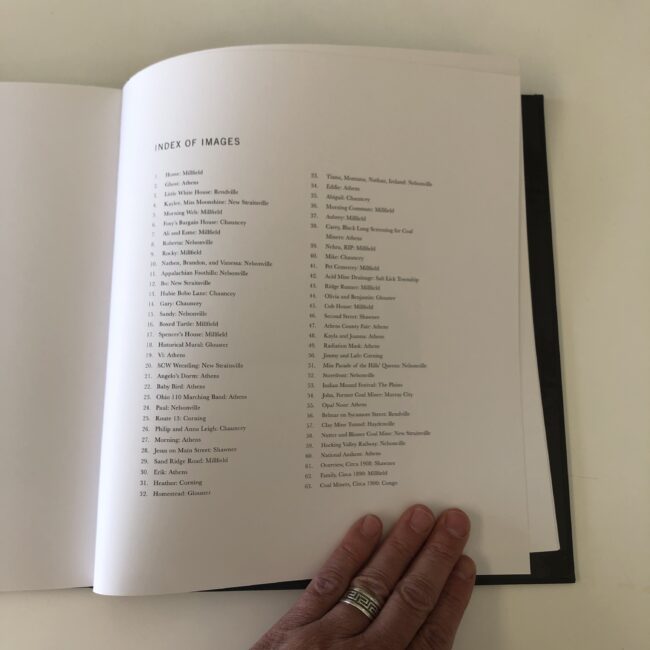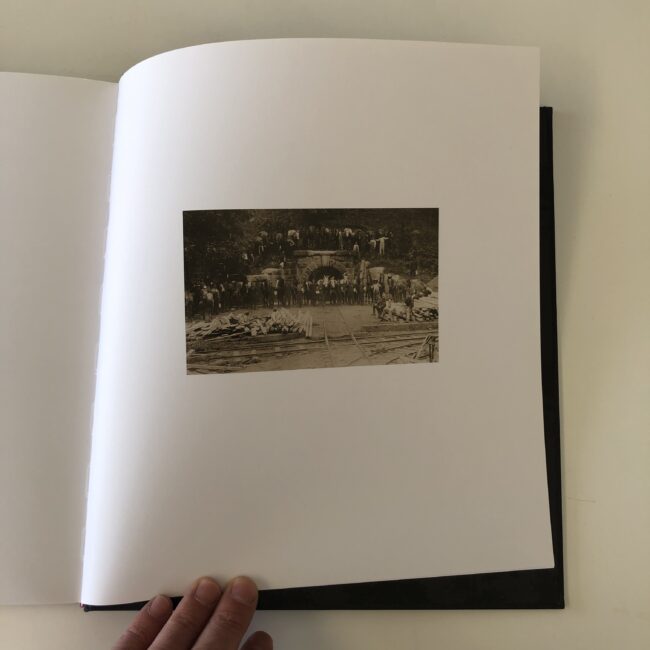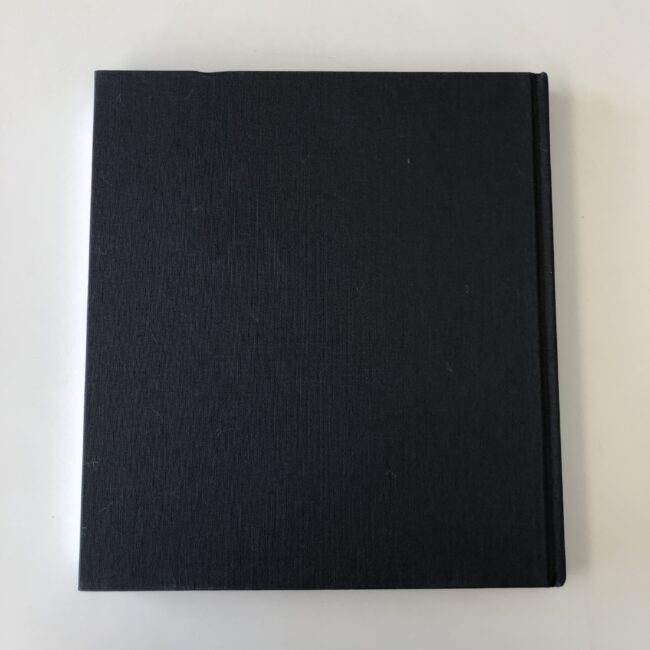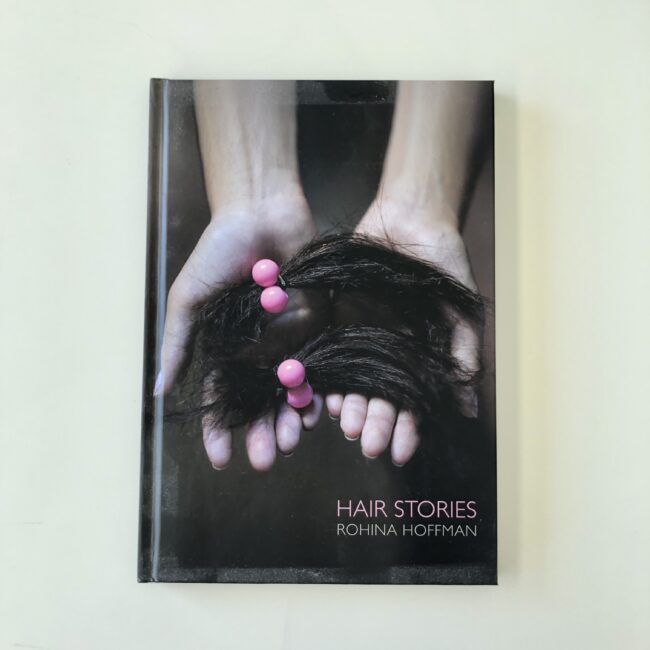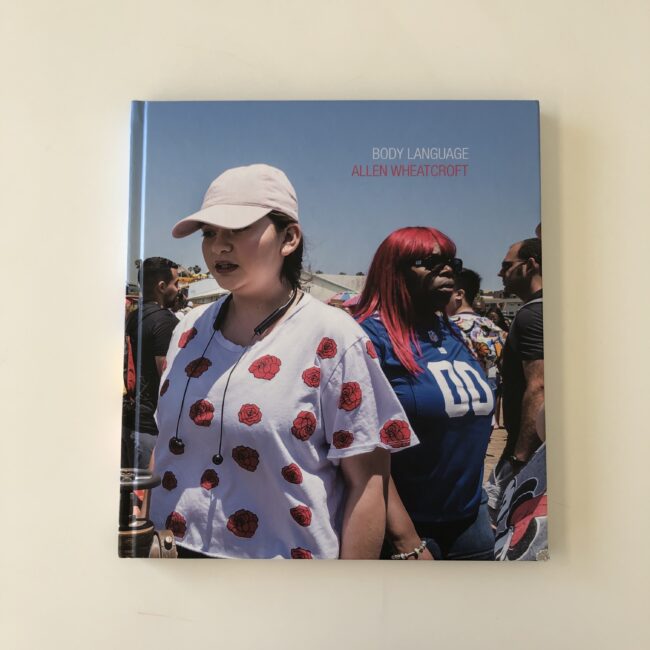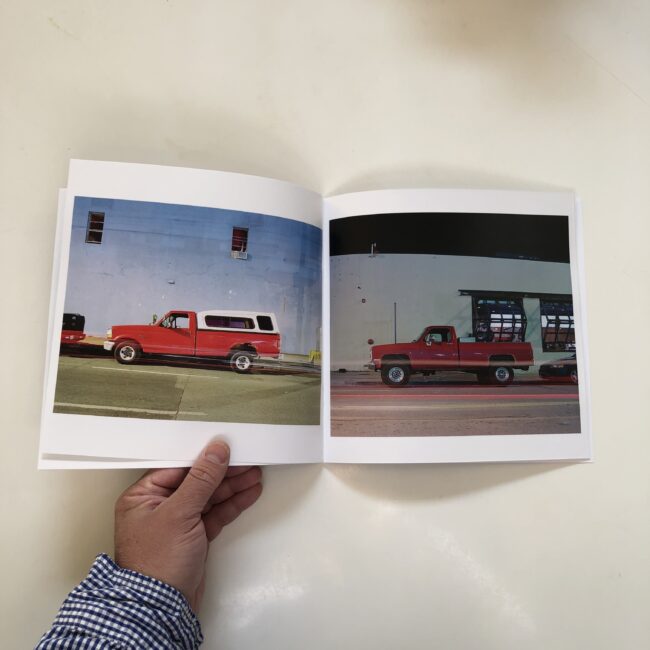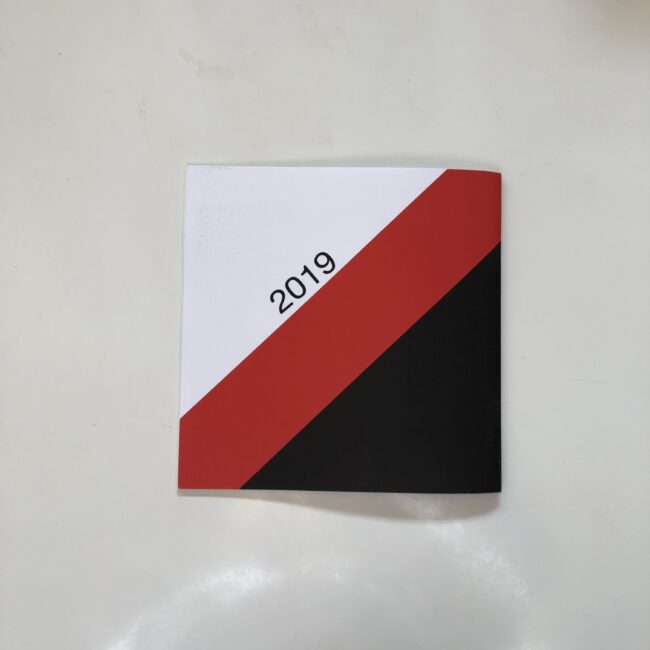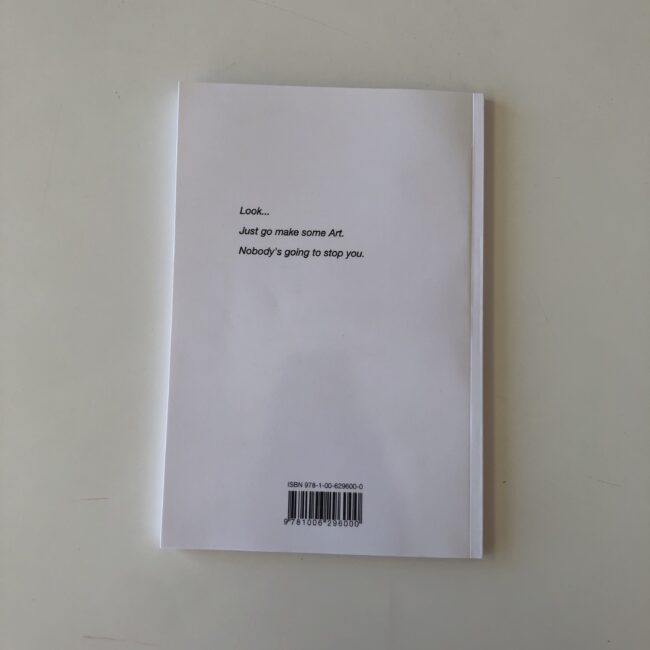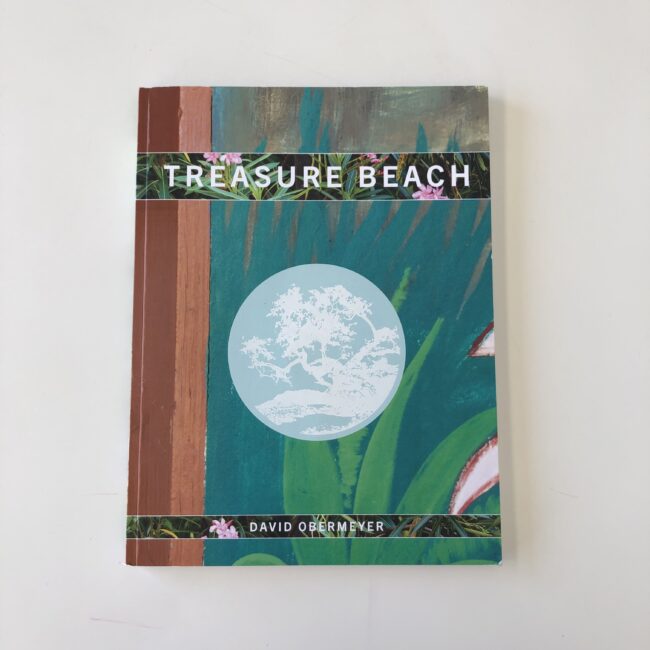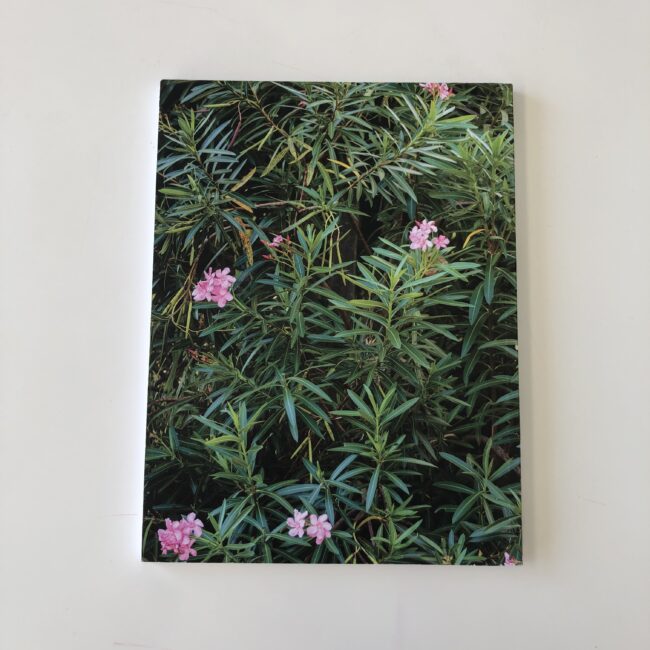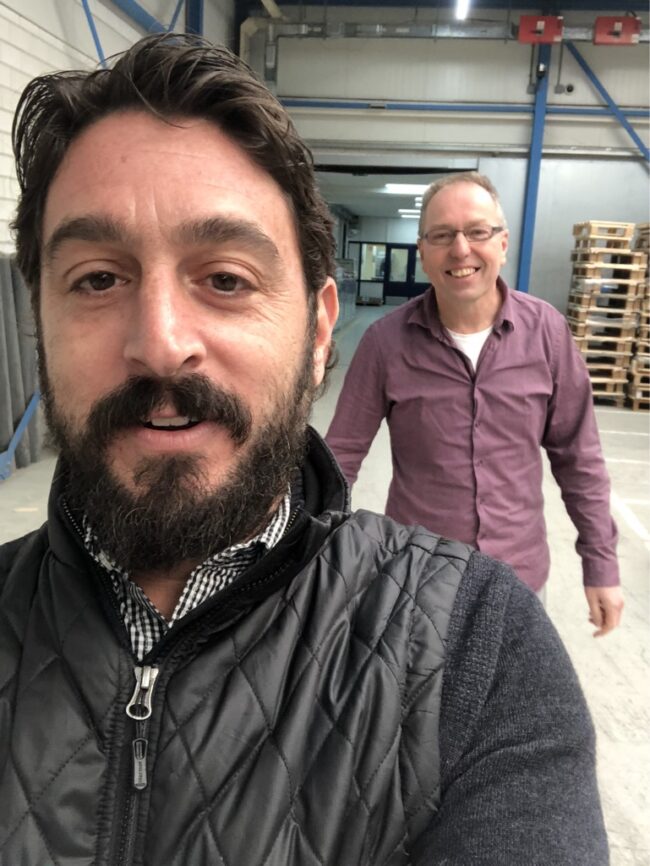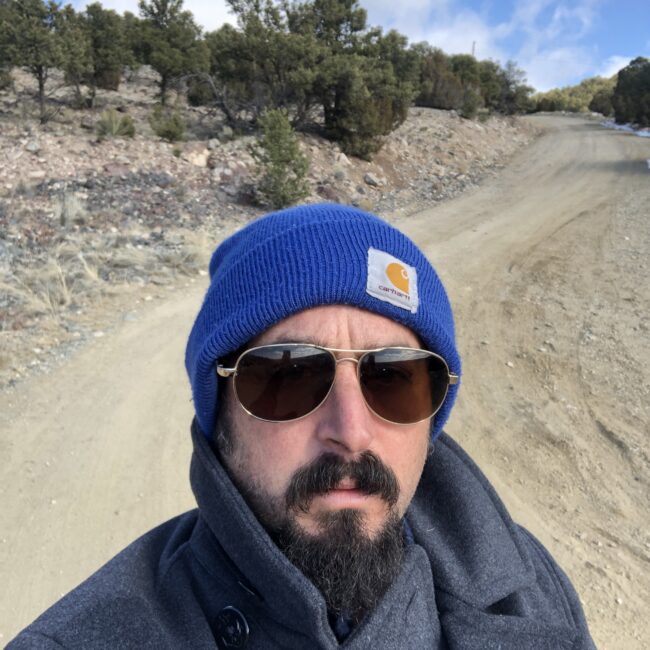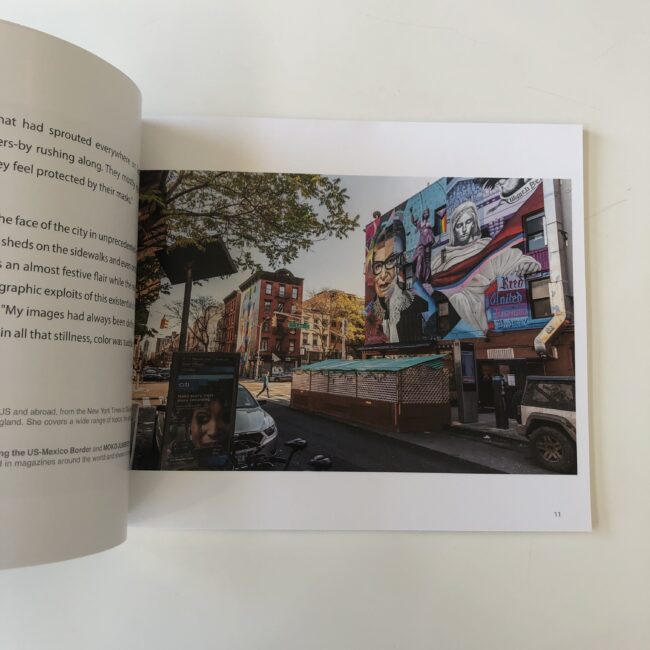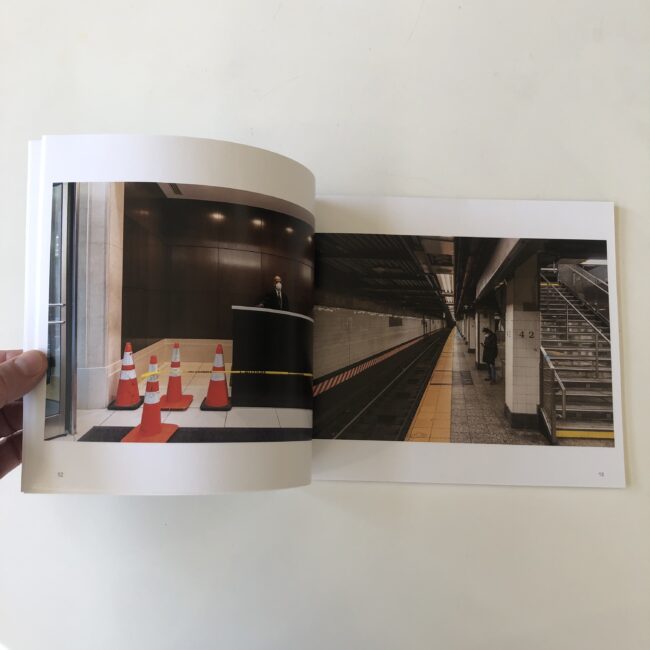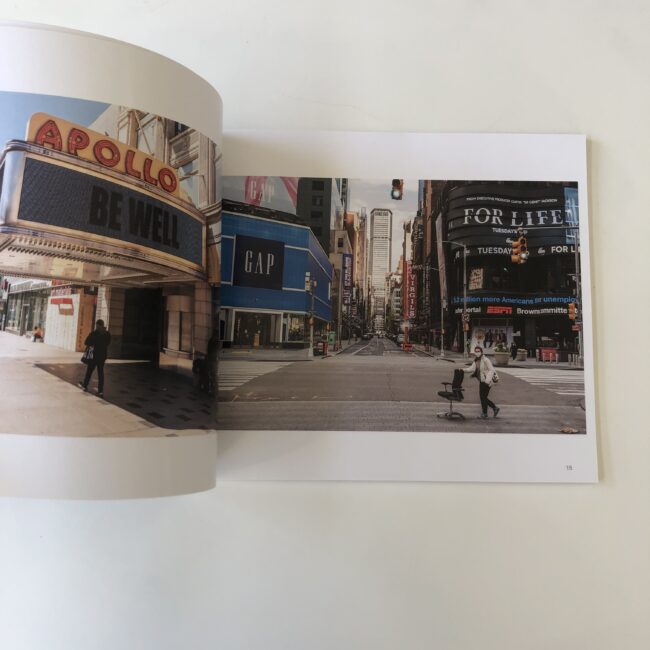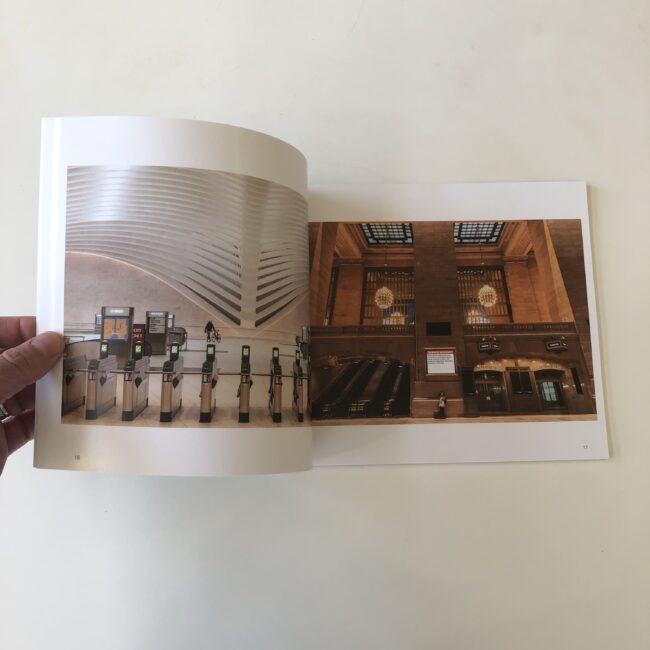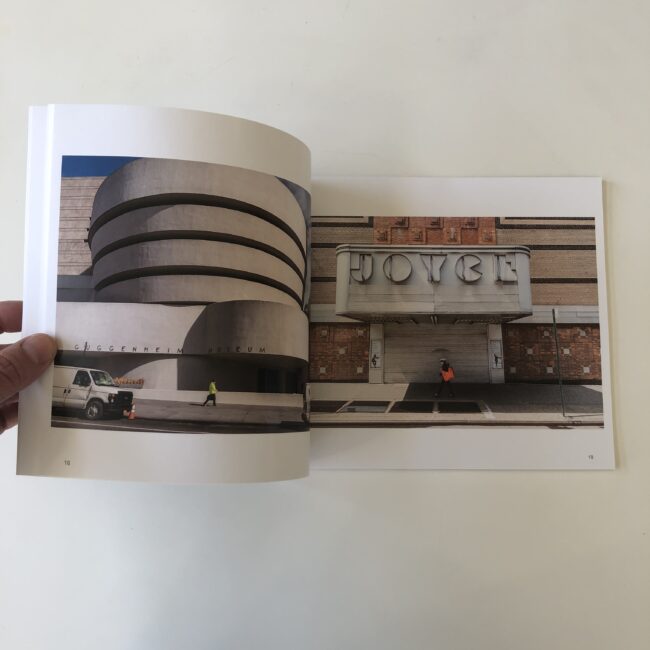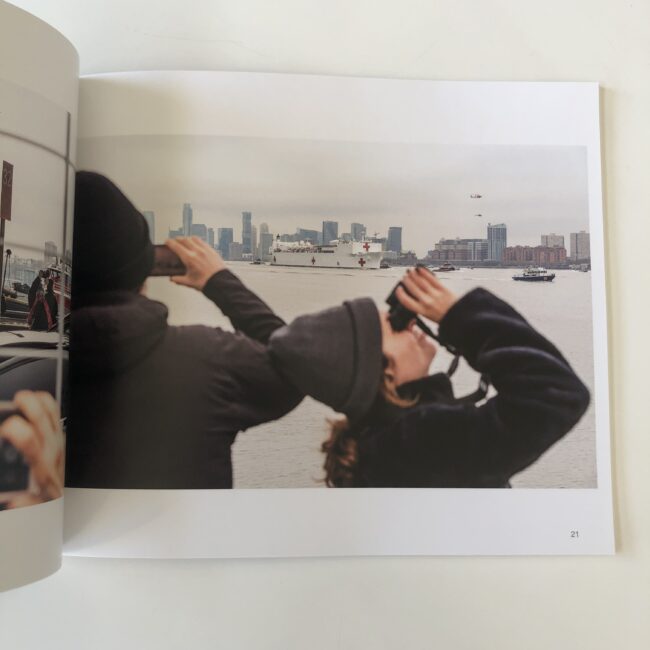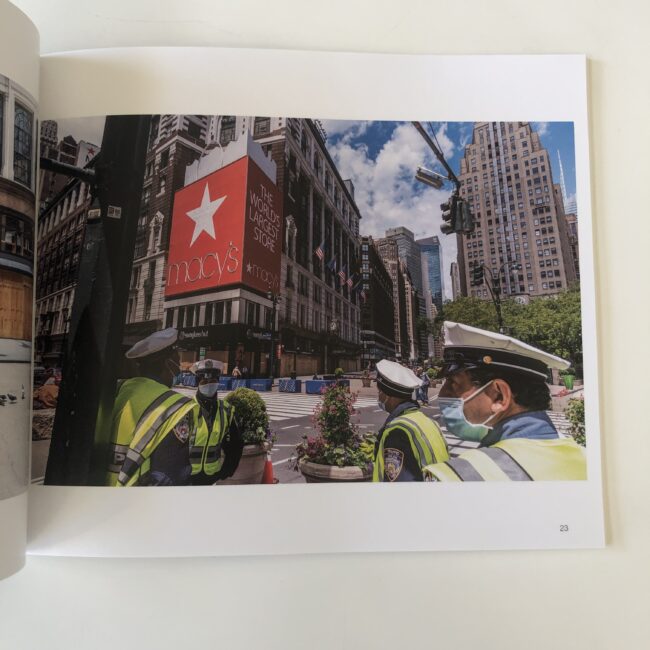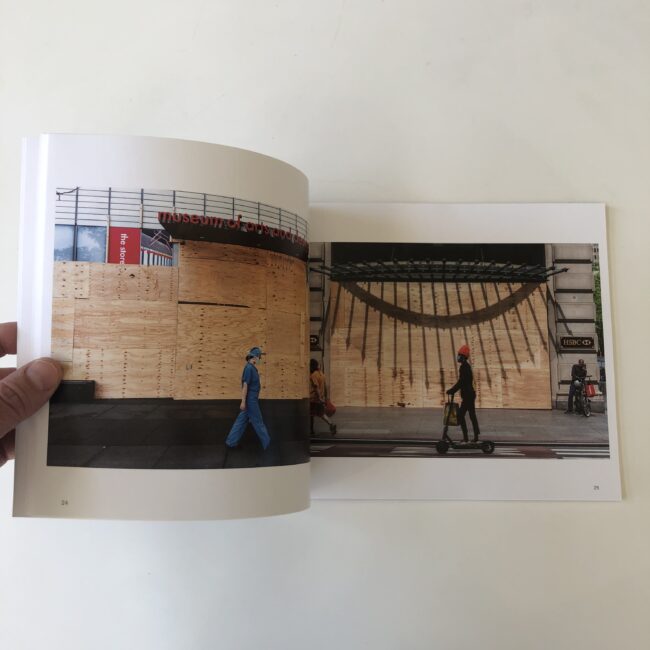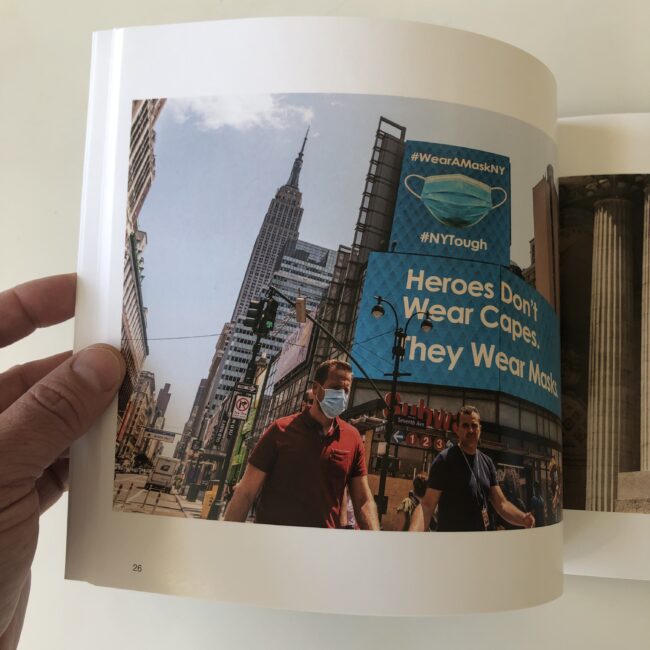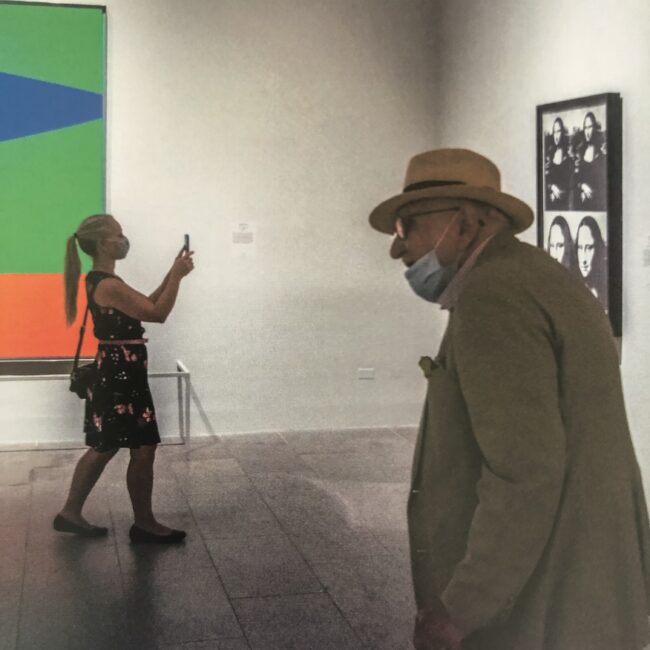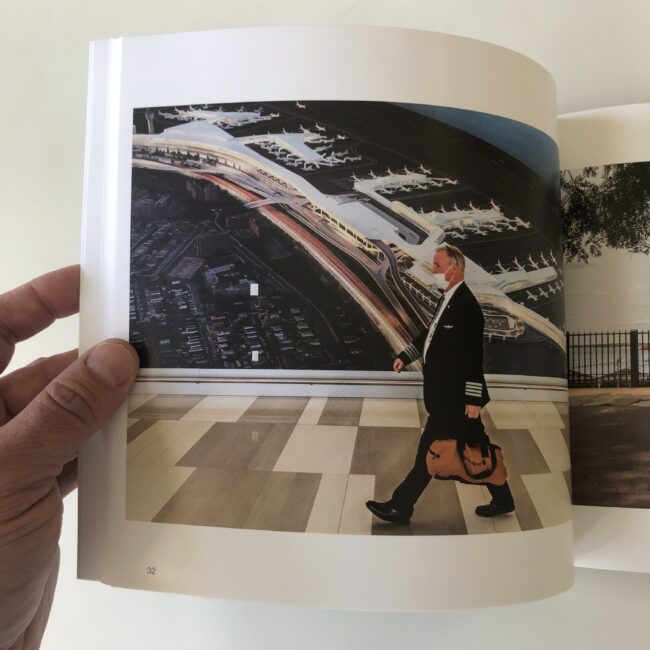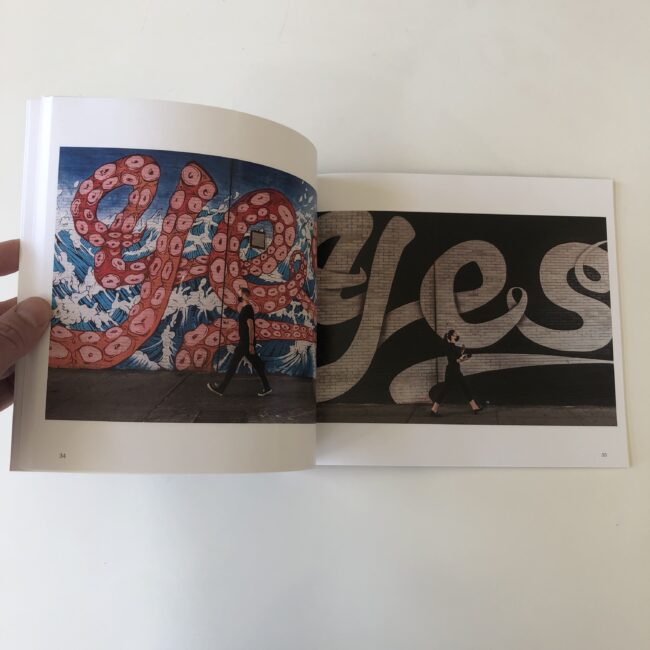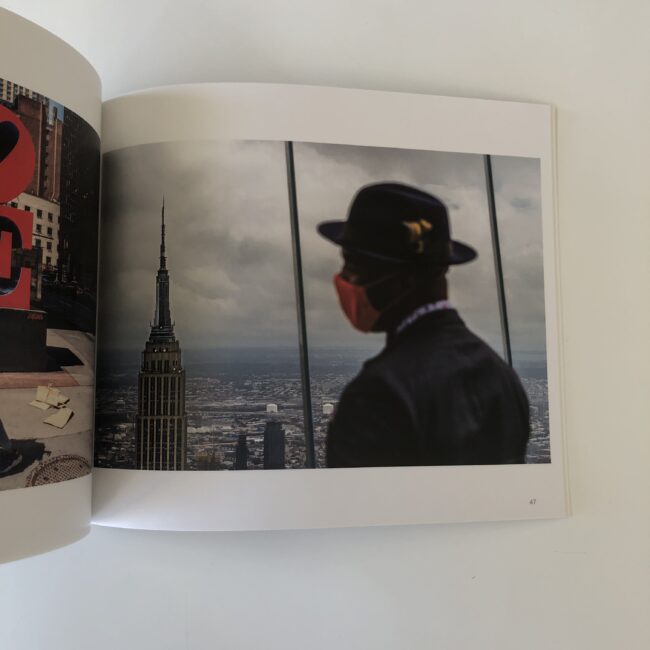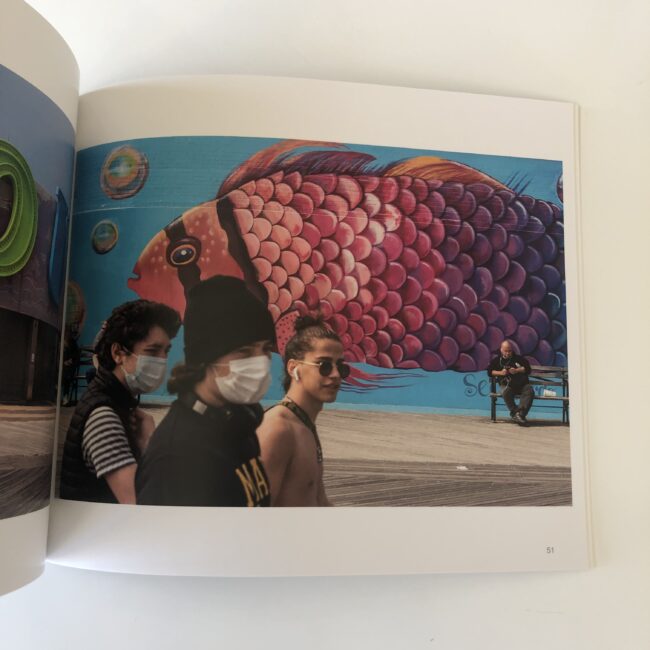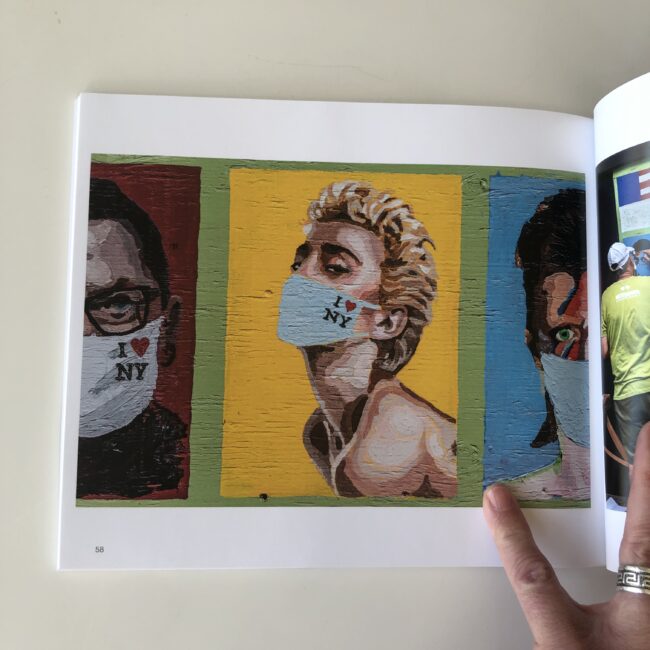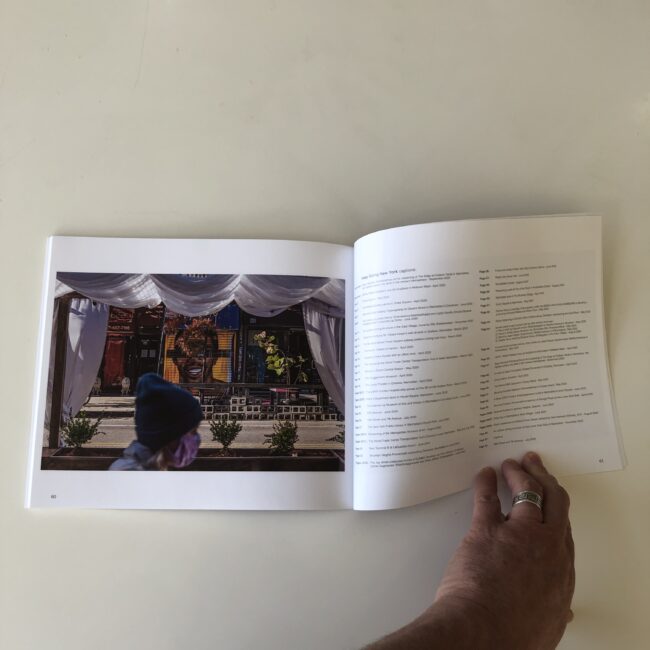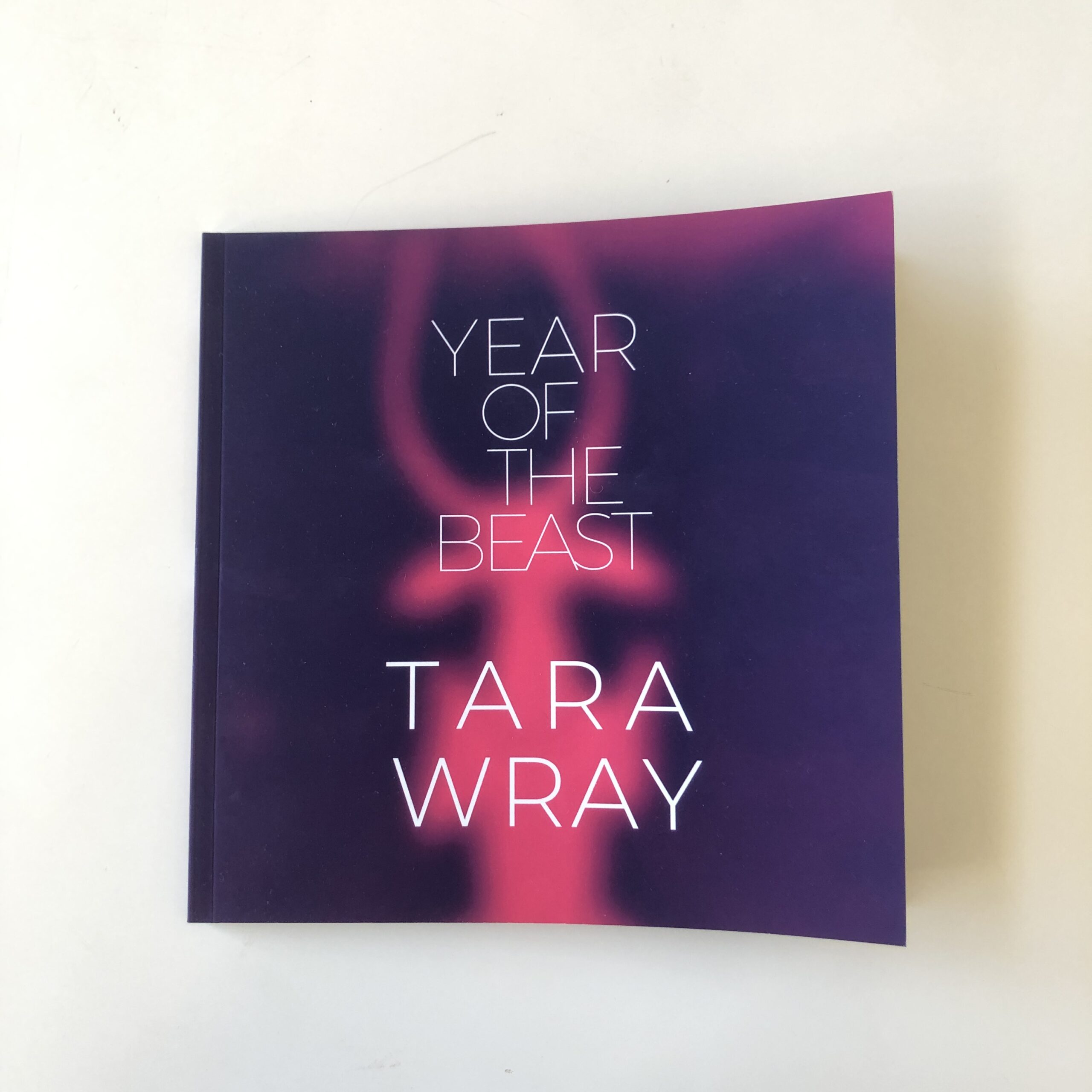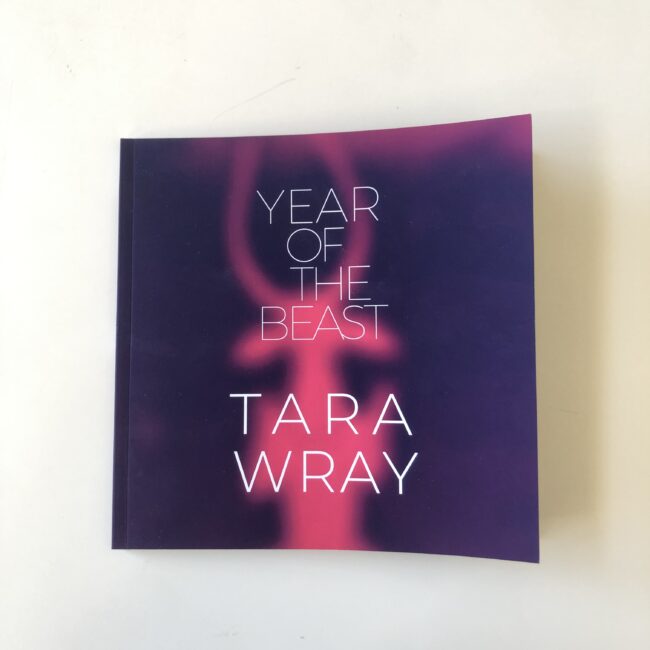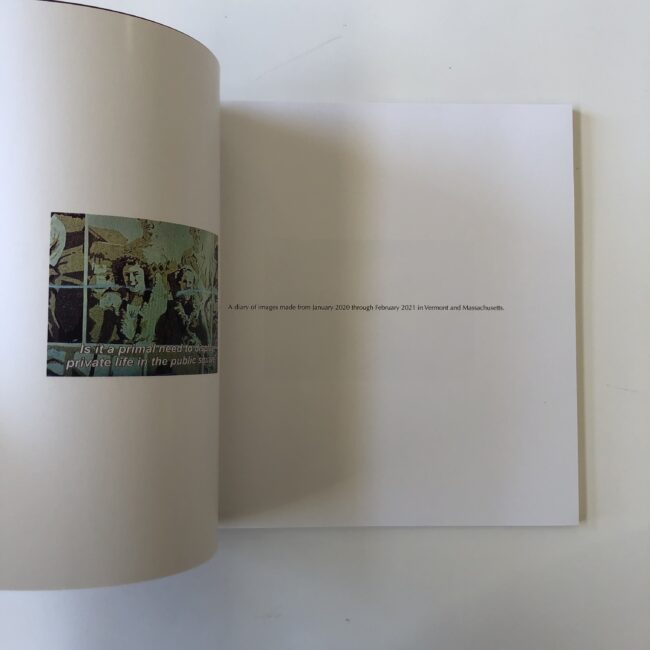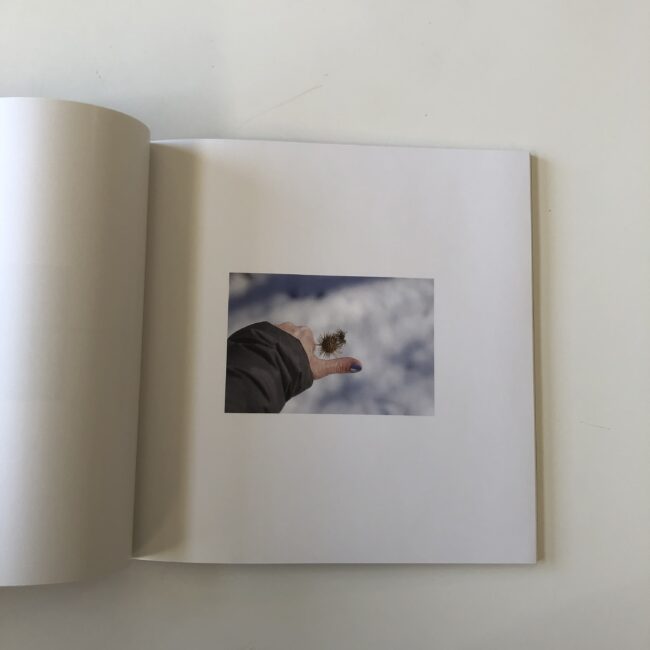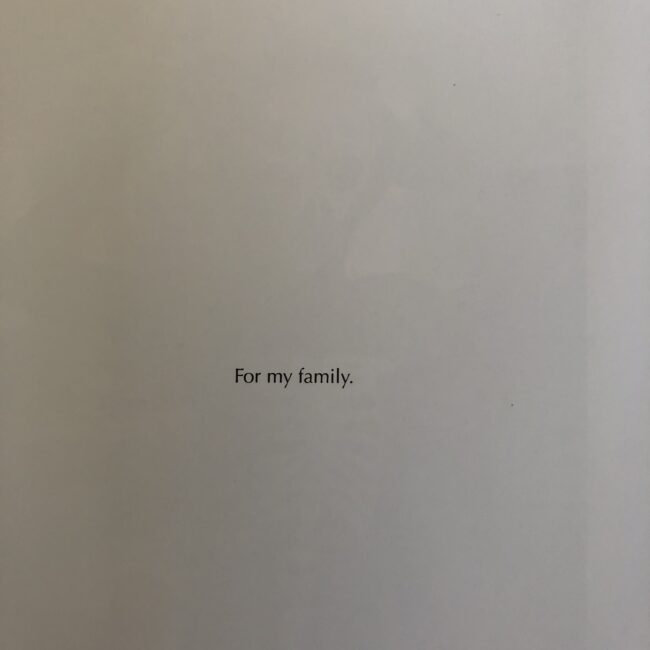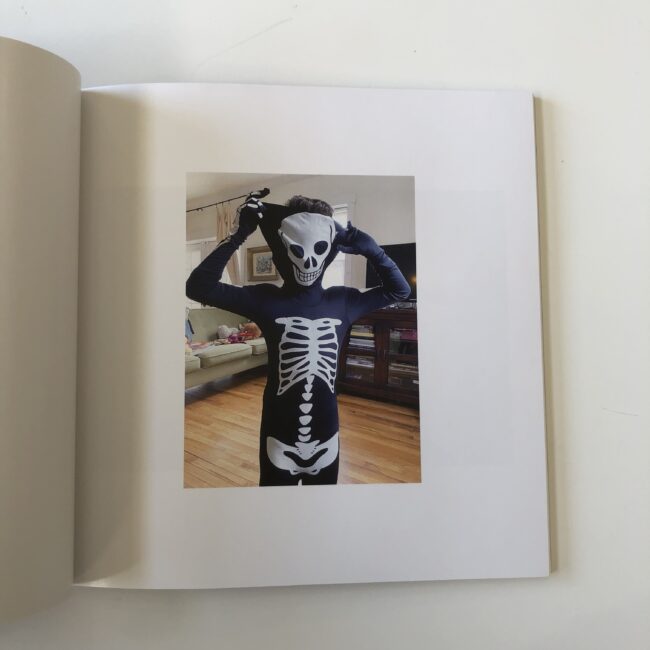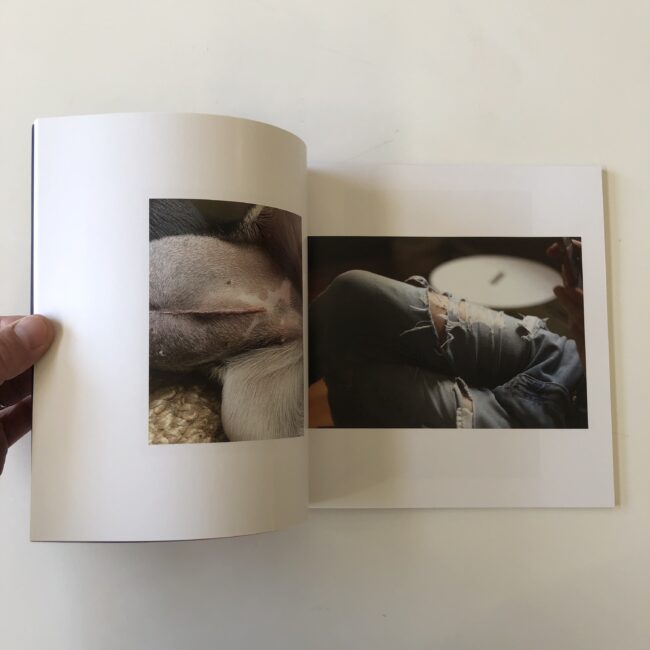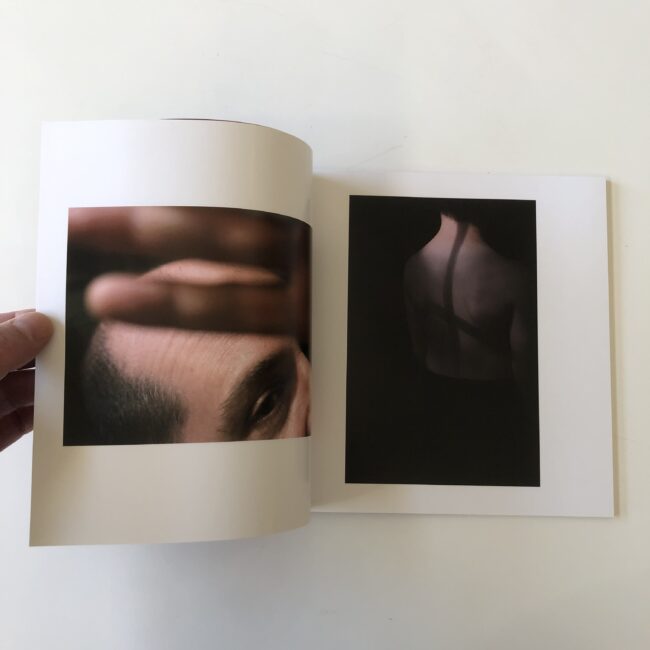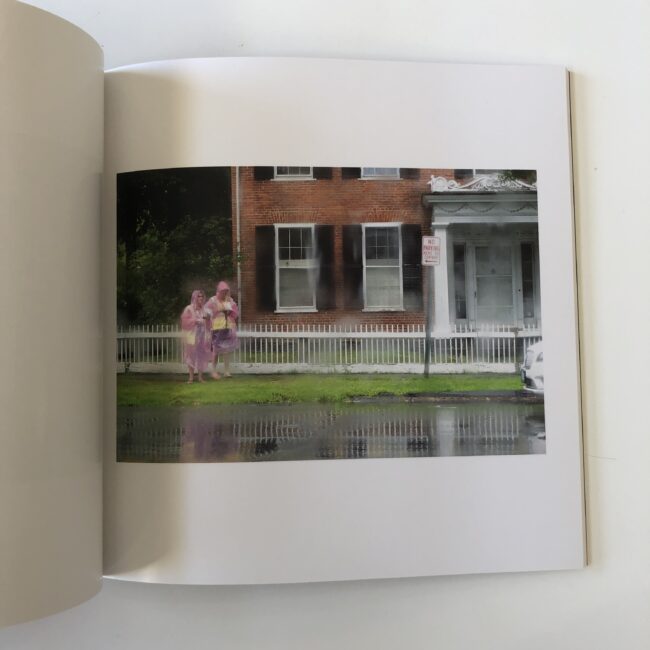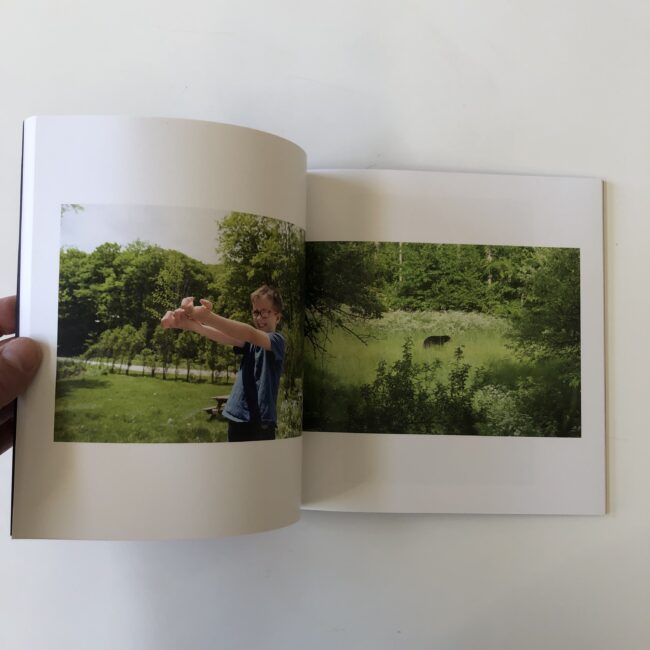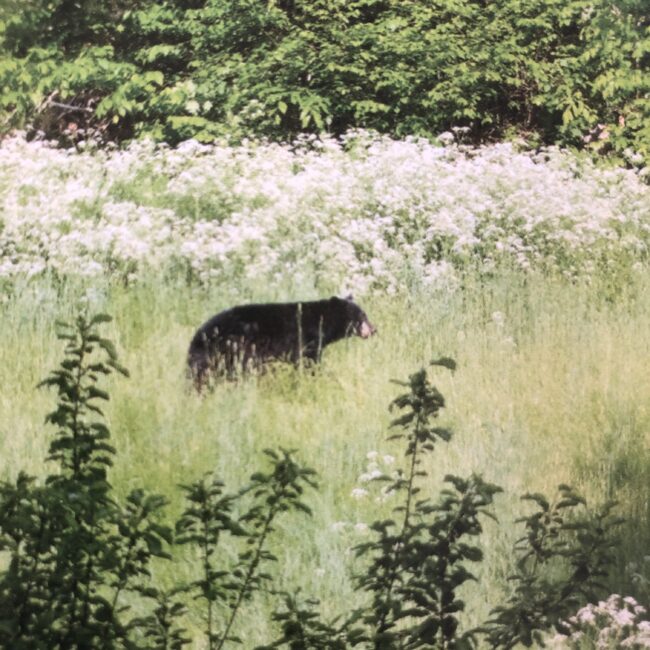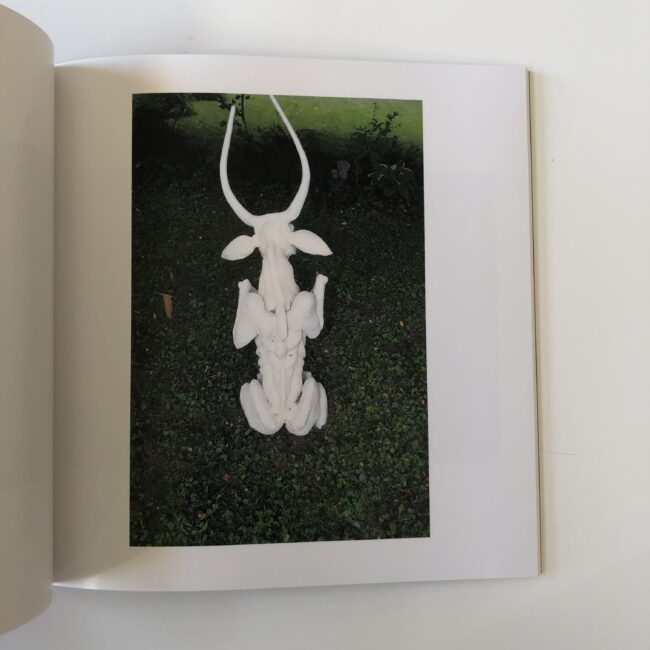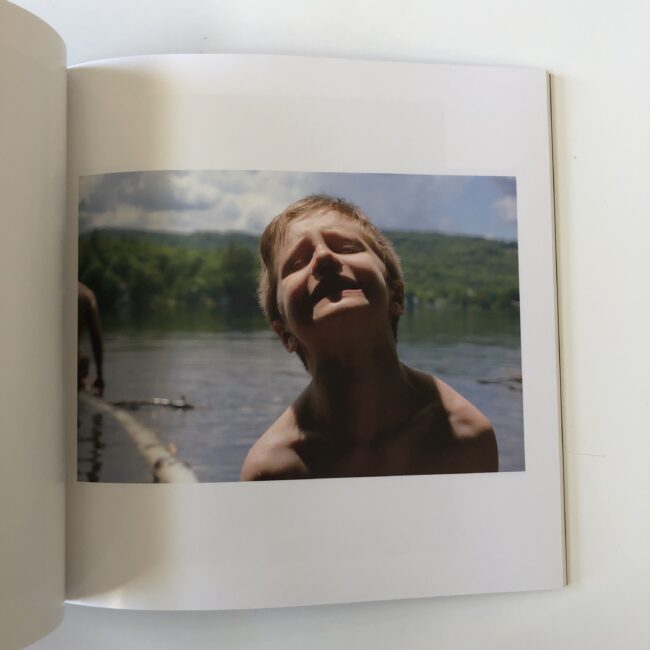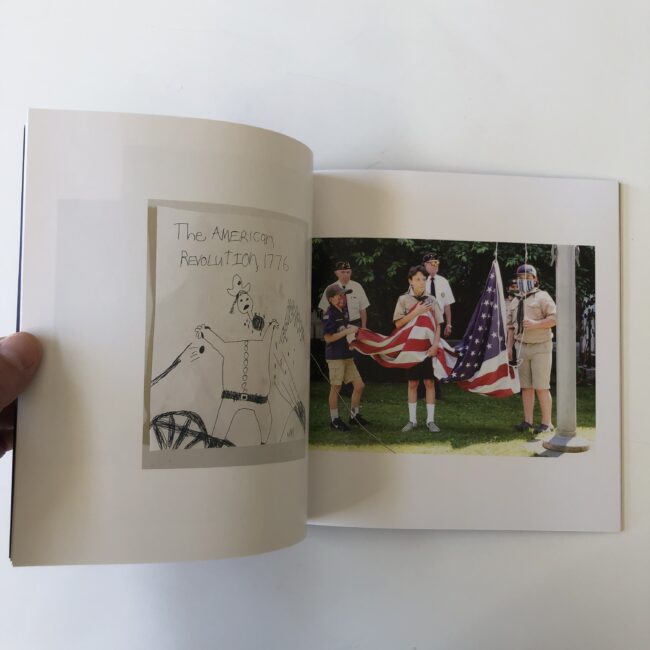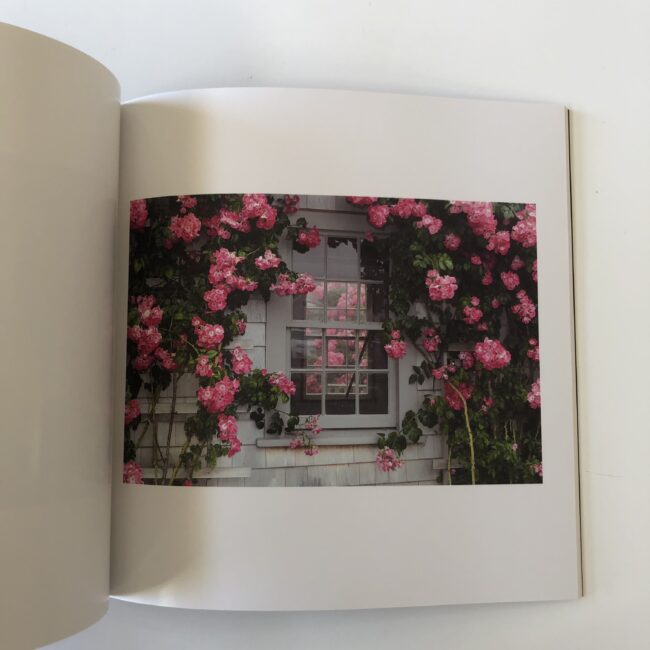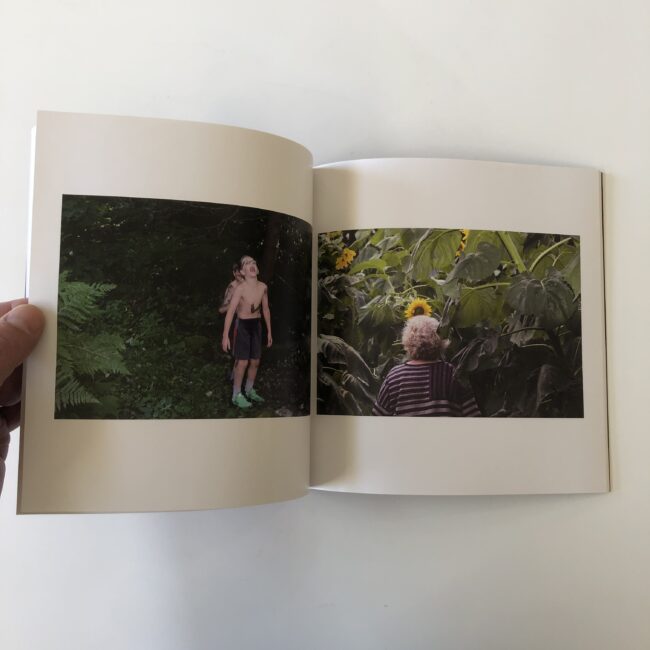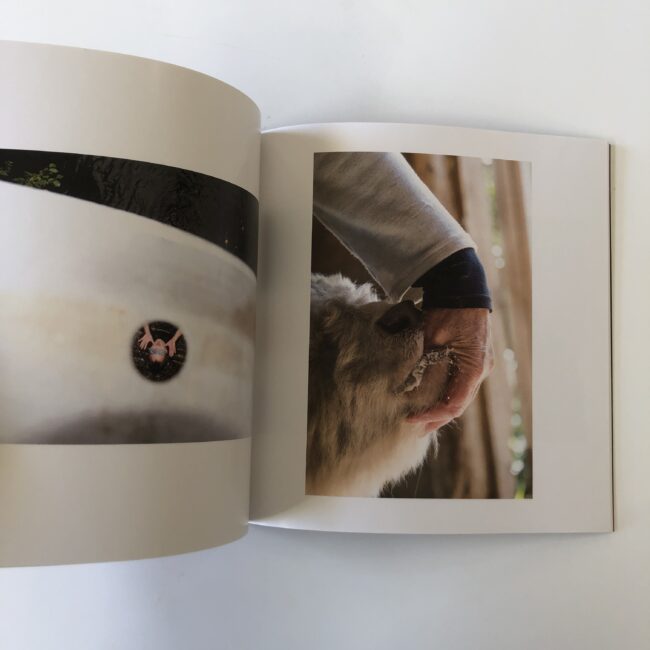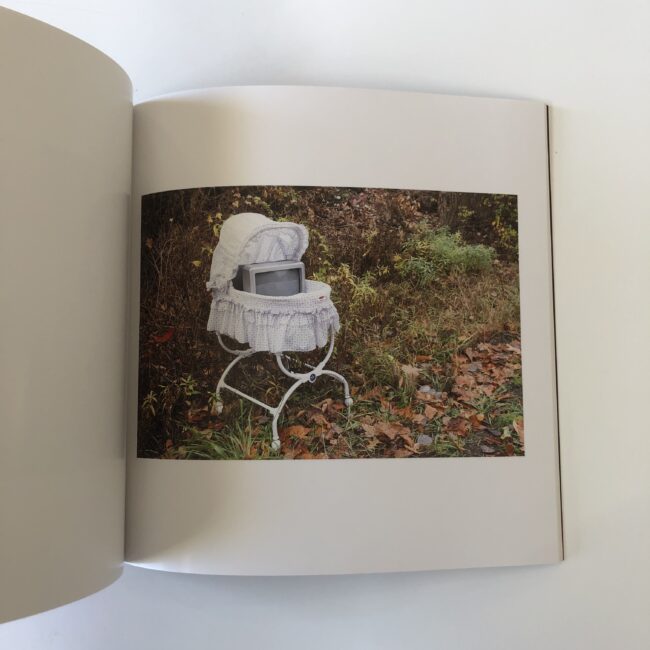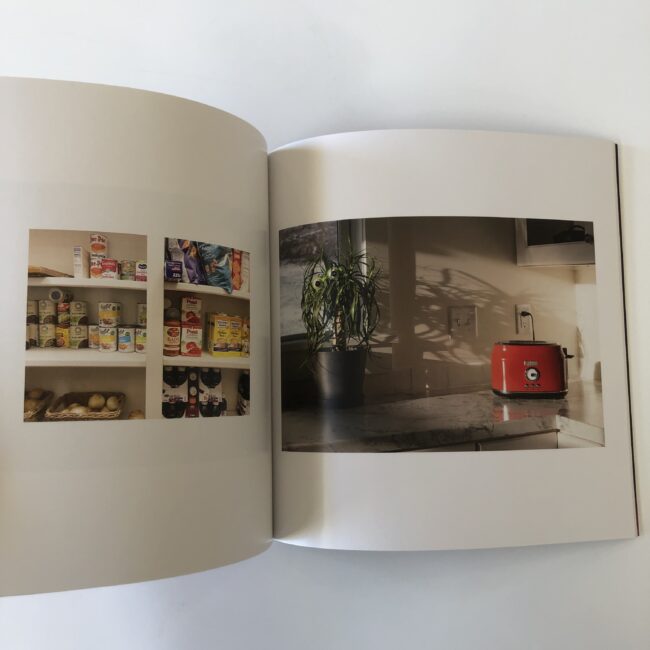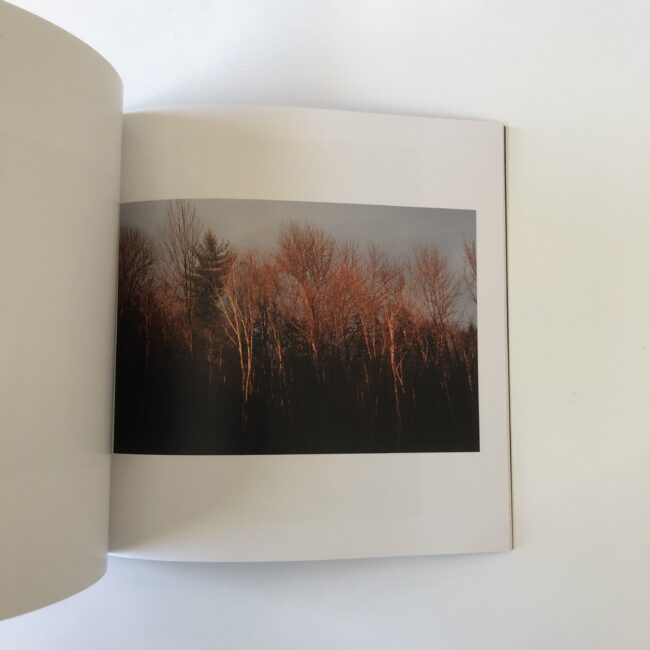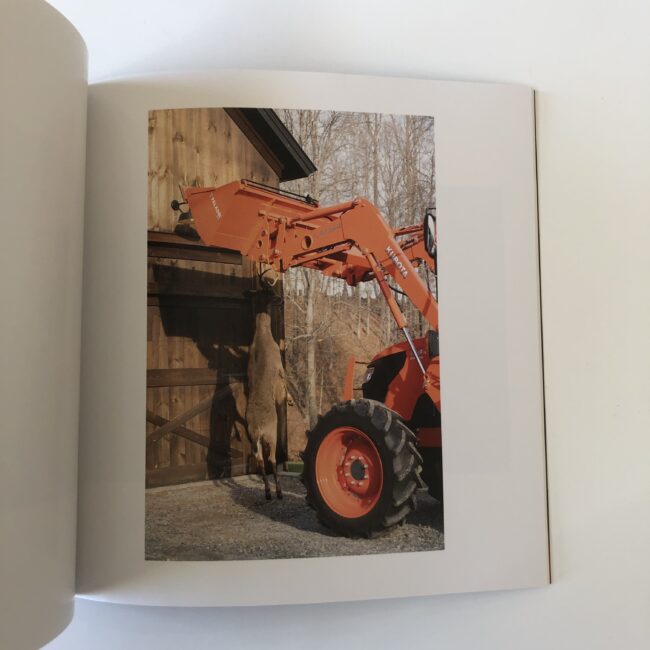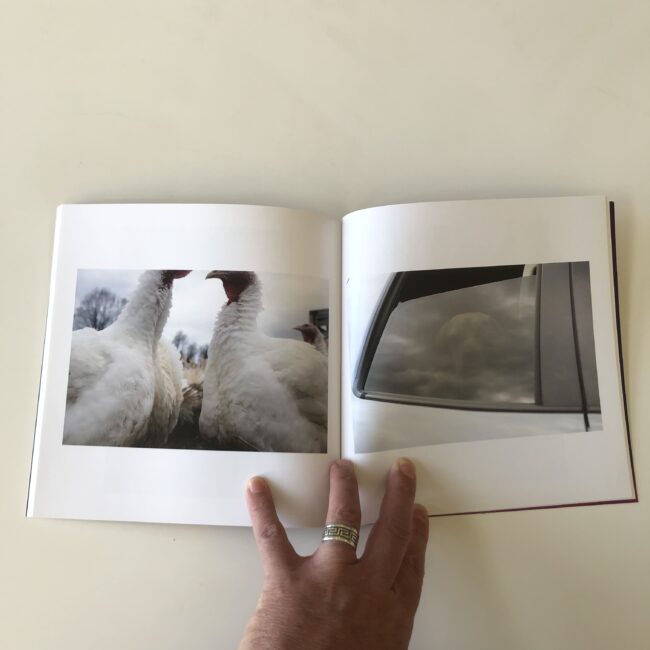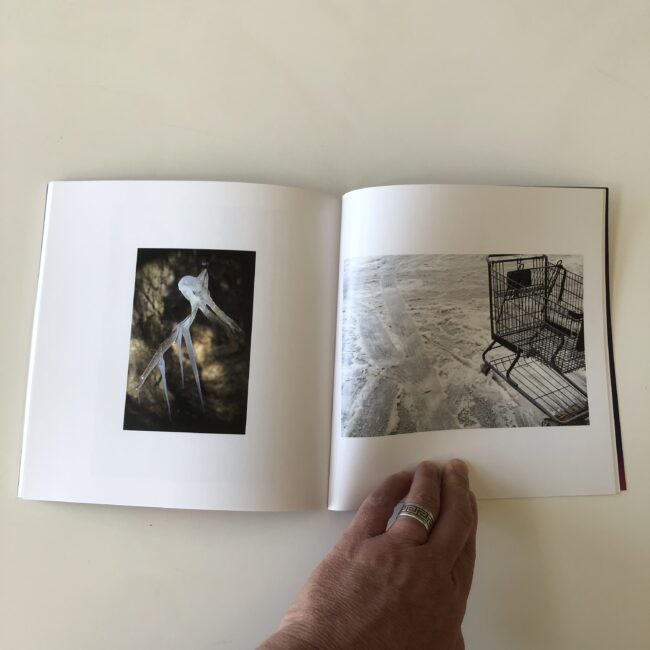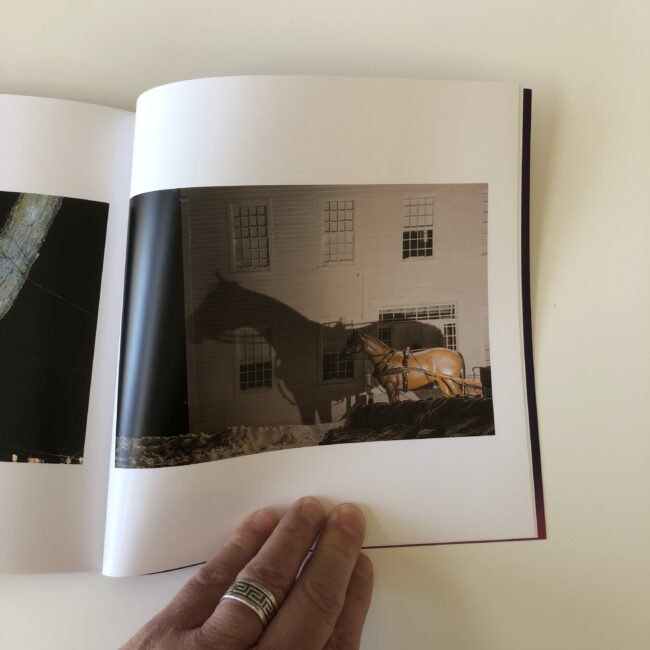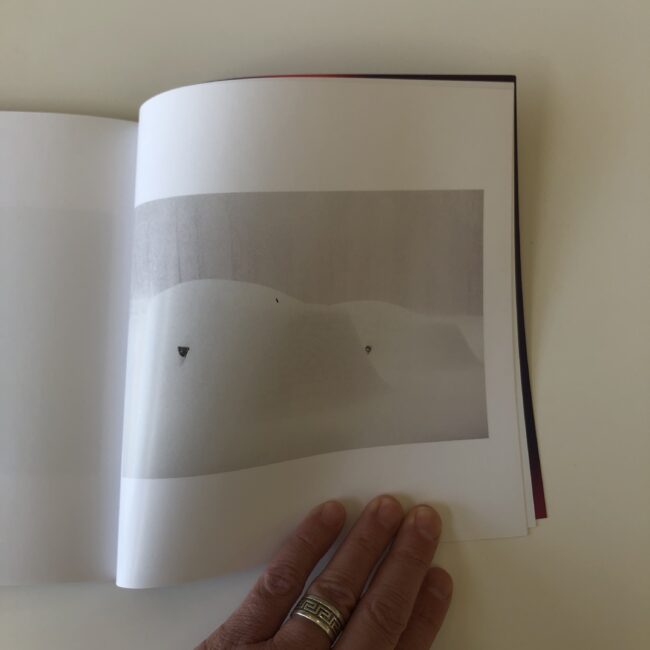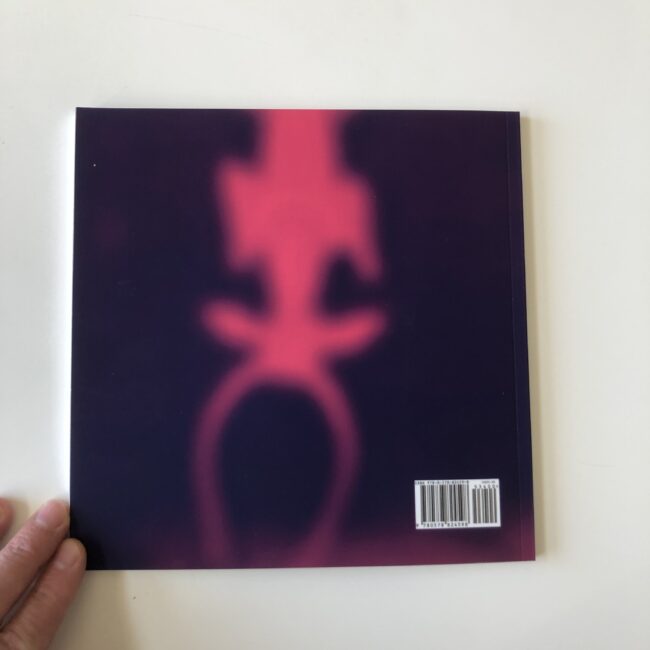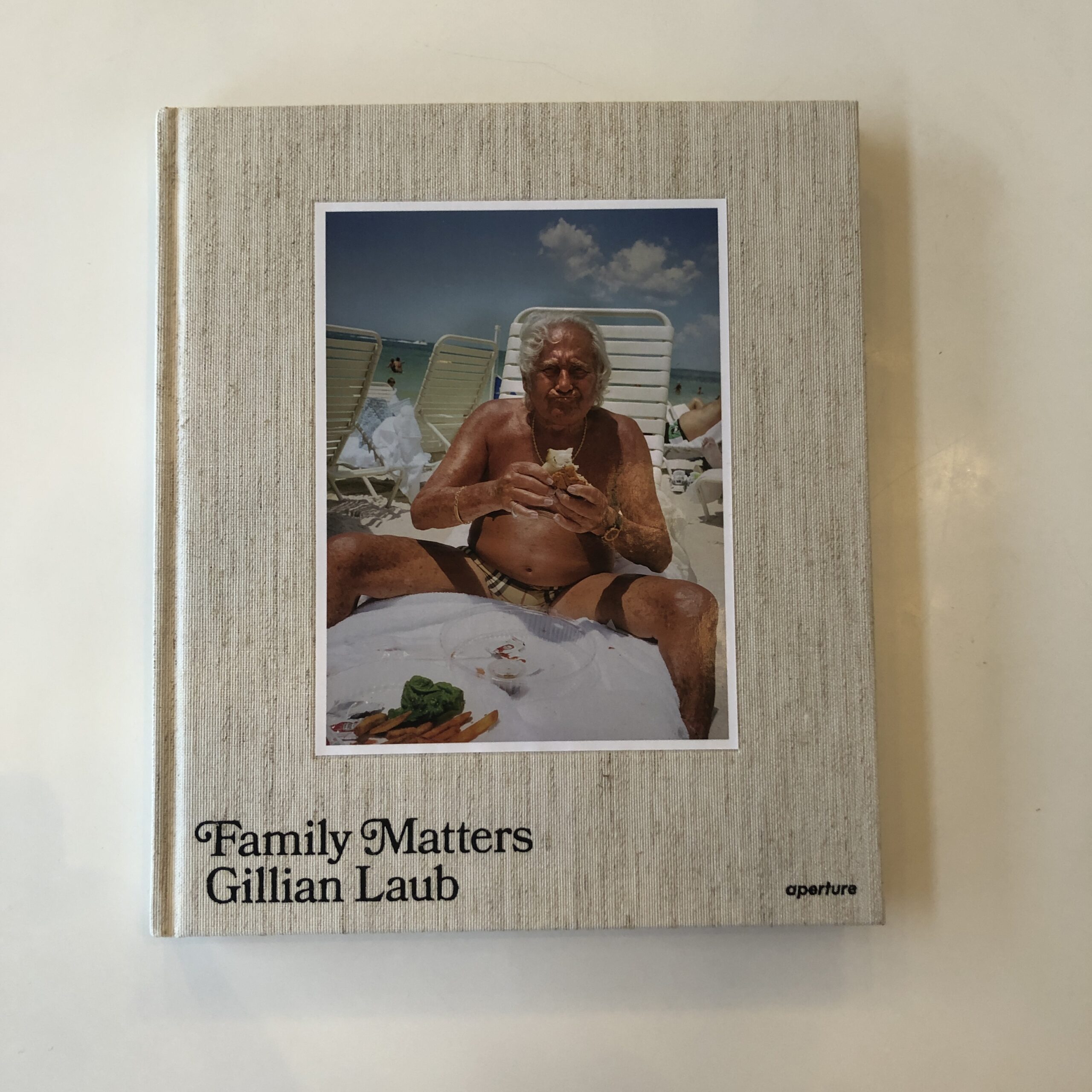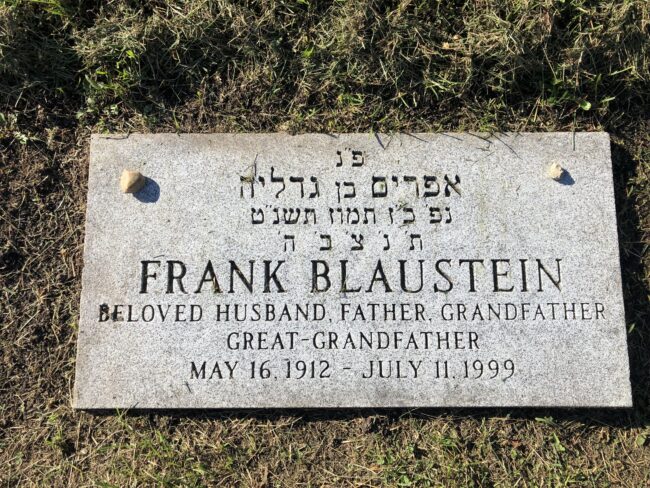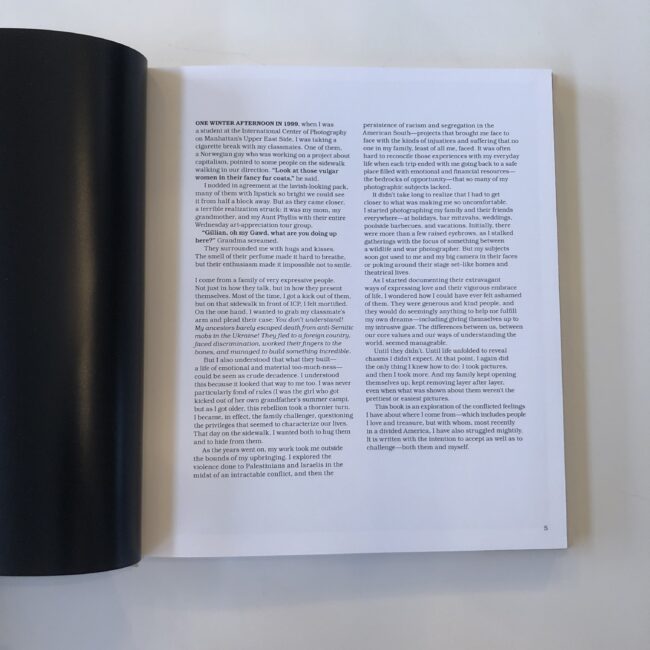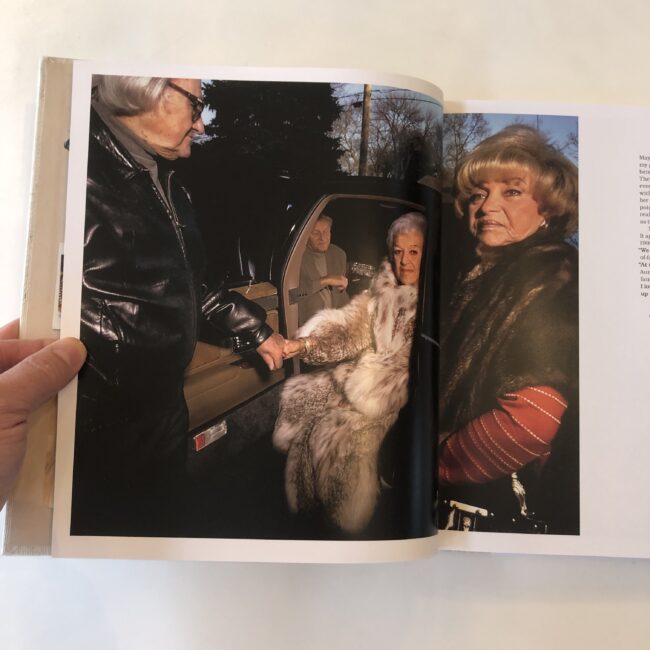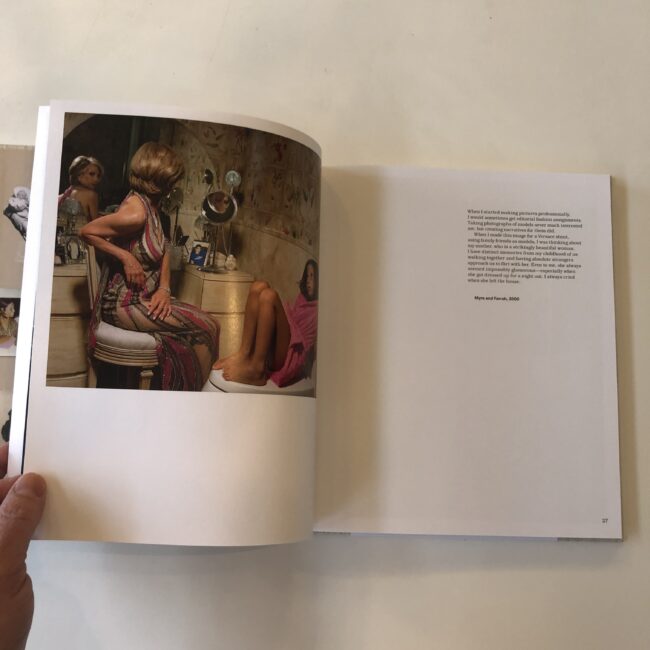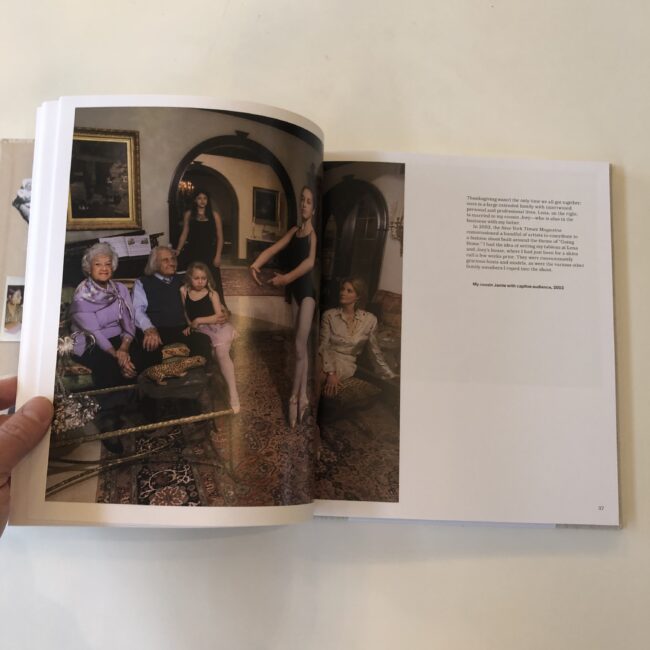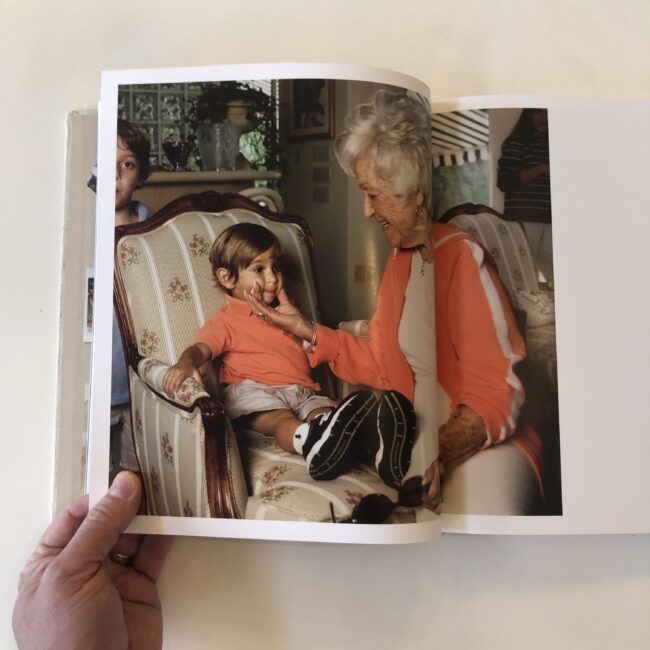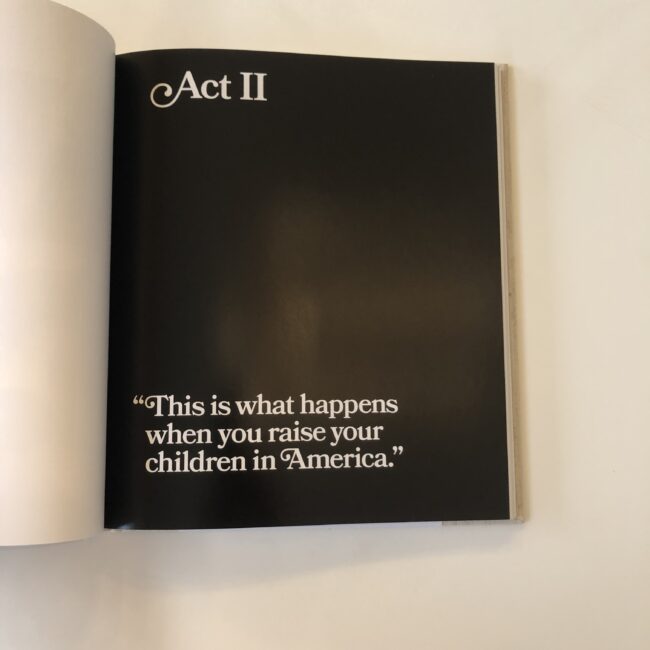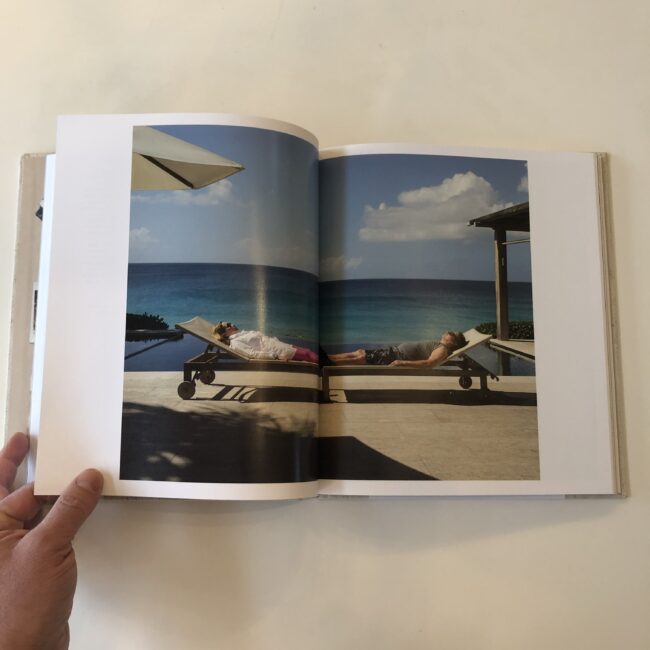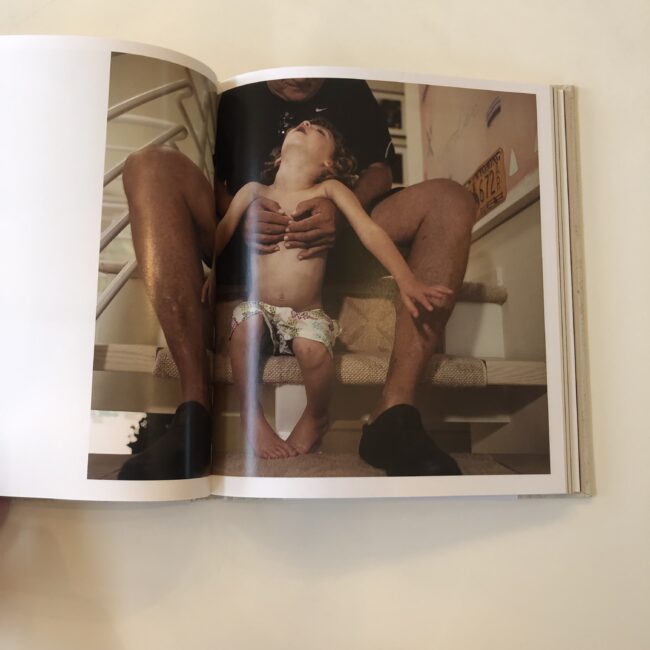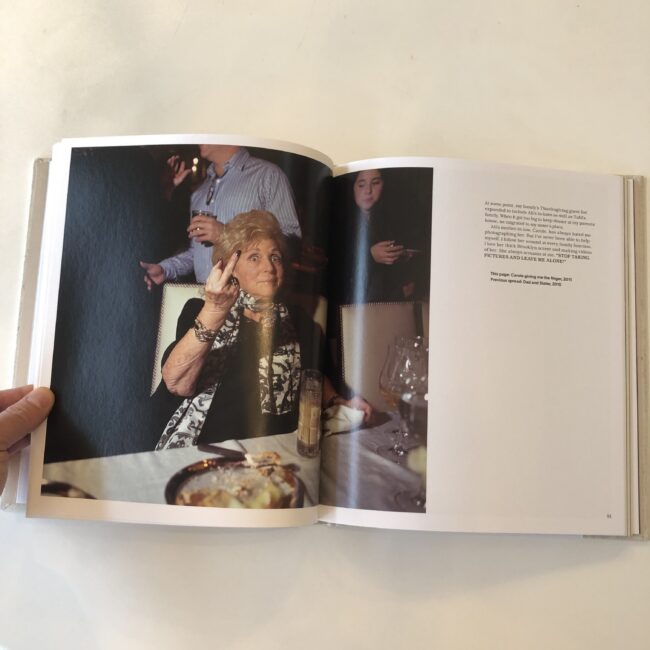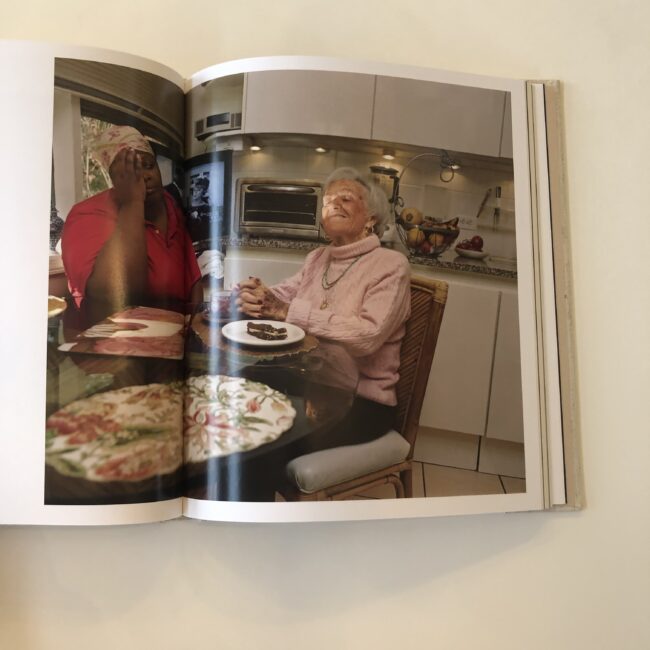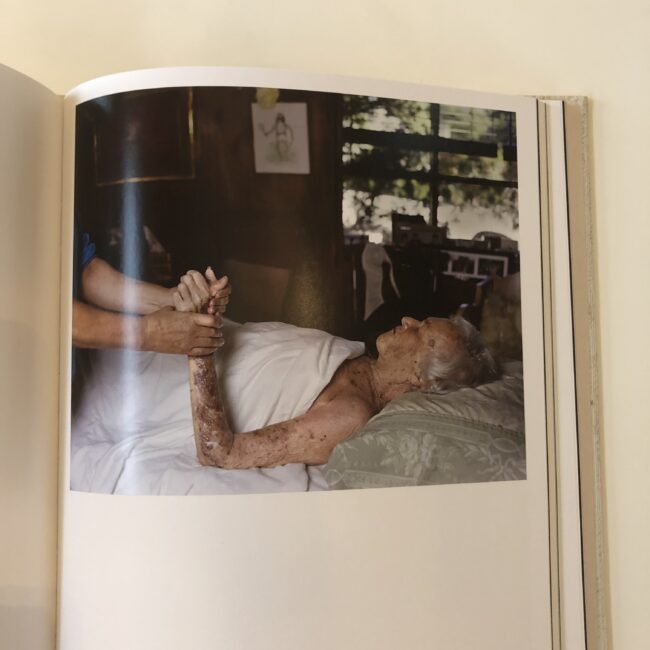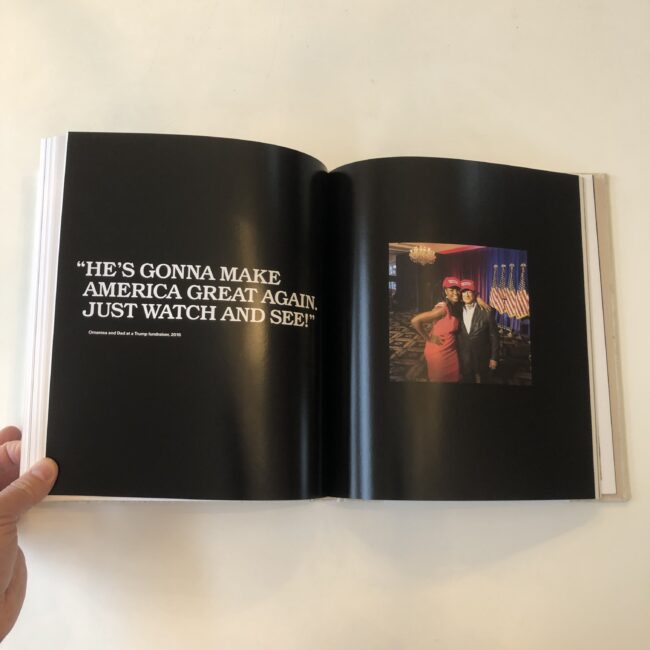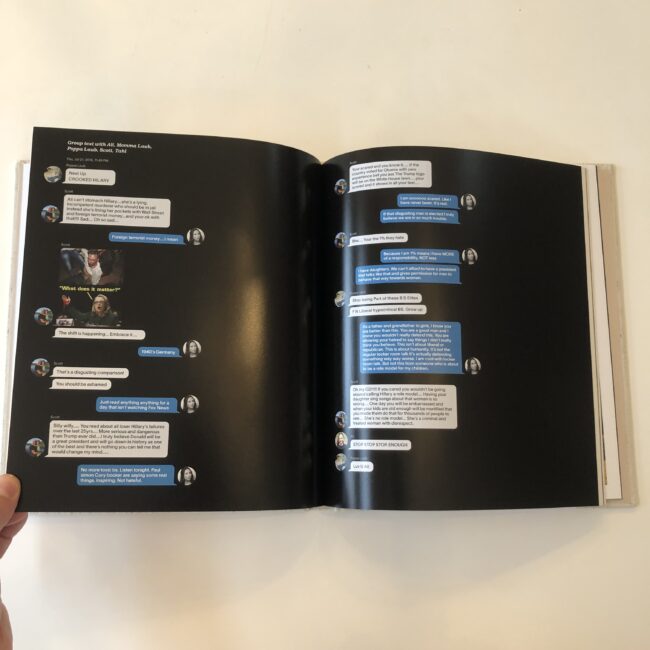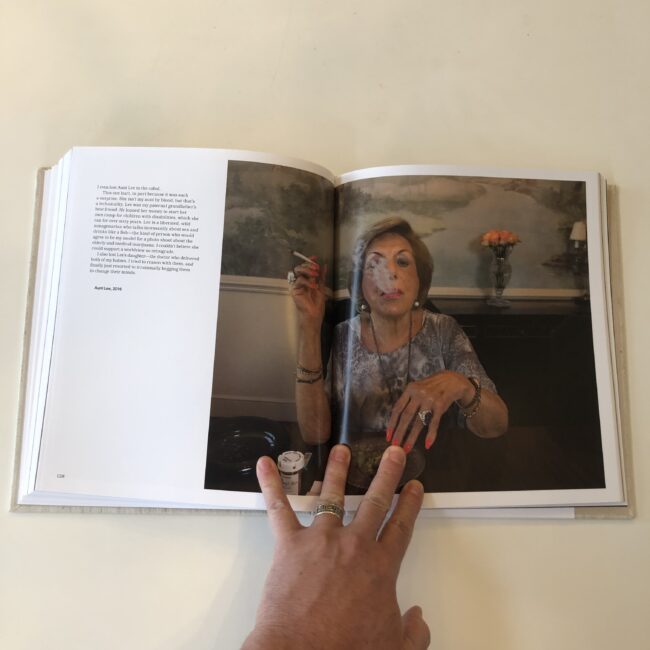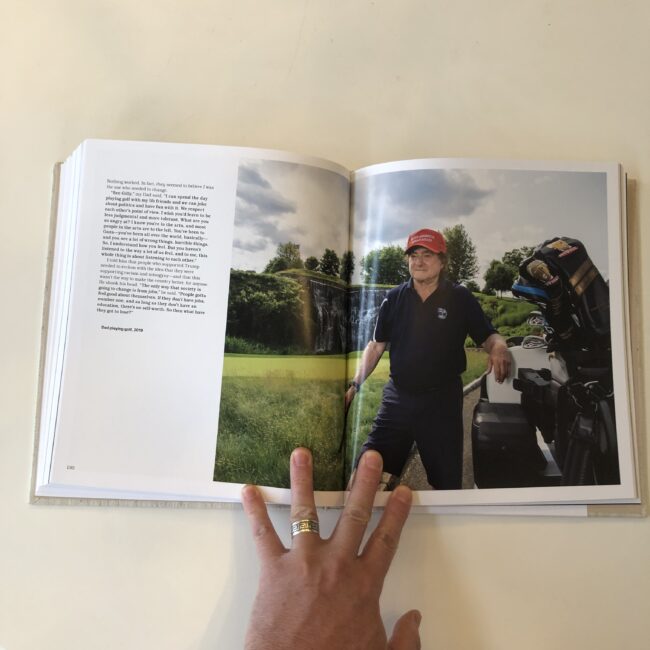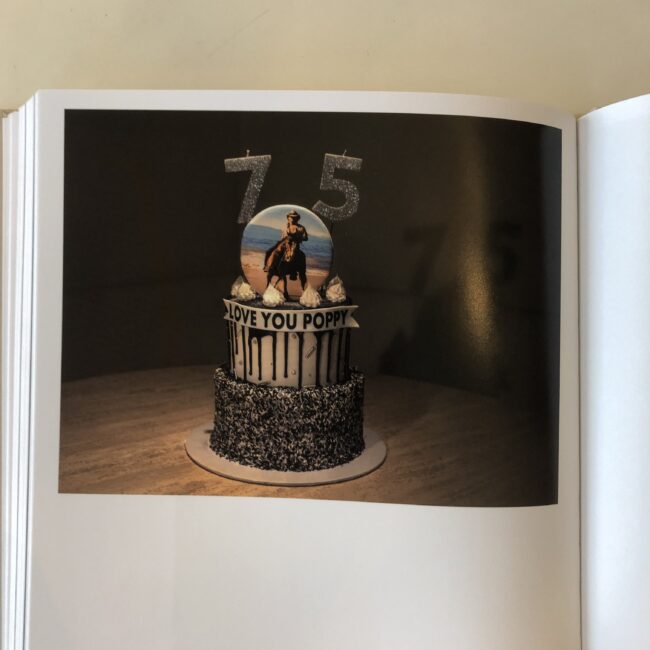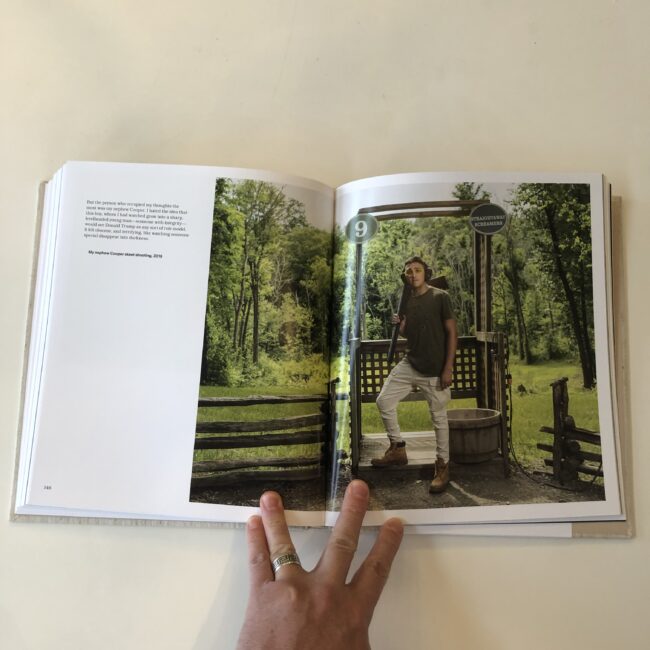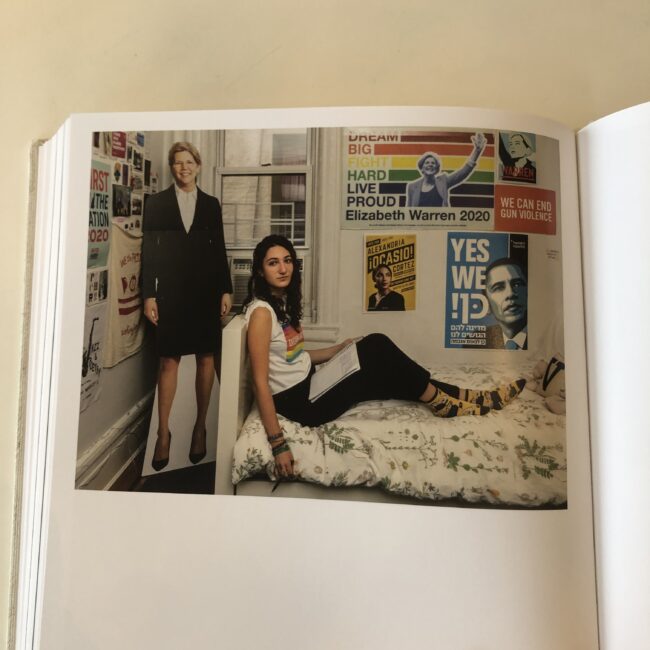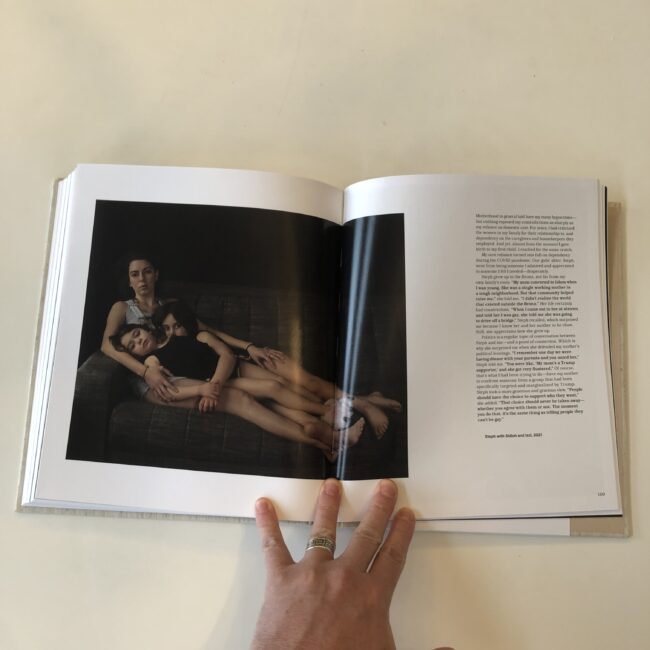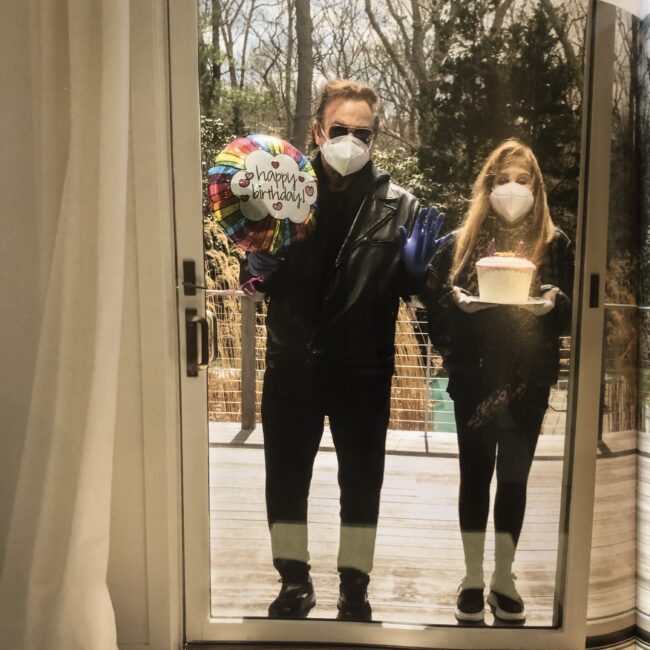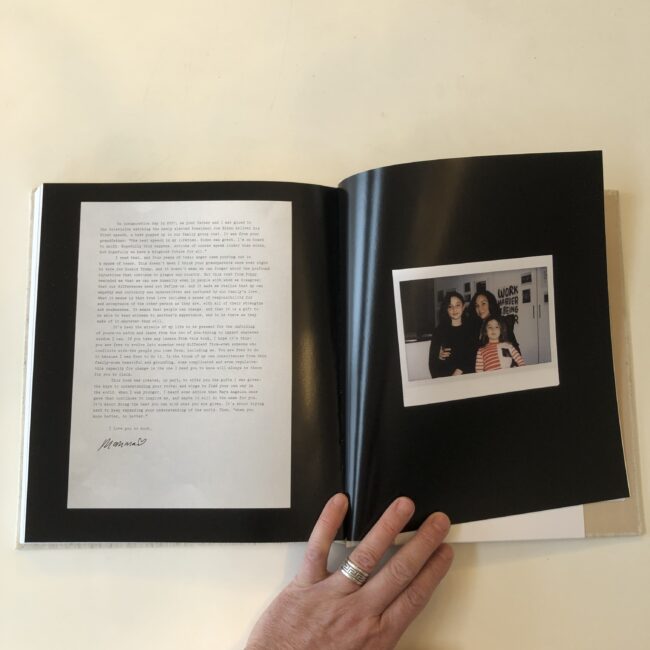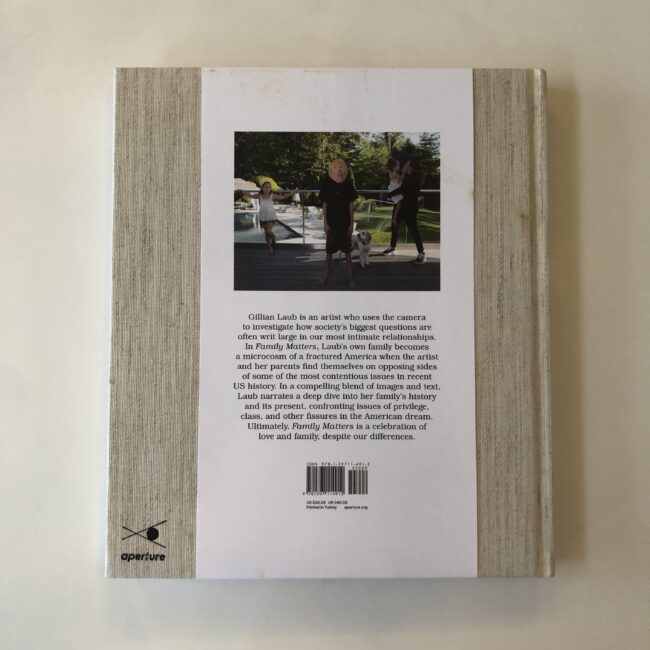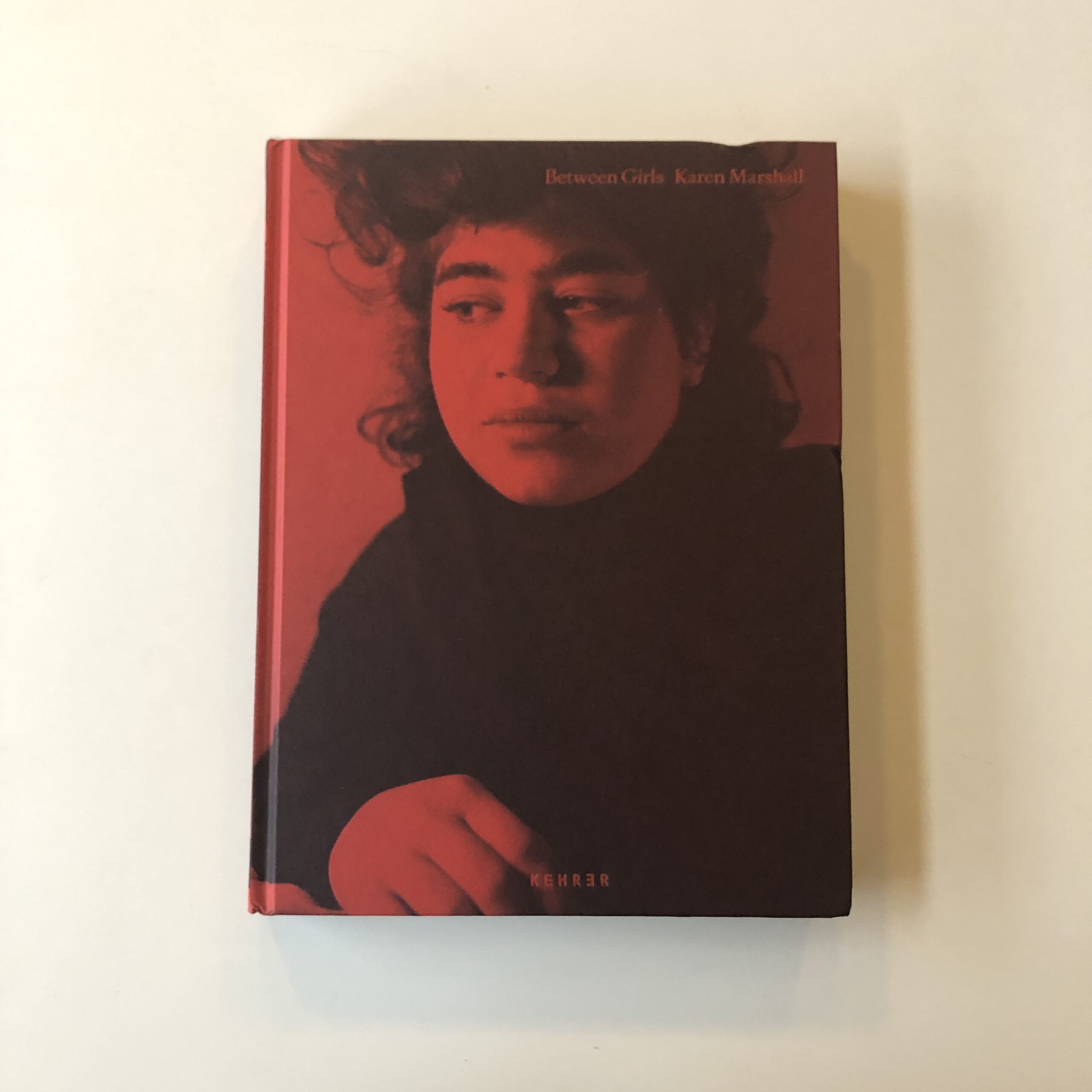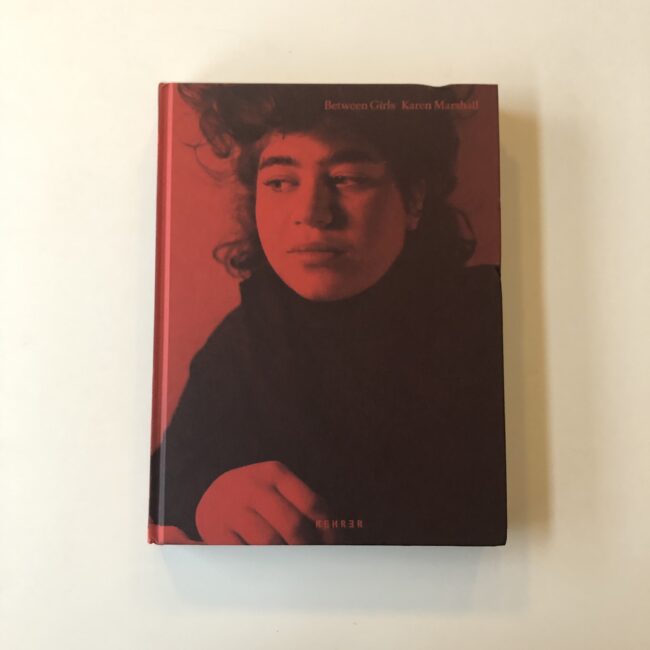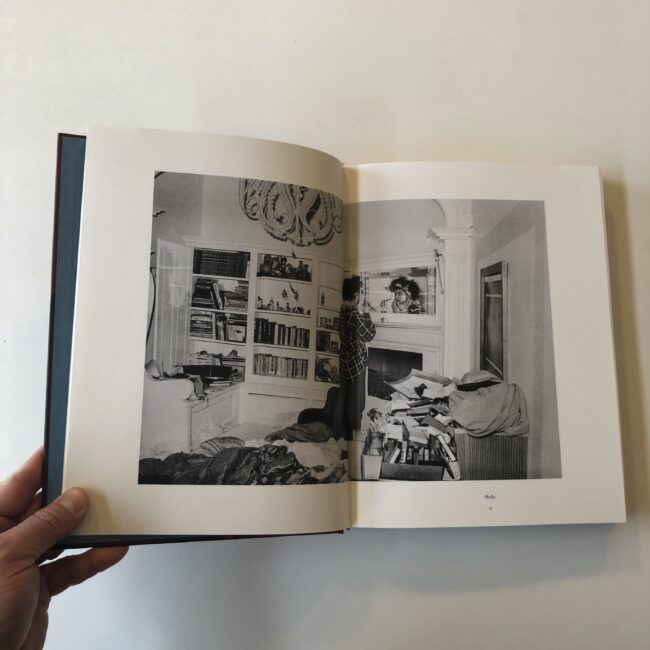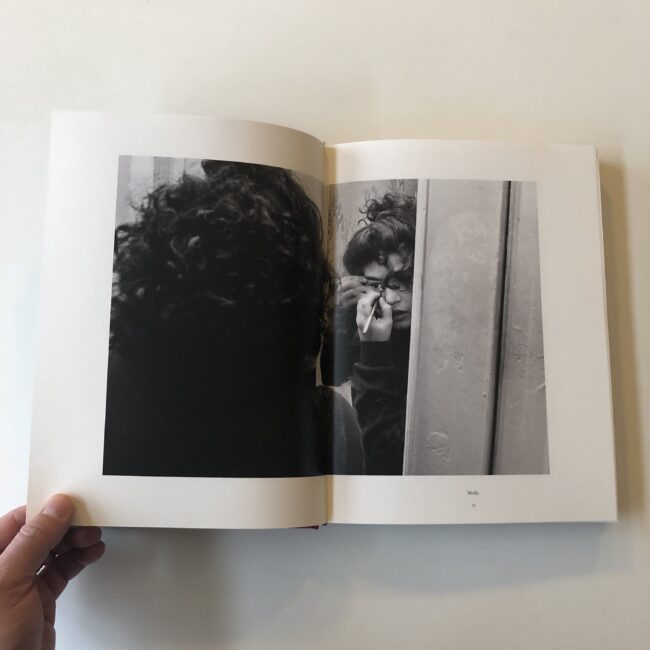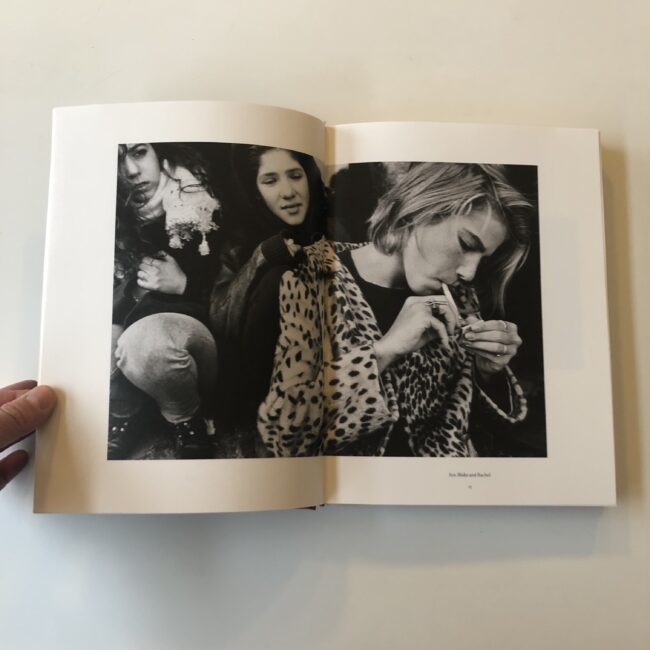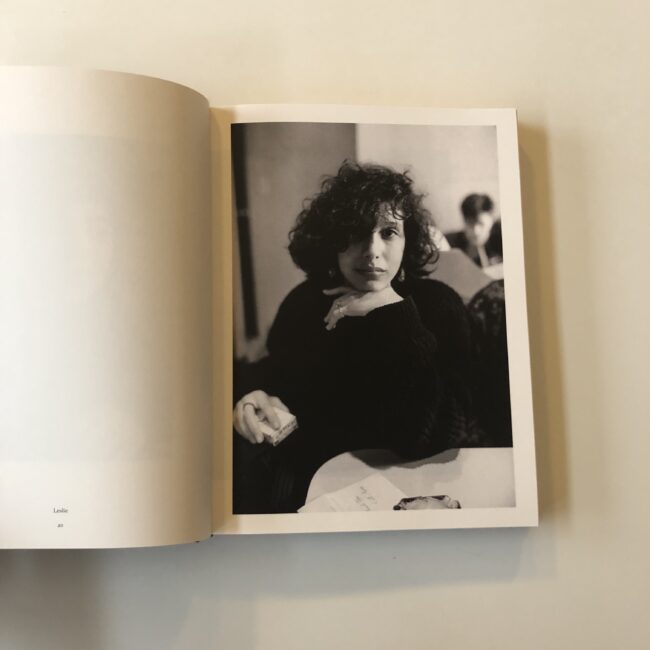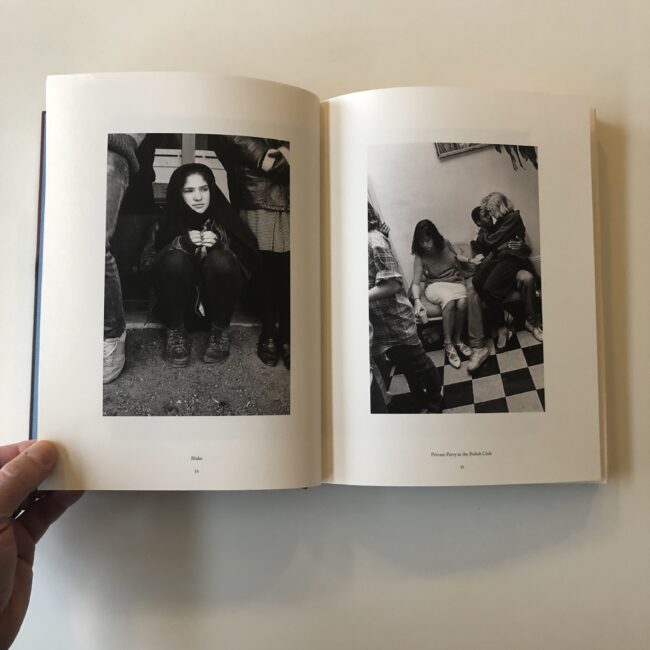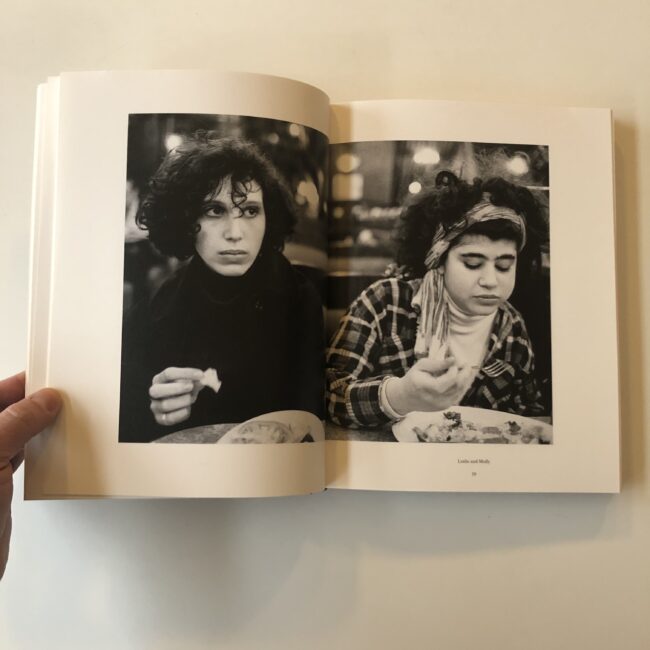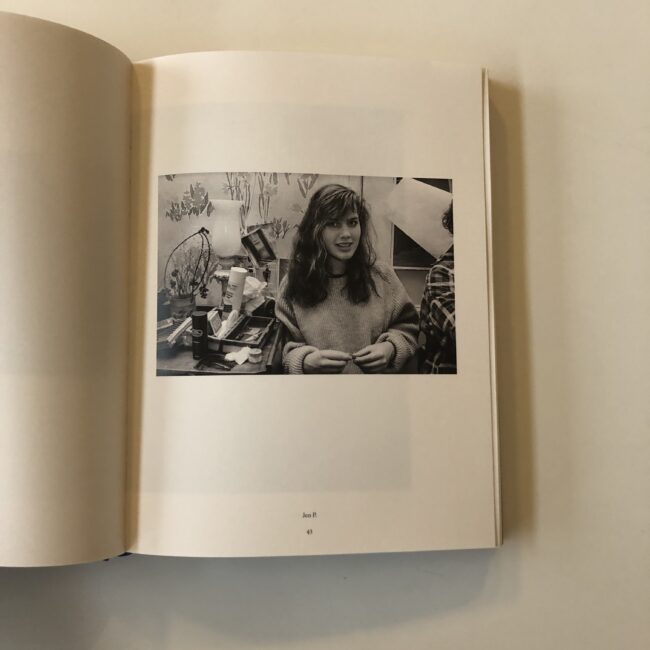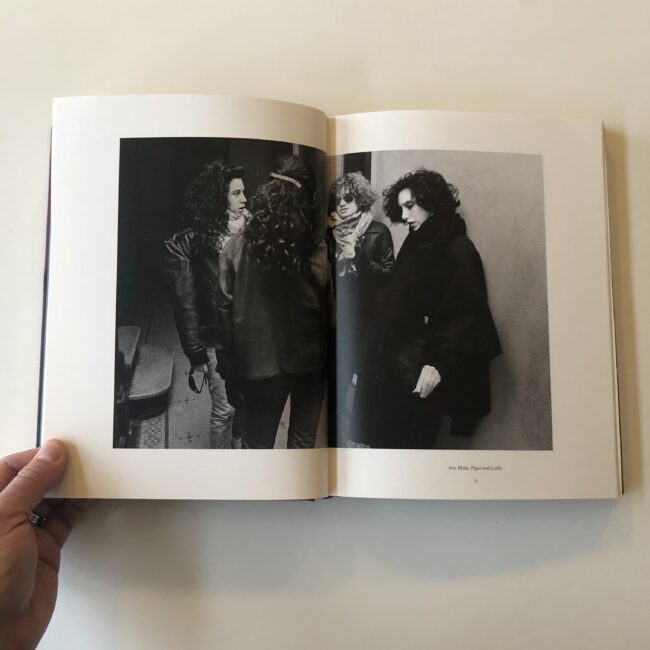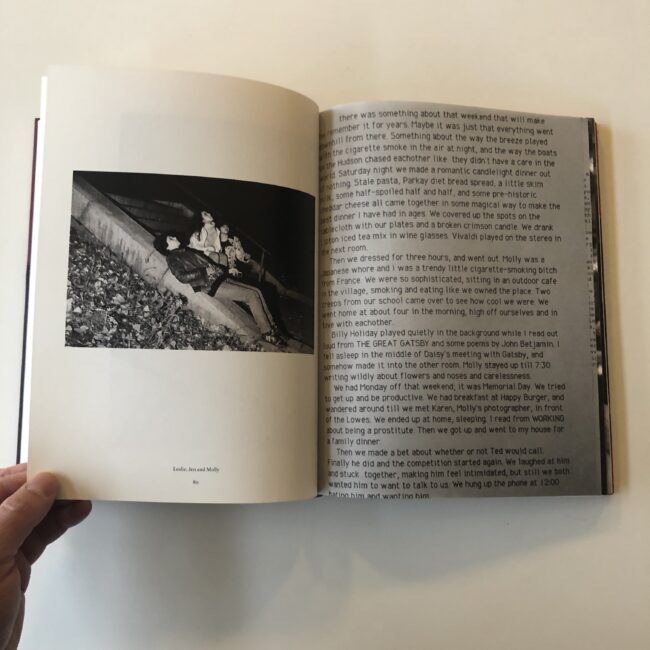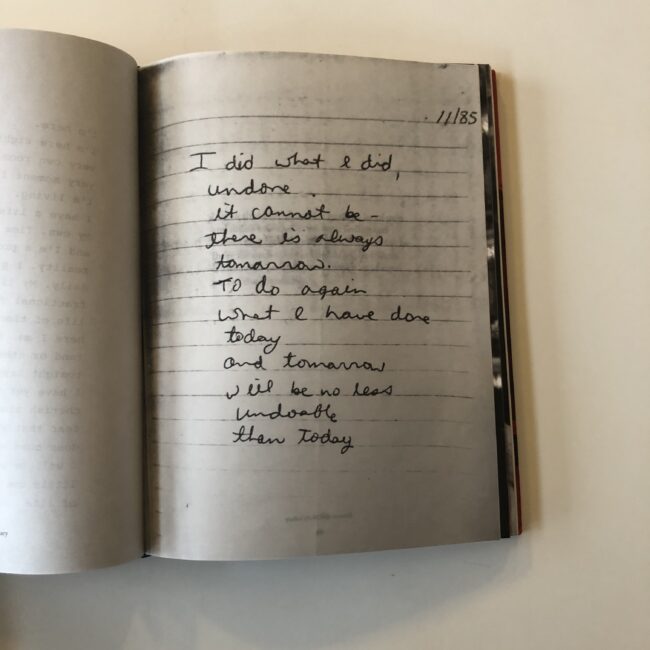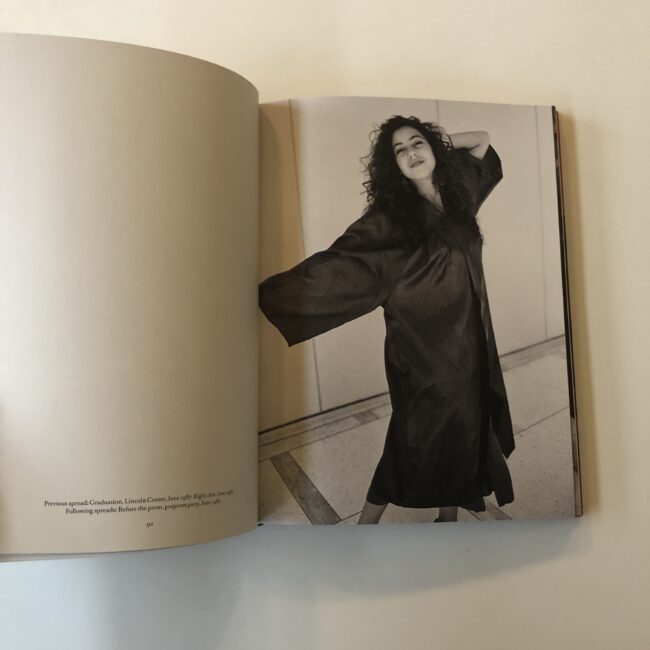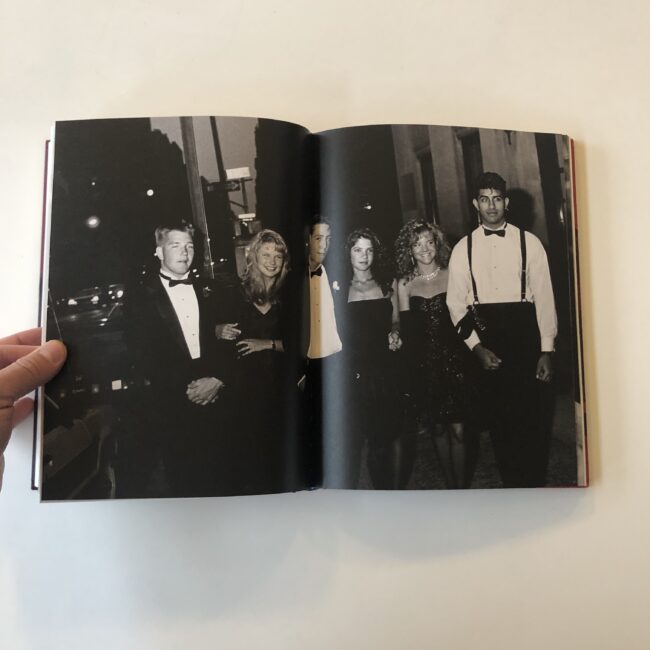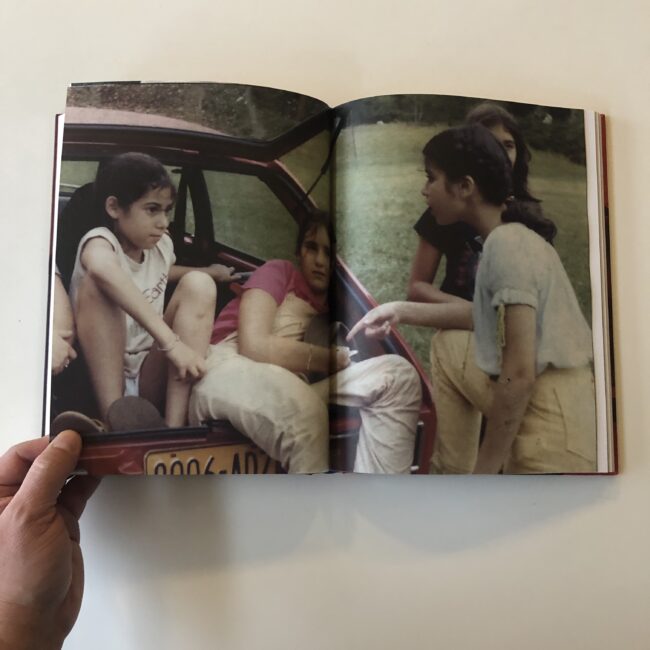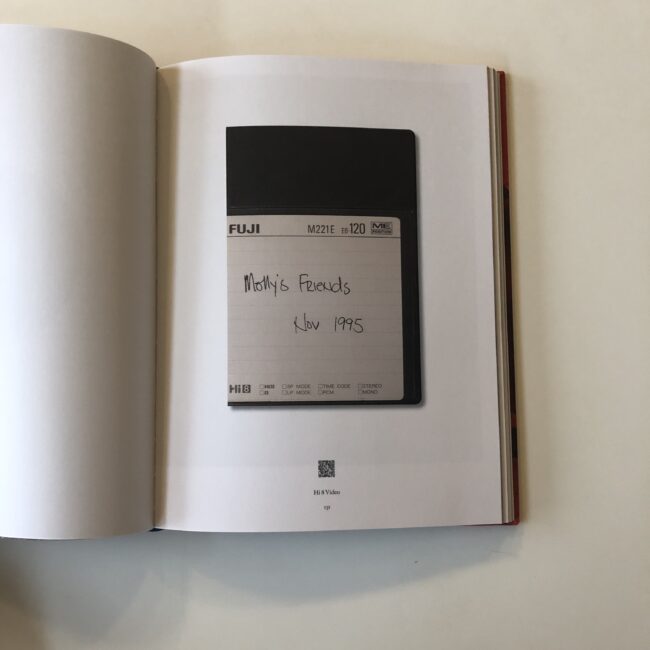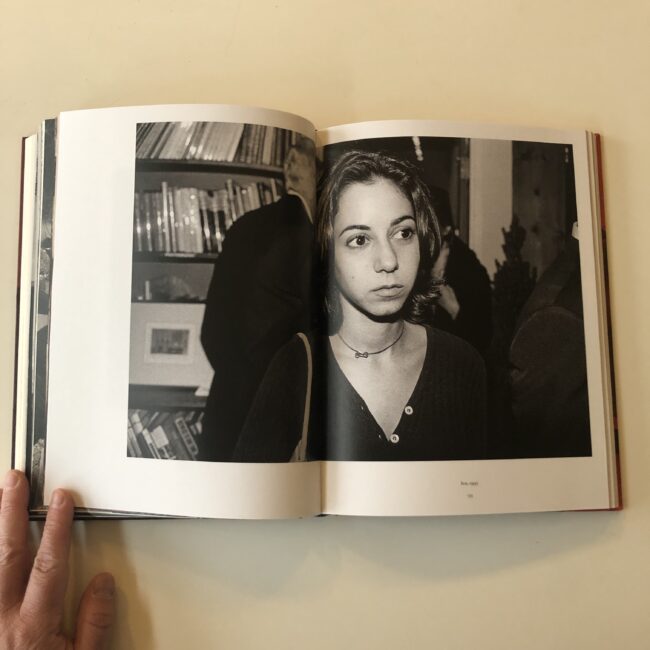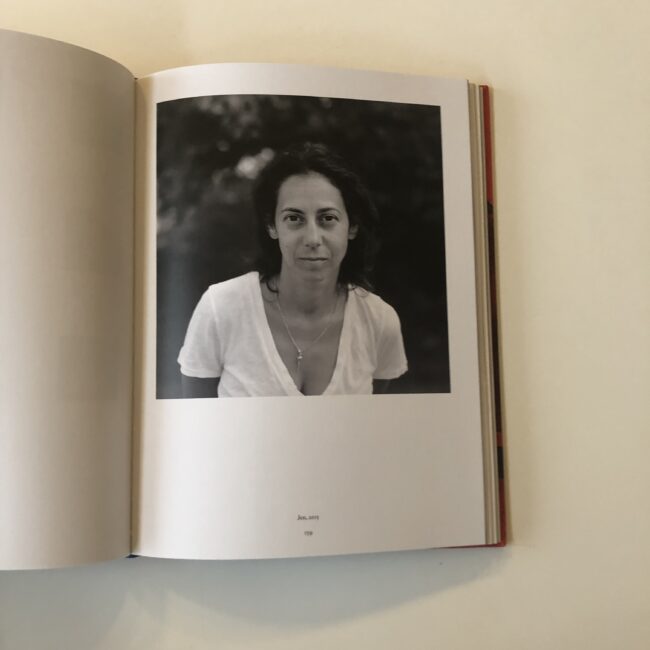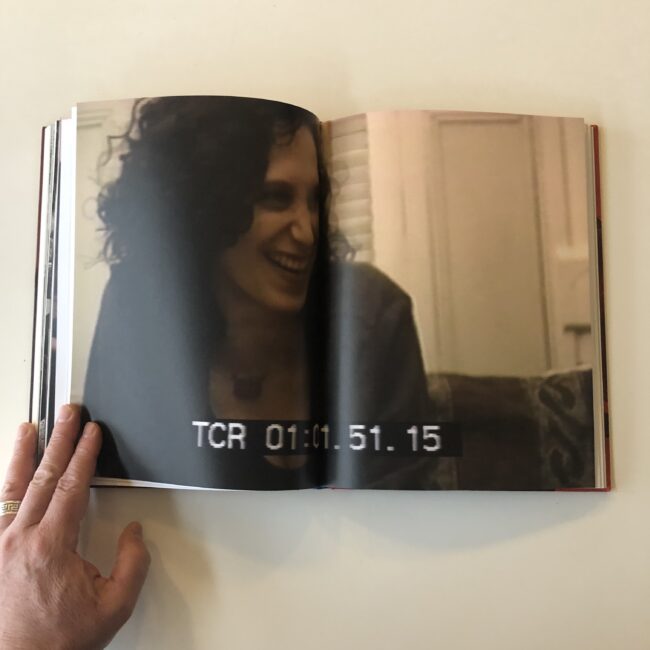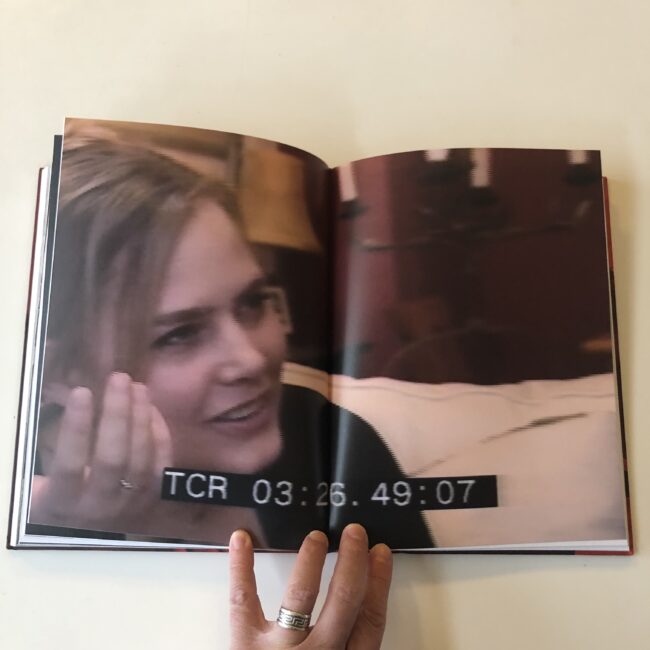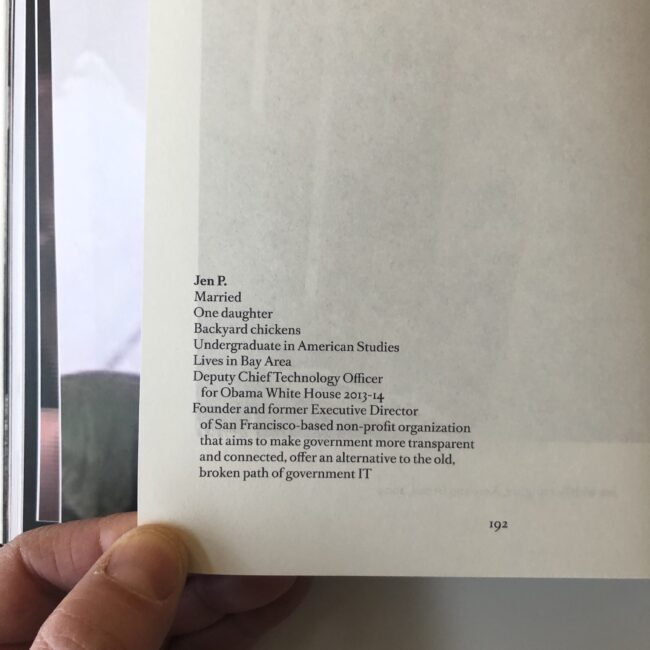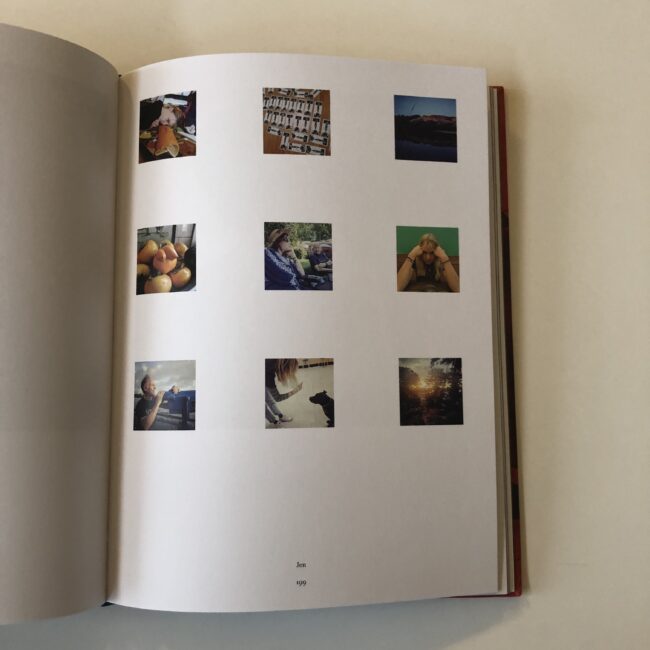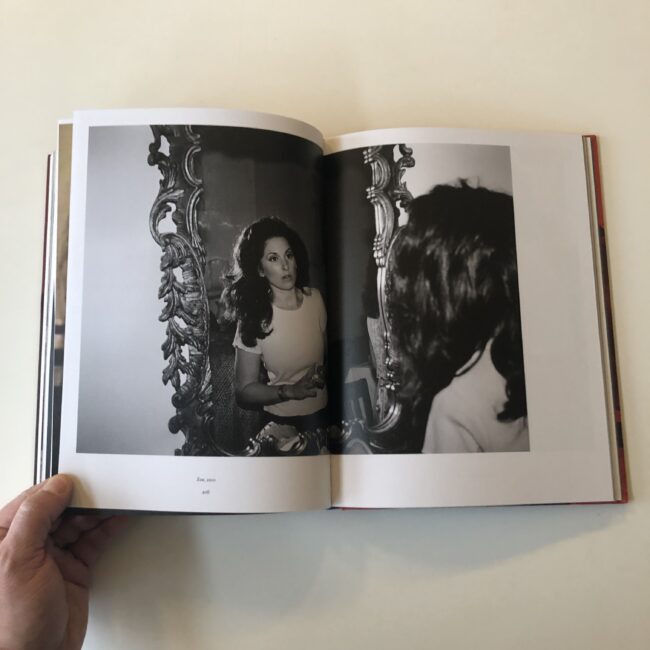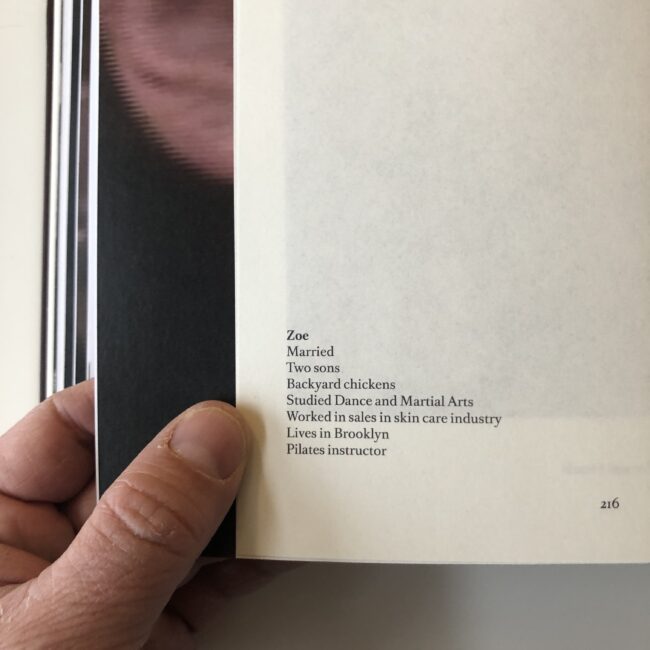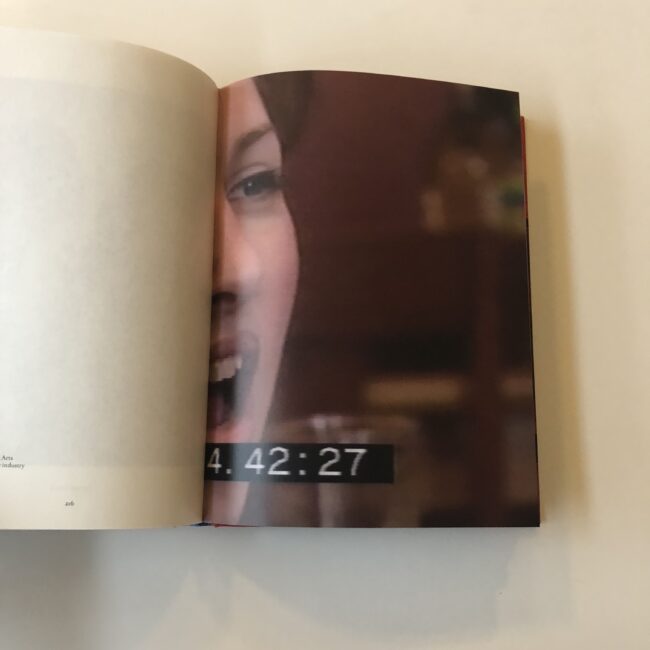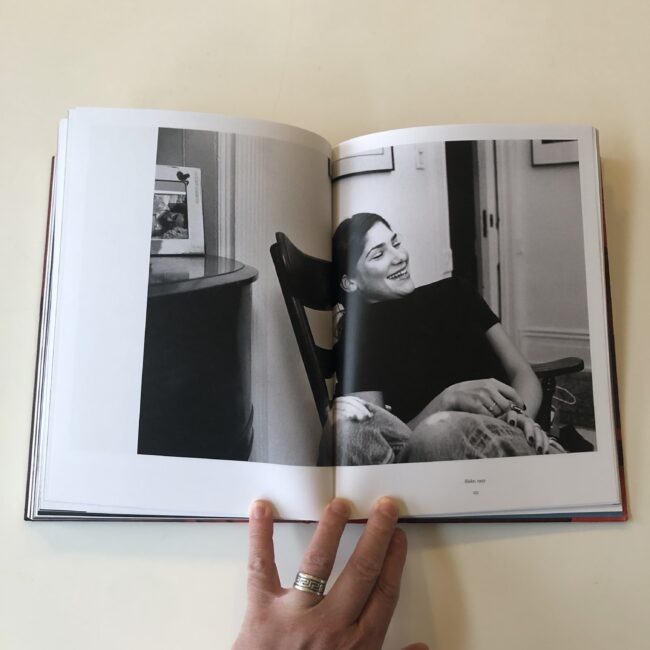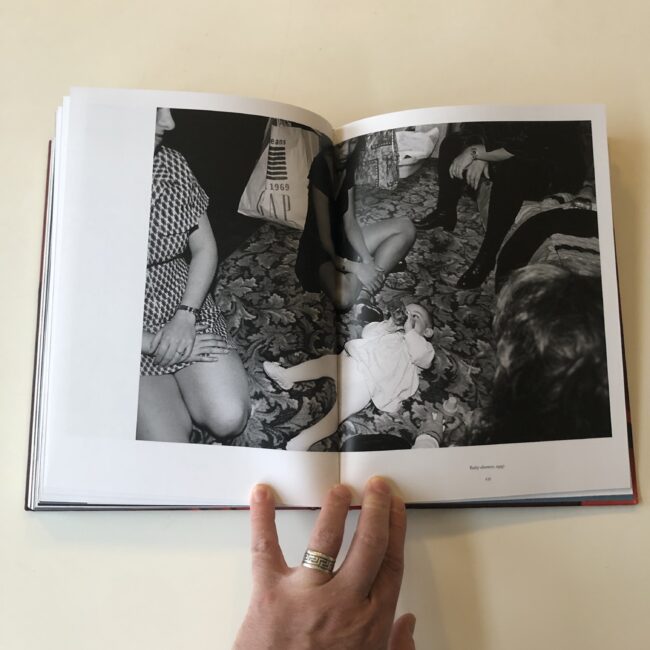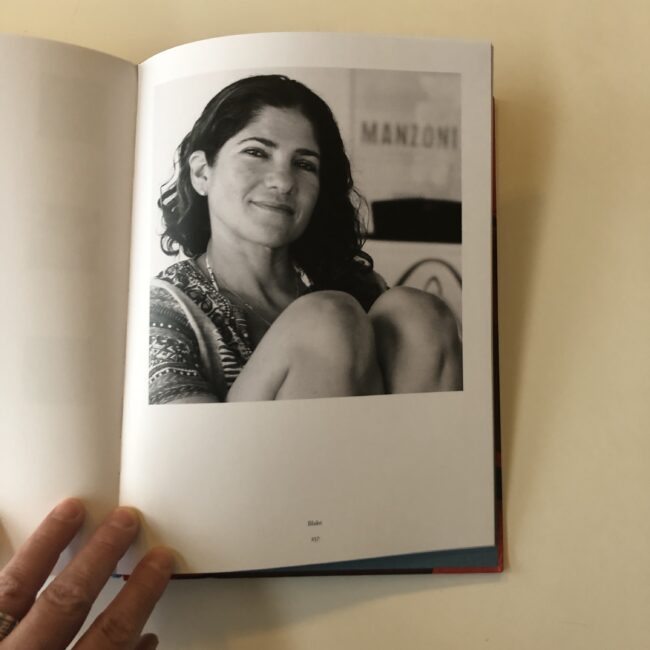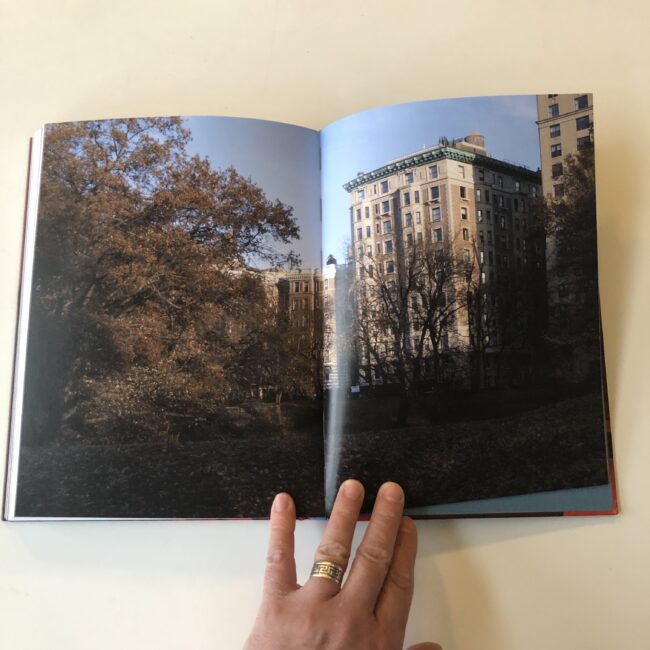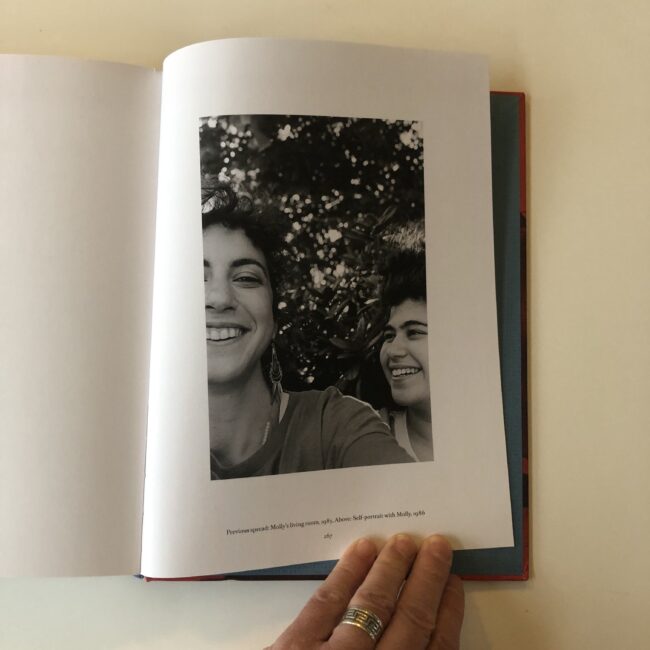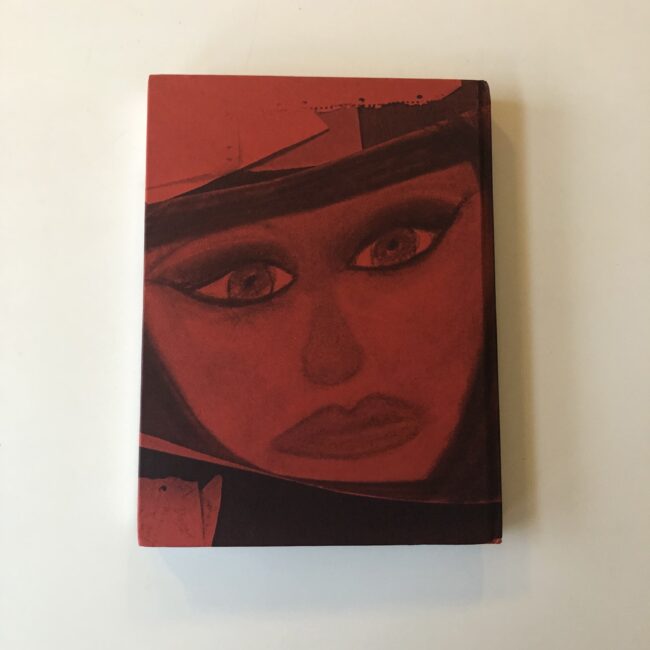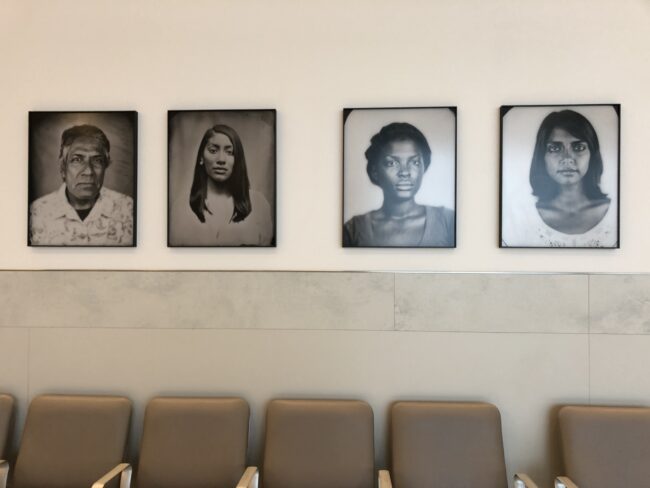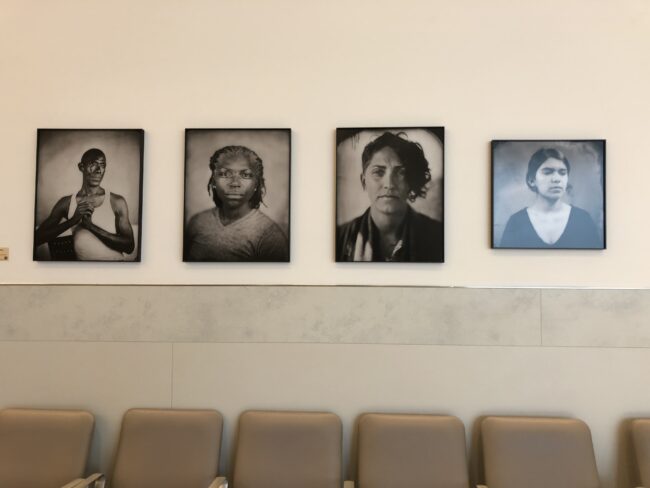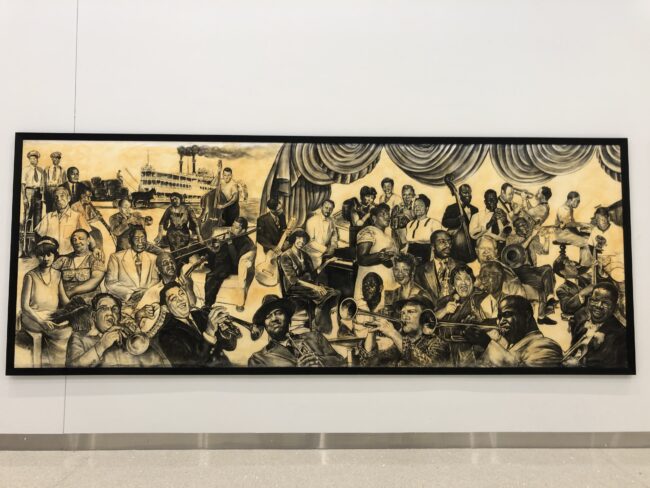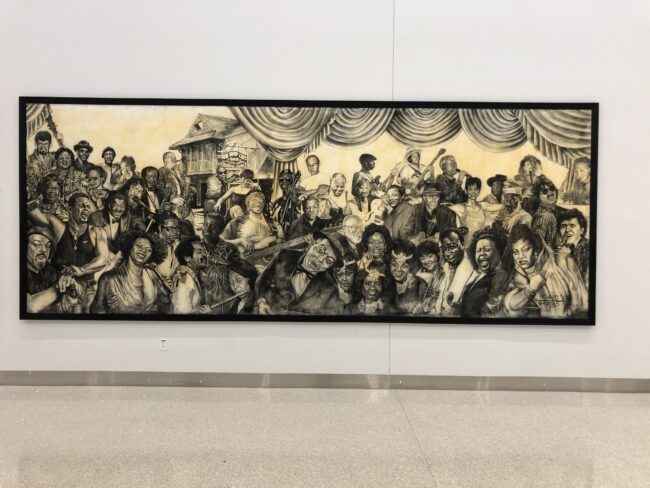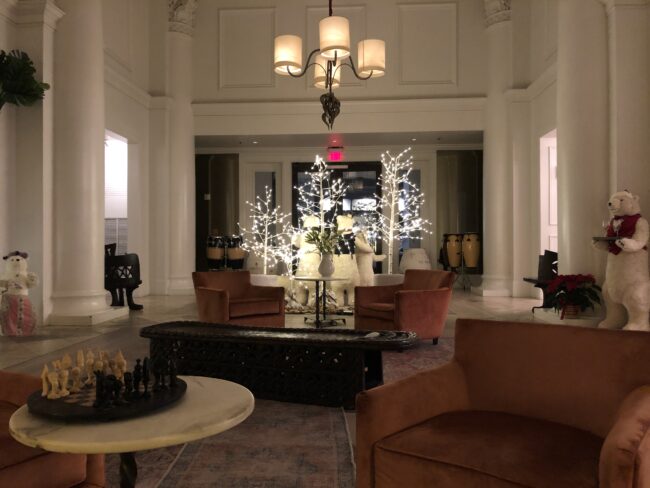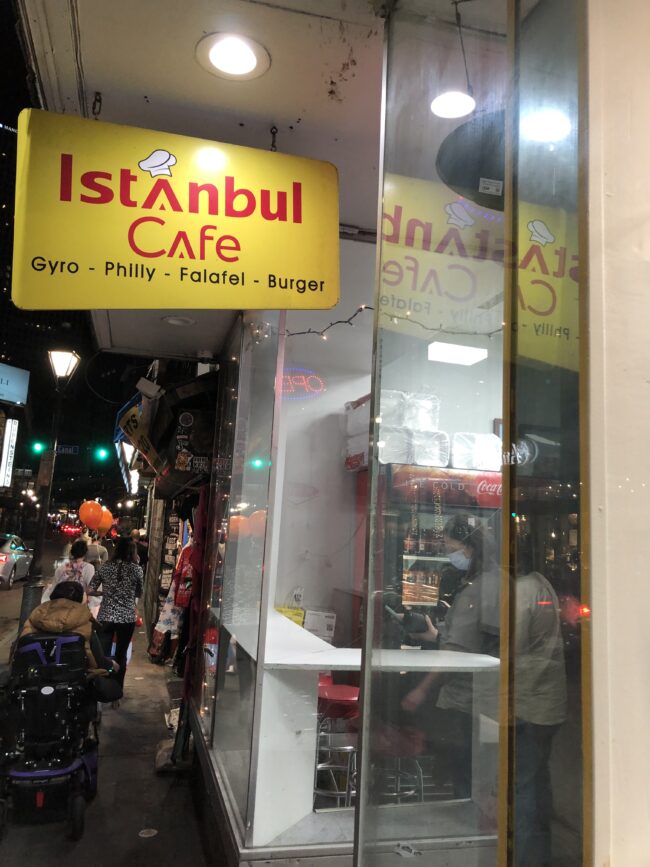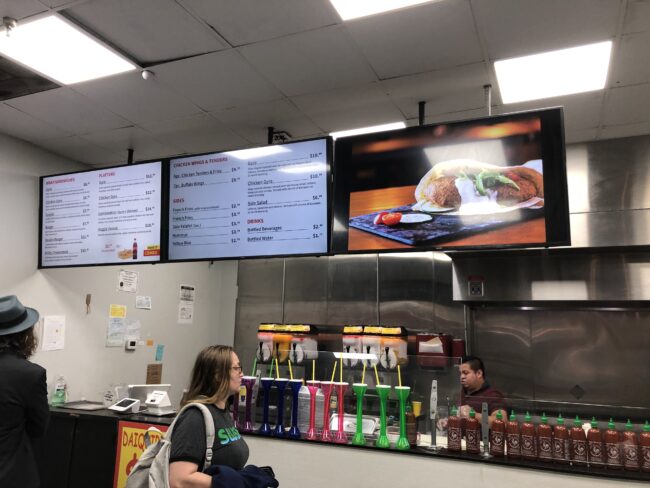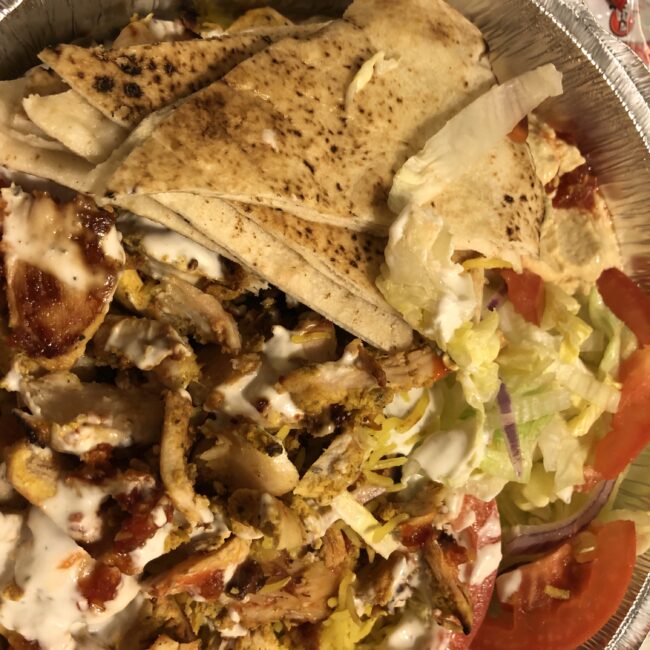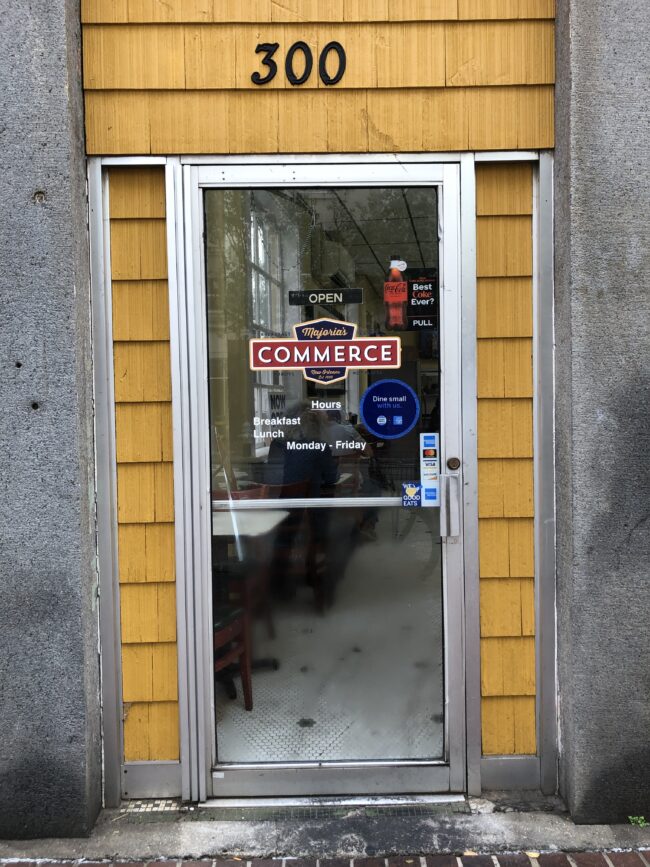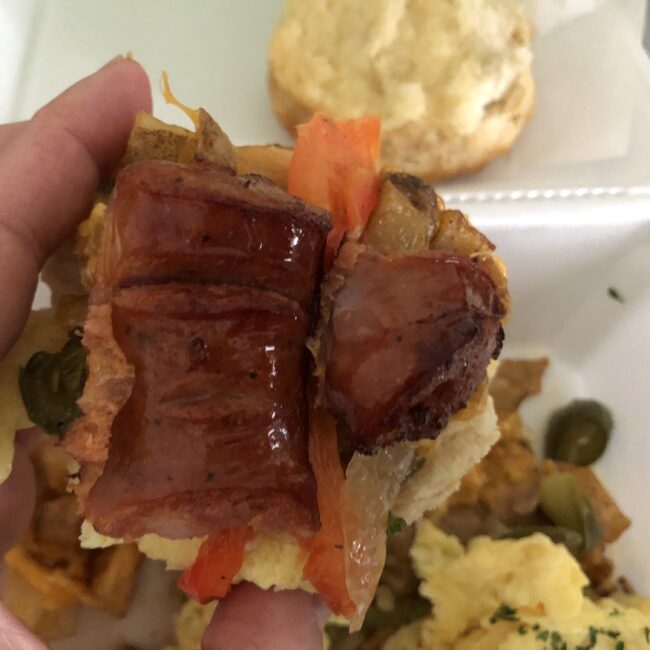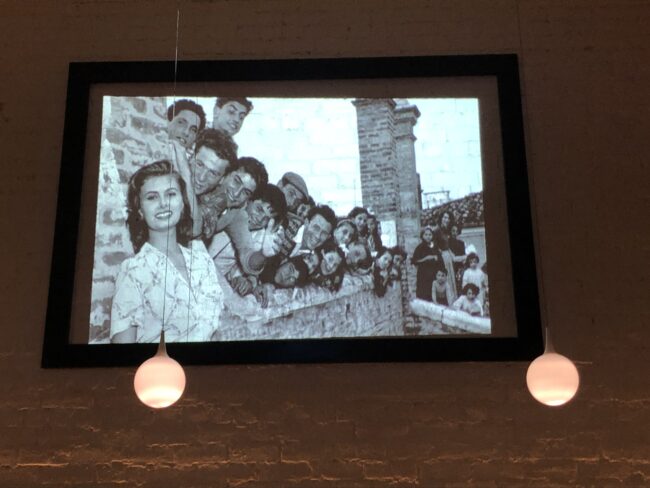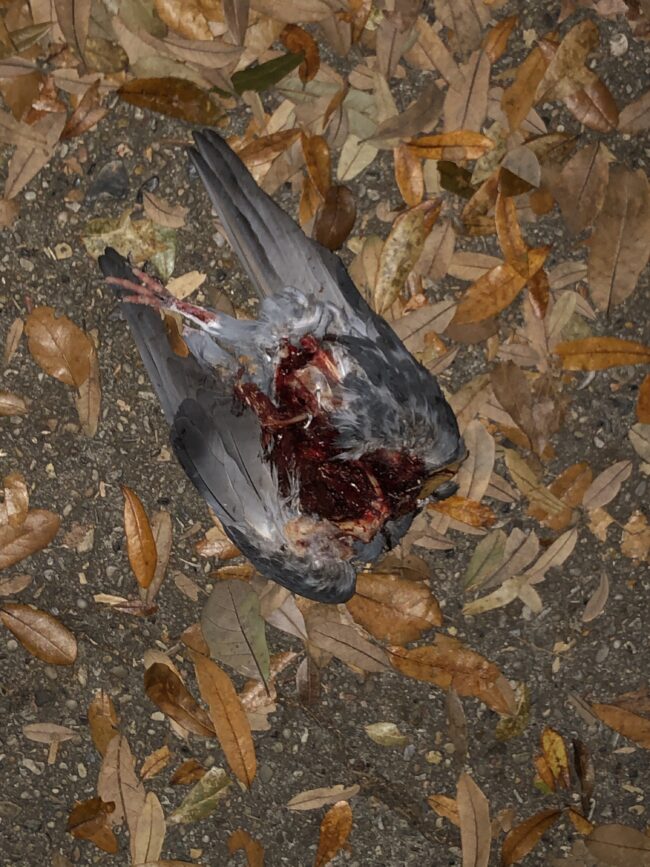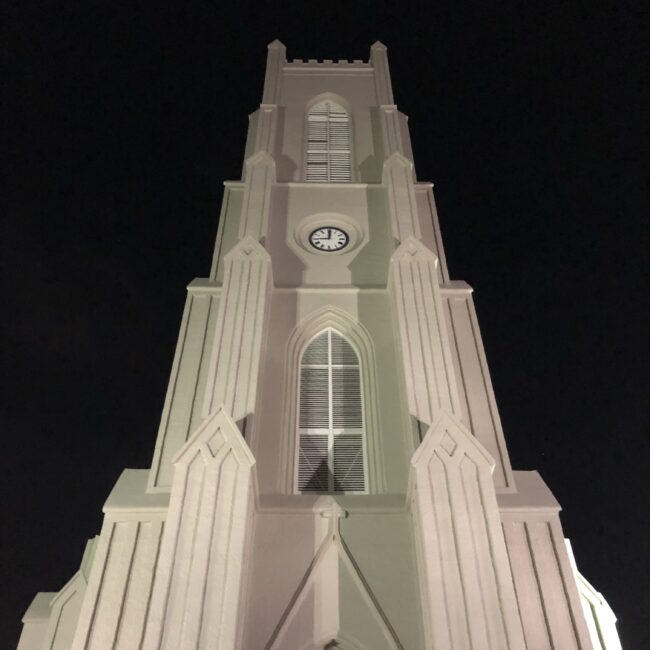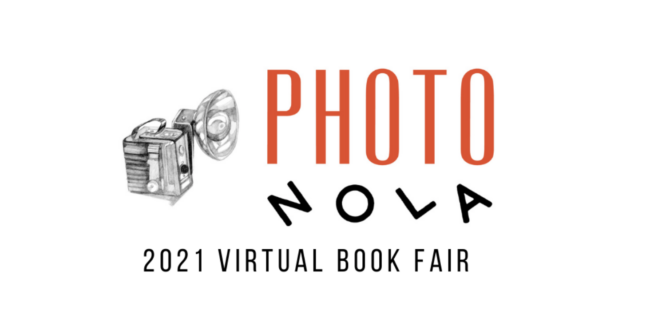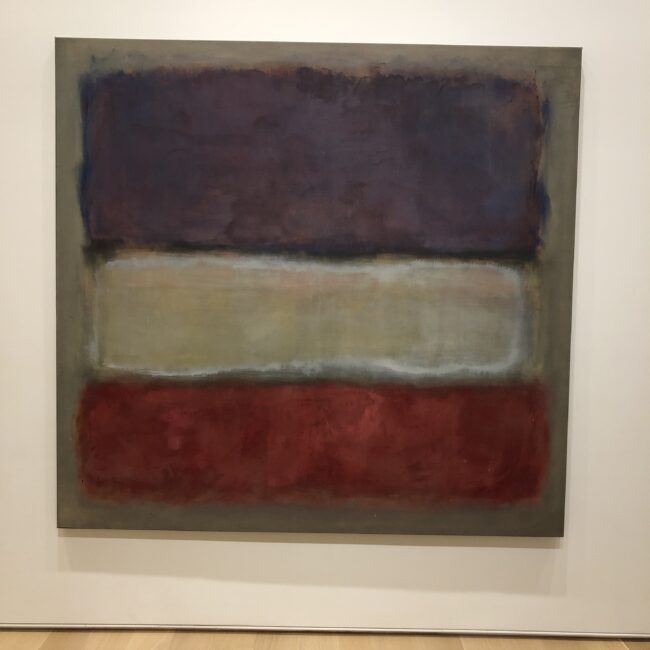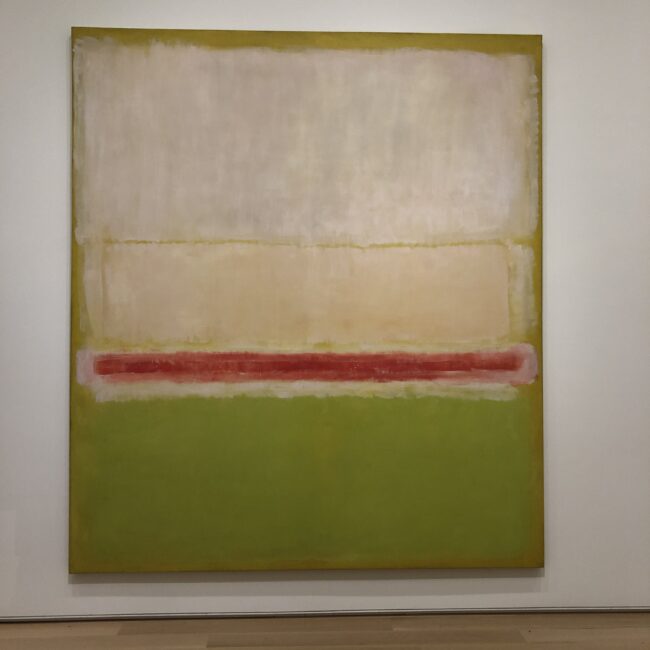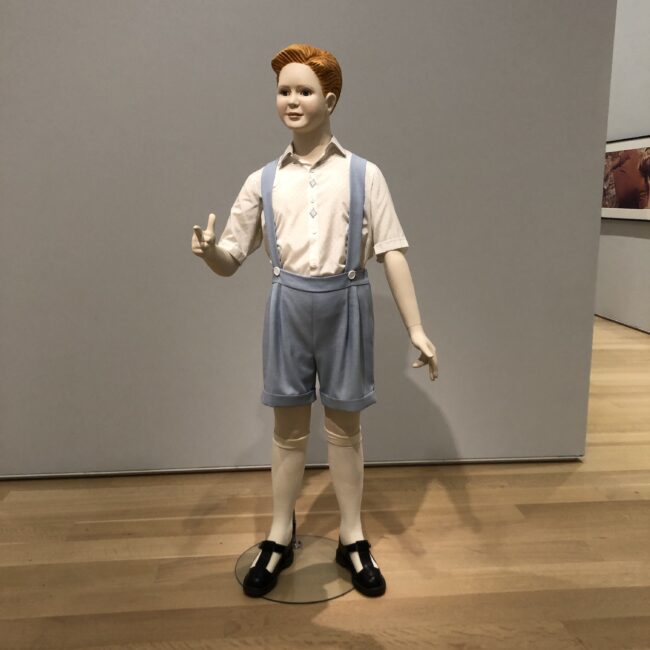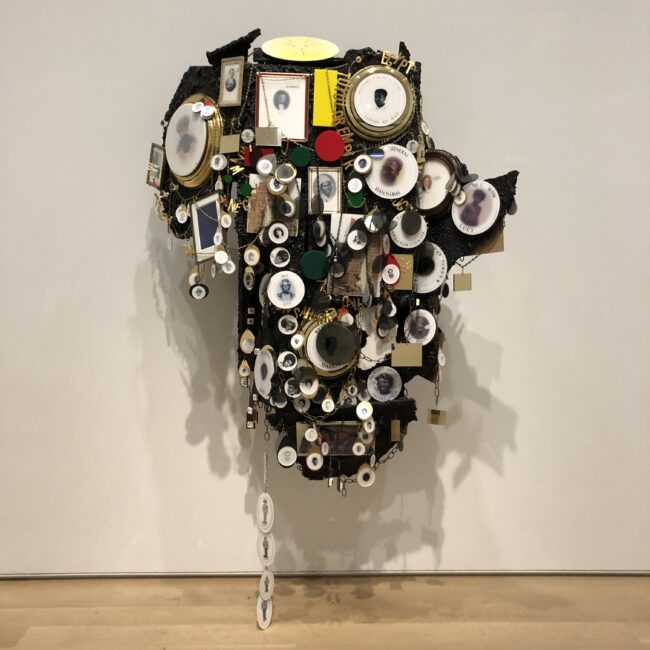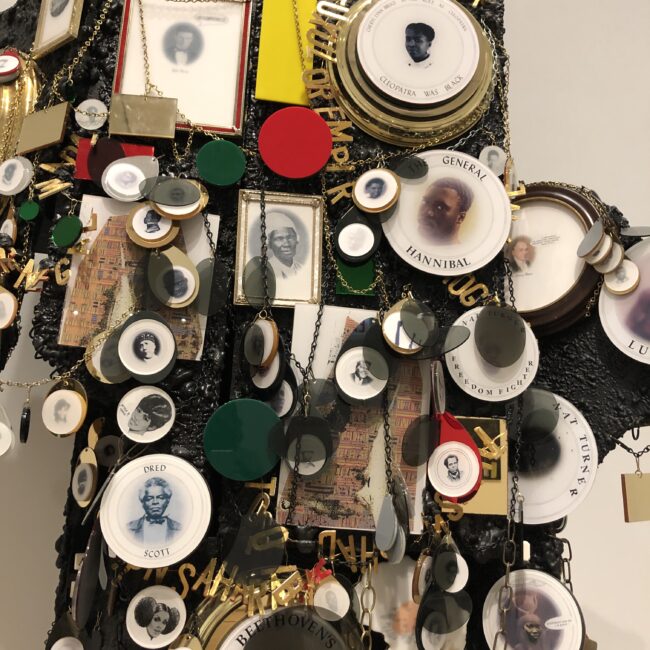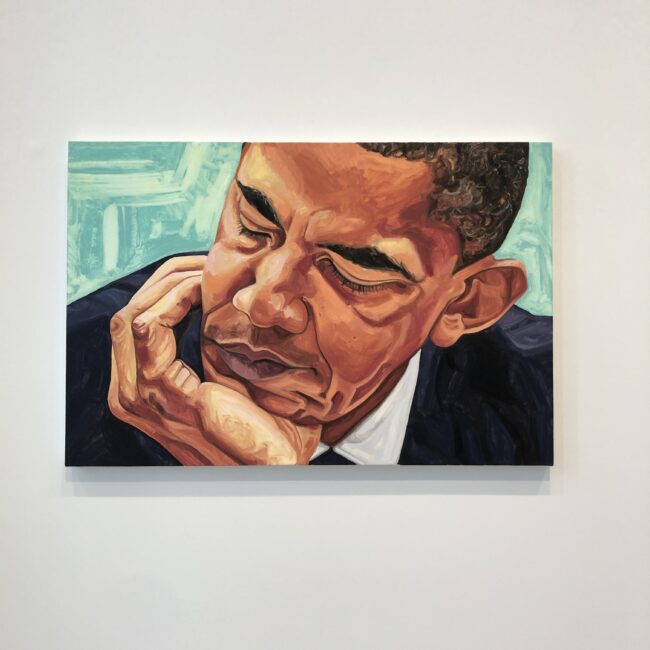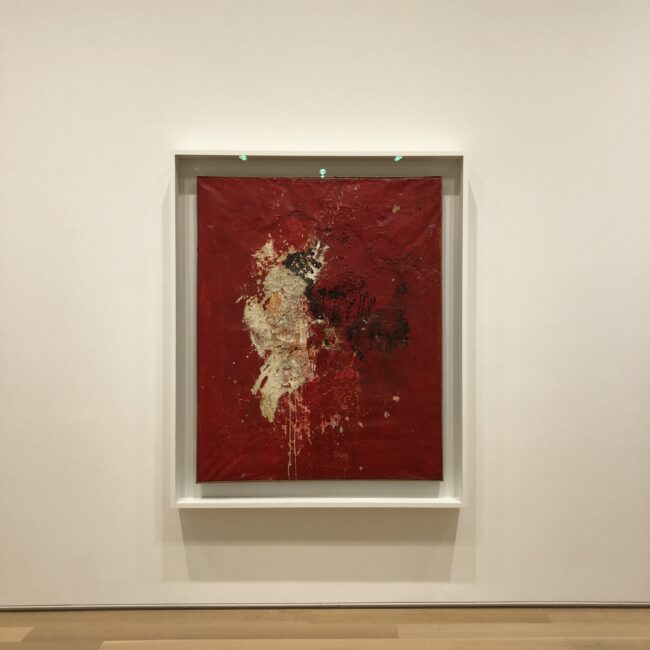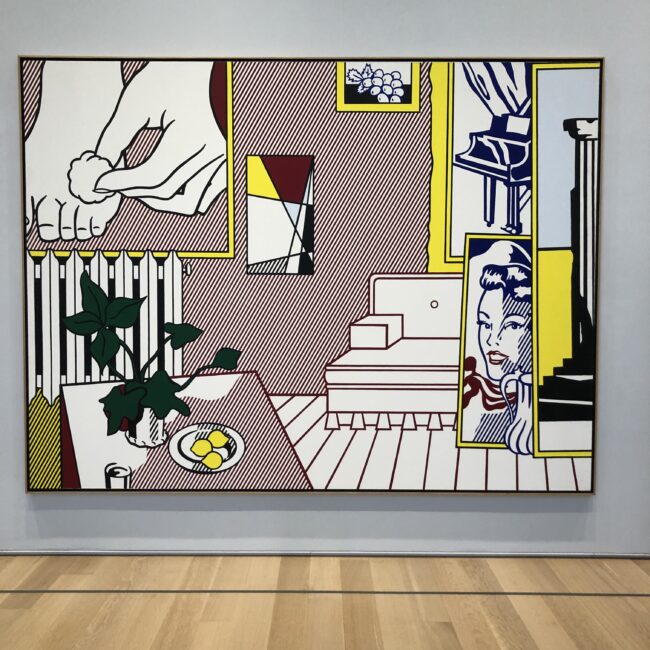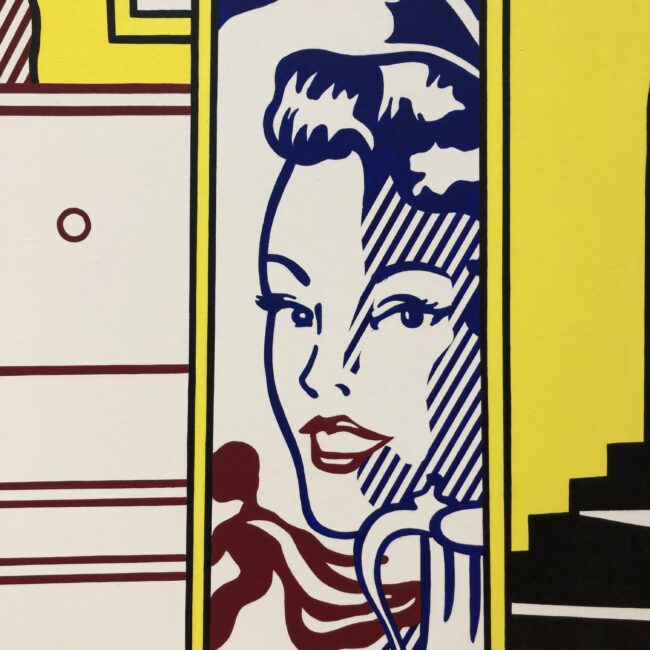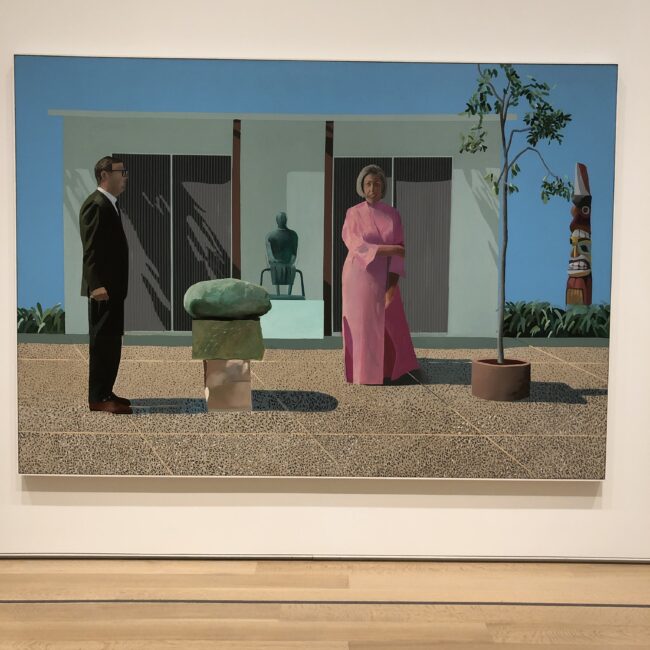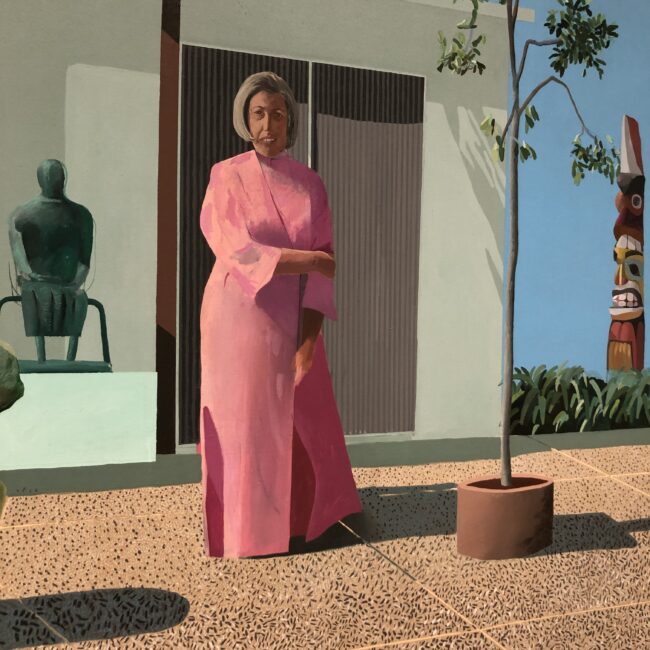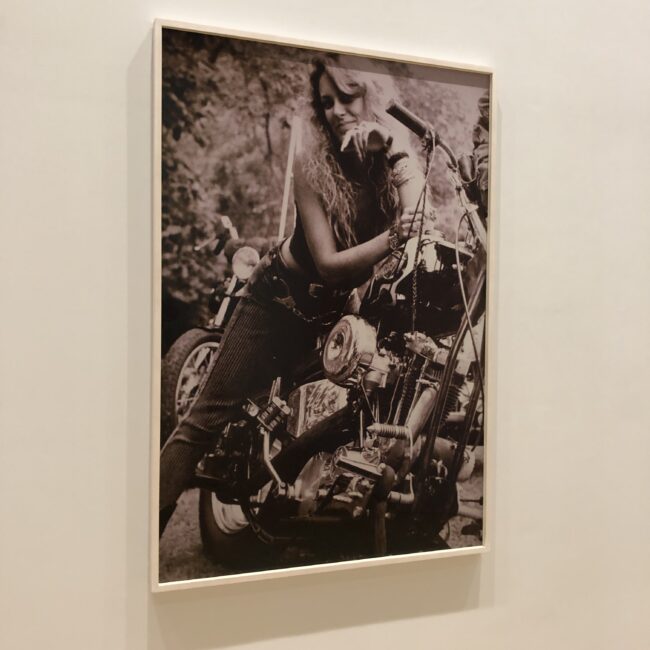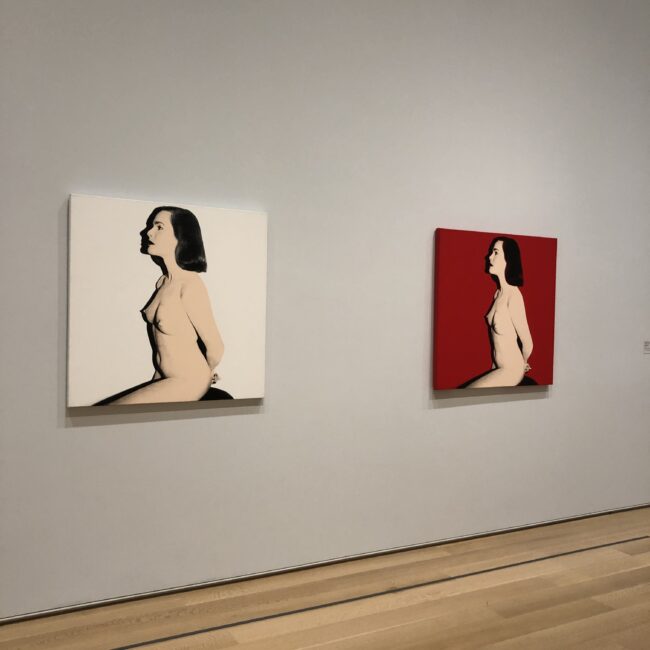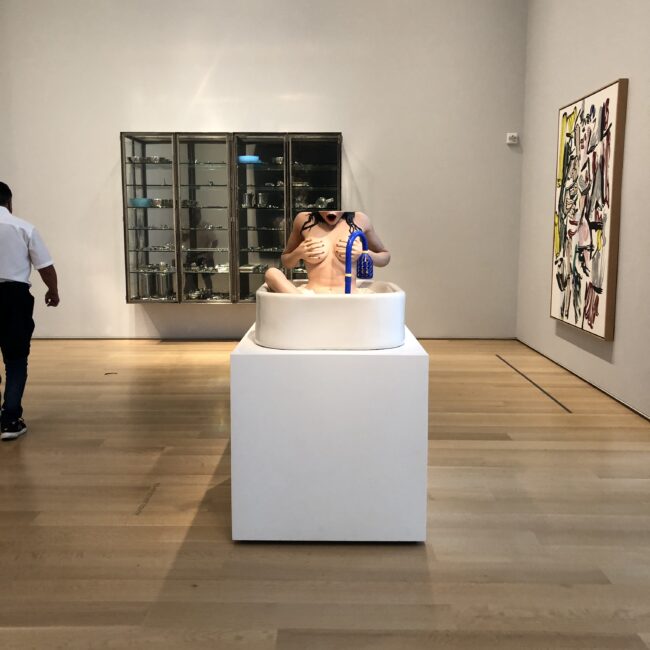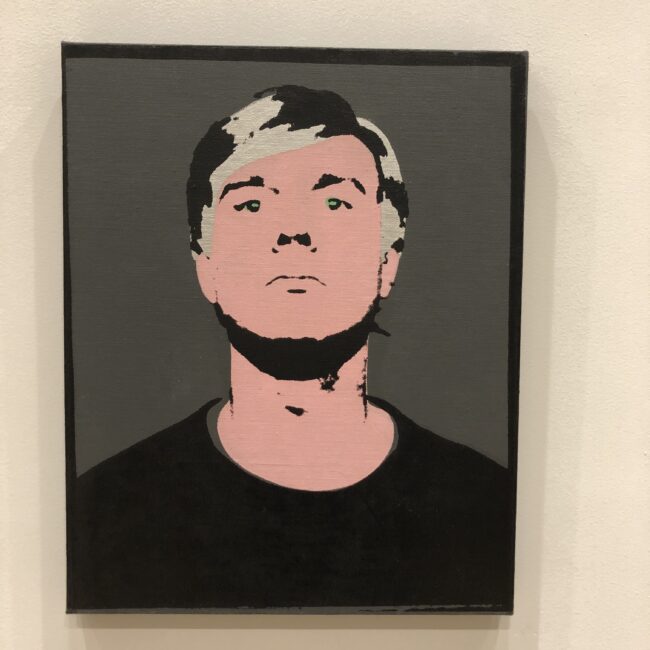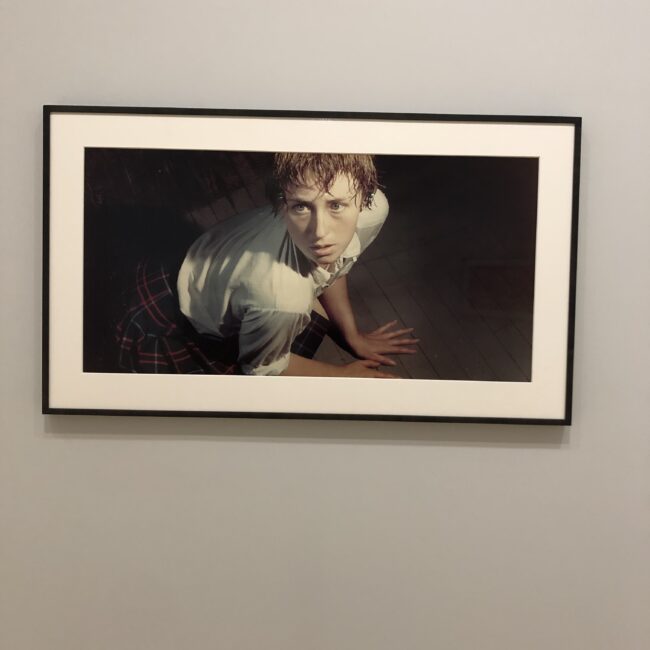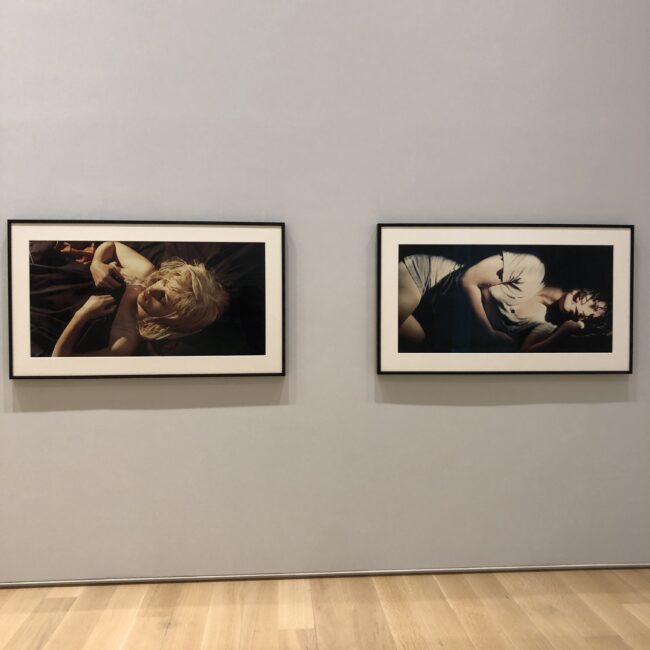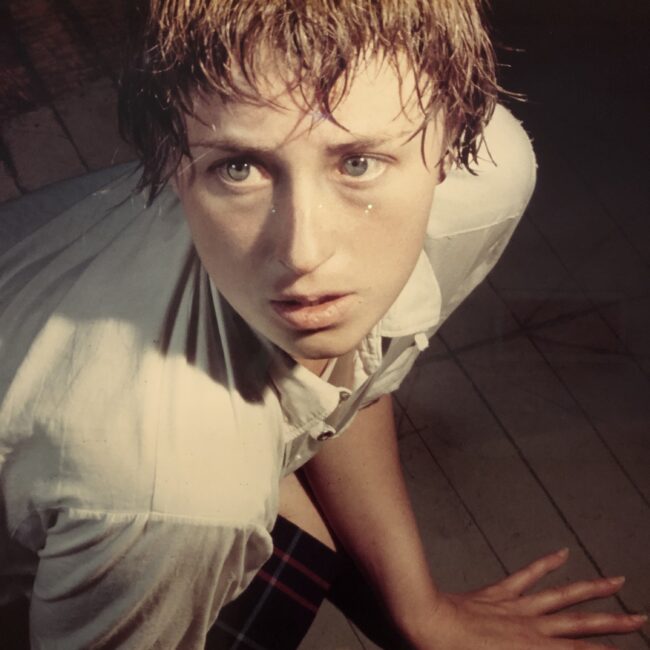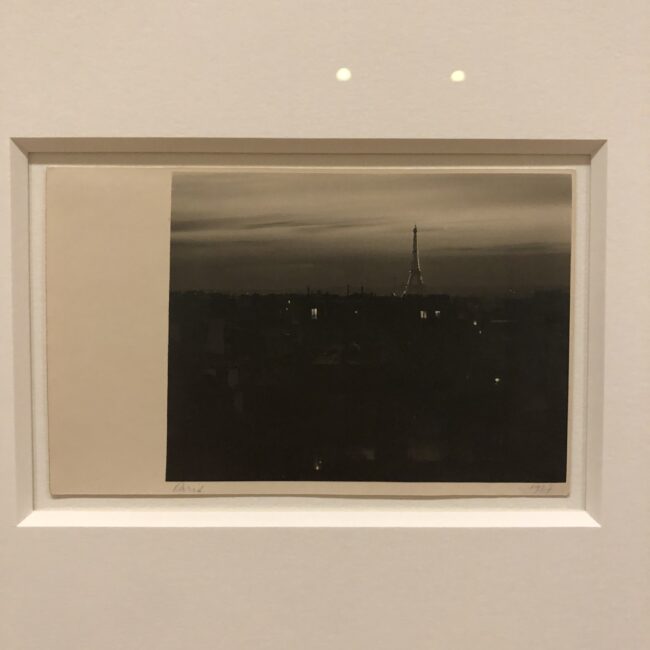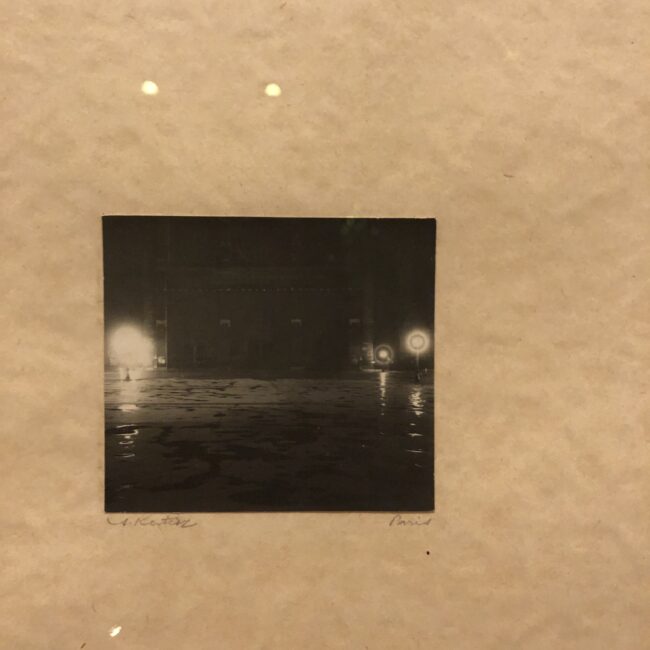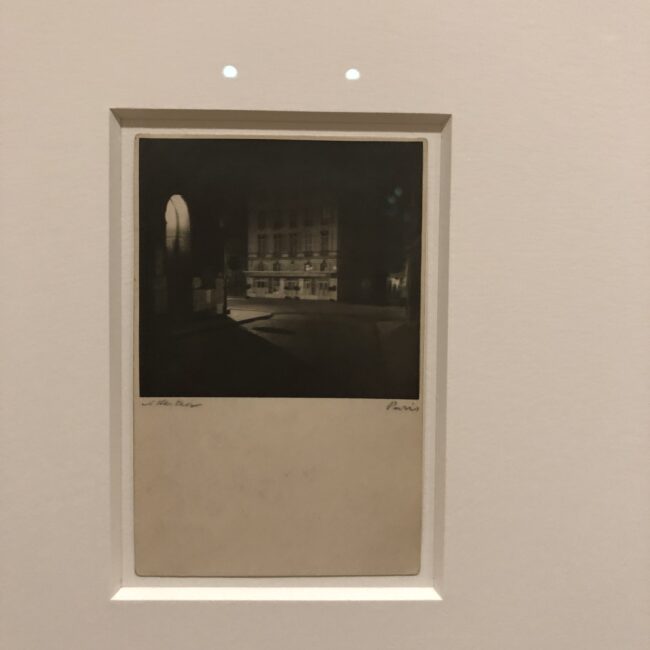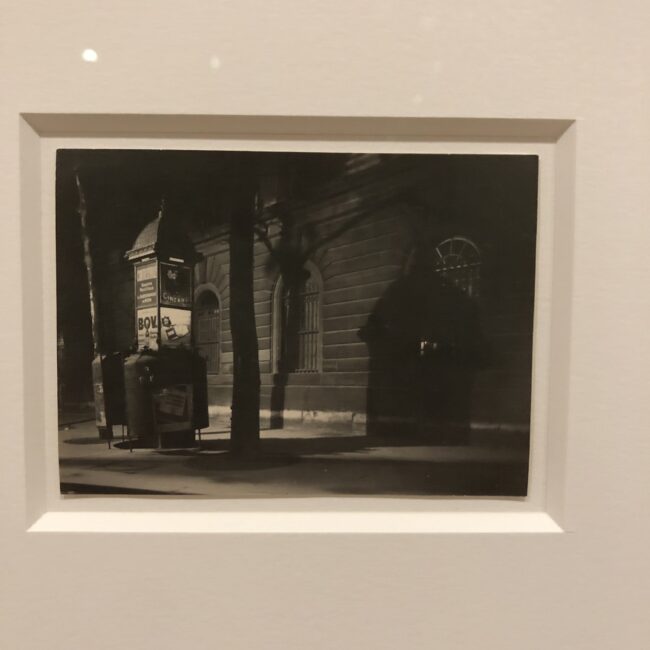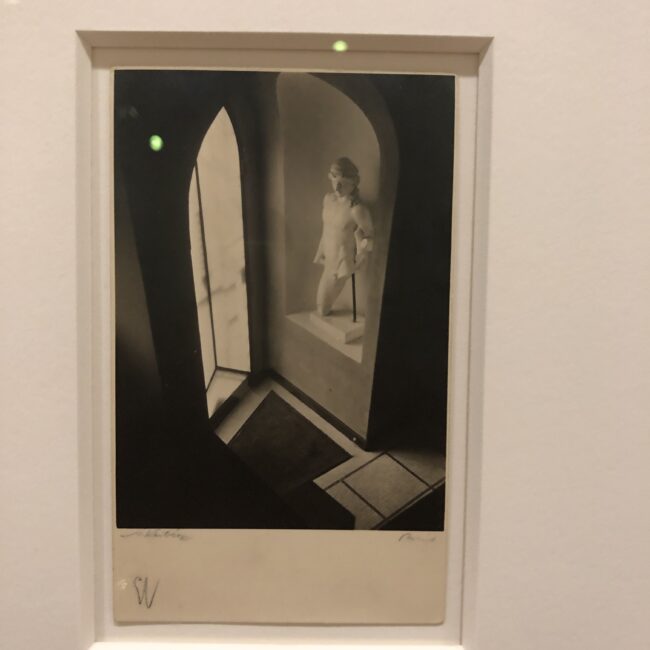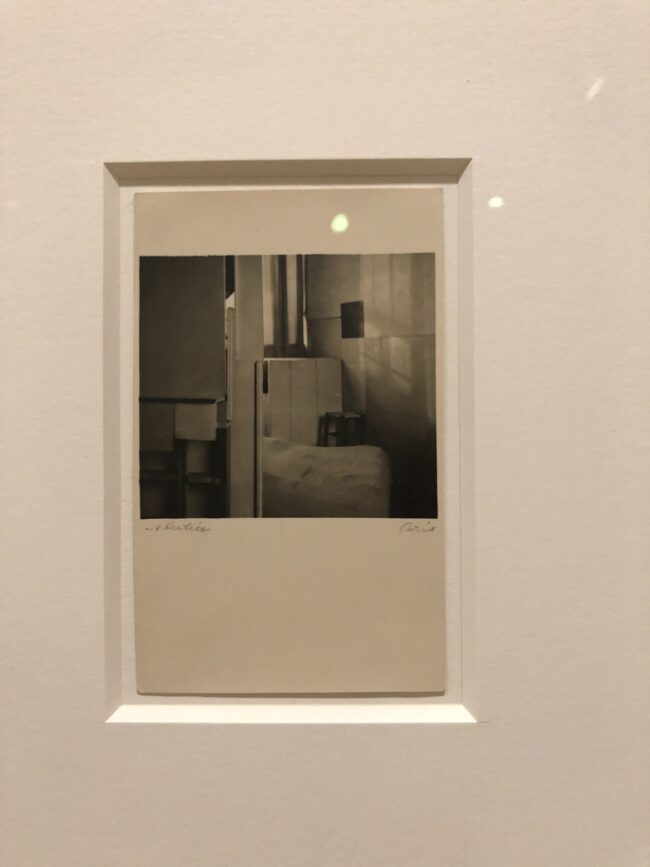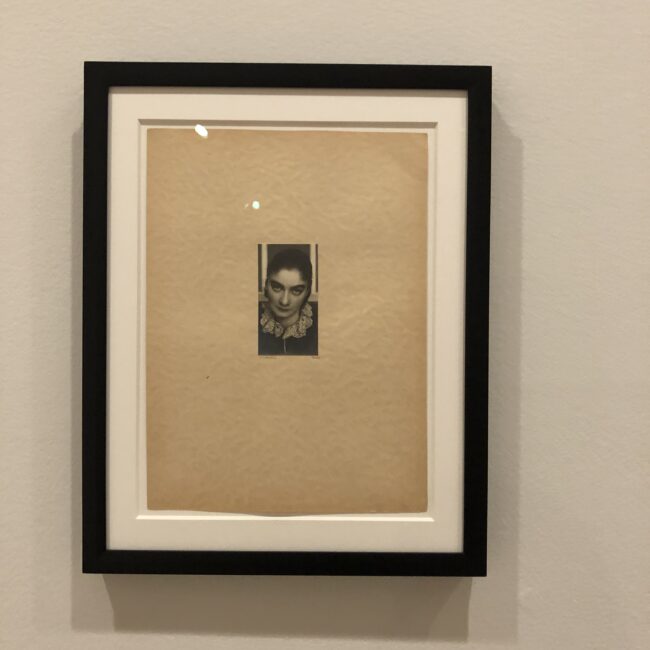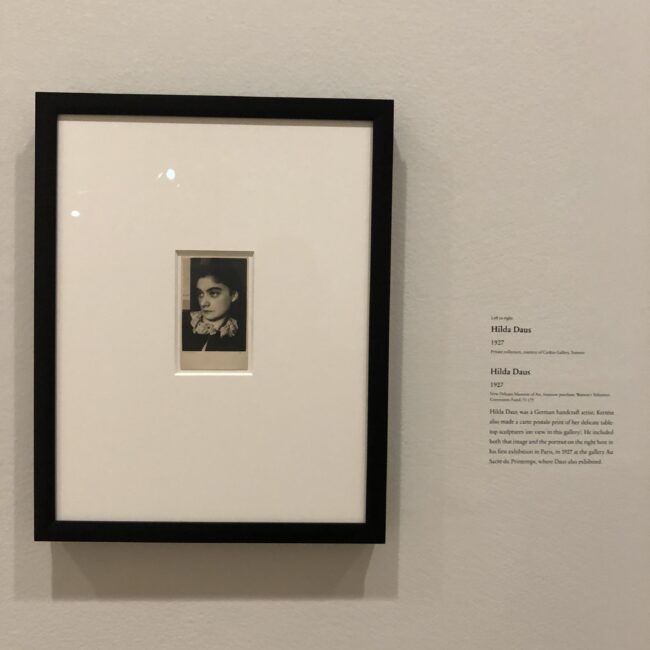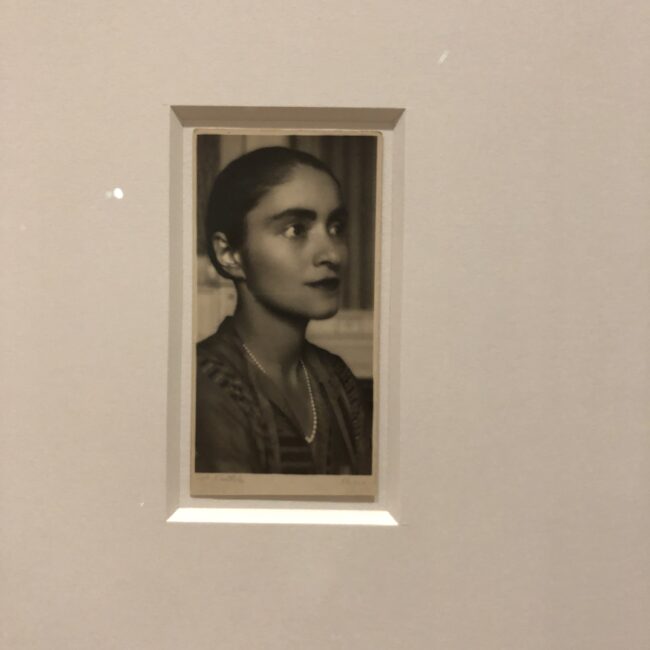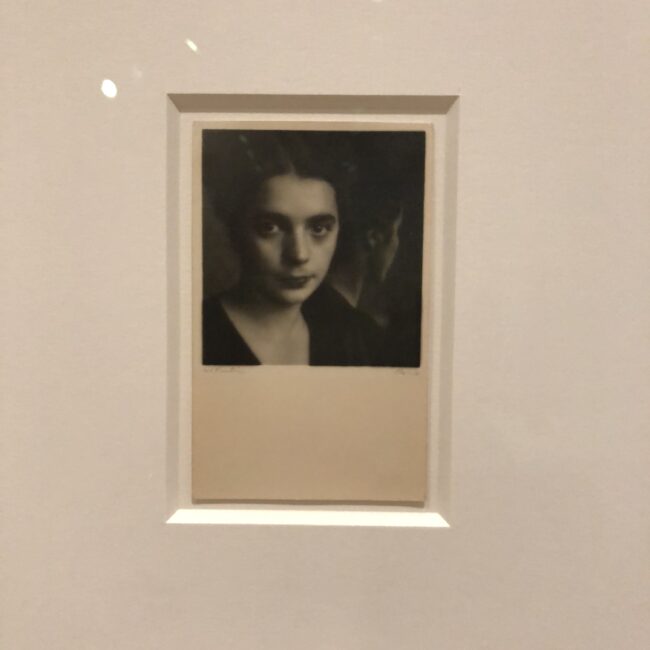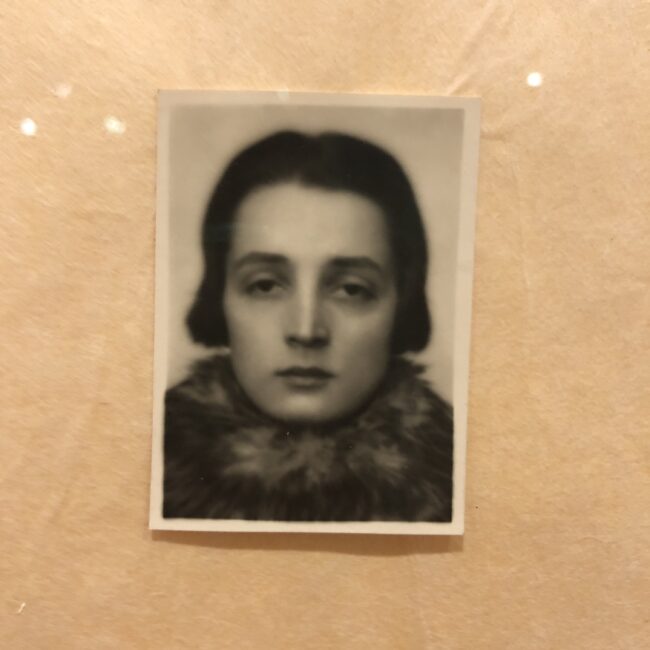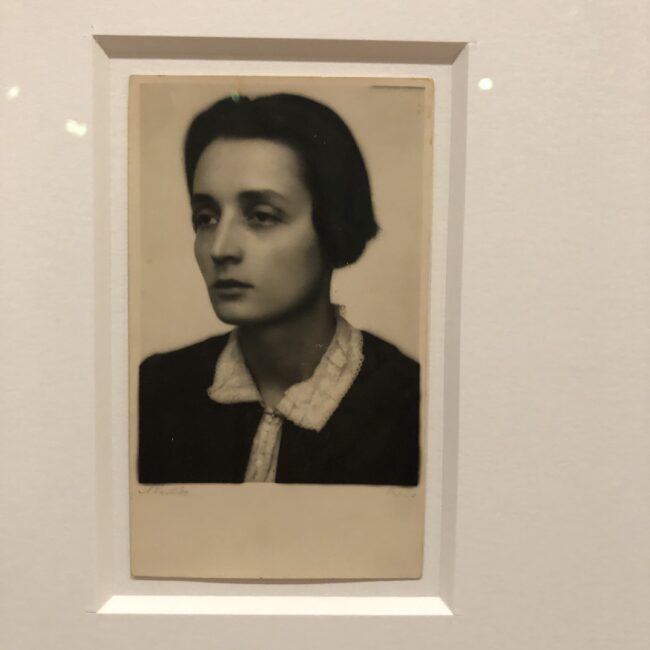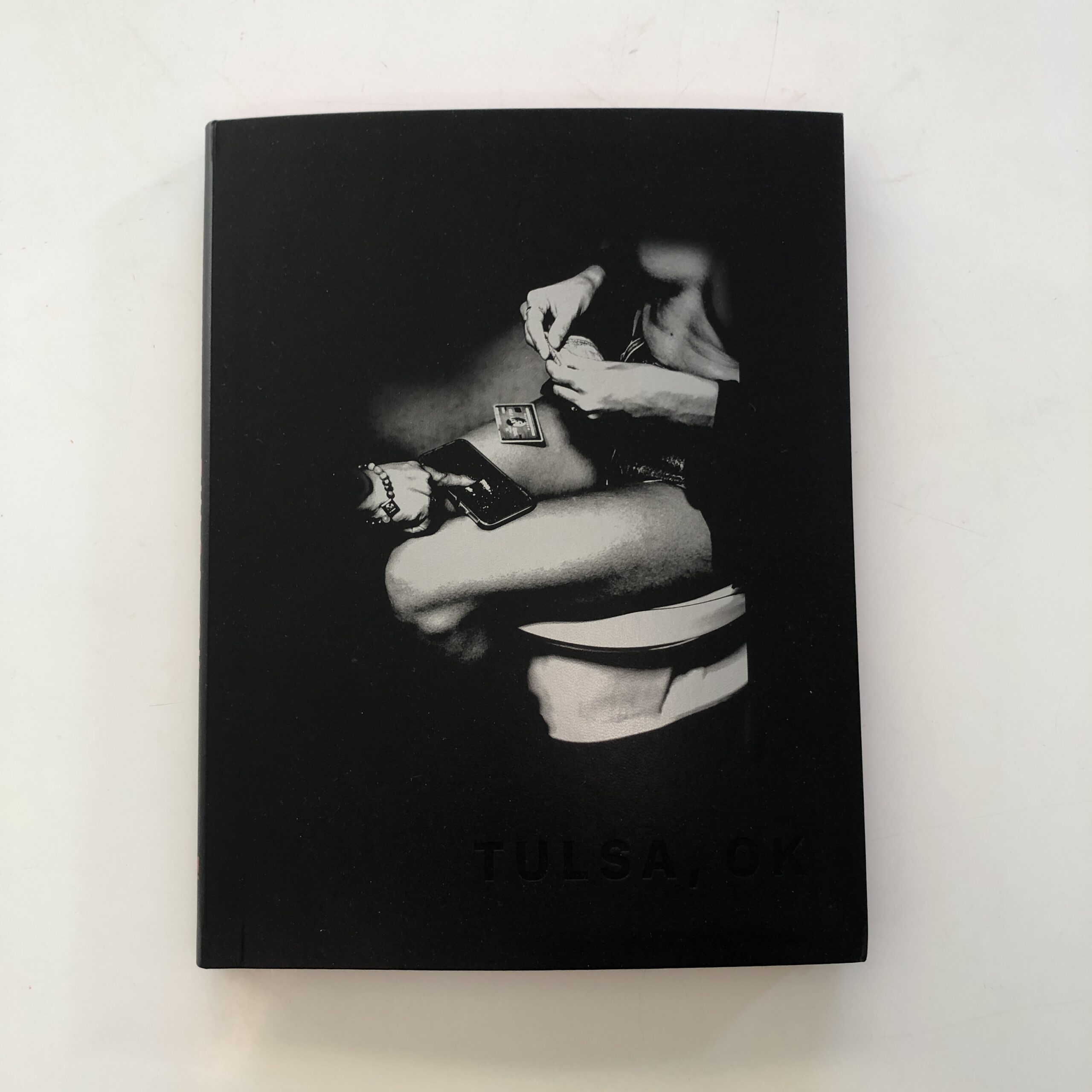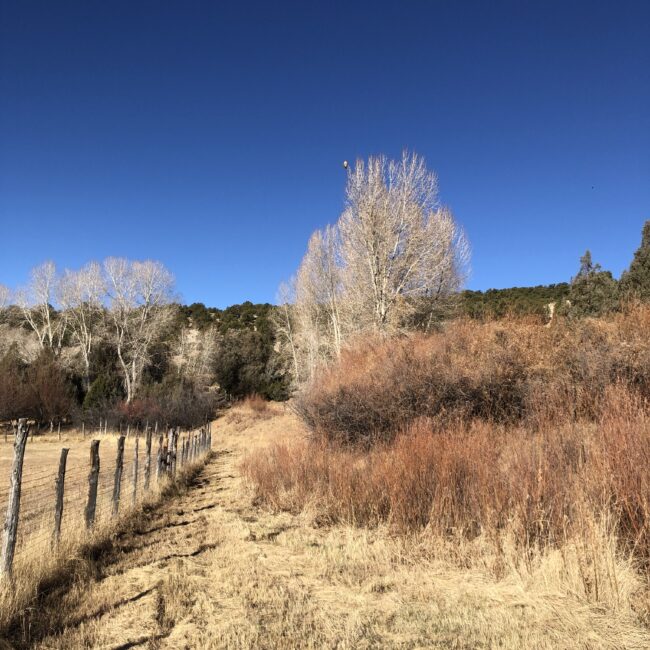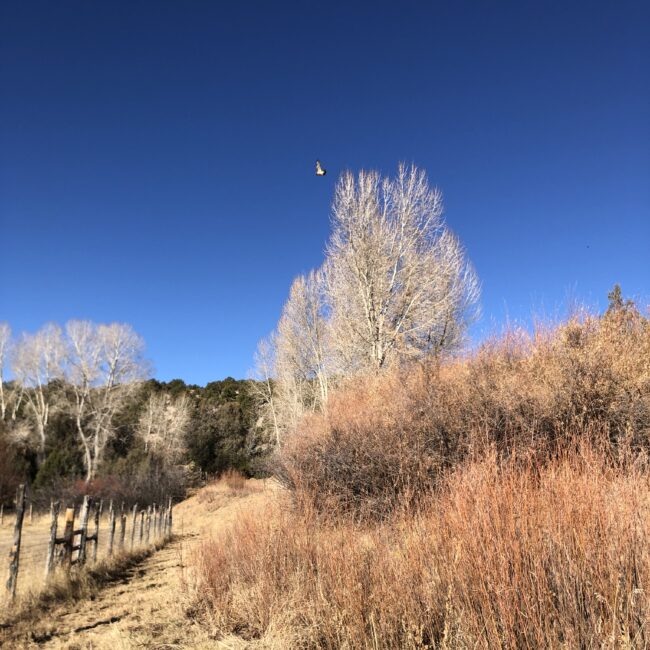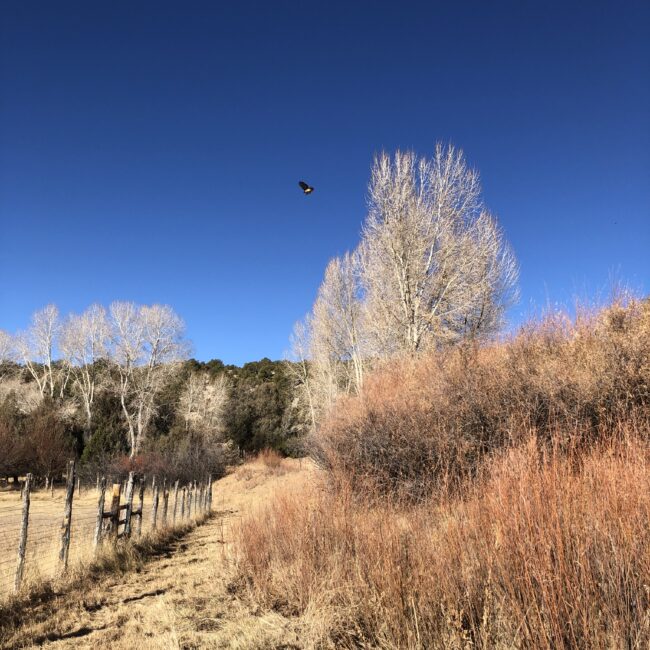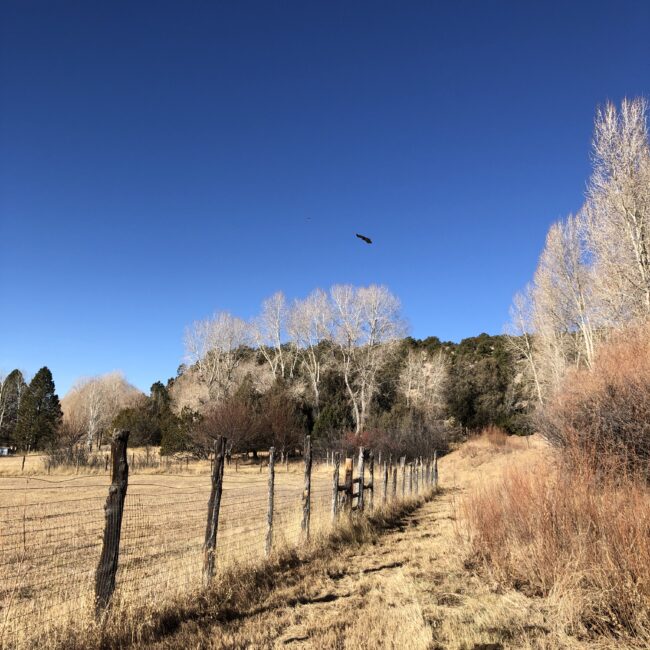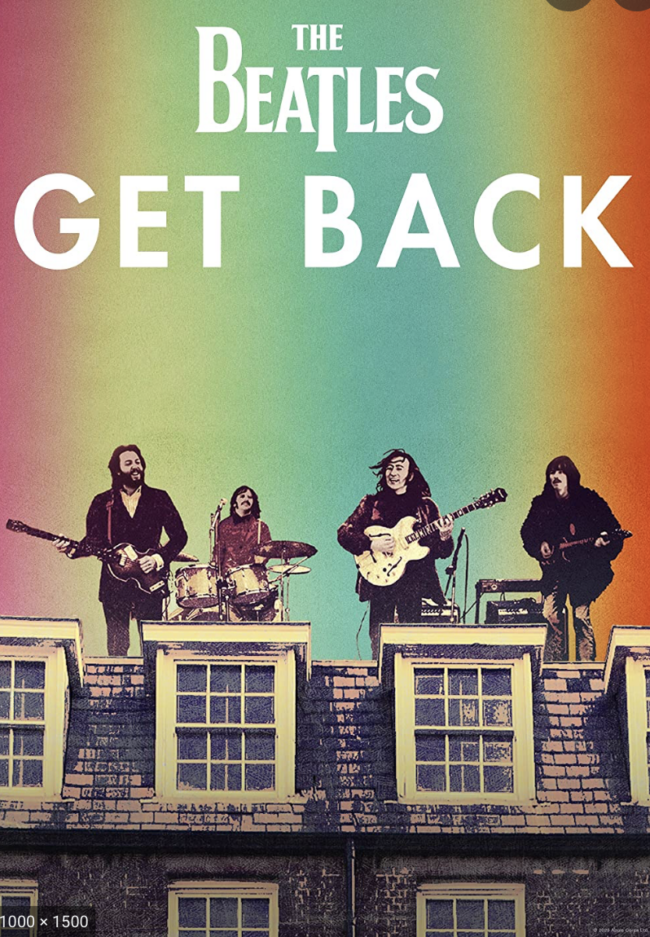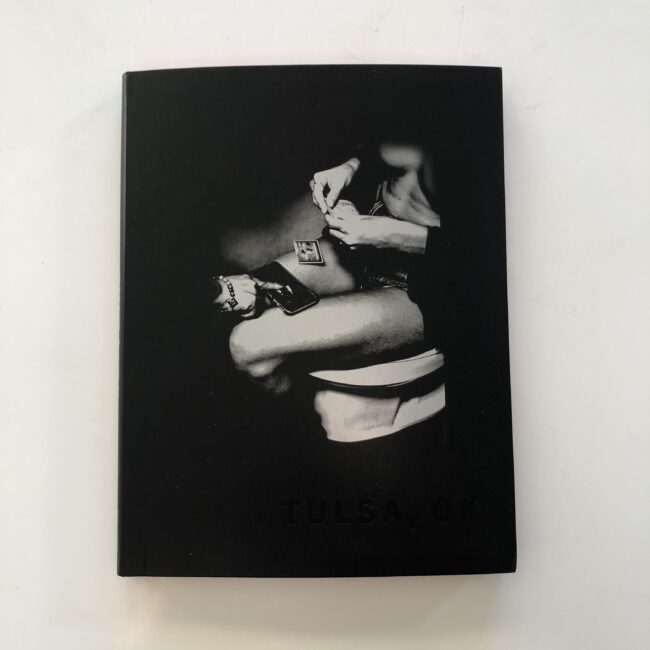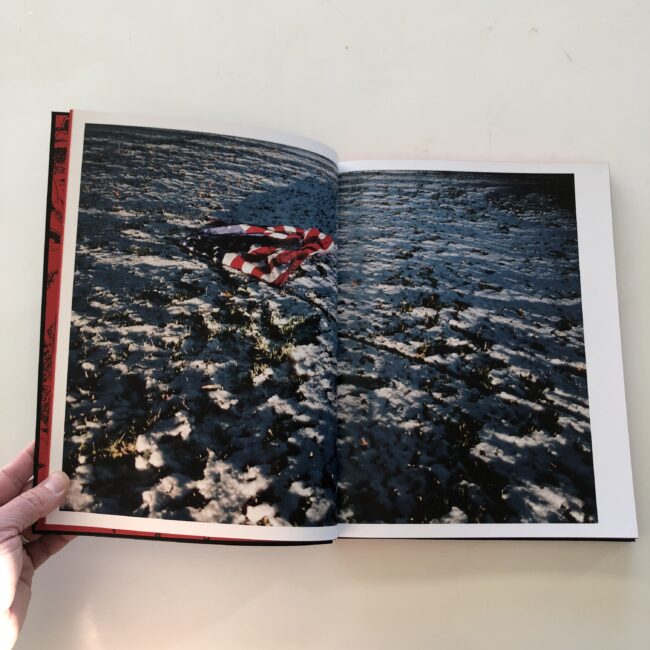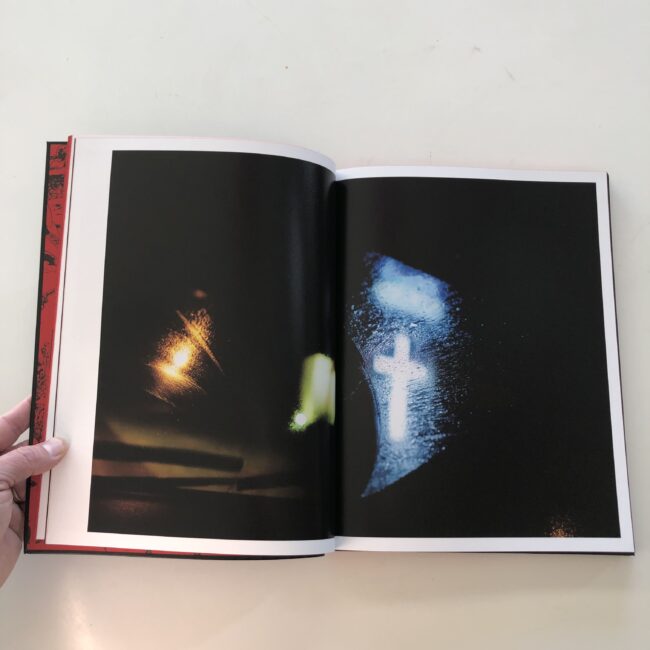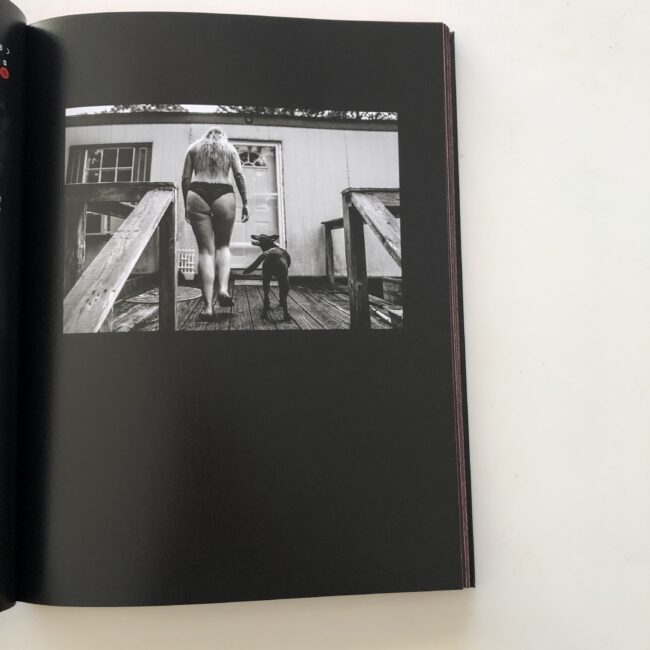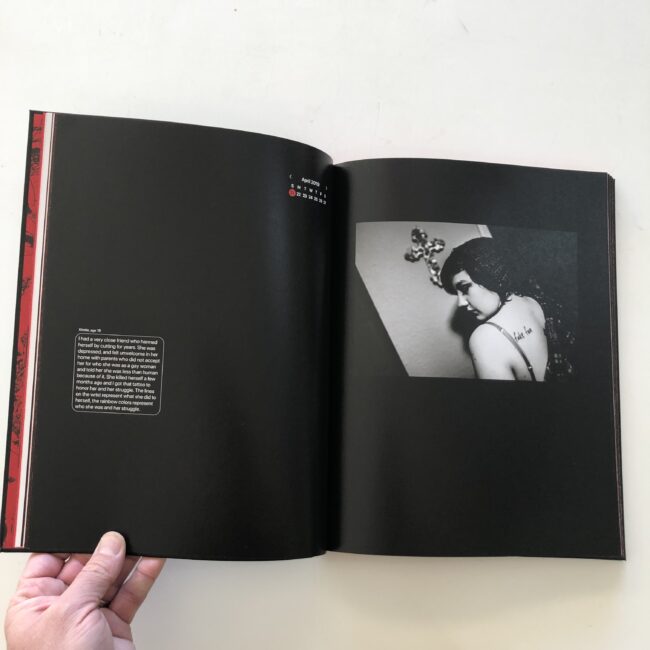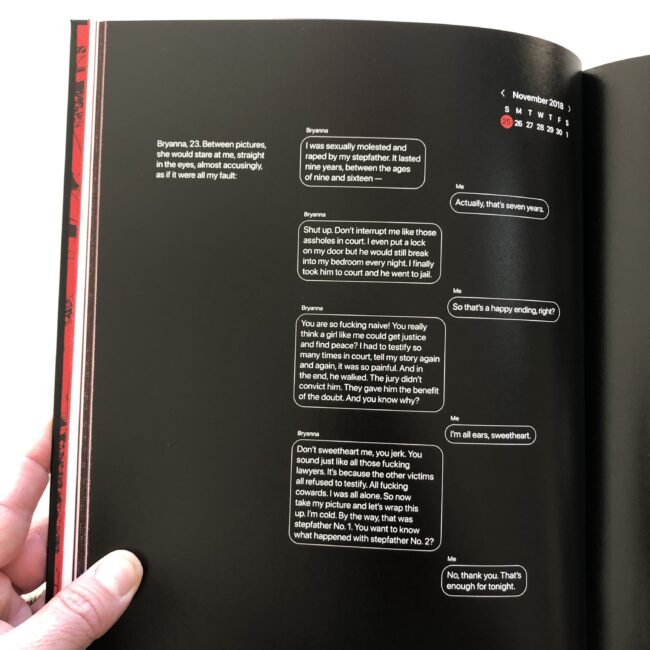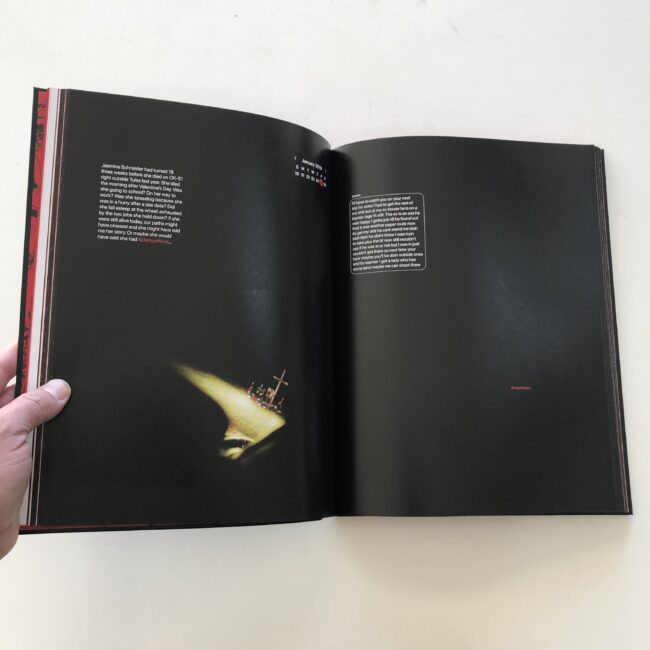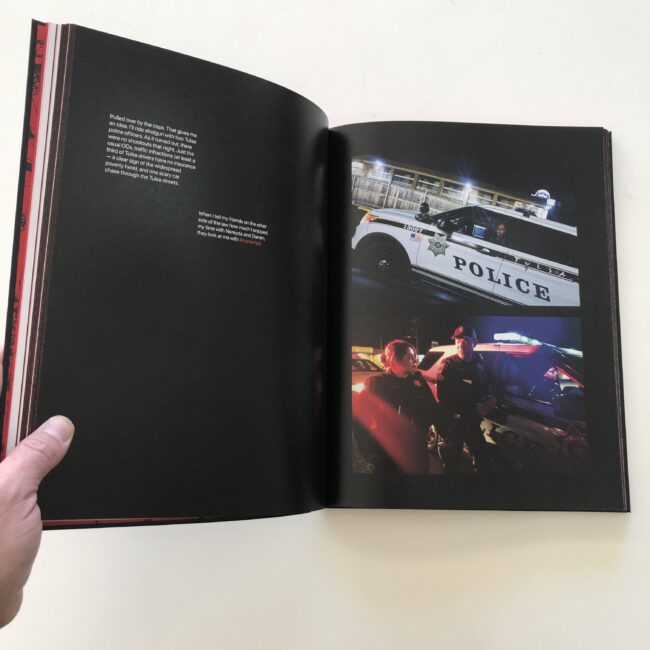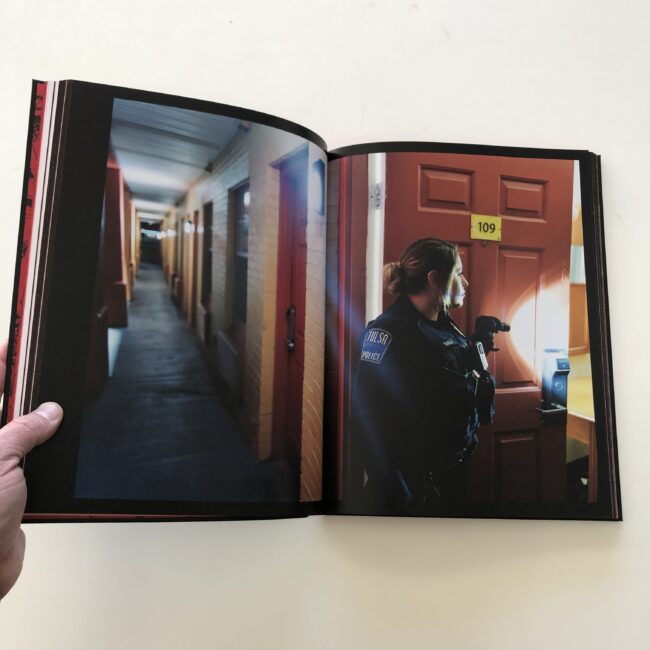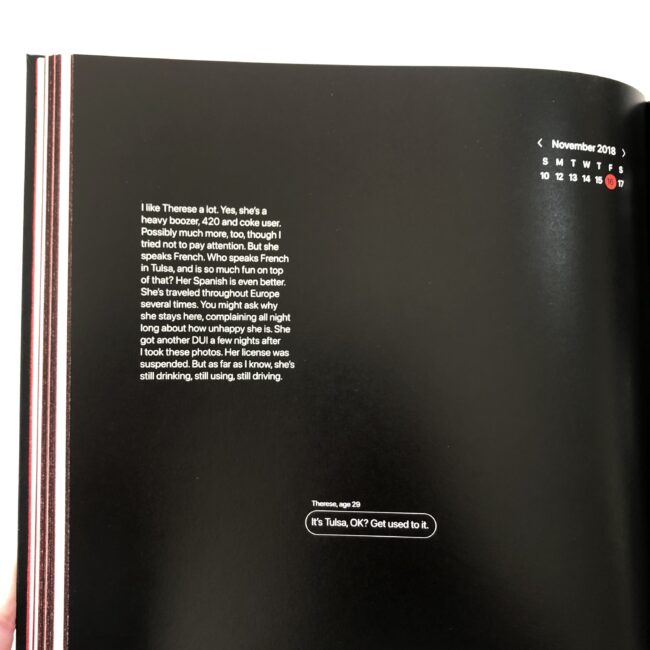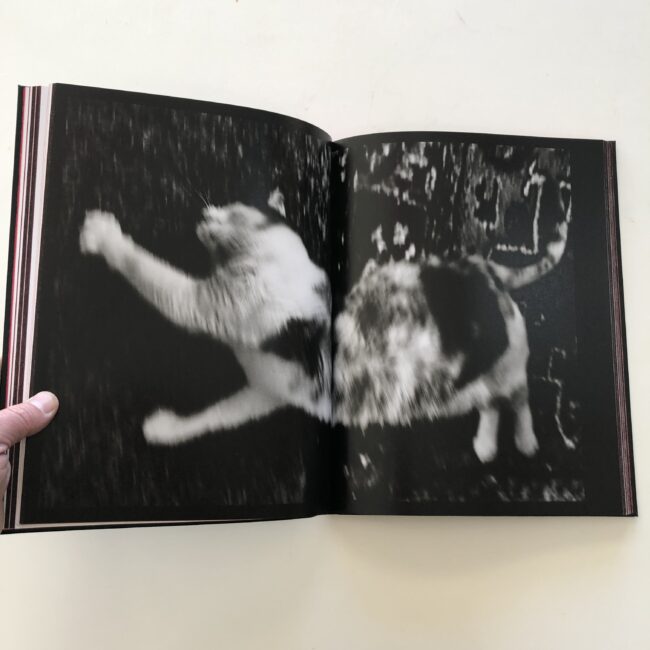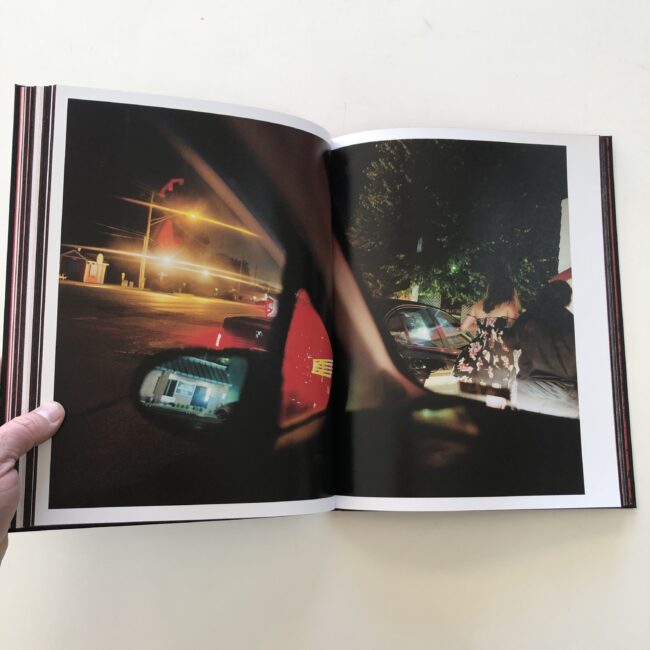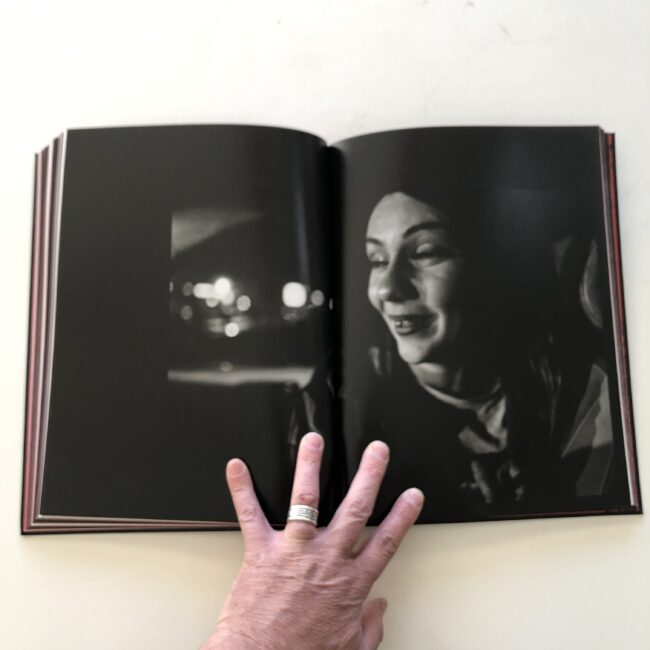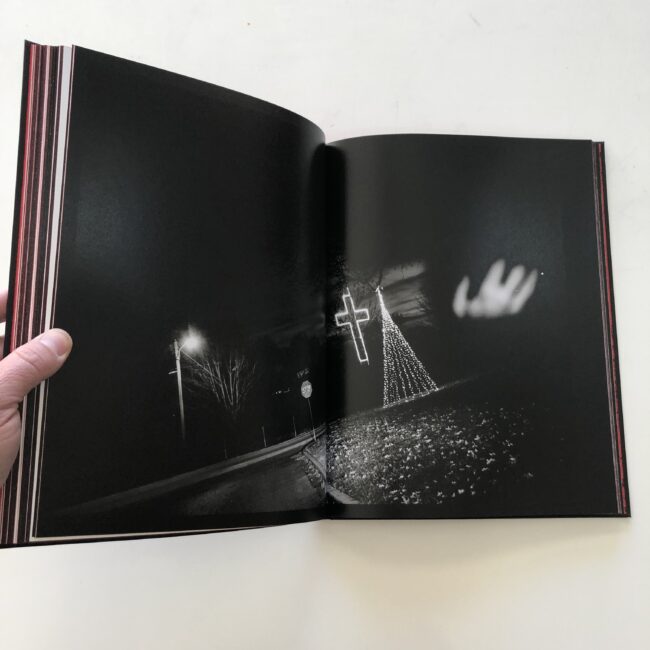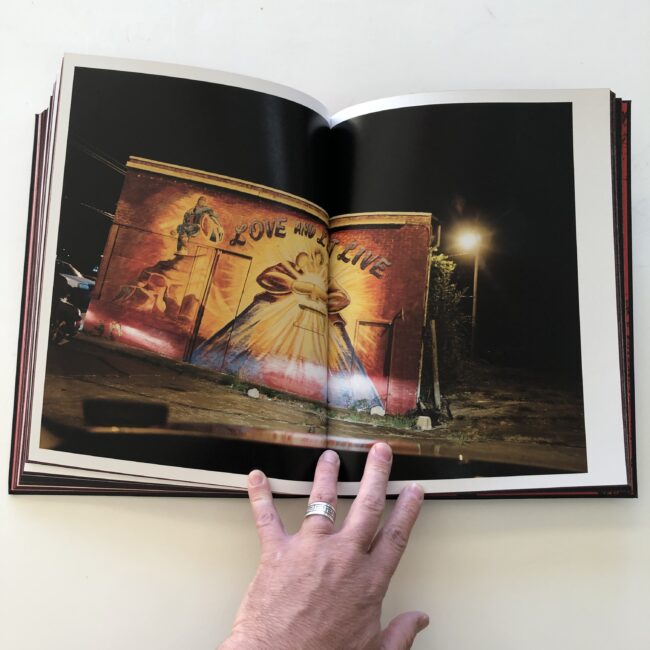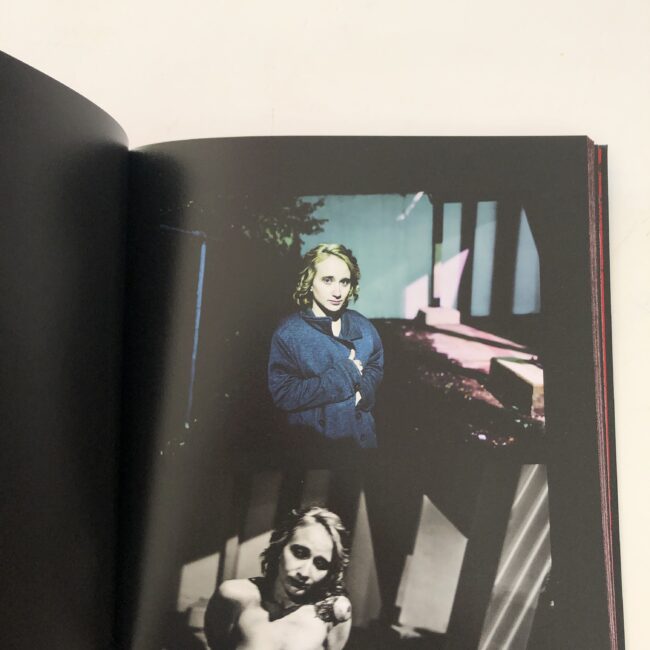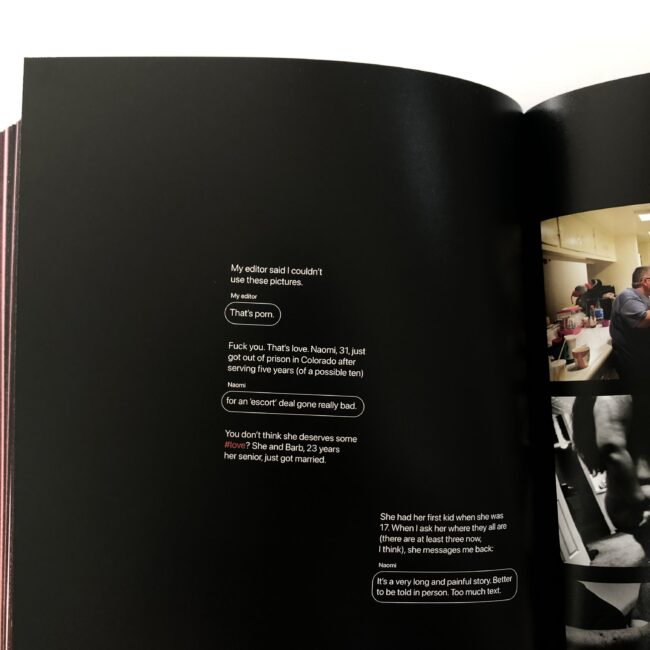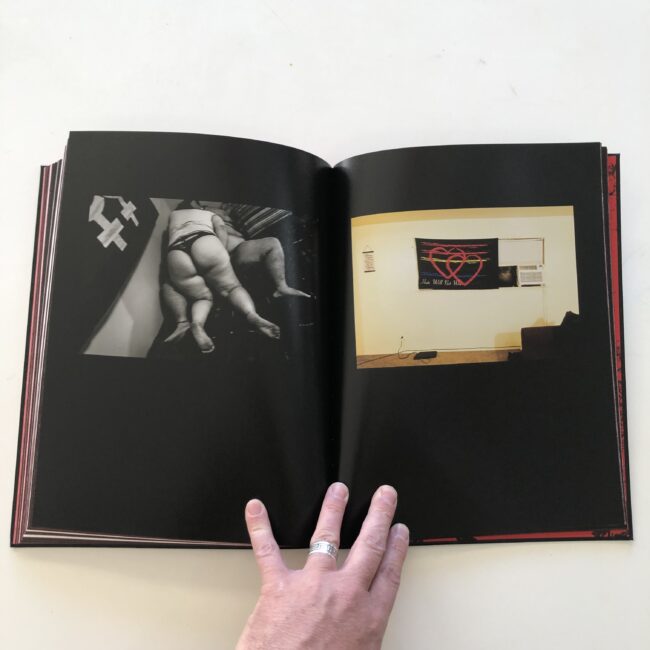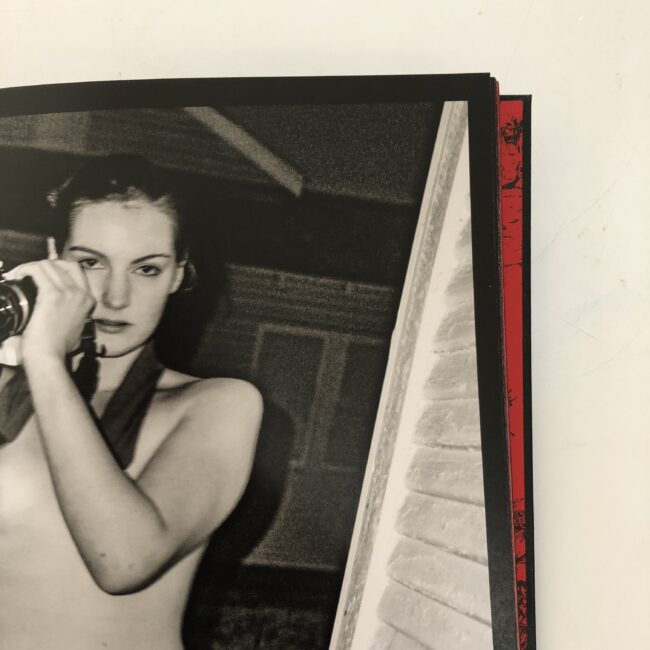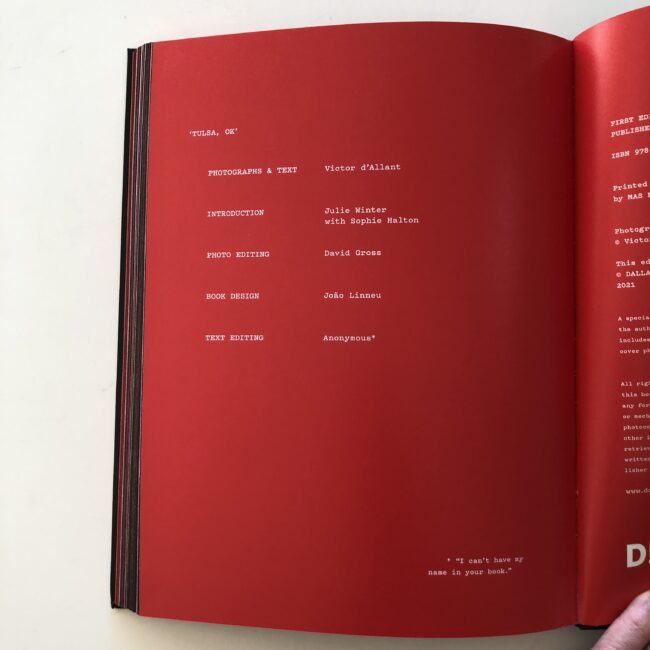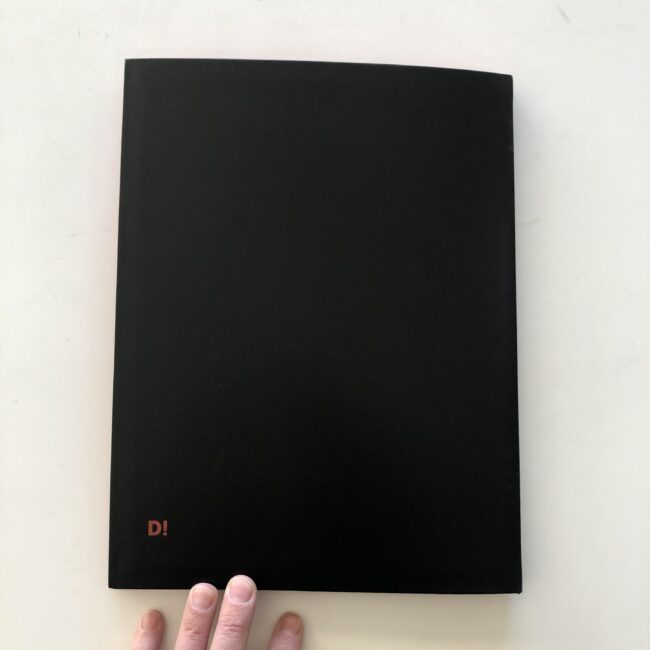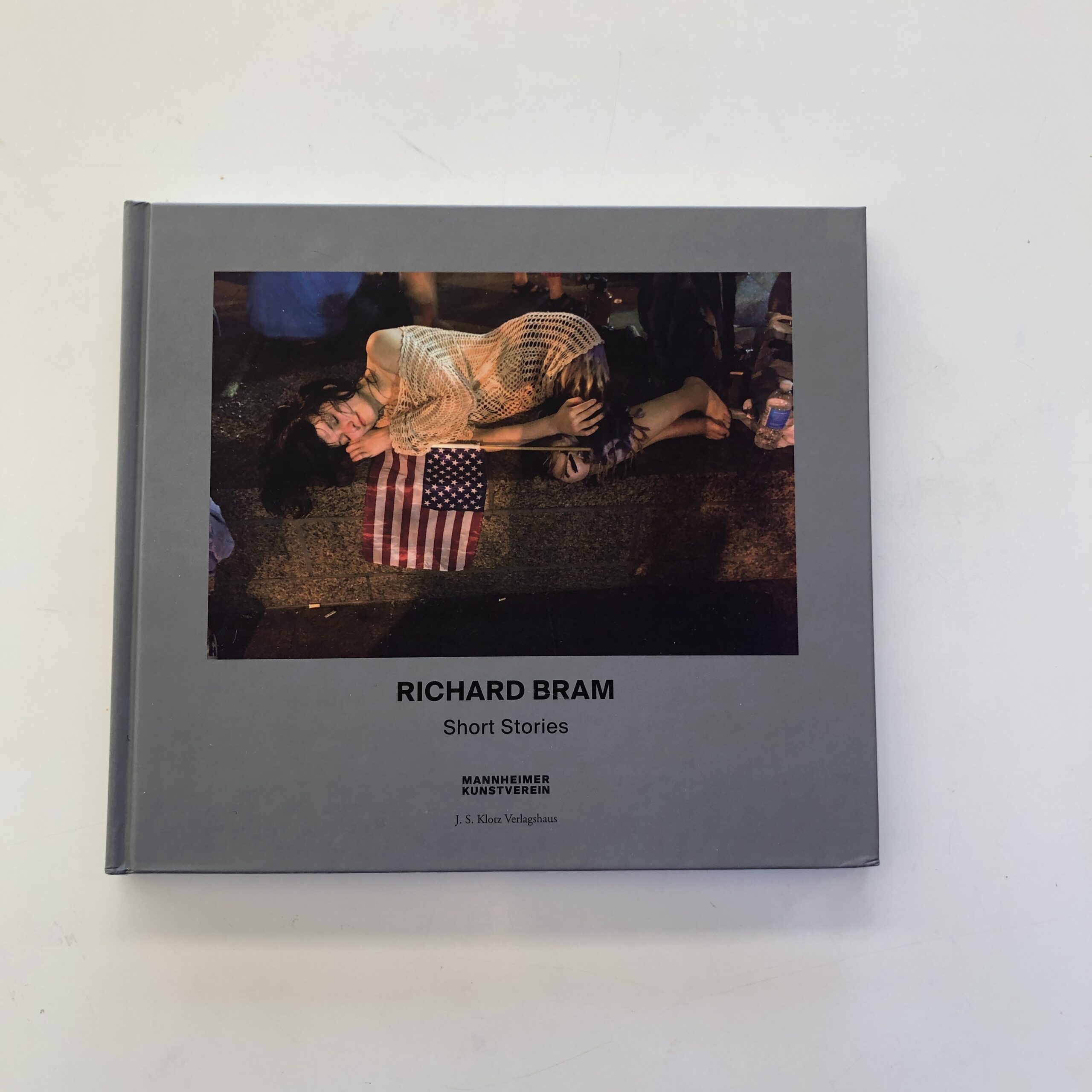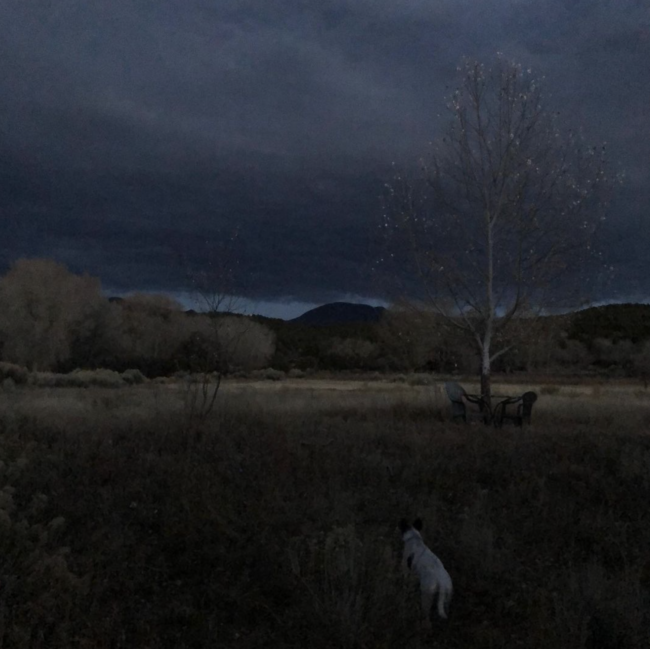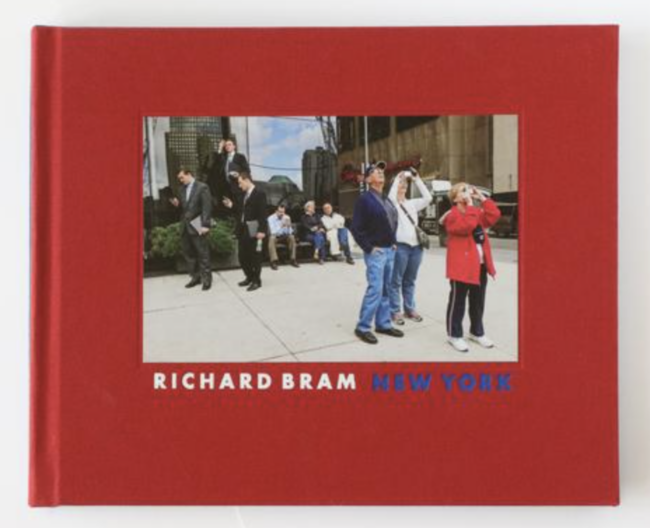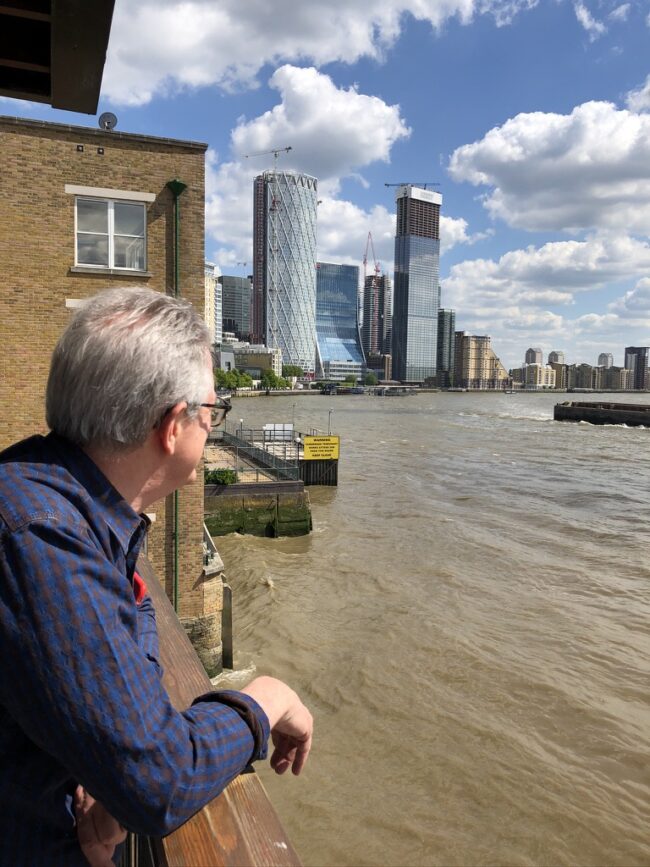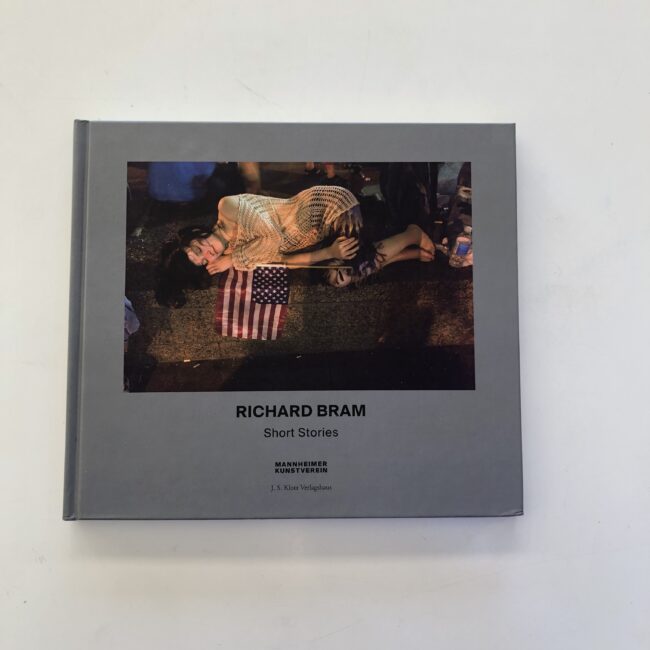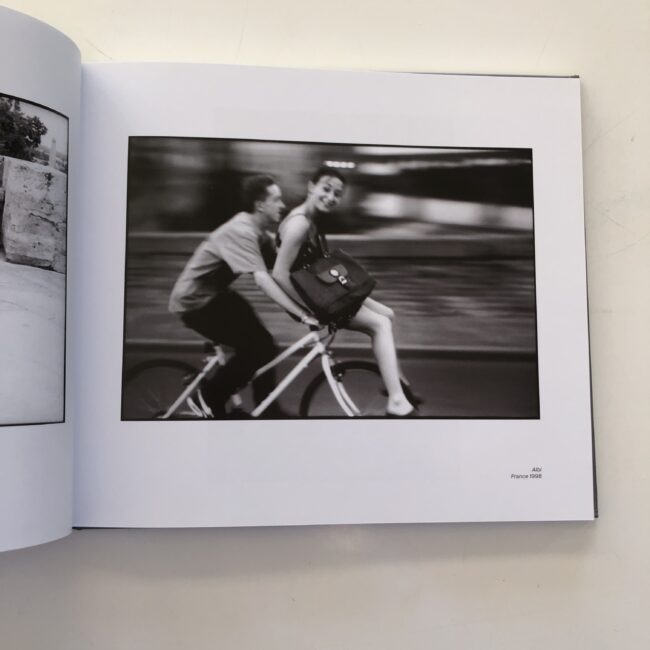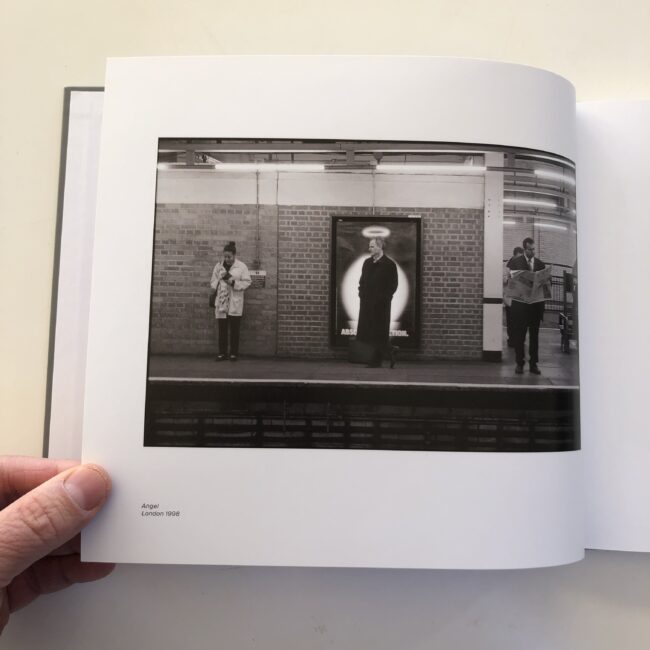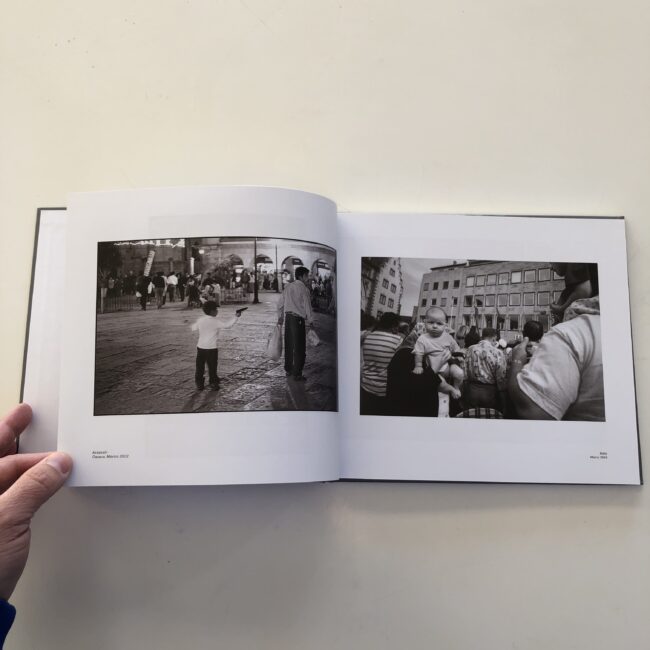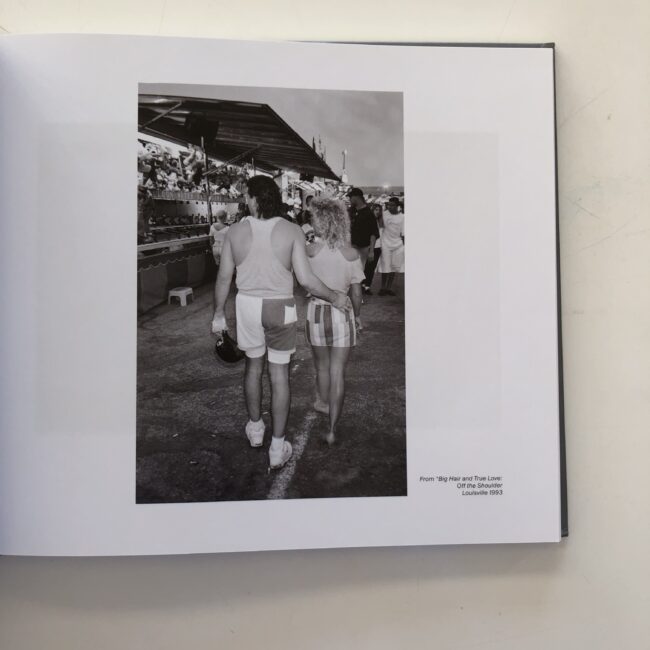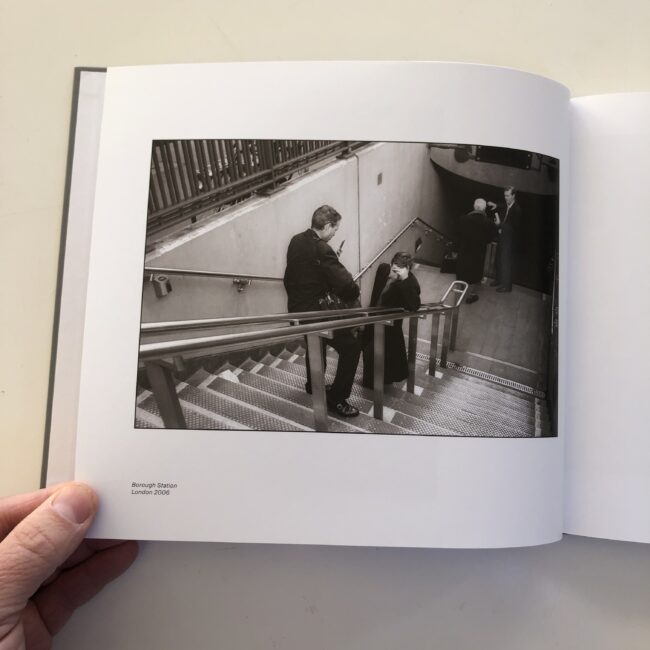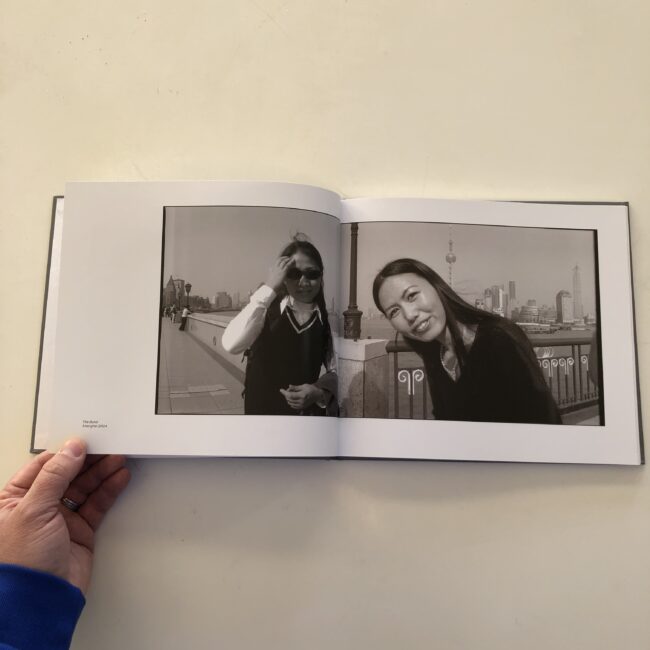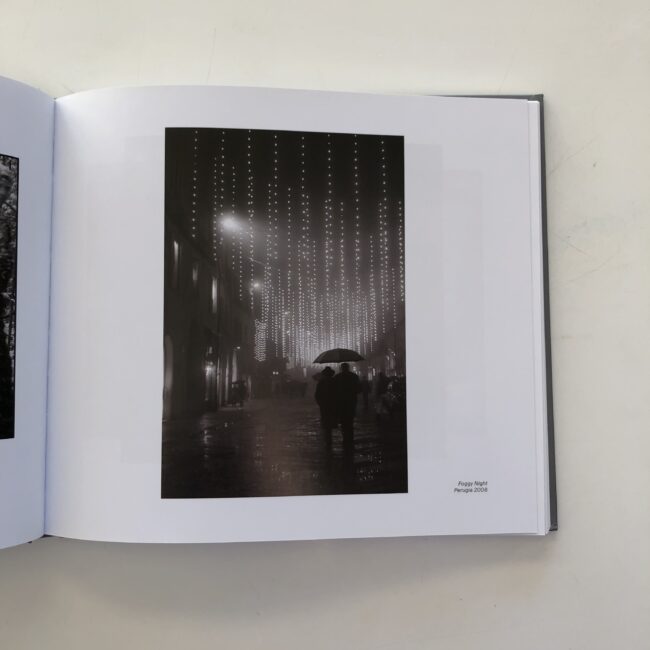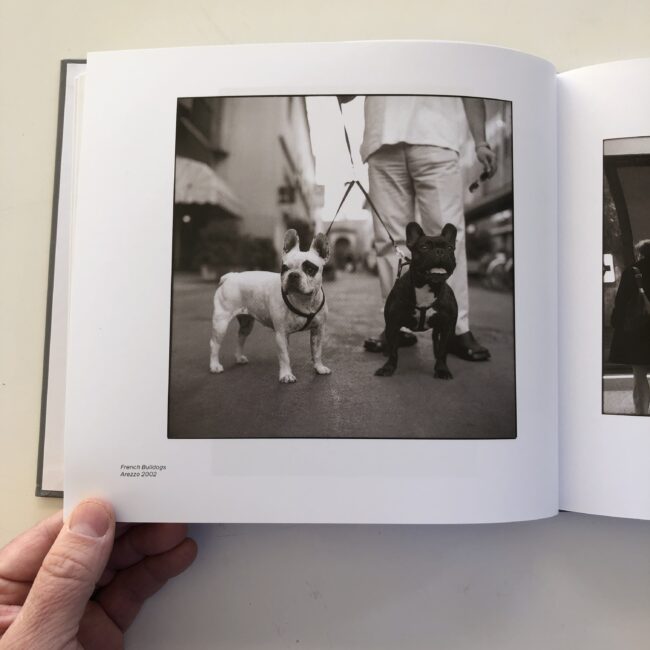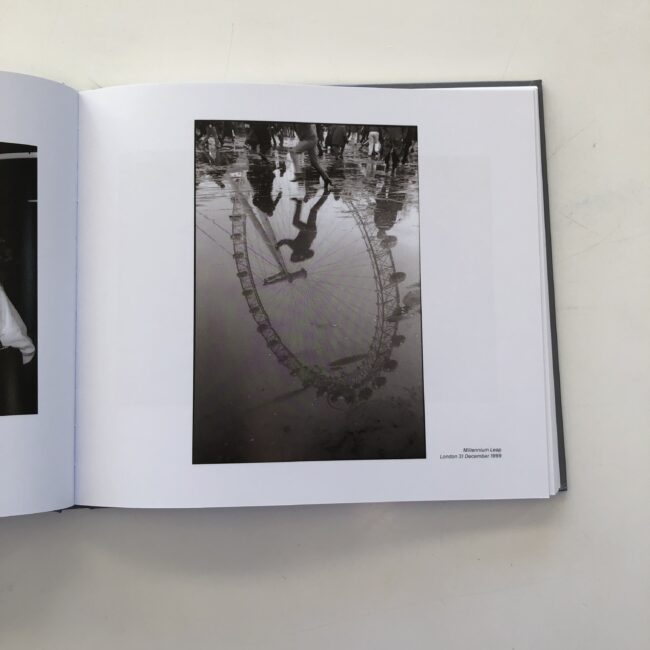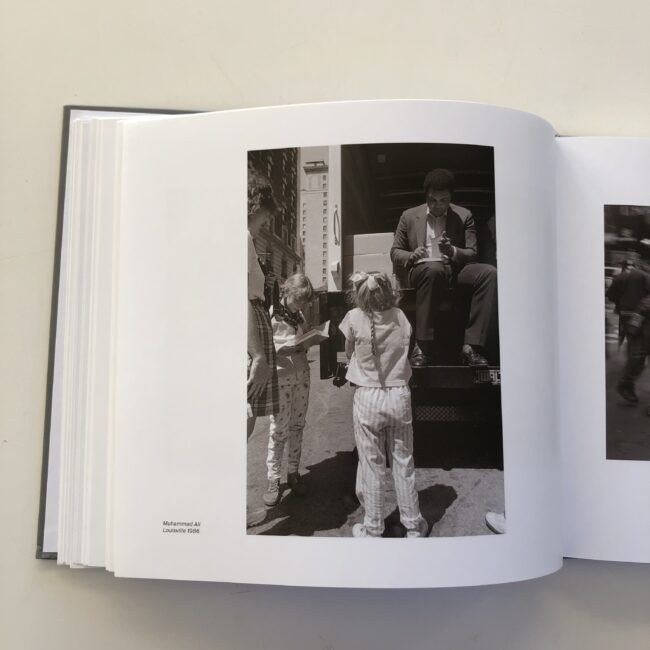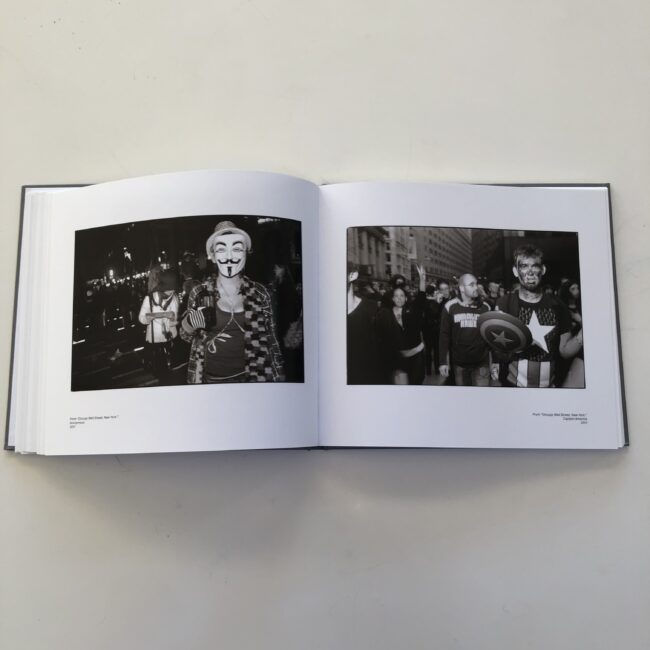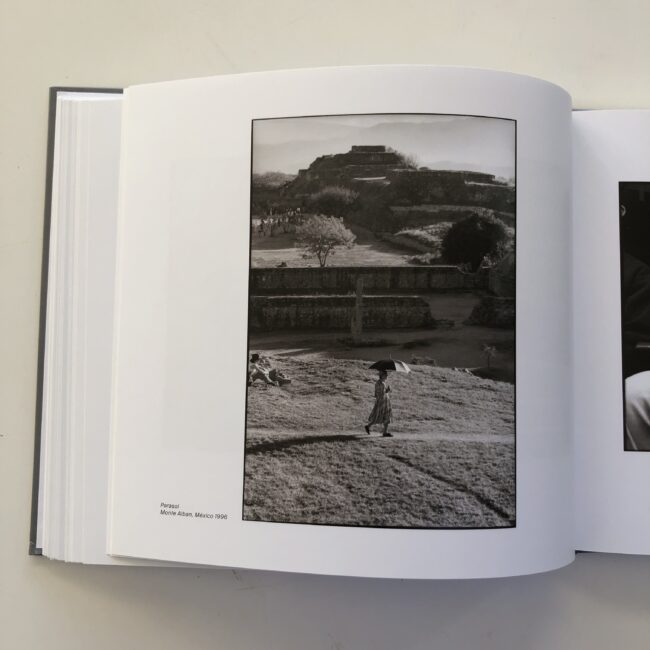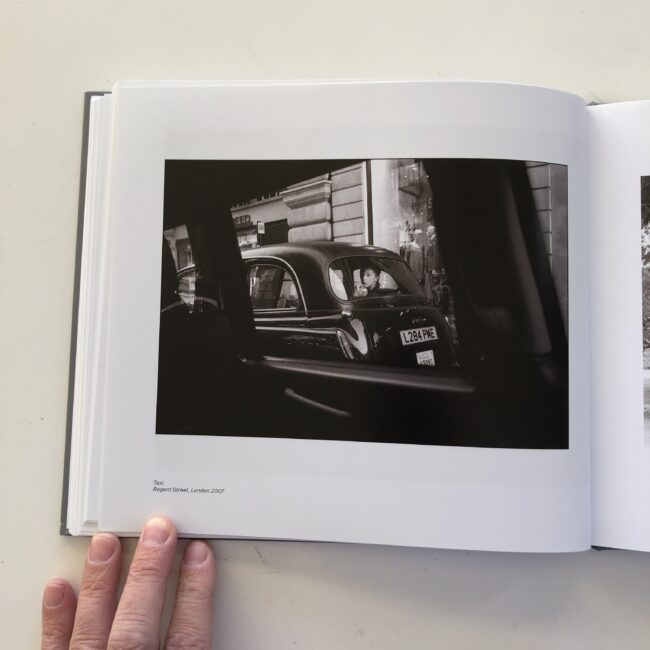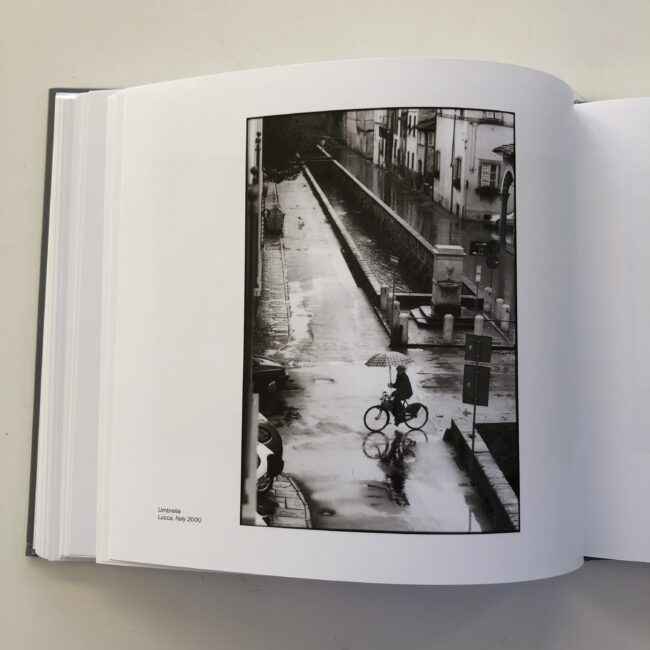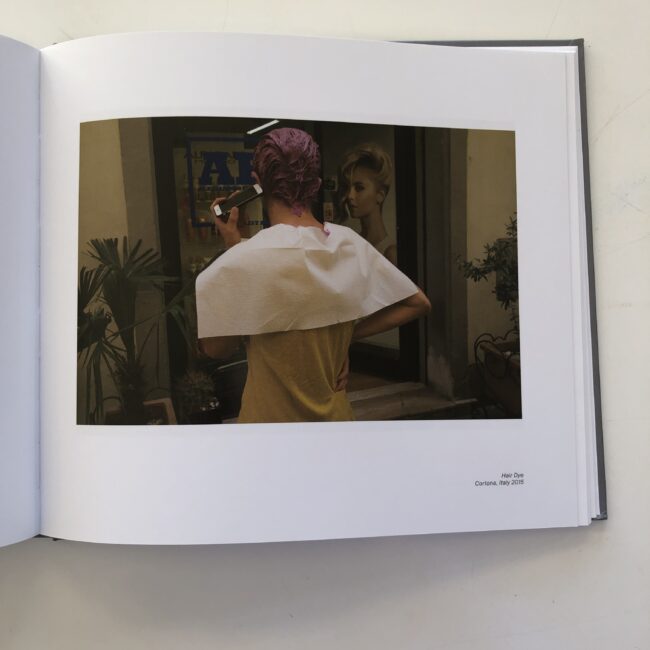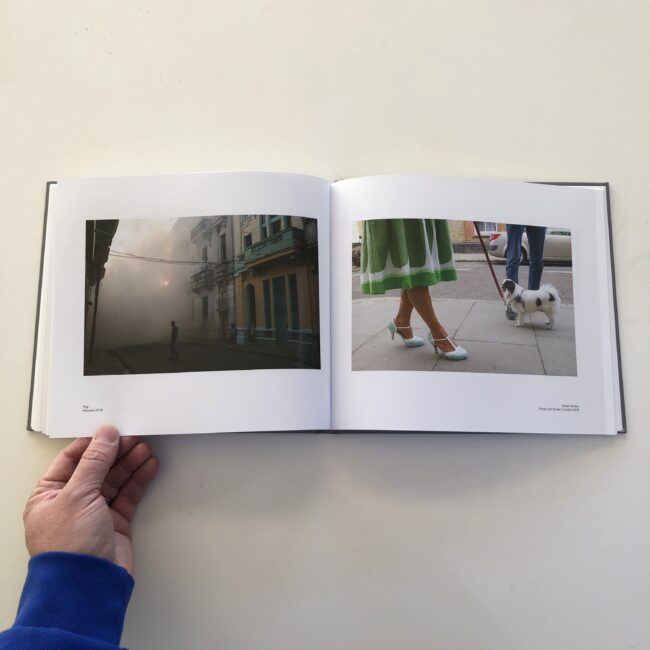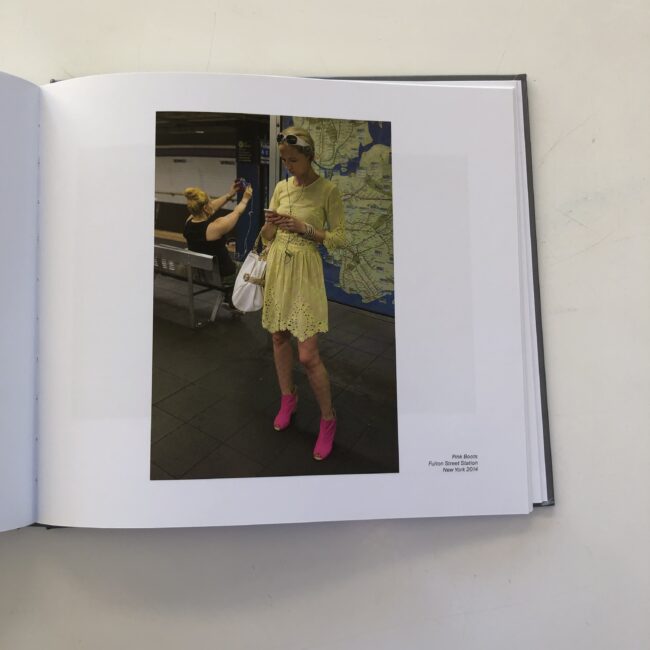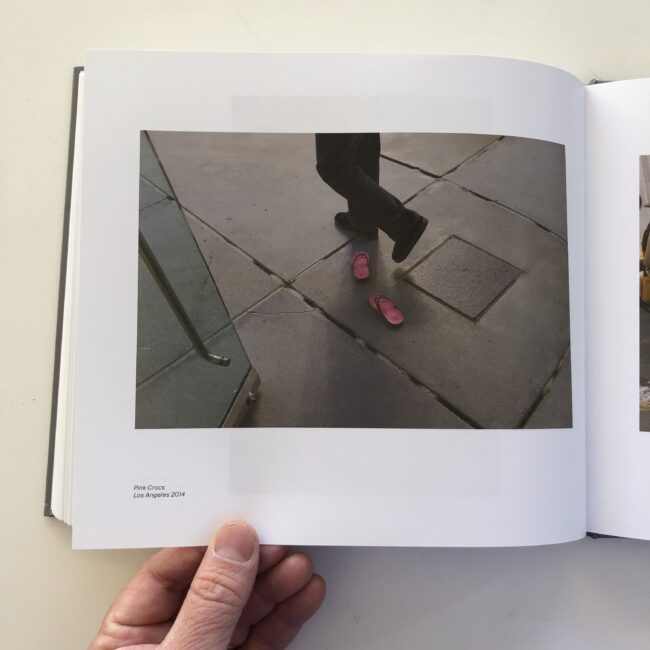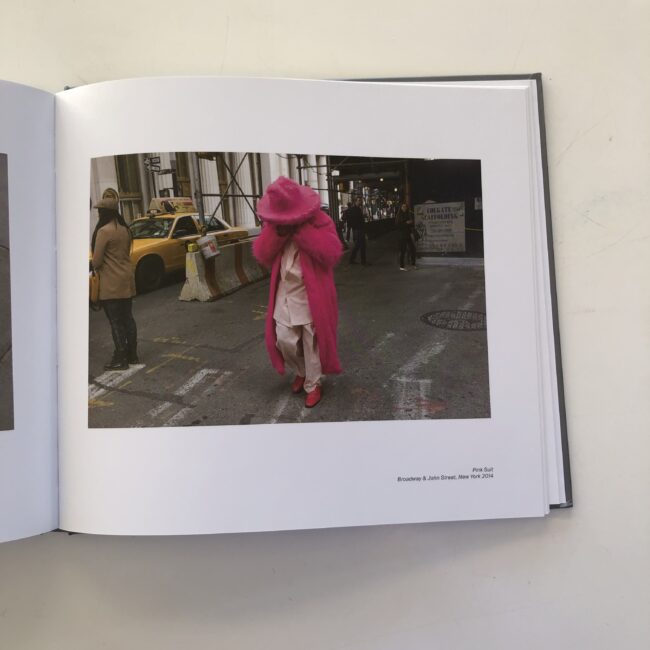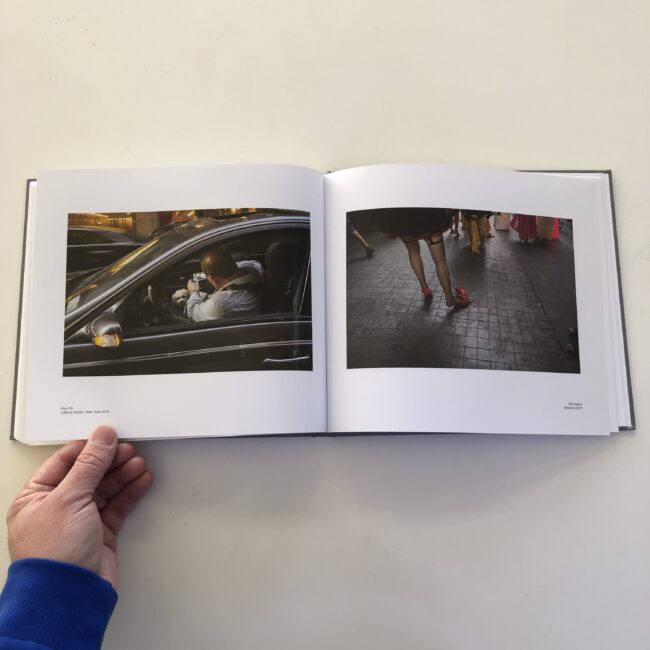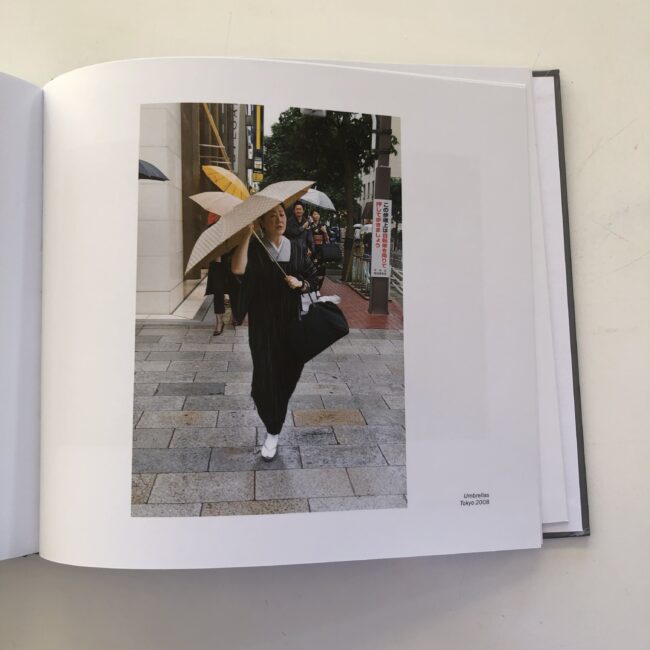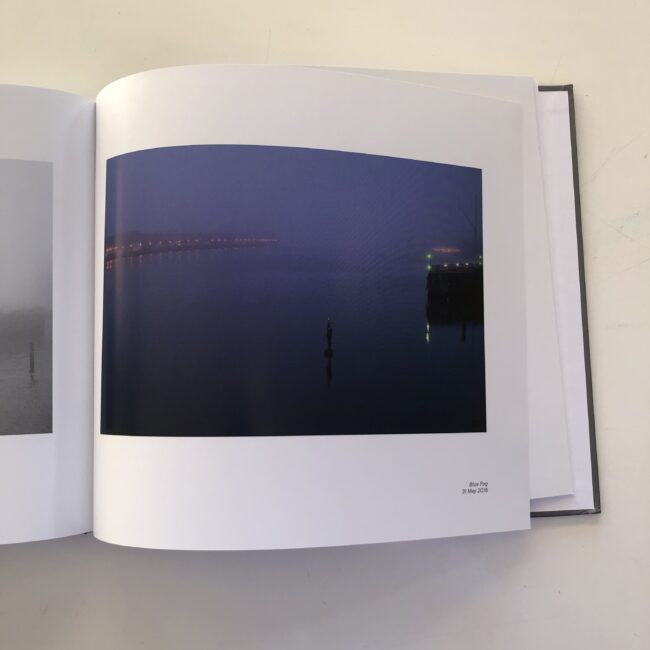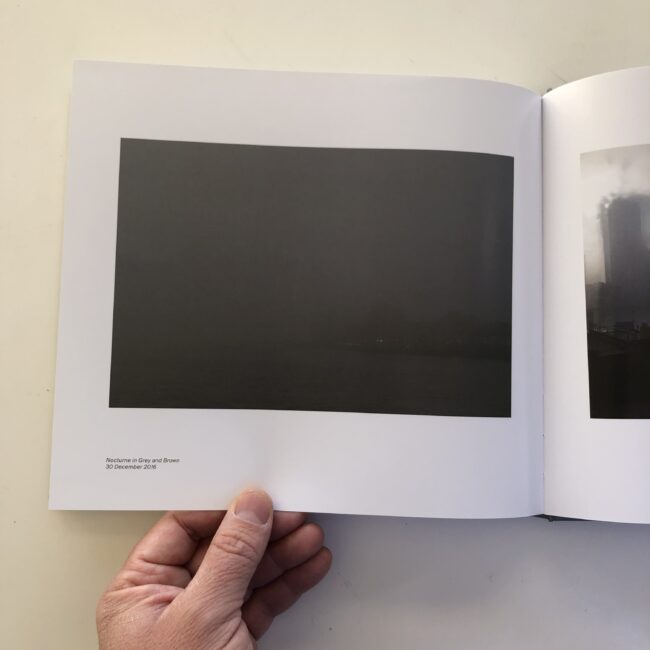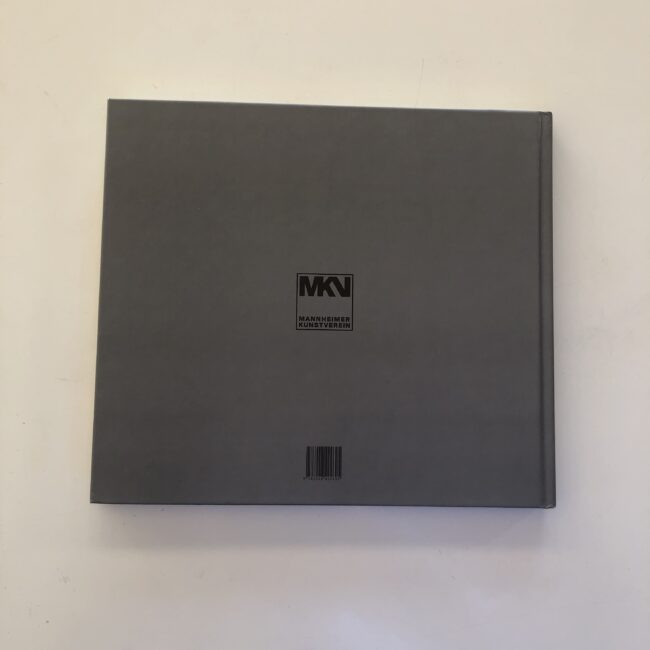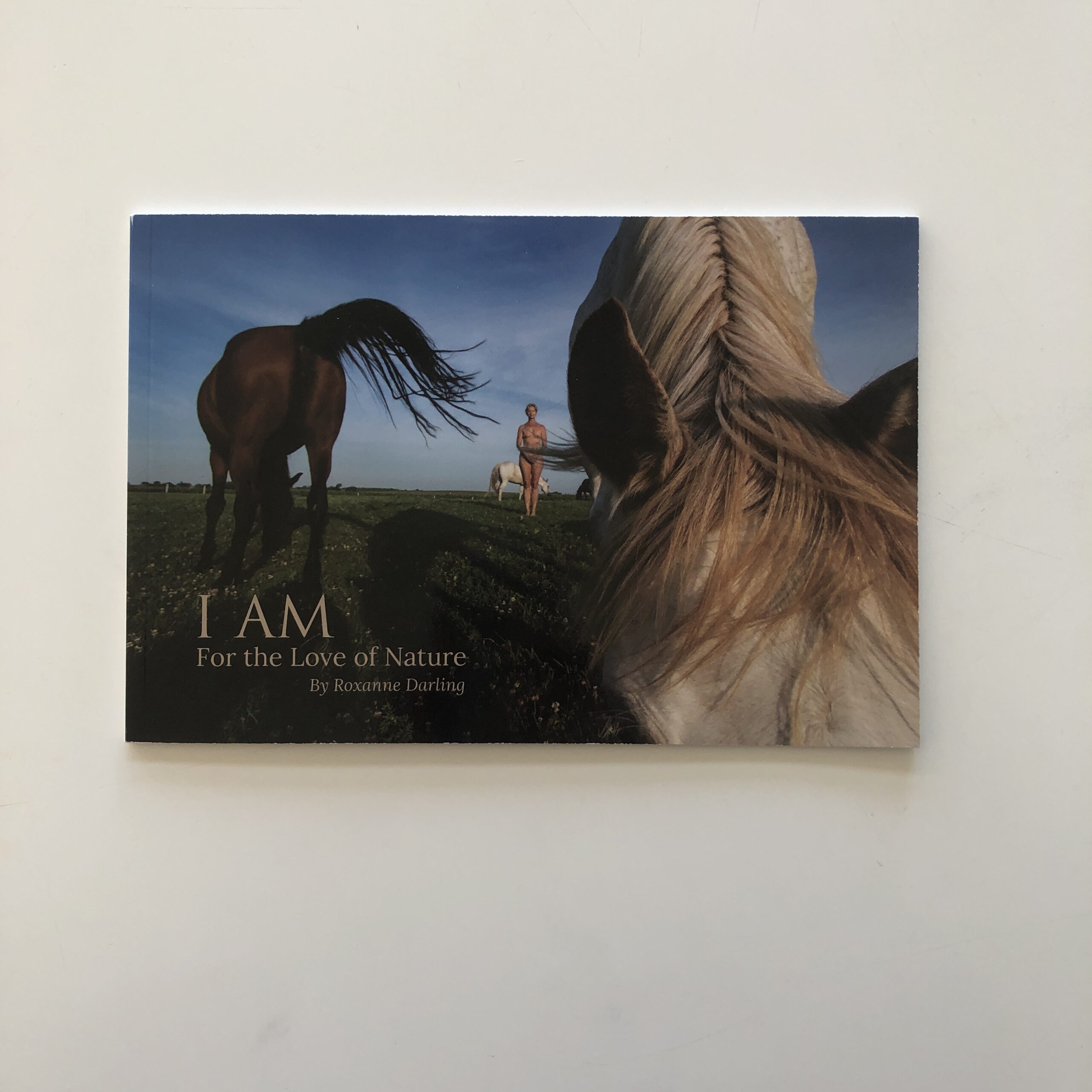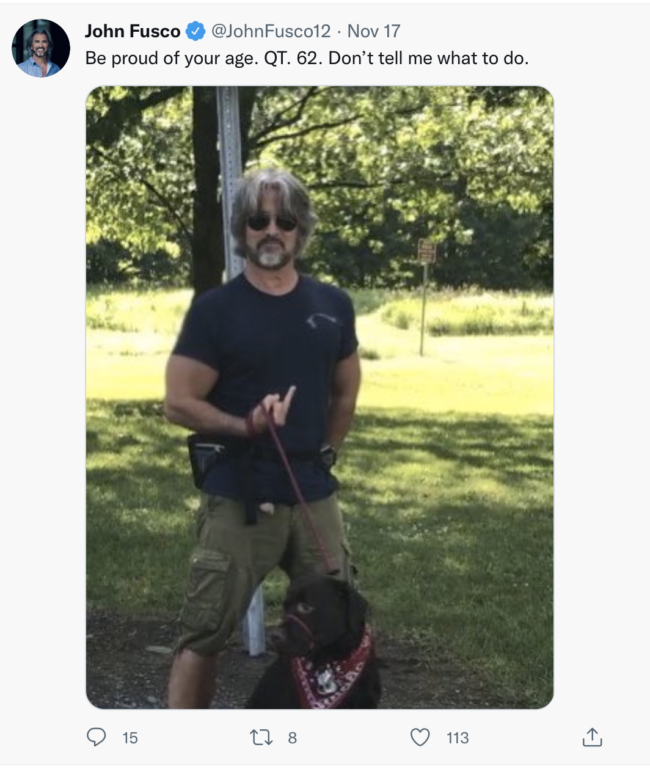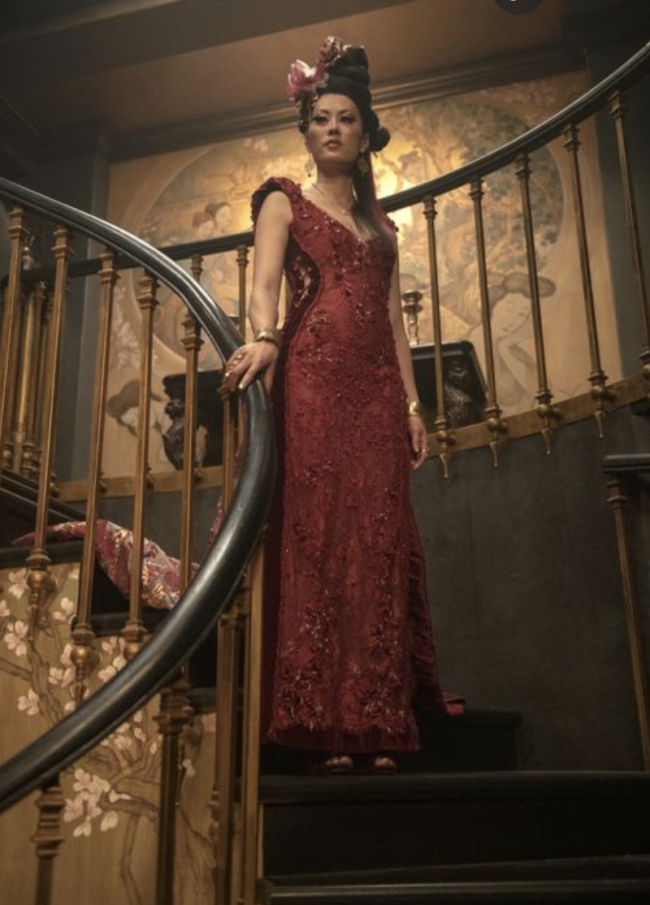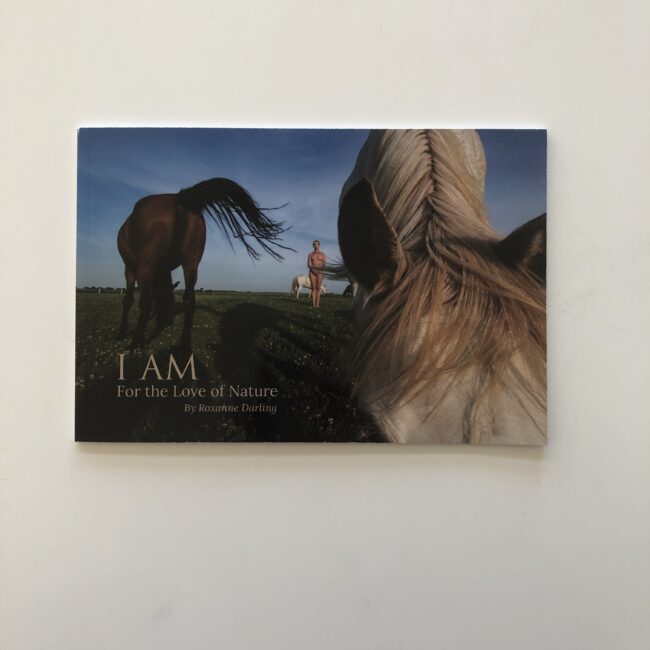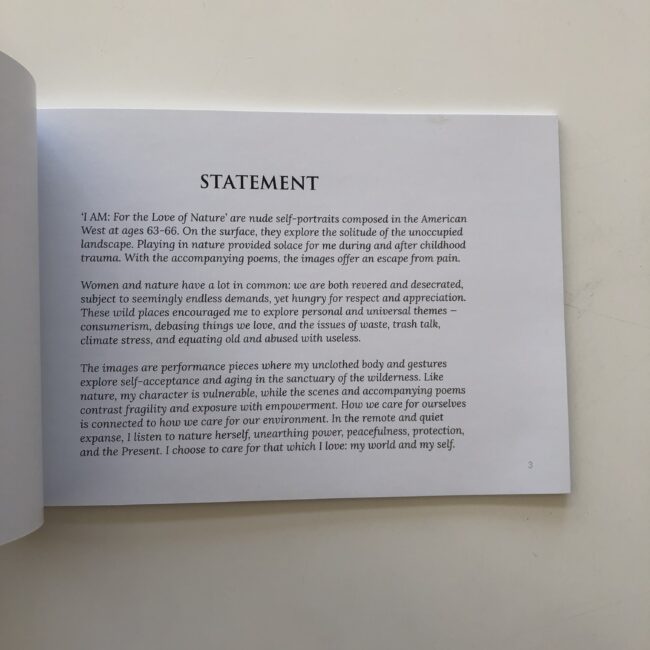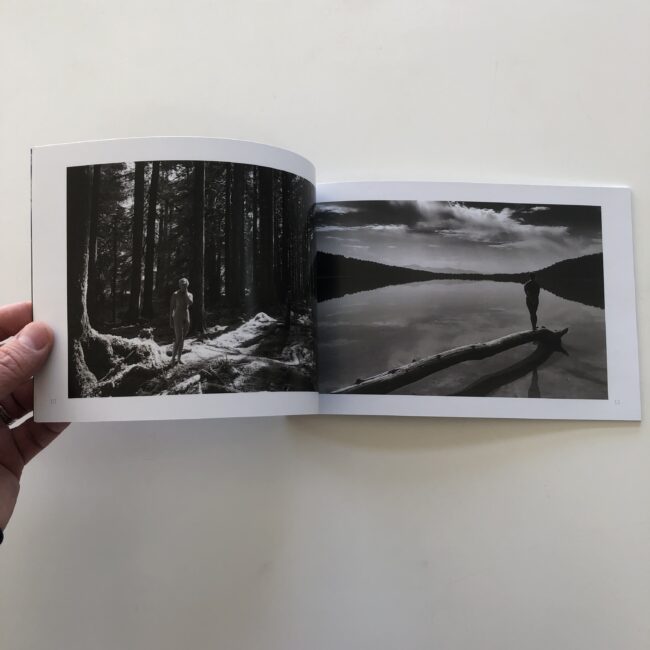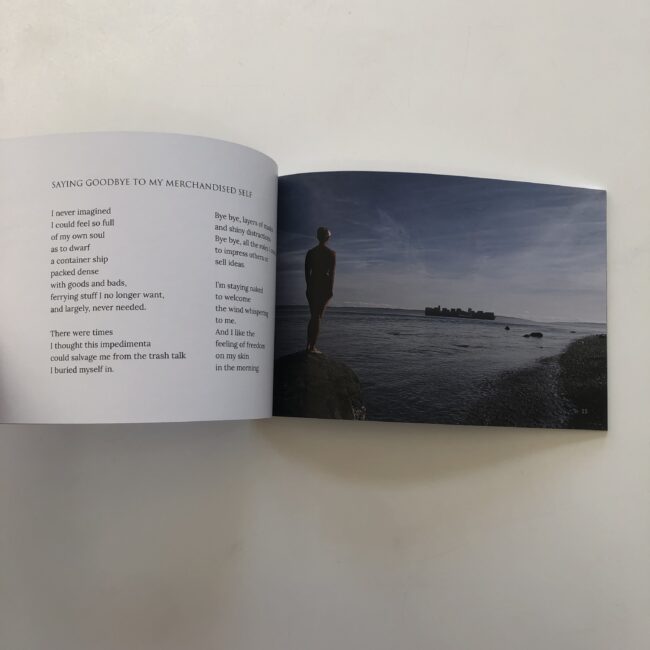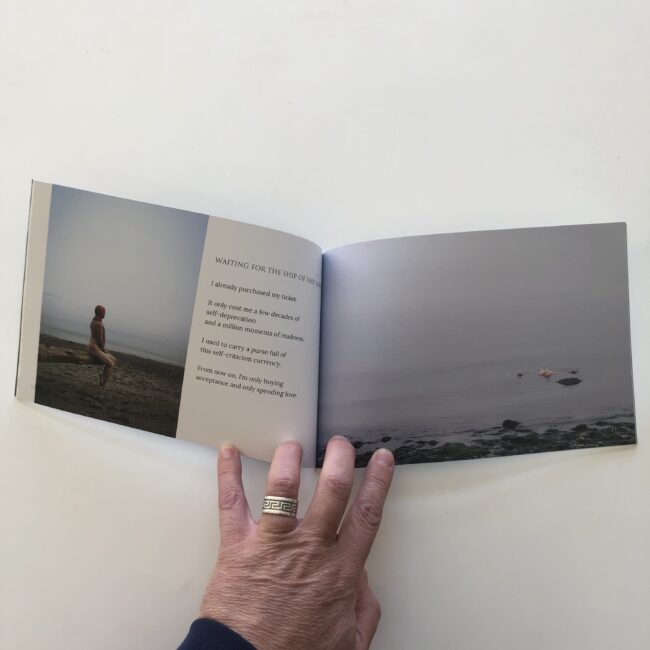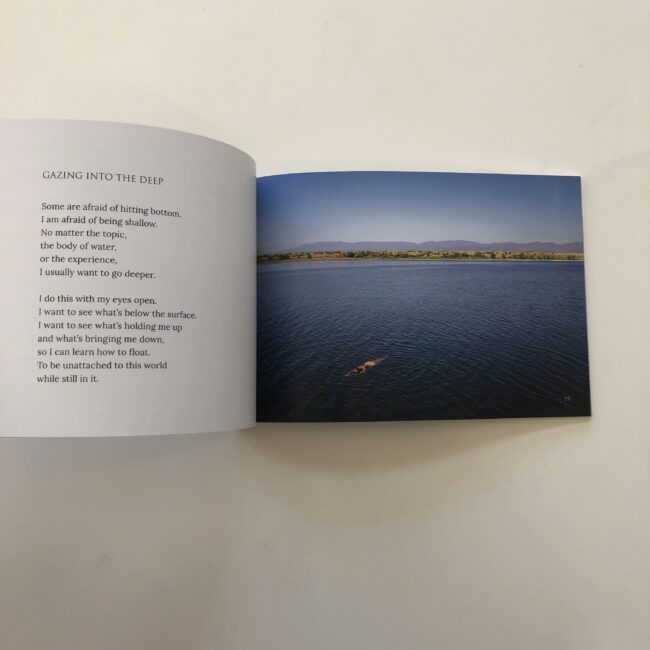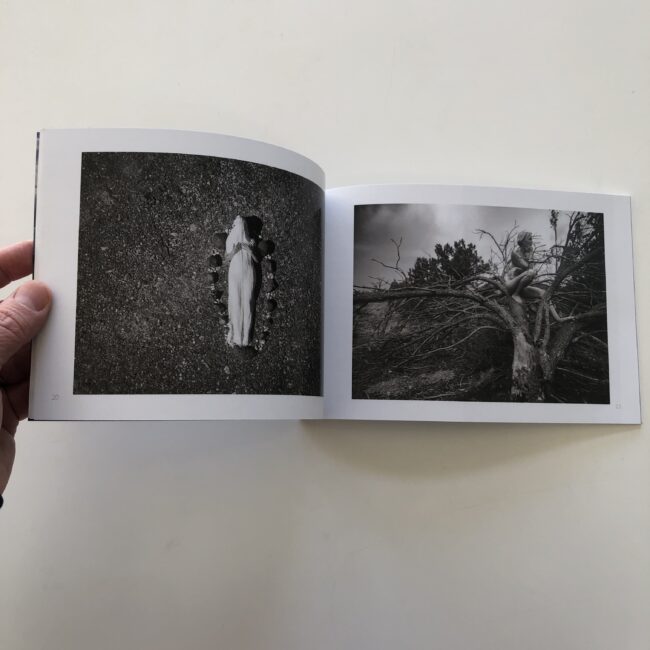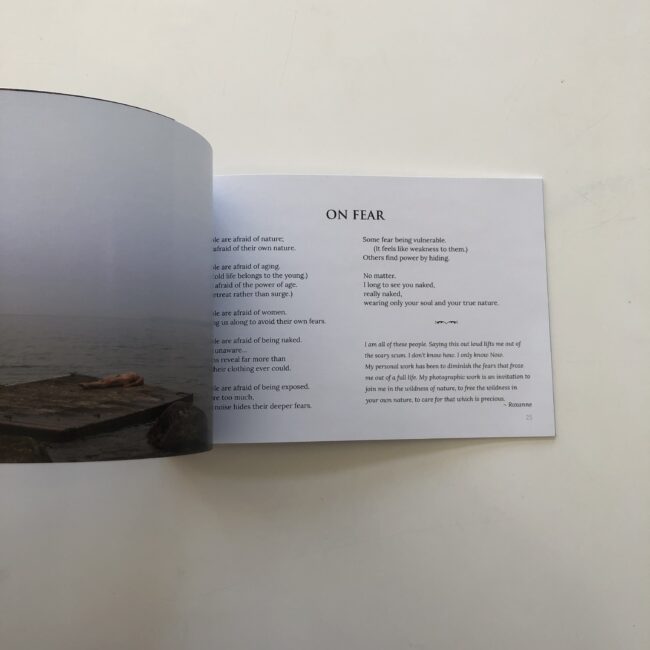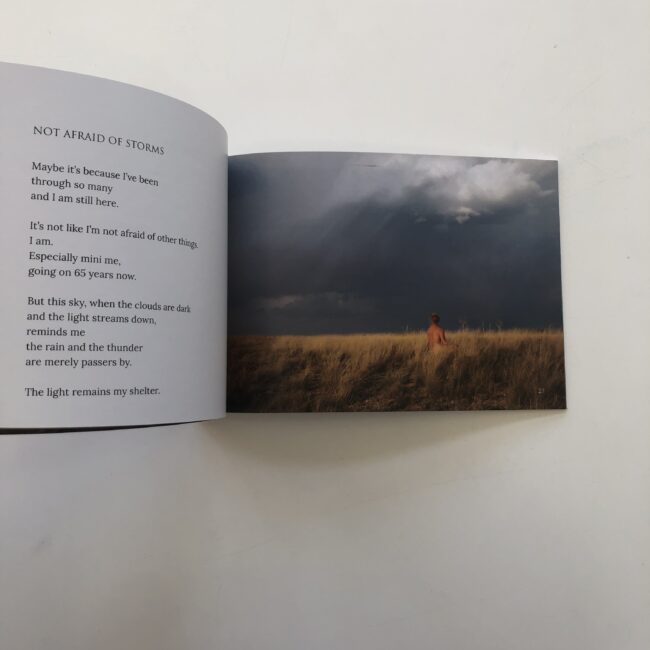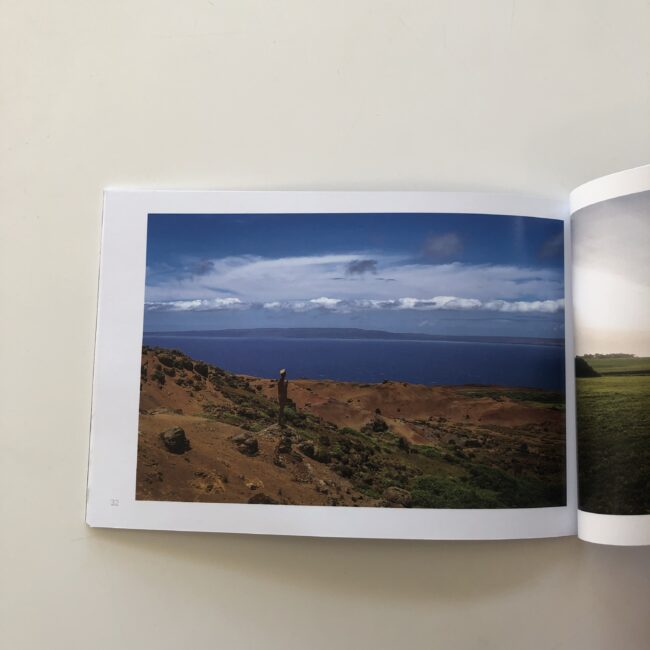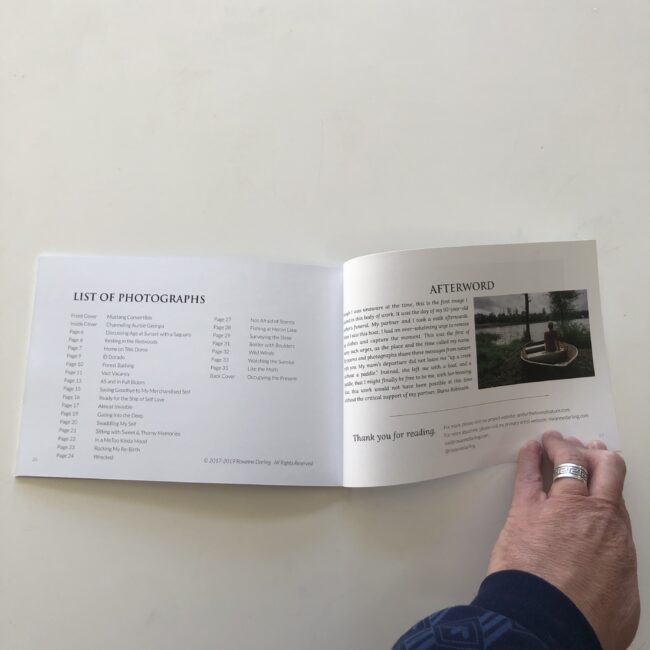“Pope Paul, Malcom X, British politician sex, JFK, blown away, what else do I have to say…”
Billy Joel, “We Didn’t Start the Fire,” 1989
(Lyrics quoted from memory, b/c that horrible fucking song stuck in my head.)
Gaslighting is such a great word.
(Perfect for the 2020’s.)
Having fallen prey to the tactic in the past, I empathize with others who do.
If you’re not familiar with the term, (or have heard it, but don’t know exactly what it means,) the gist is, when a person or a group challenges your proper understanding of reality, so deeply, so aggressively, that eventually you begin to question your own sanity.
For example, imagine you are in a blue elevator with three strangers.
All of a sudden, the lights go out, and the car freezes.
You’re stuck.
The group begins to converse, and at some point, one of the other people mentions the elevator is red.
No one disagrees, but you don’t think much of it, and of course the subject quickly changes.
But you’re stuck in there for hours, and over time, it keeps coming up.
The room is red, they all say.
Over and over again.
At first, you’re sure what you saw: the walls were painted Dodger blue.

Eventually, as they all agreed, again and again, that you’re actually in a red elevator, your confidence begins to wane.
Are you POSITIVE you’re in a blue elevator?
Since they’re all so sure of themselves, isn’t it possible, at least remotely, that your memory is inaccurate, and the walls are actually Candy-apple red?
Slowly, their bluster begins to erode your knowledge of what you saw.
Like the drip, drip of a leaky faucet, you begin to question yourself, and by the time the lights come back on, you’re actually convinced they were right, and you were wrong.
And so a blue elevator becomes red in your mind, because you have no counter-factual information available, (beyond your own recollections,) and an entire group of people is challenging your conception of reality.
Like I said, what could be more 2020’s than that?
When Putin declares war against a Jewish president, and accuses him of being a Nazi?

Or a guy you went to High School with starts blowing up your phone, promising to make you rich, in what seems like a scam, but he’s just so damn confident, with slick answers to all of your concerns, that eventually, you begin to believe him?
Am I finally writing that long-promised article about NFTs?
You bet I am.
Buckle up.
Like the bonkers, stream-of-consciousness Bill Joel song I quoted at the outset, I’m writing this article in a manner echoing the batshit crazy world of photo NFTs, in which it’s hard to know what to believe, (or whom,) because everyone is so sure they’re right, even though they’re shouting opposite arguments simultaneously.
I have to admit, I’ve been dreading writing this article.
If I could go back in time to September 2021, tell myself to let it all drop, and plug my ears with tissue paper, like Larry David, I would.
(If any of you has a functioning time machine, please email or DM me. I’m happy to pay a hefty sum.)

Alas, I don’t think it’s an option.
And as I’ve been teasing this article for months, and promised Rob I’d “land the plane” this week, it’s time to put up or shut up.
But what if I’ve spent this many months reporting, interviewing artists, reading articles, thinking deep thoughts, and still don’t know what the fuck is going on?
Well, I guess I’d have to write it like that, wouldn’t I?
It must have been the Spring of 2021, (about a year ago,) that I first started noticing some NFT info popping up on my Twitter feed.
I kept seeing the name Justin Aversano, who was making a project about twins, but that was as much as I absorbed.
Then I heard my colleague Kris Graves was getting in on the game, with Justin, and that made an impression.
In May, Noah Kalina, an artist I knew of, but didn’t know, asked to see some work on Twitter, for a potential collaboration with Crytpo.com, so I sent him a link to a project of mine, and while he liked the work, he didn’t end up doing anything with those guys, so the idea dropped.
According to all I’ve since learned, March-May of 2021 was ancient, for the NFT world, the equivalent of a Mesopotamian society.
Those earliest NFTs might as well be Sumerian statues, with the massive mono-brow, given how fast things seem to move within this subculture.

I guess my attitude was always, I’ll sit on the sidelines until this becomes a thing, and then I’ll check in with my buddies, who’ll catch me up, and get me in the game.
Was that the right mentality?
Hard to say, but I’m reporting it as it happened.
By Fall, I’d begun to hear this was officially a thing, and some photographers were making real money, so I decided to tap up my network.
Strangely, some people I knew well, and with whom I’d collaborated before, (or done favors,) ghosted me, hard.
That never happens, so it made me curious.
Why would people who were normally cool with me all of a sudden tuck their heads?
What were they afraid of?
Or perhaps the better question was, what were they protecting?
Stranger still, in that same time-frame, a guy I went to High School with, (and was friends with on Facebook,) with whom I had not spoken in almost 30 years, reached out to see if I was interested in joining the NFT world.
He wanted to “onboard,” me, and began sending me information, via every available digital channel: text, FB, email, IG, and Twitter.
It was the full-court-press, with texts coming in first thing in the morning, late at night, all weekend long, and it was intense, to say the least.
All of my instincts told me things were fishy, that I was not about to make $2 million, and never have to work again.
That simply posting my archive images on an NFT platform would not solve all my problems, and make me rich and famous beyond my wildest dreams.
We all know the old saying: anything that seems too good to be true is too good to be true.
But I kept discussing it with my wife, and we both agreed even a small chance of life-changing money meant I should keep an open mind, and see where it went.
My new NFT cheerleader certainly knew some of the key players, and told me about the large sums of money he was spending, so on the surface it seemed legit, but then again, there were so many articles out there calling this crypto world a scam, a pyramid scheme, a multi-level-marketing program gone global.
Each day, I found myself wondering, WTF?, but kept at it, trying to learn more.
Eventually, this High School colleague and I considered going into business together, to create a platform to sell NFTs, because it seemed like the sales-platforms were where the real money was.
(Obviously, I didn’t go that route in the end.)
Many people have now heard of Quantum, (which recently drew $7.5 million in VC funding,) the trendiest NFT-gallery-company, and I was able to interview founders Justin Aversano and Kris Graves during my reporting phase.
Assembly is another, and I’m sure there are more out there.
From what I could gather, these money-making-orgs were founded based on a collab between some photo-world players, and crypto-money-people.
That seemed to be the key.
Then I learned how the platforms were interconnected with DAOs, which were (more or less,) unlicensed companies that in some ways, via fractionalized ownership of risky assets, behaved like the collateralized debt obligations and subprime lenders that crashed the global economy during the Great Recession.
(And I’m on record as making that comparison months before NYT columnist Paul Krugman wrote an article on the topic.)
But again, it felt like the more I knew, the less I understood.
That may happen to other people, but it doesn’t happen to me, so I really wondered how it seemed like everyone was gaslighting everyone?
Before you read any further, I want to state, right here, right now, that I don’t consider this a takedown piece.
I have no beef with the NFT community, which has been kind and generous to me, and certainly don’t feel I side with the haters, who mostly complain about the electricity use, the general sketchiness of cryptocurrency, and likelihood that people will get scammed out of money they can’t afford to lose.
(I’ve wondered for months now, why are electric cars seen as good, and eco, but electric art is automatically bad?)
Over the course of my reporting, I spoke with a group of NFT artists who truly love their new community, and the opportunities it affords.
I learned about artists who were trying to innovate with the blockchain, which, as best as I can describe, seems to be decentralized collection of servers around the world that hosts an official, crypto-protected, transparent, inter-connected, permanent digital ledger that cannot be manipulated, once it’s in place.
(Each “block” of data is connected to the next, and immutable.)
Akosua Viktoria Adu-Sanyah, whom I first discovered on Noah Kalina’s Twitter feed, set out to use NFTs to fund, (and has since succeeded,) an honest-to-goodness expedition, at sea off the southern tip of South America, so she and her scientist colleagues can share open source knowledge about Climate Change with the world.
The photos are beautiful, the project is ambitious, (called “Behold the Ocean,”) and of all the people I’ve interviewed as a journalist over the years, she was about as impressive an artist as I’ve ever “met.” (We spoke on Zoom, as she is based in Switzerland.)
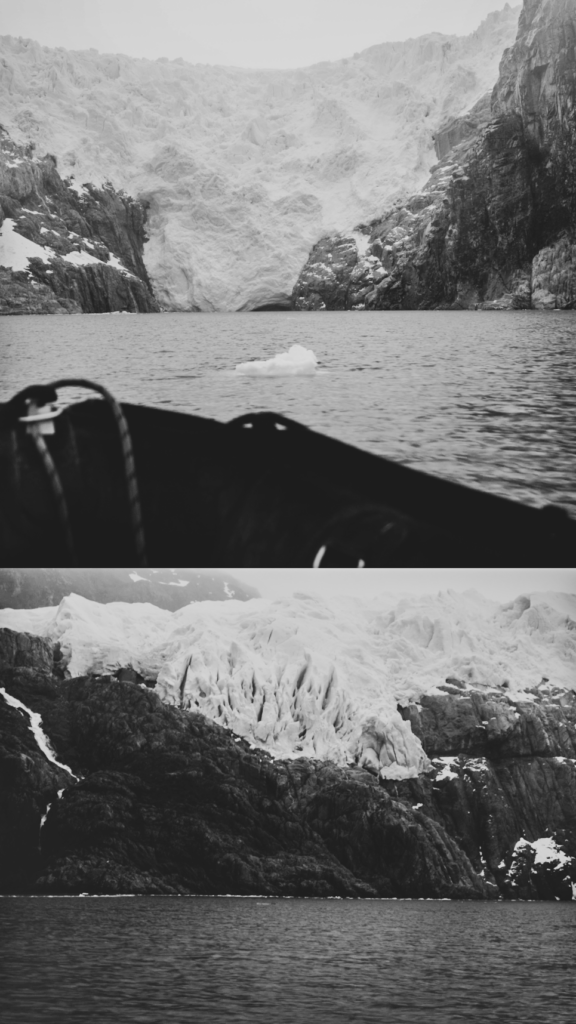
Akosua, who goes by Ava Silvery on Twitter, told me about an artist with the pseudonym Patricia El, who was working on a project, “In This Land,” trying to document and digitally map Bedouin communities in the West Bank that were disappearing, as Israeli settlements continued to expand.
Again, massively ambitious, political, and fascinating.
It was also far cry from the capitalistic land grab I kept hearing about, where people were getting rich, and only a sucker would stay on the sidelines.
I spoke with Richard Renaldi, a photo world friend whom I once interviewed here on the blog, the day before he “dropped” his “Touching Strangers” catalogue with Quantum.
It was early days for the platform, but they’d already established a tradition of selling out everything they offered, immediately.
I asked Richard what it felt like, knowing he was about to make massive cash, but his attitude was clearly, I’ll believe it when I see it.
So we spoke again, after his work had indeed quickly sold out, and he was still giving off a whiff of disbelief.
He shared concerns for the people out there who might get suckered, but mostly felt fortunate he’d come out ahead.
As he cashed his Ethereum out immediately, and made a killing, before the crypto-currency market had a crash.
Wait a second, did I really get this deep into the article, (1800+ words,) without mentioning Ethereum before?
Shame on me!
I read Neal Stephenson’s seminal book, “Cryptonomicon,” years ago, and re-read it last summer.
He’s the genius, sci-fi, futurist writer whose ideas were brought to life by subsequent coders.
Google Earth, Second Life, the Metaverse… these were ideas plucked by others from his influential book “Snow Crash.”
And “Cryptonomicon,” as its title suggests, more or less invented the concept of cryptocurrency in 1999.
He theorized about “money,” disconnected from governments, or even the tangible world, which could cross borders at the speed of light, never need to be exchanged, and accumulate value, like any other currency.
I’m sure you’ve heard of Bitcoin, but there are many other digital currency offerings, like Solana, and Ethereum, which is the main one used to create NFTs.
When I was first contacted by that trader-dude, 1 Eth was going for $3000ish dollars, and during the months of our conversations, it flew up to around $4800.
I was watching it rise each day, yet couldn’t shake the thought this whole world seemed unsustainable.
(If it were really that great, why were so many people trying that hard to constantly recruit a new batch of players?)
As you may know, the markets took a tumble recently, with Ethereum trading as low as $2411, and as of today, (I’m writing on Thursday,) 1 Eth = $3117.
Given how many people were using the term Crypto Bubble in late 2021, I guess we could say it’s popped.
How does one make, or “mint,” an NFT?
Well, it costs Ethereum to do so, so you have to convert your dollars (or Euros, Pesos, or Yen,) into Eth via a digital platform like Crypto.com or Coinbase.
That gets you in the game, like a gambler buying chips at a casino.
But in order to “mint” your work on a site like OpenSea, (which was likened to Ebay to me more than once,) or Foundation, (which is invitation only,) you need to create a digital wallet, with a service like Metamask or Rainbow, which operates as a connection point between your digital currency and the sales platforms.
The platforms take a cut if your work sells, (everyone takes a cut,) but you also have to pay to mint things, which are called “gas fees.”
Those float, and at one point, were as high as $200-ish per NFT minted, which was when I got concerned people would lose money on the venture by minting collections of work that would not sell.
Still, the artists I interviewed were over-the-moon to have discovered the NFT world, even if they weren’t yet selling work.
And the love and joy were genuine, for sure.
Frankly, I didn’t speak to one person who was unhappy with the situation, and only Richard Renaldi expressed any skepticism at all, but he was the one who came out furthest ahead.
(Except for Kris and Justin, who by all accounts have made a shit ton of money.)
I interviewed, and have since kept up with Danielle Ezzo, Mickey Smith, and Chavi Lujan via Twitter.
(Which quickly became the NFT community’s social media platform of choice, along with Discord.)

I hadn’t heard of any of them before I saw their Twitter handles pop up a few times, in relation to the DAOs, so I followed them, requested interviews, and they were gracious.
But when we first spoke, none of them had “gotten rich,” or sold much work at all. (Mickey even reported in November she’d sold the most work to her IRL handyman in New Zealand, as he was about to go into crypto full time.)
Each of them has since had their career advance in cool ways, via the NFT community, and I know Mickey has begun to sell work, though I’m not sure about the other two.
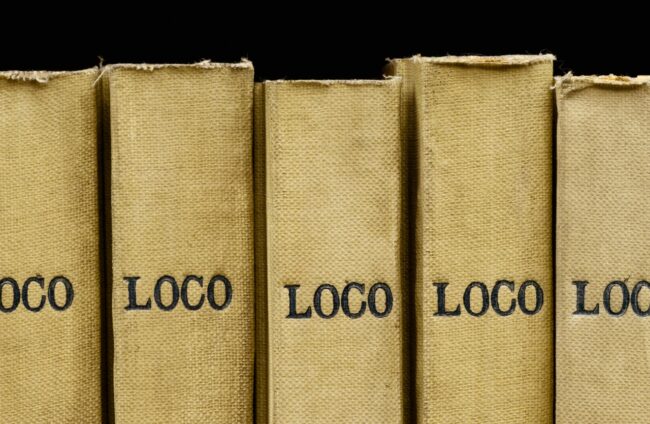

The big takeaway from speaking with all three artists was that the NFT world, which had developed around Discord and Twitter, had introduced them to an entirely new group of friends, colleagues, and opportunities.
Danielle now writes and does Twitter Space interviews for a platform, Mickey has been featured on a billboard, and Chavi just co-founded an NFT platform called Nemo, which aims to raise money by selling NFTs of environmental projects, to help support the collapsing coral reefs.
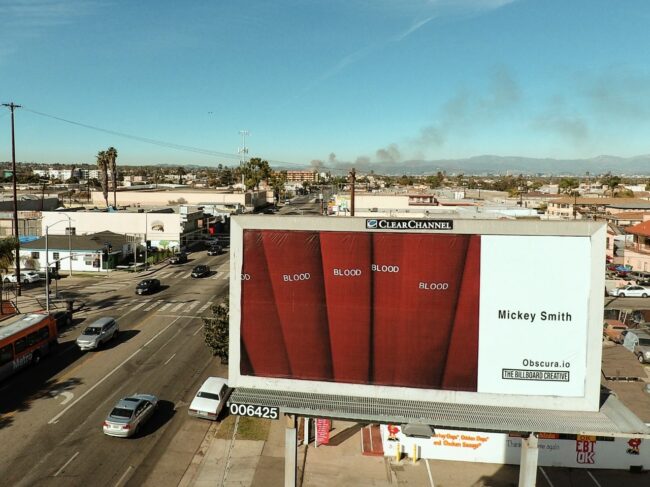
They were all genuine, honest, cool, hard-working artists, yet for them, greed, and get-rich-quick schemes, had nothing to do with their interest in that world at all.
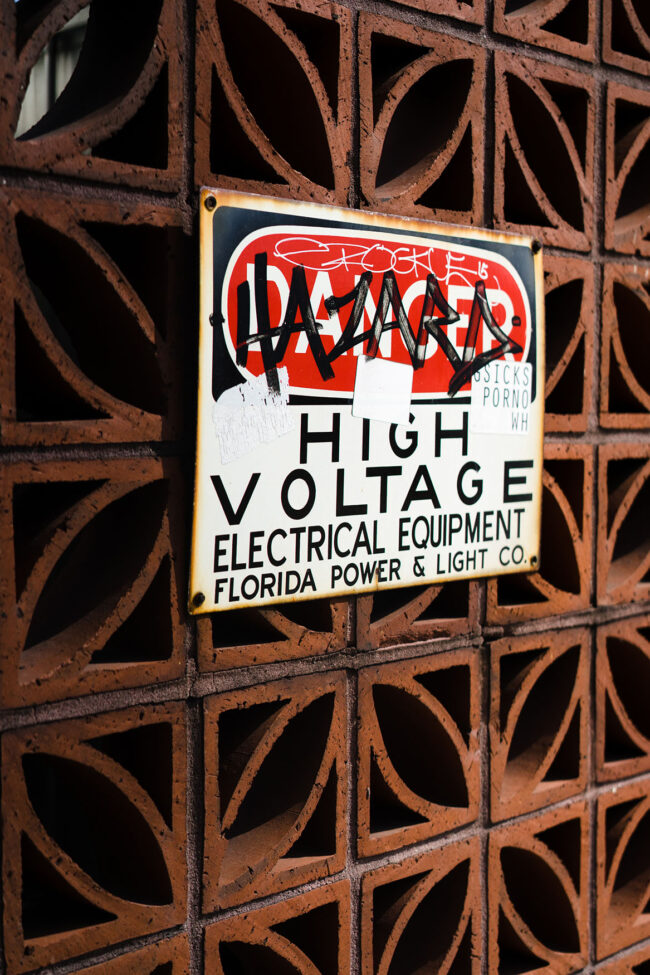
(Chavi and Danielle also told me they’d been interested in crypto for a while, before the NFTs came along, and Mickey was a long-time arts professional in the US, before moving to NZ.)
Still, though, I had at least some concerns.
Mickey, for instance, told me she was “working” for free for Obscura DAO, (working was my term, not hers,) but had then been awarded a “commission,” for which the DAO only selected other artists who’d been volunteering for their cause.
That reeked of nepotism to me, and inside baseball, and I said so at the time, so again, this is not necessarily a negative thing.
(Especially as I’m not the only one to express reservations about DAOs.)
Maybe it’s time to dive into that for a second.
DAO stands for decentralized autonomous organization.
It’s basically an unlicensed LLC, or an unregistered company, and they’re meant to be idealistic, like communes.
People buy in, or are gifted “tokens,” and then they get to vote on how the DAO operates.
RAW DAO was the first to come across my radar screen, as I spoke to Justin Aversano the day after a “party bid” bought one of his NFTs for several million dollars, via fractionalized ownership, and he offered that as seed money for RAW DAO, which would buy more art, to hold, like a mutual fund, and the entire DAO would profit as the NFTs appreciated in value.
Of course, just buying NFTs from the chosen artists should by itself raise the value of their work, much as IRL galleries help “support” museum shows for their artists, so they can increase prices.
I should also mention NFTs are based upon the idea of a “smart contract,” and one of the main selling points is supposed to be that the artist gets 10% royalties on future sales, which is obviously a pro-artist move.
But I kept thinking, only the tiniest fraction of artists ever has a resale market, so how does that help, unless the entire endeavor is meant as a bit of a trading scheme?
Even now, I’m not sure if a collector buys an actual .jpg file with their NFT purchase, or a link to where the file resides on the blockchain, so even after all this time, the process is still obtuse to me.
And I’m not alone.
Just this morning, Rob, who actually bought a few NFTs to see how the system works, and support artists, was Tweeting about the seemingly shady situation surrounding a set of August Sander NFTs, which went to market via Fellowship Trust, despite not being sanctioned by the copyright holder.
People bought and sold things they did not have a right to own, and then the files were removed from OpenSea.
So all the NFT skeptics, (and there are many,) are having a field day, as it seems to prove their fears of massive scammery going on.
Was it?
Honestly, I don’t know, but my erstwhile colleague, Alejandro Cartagena, who founded Obscura DAO, is in the thick of the controversy, and I’d been wondering about the validity of the DAO business model for months, so I was not surprised to hear this outcome.
Even Kris Graves, one of the official godfathers of the NFT world, expressed concern about them to me, saying in February, on the record,
“Someone asked me to be in a DAO, months ago, right when Quantum was starting, and I was like, it does not make sense for me to put myself in this kind of… even if they don’t consider it a risk, I do. I mean, it’s run by someone who doesn’t live in the country. They’re controlling a bunch of other peoples’ money that was given to them on spec. And then they’re going to have to give pieces to the people that they… the system is a circle. There has to be more rules in place for me to even think about being a part of any those things.”
Really, who knows what the fuck is going on?
Well, this is the longest article I’ve written in 10.5 years of doing this column.
Am I surprised?
Not in the least.
I’ve been absorbing information for months now, waiting to have a word-baby, and here it is.
(15 lbs, 11 oz.)
But what have I learned, really?
Maybe I should circle back to Noah Kalina, who did an awesome interview with me in December.
He reported he’d sold nearly $120,000 in NFTs in a year, from his series “Lumberland,” yet he did it the old-fashioned way.
Noah worked at it, promoted it hard, put in the effort, tried not to be obnoxious, (the NFT world is famous for overkill,) developed relationships with people at Foundation, b/c he had some old-school digital street cred, and treated it like selling any other form of his art.
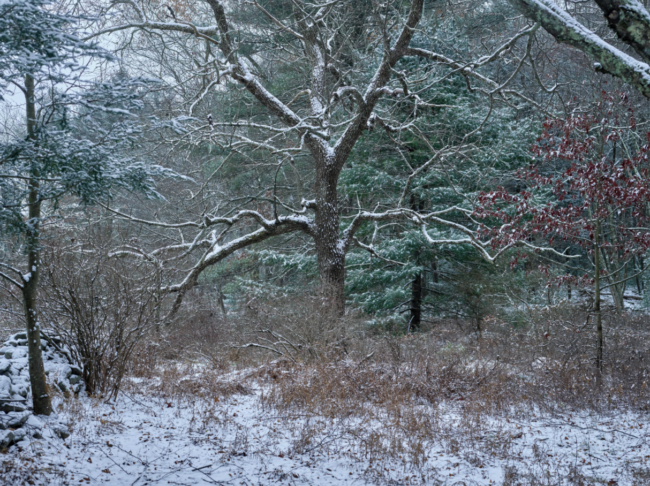
Unlike the Quantum platform, which was selling out whomever’s work they offered, sometimes in seconds, Noah did it by pushing the rock up the hill each day, committing to the process, and making it work for him.
He has always created photographs in serial form, and the images make sense to collectors, so they buy them.
And that’s where I landed, in the end.
If people want to offer something for sale, and other people want to buy it, what’s the harm?
Eco-wise, there are so many larger issues to worry about, and carbon offsets are available.
If artists are making friends, rather than money, or building careers, that is awesome.
If younger collectors want digital files, rather than prints, so what?
The world changes.
Always.
And if some things look shady, or nepotistic, they probably are.
Most of the artists I interviewed agreed there would be bad actors in the system.
Scams too.
Because digital life is ultimately just another manifestation of actual life.
And there are plenty of assholes out there.
Right?
{Ed note: I’d like to thank all the people who shared info with me over the last six months. Much obliged!}
